Forums
- Forums
- Axis And Allies Forum
- General Discussion
- Aviation News
Aviation News
Post a reply
- Go to Next topic
- Go to Welcome
- Go to Introduce Yourself
- Go to General Discussion
- Go to Screenshots, Images and Videos
- Go to Off topic
- Go to Works in Progress
- Go to Skinning Tips / Tutorials
- Go to Skin Requests
- Go to IJAAF Library
- Go to Luftwaffe Library
- Go to RAF Library
- Go to USAAF / USN Library
- Go to Misc Library
- Go to The Ops Room
- Go to Made in Germany
- Go to Campaigns and Missions
- Go to Works in Progress
- Go to Juri's Air-Raid Shelter
- Go to Campaigns and Missions
- Go to Works in Progress
- Go to Skinpacks
- Go to External Projects Discussion
- Go to Books & Resources
-
 Main AdminUSCG Air Station Clearwater C-130 Hercules aircraft prepares to depart to Air Station Elizabeth City to better assist the impacted areas caused by Hurricane Florence, Sept. 16, 2018. The Hercules is carrying air crews, maintenance crews, a MH-60 Helo Support kit and pallets of tools and extra mechanical parts on this particular flight. (U.S. Coast Guard photo by Petty Officer 1st Class Sara Romero)
Main AdminUSCG Air Station Clearwater C-130 Hercules aircraft prepares to depart to Air Station Elizabeth City to better assist the impacted areas caused by Hurricane Florence, Sept. 16, 2018. The Hercules is carrying air crews, maintenance crews, a MH-60 Helo Support kit and pallets of tools and extra mechanical parts on this particular flight. (U.S. Coast Guard photo by Petty Officer 1st Class Sara Romero)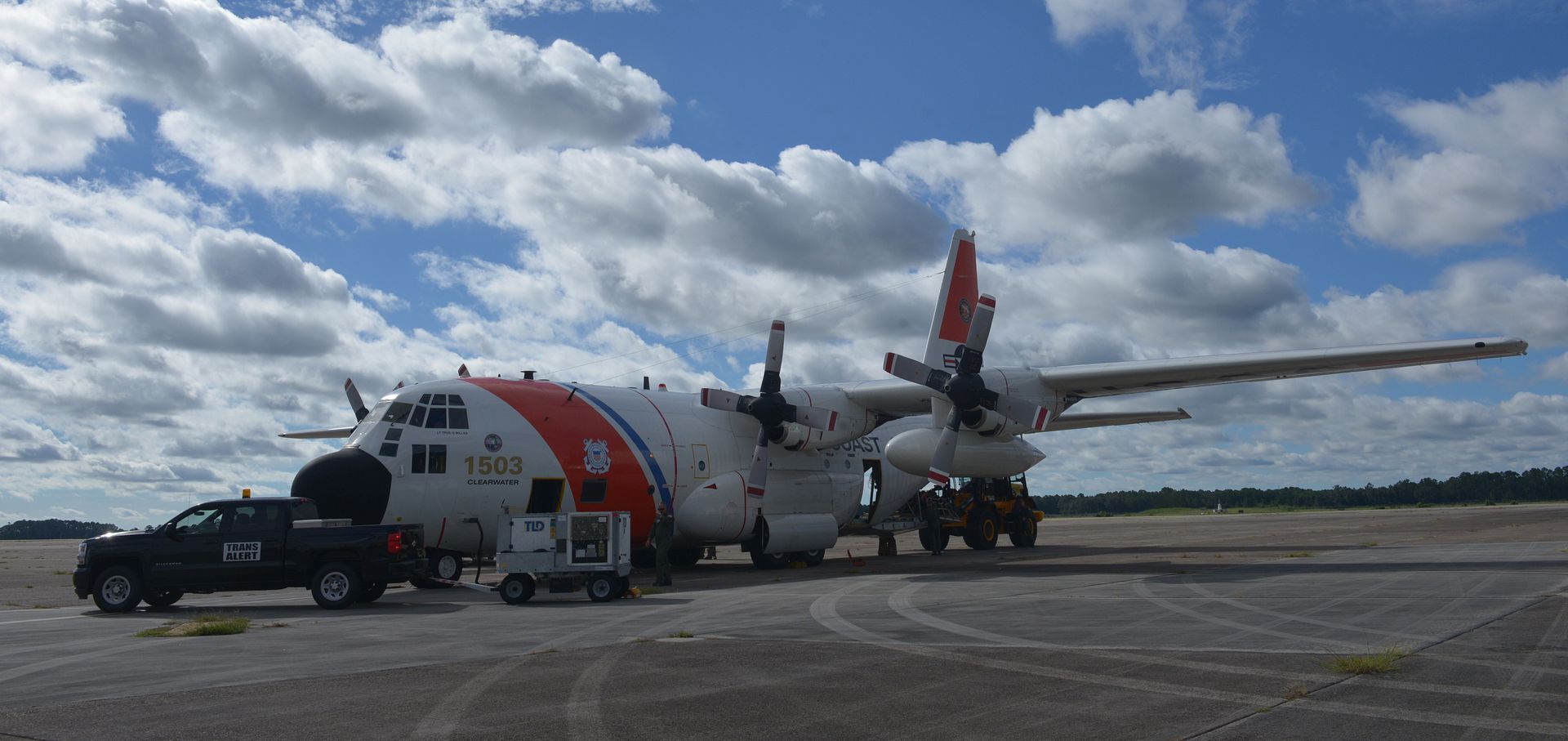
U.S. Air Force Airmen from Team JSTARS install engine inlet covers after completing a preflight inspection on an E-8C Joint STARS during exercise Valiant Shield 18 at Andersen Air Force Base, Guam, Sept. 16, 2018. Valiant Shield 18 is a biennial, U.S.-only, field training exercise with a focus on integration of joint training among U.S. forces in relation to current operational plans. This training enables real-world proficiency in sustaining joint forces through detecting, locating, tracking and engaging units at sea, in the air, on land, and in cyberspace in response to a range of mission areas. Team JSTARS, consisting of the Georgia Air National Guard?s 116th ACW, active duty personnel assigned to the 461st ACW and Army JSTARS, provides a unique, manned, joint airborne command control, intelligence, surveillance, and reconnaissance capability to combatant commanders worldwide. (U.S. Air National Guard photo by Senior Master Sgt. Roger Parsons)
The aircraft carrier USS Ronald Reagan (CVN 76), foreground, leads a formation of Carrier Strike Group Five ships as Air Force B-52 Stratofortress aircraft and Navy F/A-18 Hornet aircraft pass overhead for a photo exercise during Valiant Shield 2018 in the Philippine Sea Sept. 17, 2018. The biennial, U.S. only, field-training exercise focuses on integration of joint training among the U.S. Navy, Air Force and Marine Corps. This is the seventh exercise in the Valiant Shield series that began in 2006. (U.S. Navy photo by Mass Communication Specialist 3rd Class Erwin Miciano)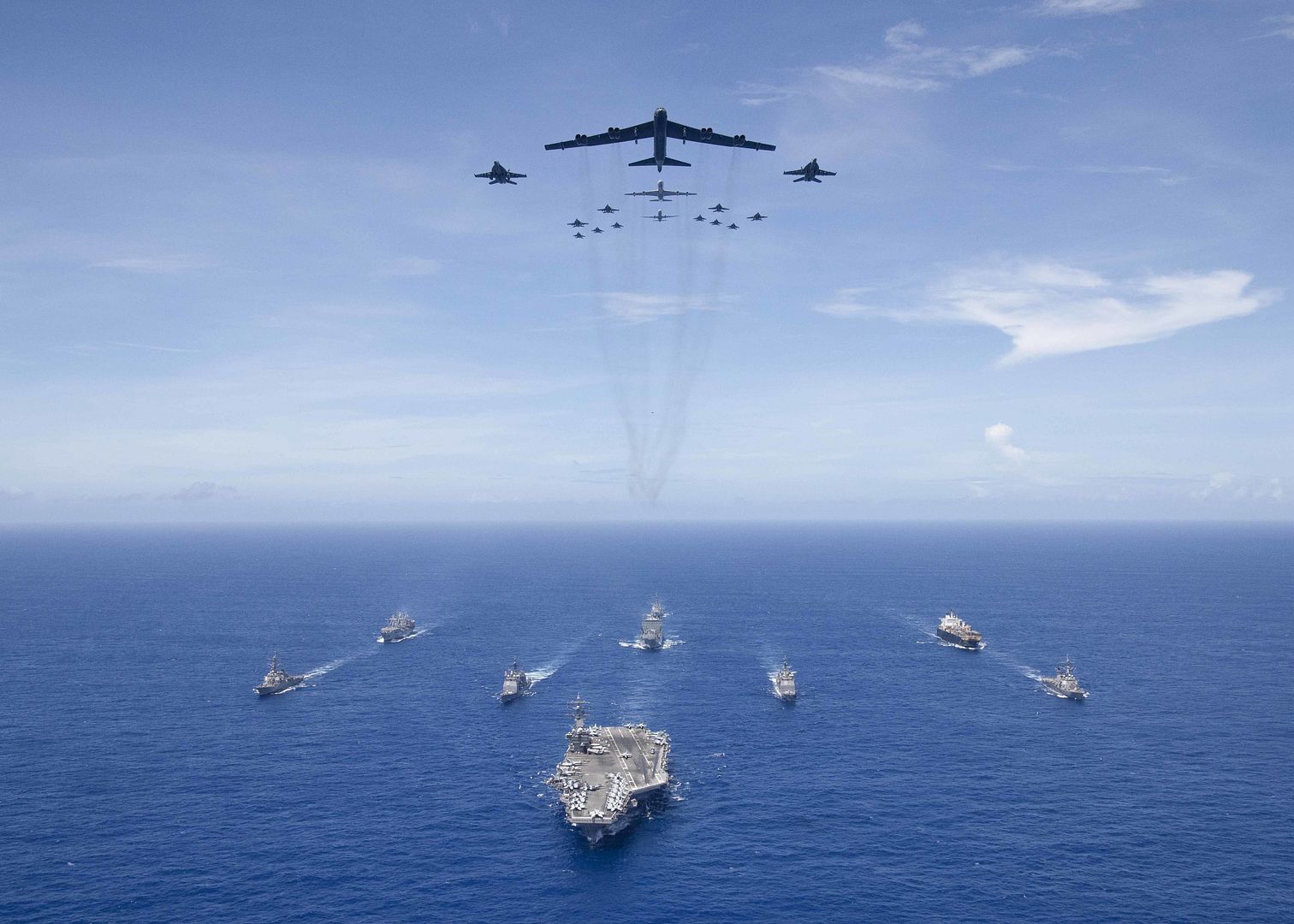
U.S. Marine Corps Lance Corporal Ryan Early, with Marine Fighter Attack Squadron 121, prepares a F-35B Lightning II before it takes off for a live-fire training exercise on Andersen Air Force Base, Guam, during Valiant Shield 2018, Sept. 16, 2018. Valiant Shield is a biennial, U.S. only, field training exercise with a focus on integration of joint training among U.S. forces. (U.S. Air Force photo by Senior Airman Zachary Bumpus)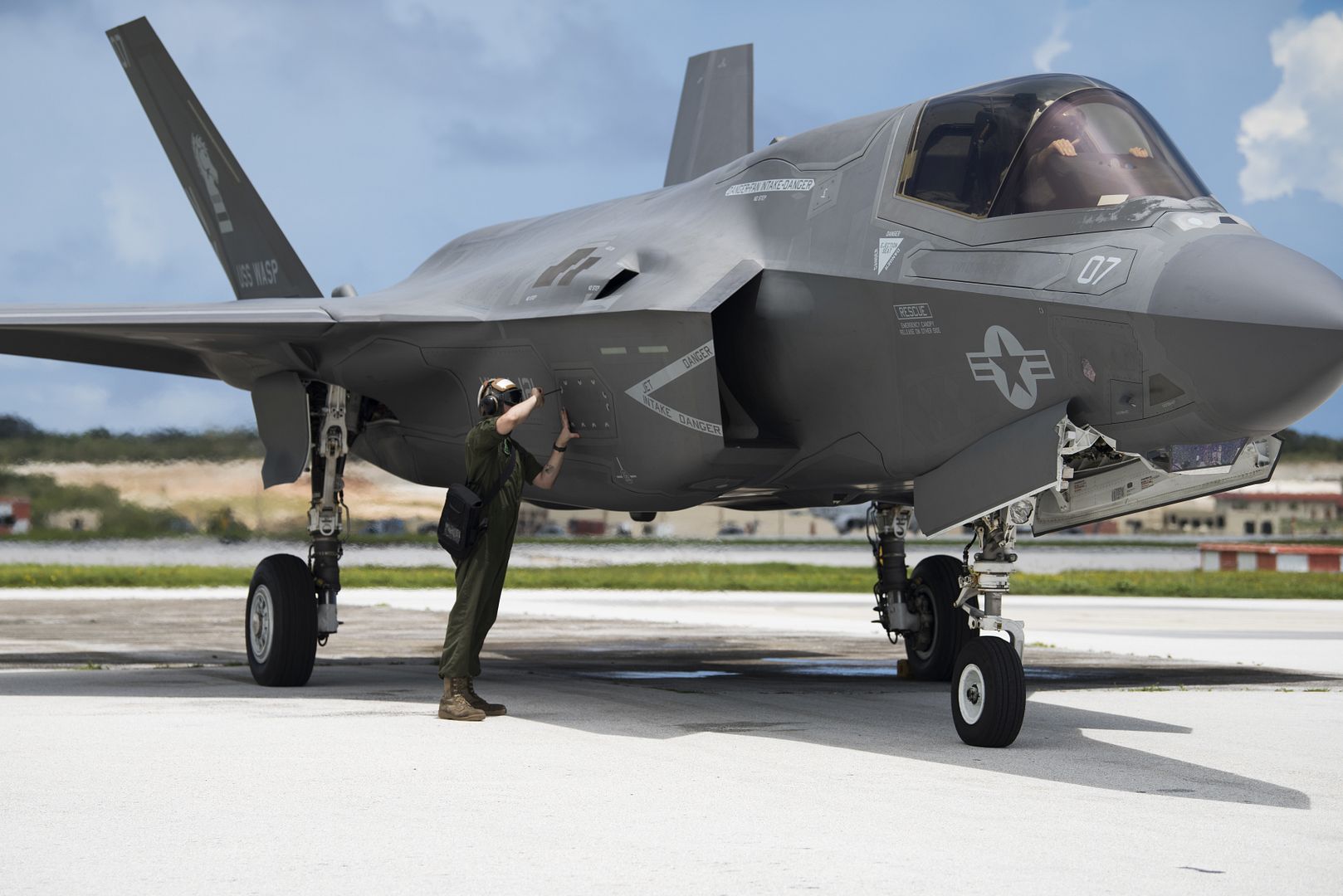
A U.S. Air Force B-1B undergoes post flight inspections on Andersen Air Force Base, Guam, in preparation for exercise Valiant Shield 18, Sept. 15, 2018. Valiant Shield is a biennial, U.S. only, field training exercise with a focus on integration of joint training among U.S. forces. (U.S. Air Force photo's by Senior Airman Zachary Bumpus)
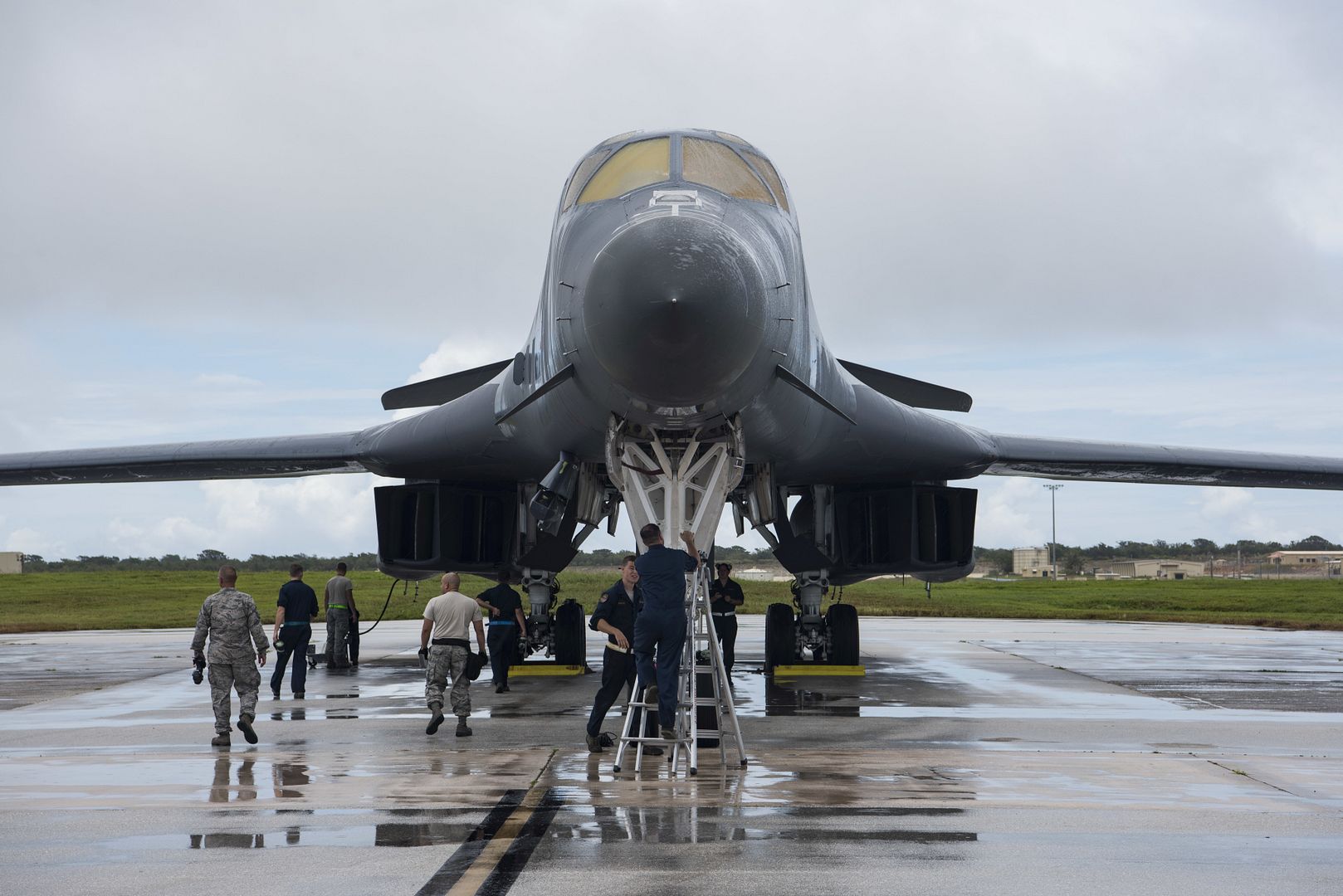
A U.S. Air Force B-52H Stratofortress taxis Sept. 17, 2018, at Andersen Air Force Base, Guam. The bomber took part in a Quick-Strike Extended Range mine test exercise as part of Valiant Shield 2018. Valiant Shield is a biennial, U.S. only, field training exercise with a focus on integration of joint training among U.S. forces. (U.S. Air Force photo by Senior Airmen Gerald R. Willis)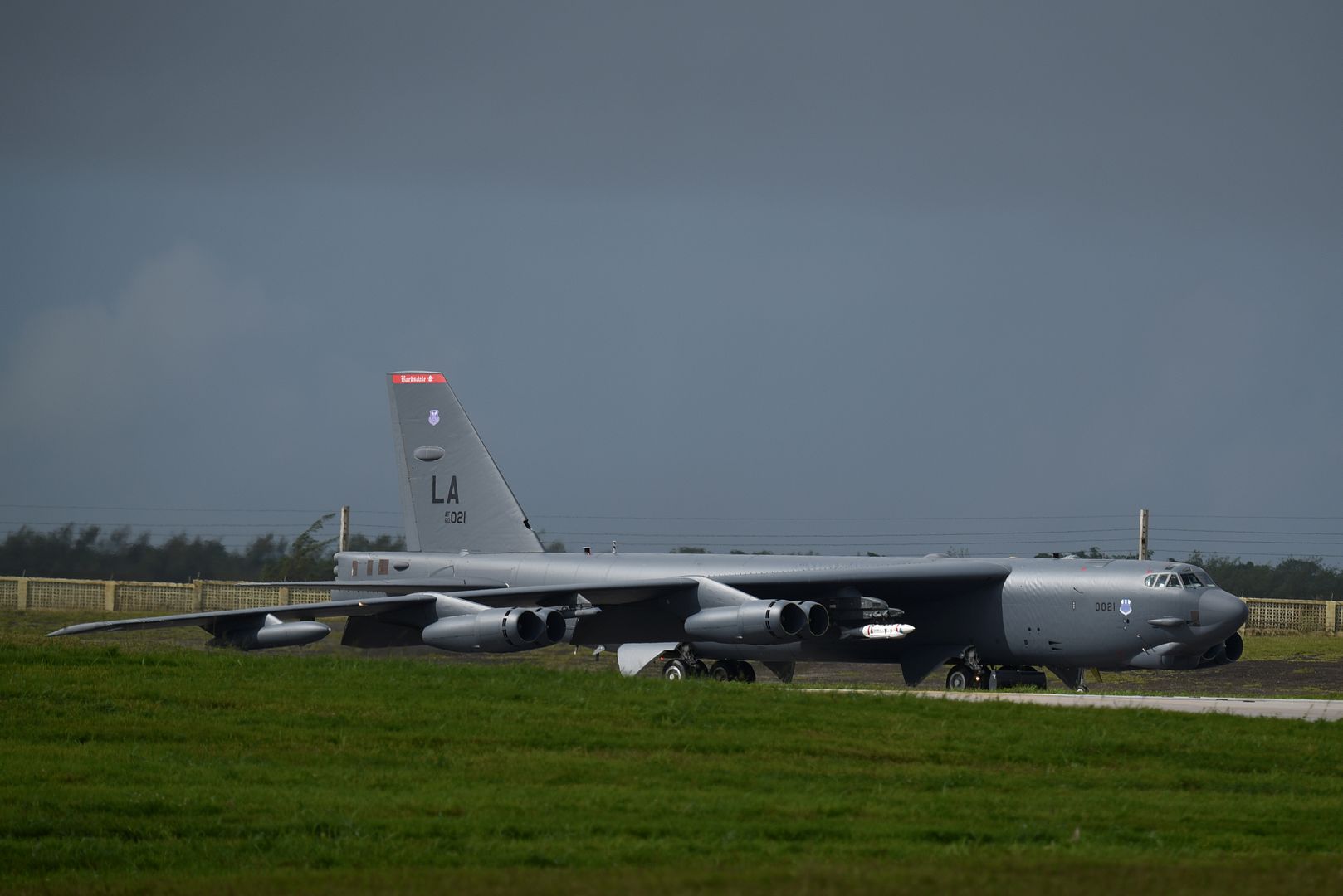
A U.S. Navy F/A-18E Super Hornet, assigned to the U.S.S. Ronald Reagan, prepares to take off Sept. 17, 2018, at Andersen Air Force Base, Guam. The fighters are supporting Valiant Shield 2018 while deployed to Guam. Valiant Shield is a biennial, U.S. only, field training exercise with a focus on integration of joint training among U.S. forces. (U.S. Air Force photo by Senior Airmen Gerald R. Willis)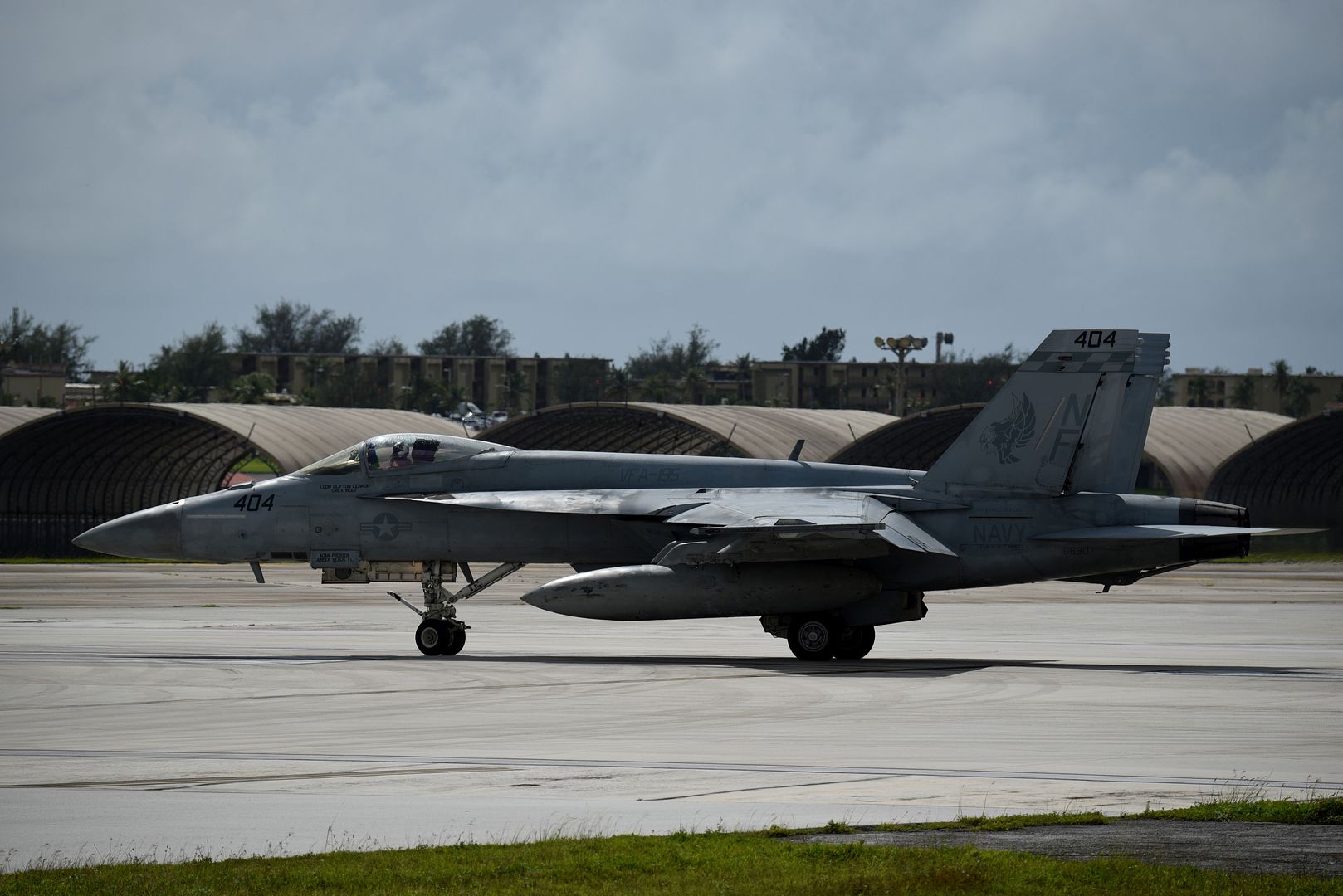
A U.S. Air Force E-3 Sentry taxis Sept. 17, 2018, at Andersen Air Force Base, Guam. The Sentry is supporting Valiant Shield 2018 while deployed to Guam. Valiant Shield is a biennial, U.S. only, field training exercise with a focus on integration of joint training among U.S. forces. (U.S. Air Force photo by Senior Airmen Gerald R. Willis)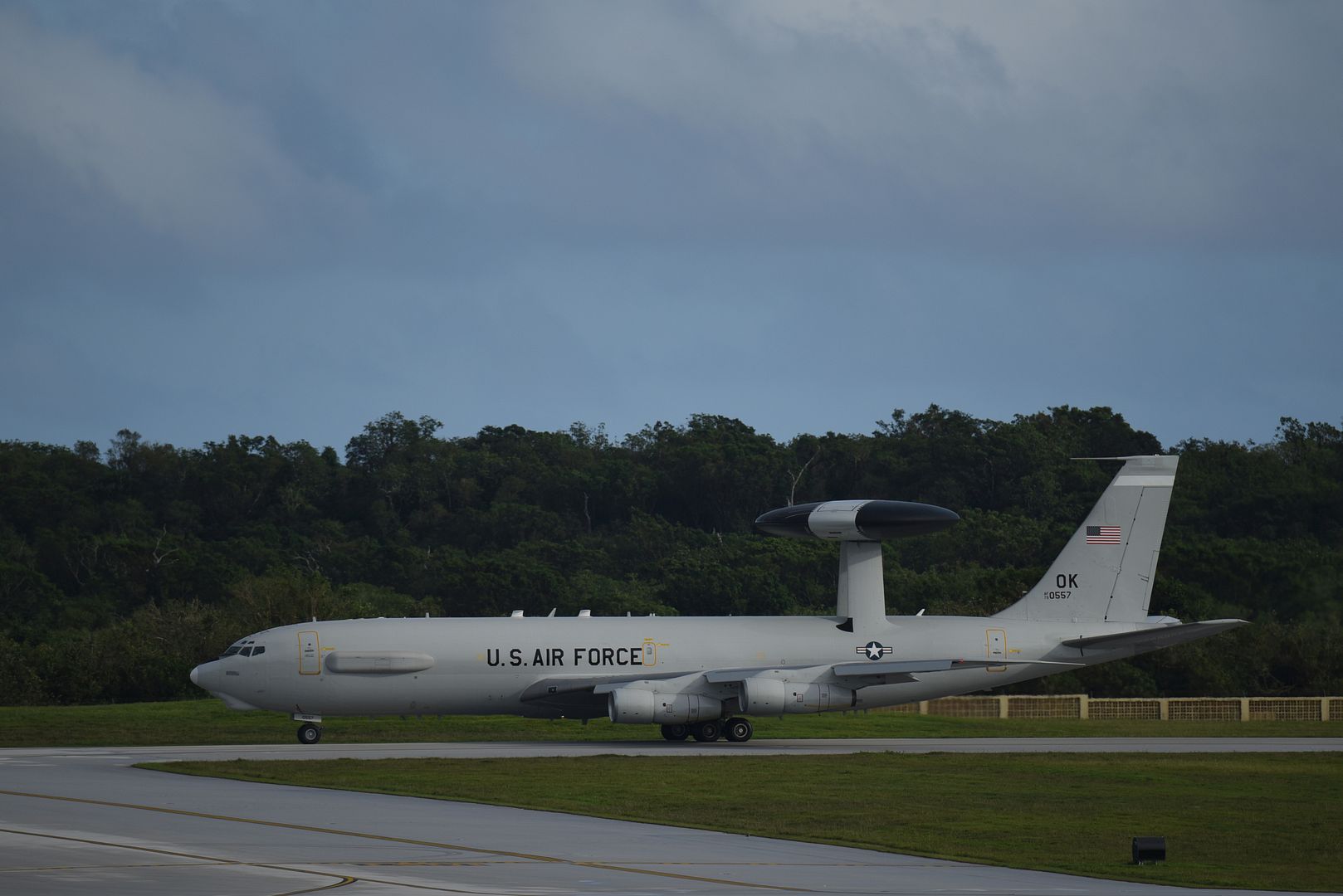
An Air Force F-16 Fighting Falcon assigned to the 36th Fighter Squadron takes off at Yokota Air Base, Japan, Sept. 17, 2018, after participating in the 2018 Japanese-American Friendship Festival. Approximately 145,000 visitors attended the festival and toured thirty-eight U.S. and Japanese aircraft static displays. (U.S. Air Force photo's by Yasuo Osakabe)
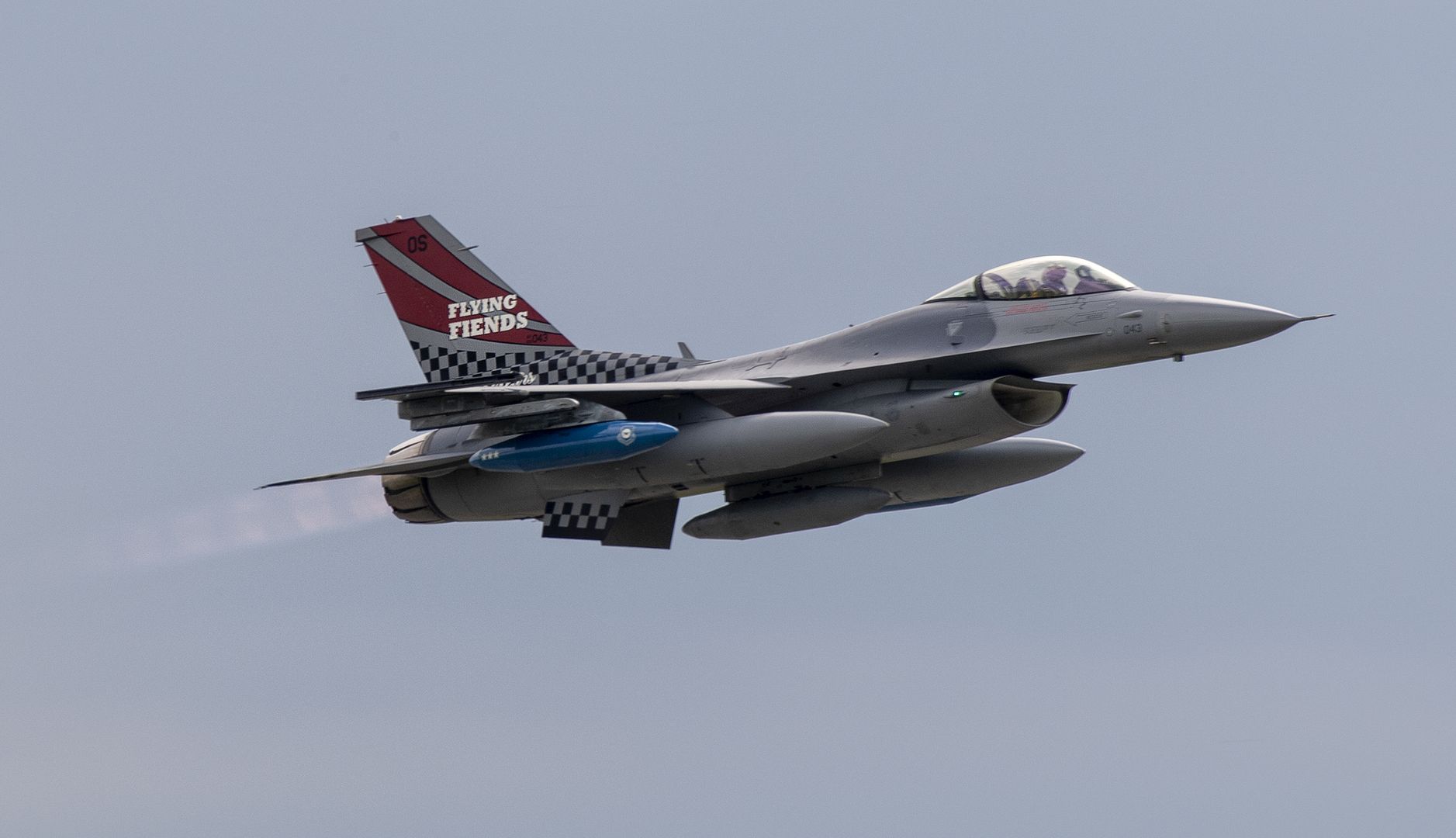
An Air Force F-16 Fighting Falcon assigned to the 8th Fighter Wing takes off at Yokota Air Base, Japan, Sept. 17, 2018, after participating in the 2018 Japanese-American Friendship Festival. Approximately 145,000 visitors attended the festival and toured thirty-eight U.S. and Japanese aircraft static displays. (U.S. Air Force photo by Yasuo Osakabe)
An Air Force A-10 Thunderbolt II assigned to the 25th Fighter Squadron takes off at Yokota Air Base, Japan, Sept. 17, 2018, after participating in the 2018 Japanese-American Friendship Festival. Approximately 145,000 visitors attended the festival and toured thirty-eight U.S. and Japanese aircraft static displays. (U.S. Air Force photo by Yasuo Osakabe)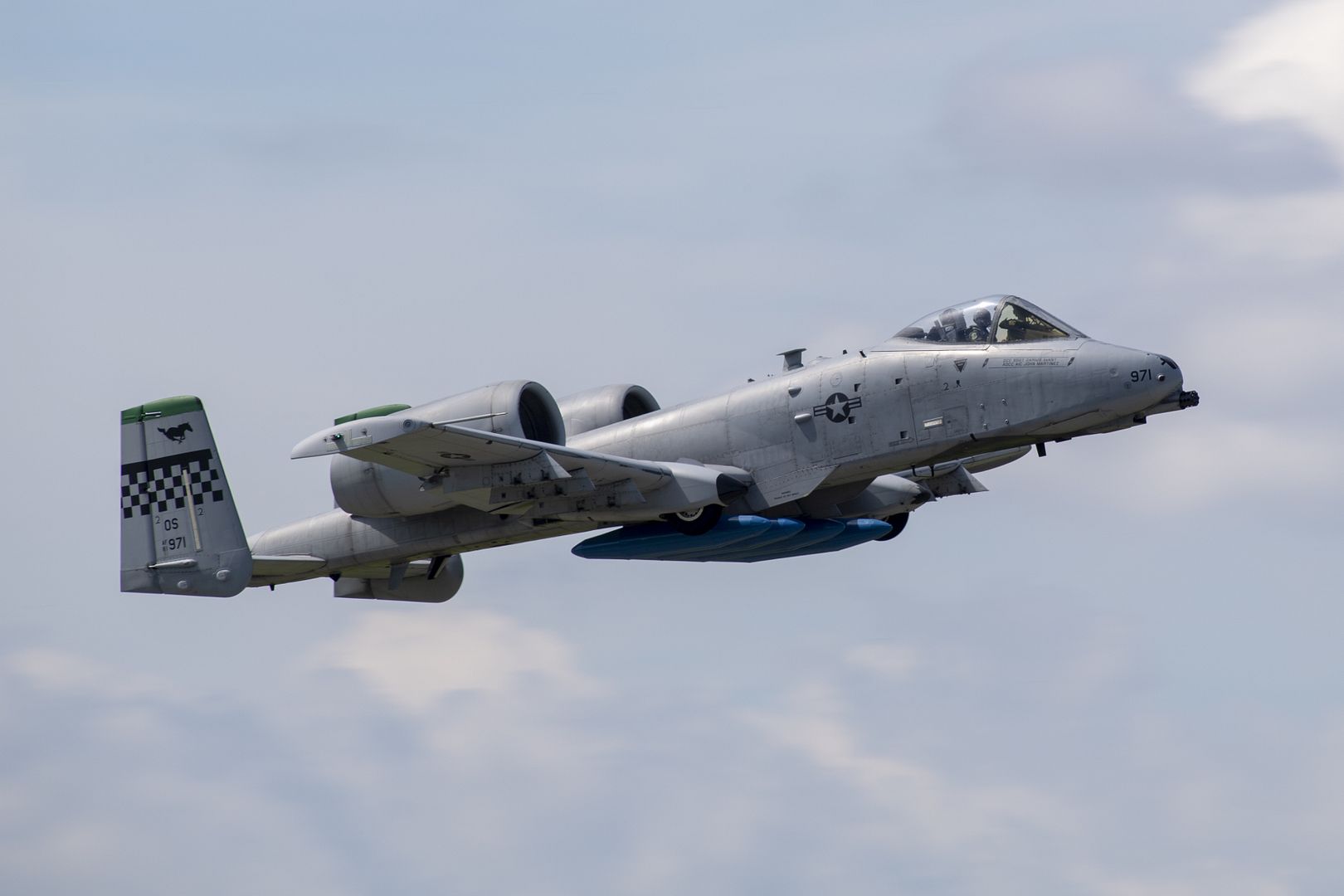
A Japan Air Self-Defense Force Kawasaki T-4 assigned to the 301st Tactical Fighter Squadron, Hyakuri Air Base takes off at Yokota Air Base, Japan, Sept. 17, 2018, after participating in the 2018 Japanese-American Friendship Festival. Approximately 145,000 visitors attended the festival and toured thirty-eight U.S. and Japanese aircraft static displays. (U.S. Air Force photo by Yasuo Osakabe)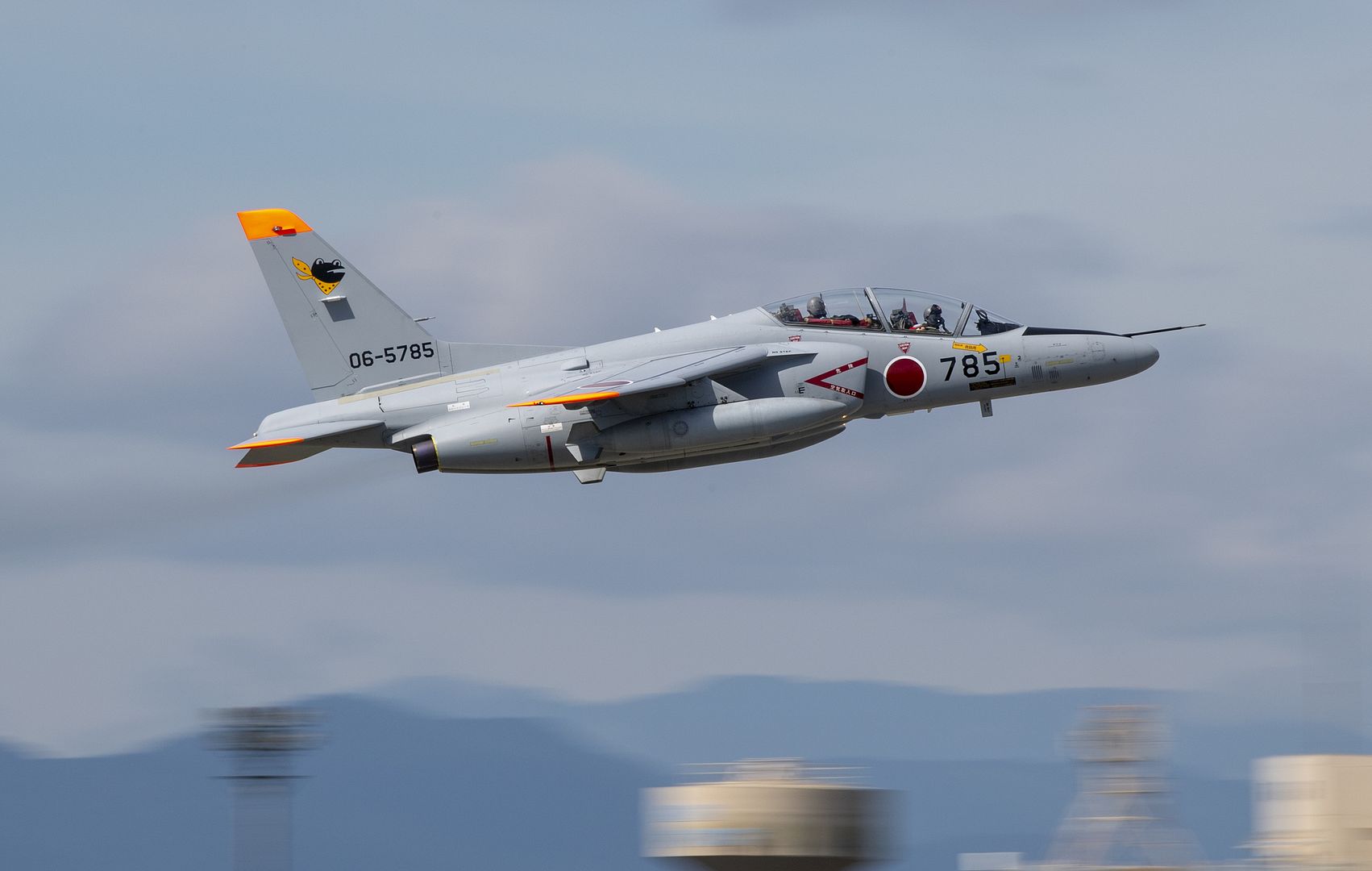
A Japan Air Self-Defense Force Kawasaki C-2 assigned to the 403rd Tactical Airlift Squadron, Miho Air Base takes off at Yokota Air Base, Japan, Sept. 17, 2018, after participating in the 2018 Japanese-American Friendship Festival. Approximately 145,000 visitors attended the festival and toured thirty-eight U.S. and Japanese aircraft static displays. (U.S. Air Force photo by Yasuo Osakabe)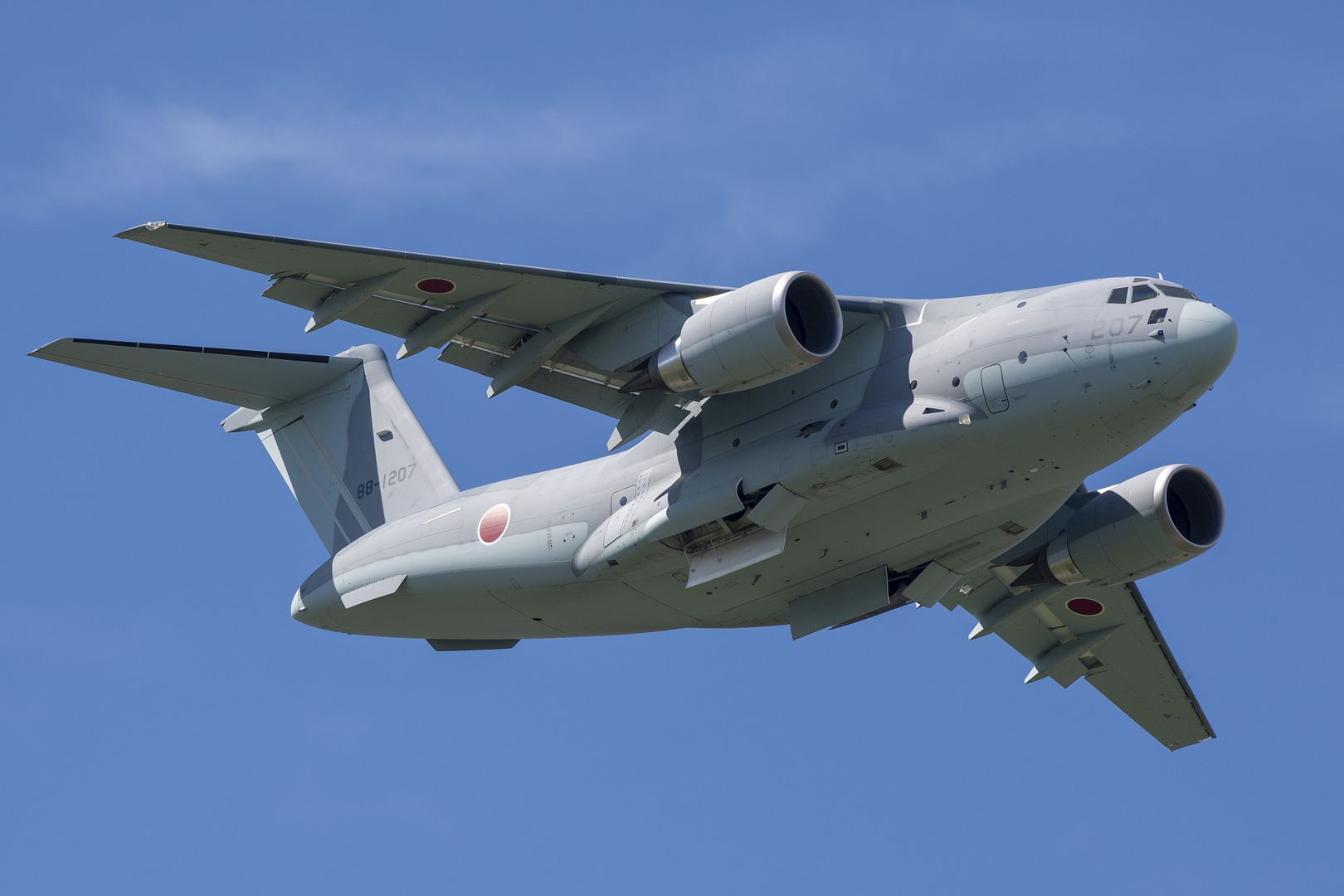
An Air Force KC-135 Stratotanker assigned to the 909th Air Refueling Squadron takes off at Yokota Air Base, Japan, Sept. 17, 2018, after participating in the 2018 Japanese-American Friendship Festival. Approximately 145,000 visitors attended the festival and toured thirty-eight U.S. and Japanese aircraft static displays. (U.S. Air Force photo by Yasuo Osakabe)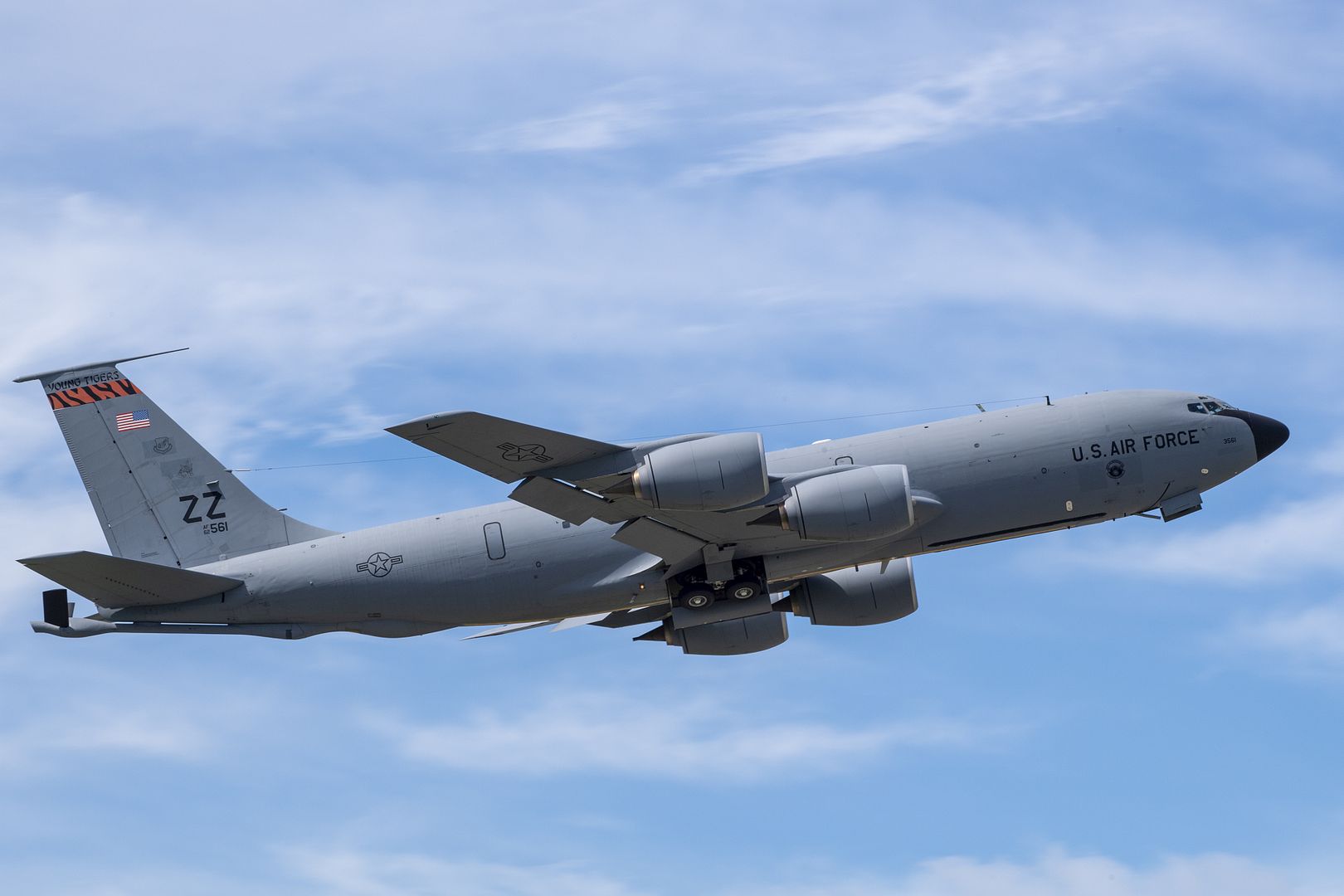
F-22 Raptors assigned to the 1st Fighter Wing out of Joint Base Langley-Eustis depart from the 121st Air Refueling Wing at Rickenbacker Air National Guard Base, Ohio, Sept. 16, 2018. The 121st ARW provided a safe haven for the Raptors when Hurricane Florence made landfall last week. (U.S. Air National Guard photo's by Staff Sgt. Wendy Kuhn)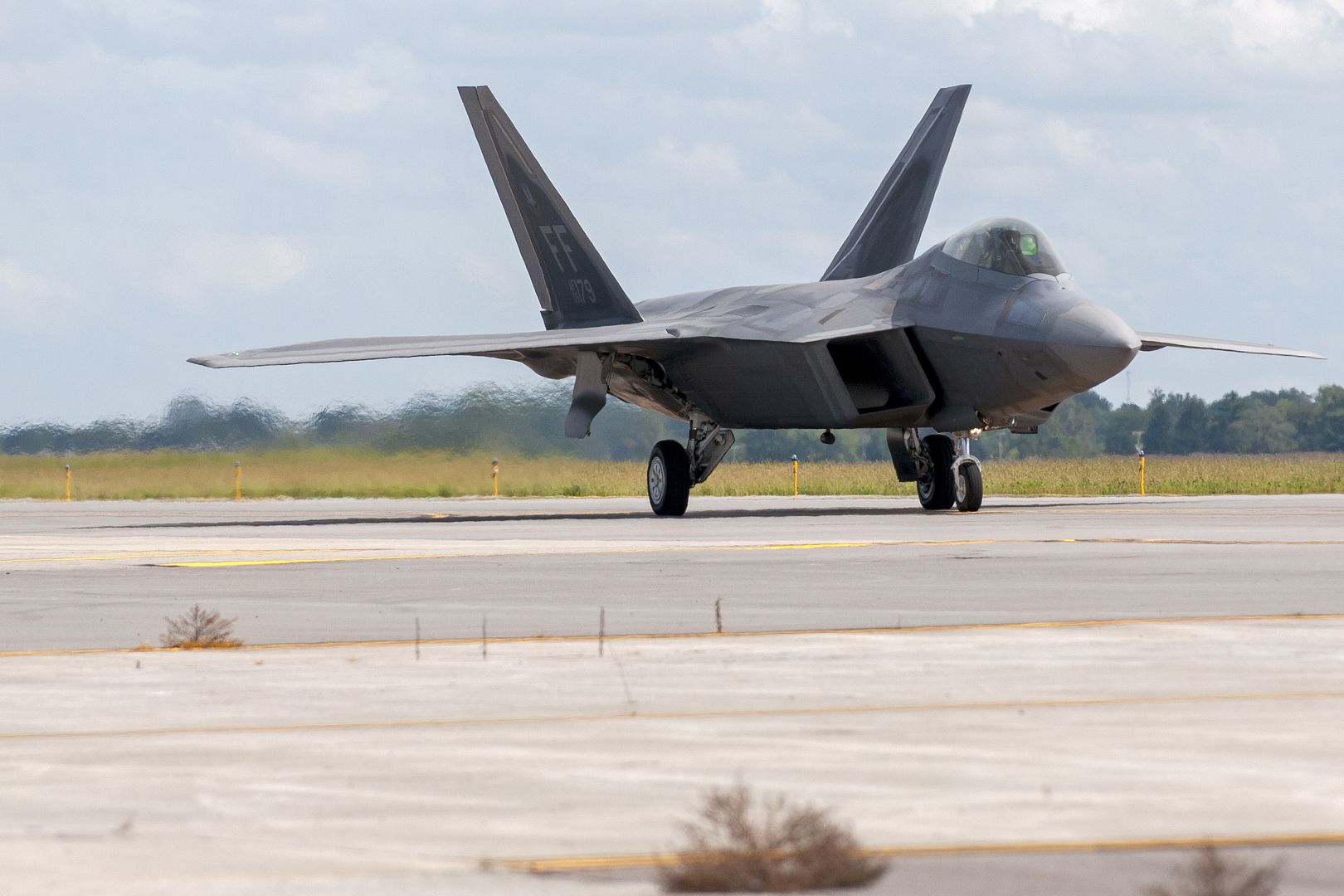
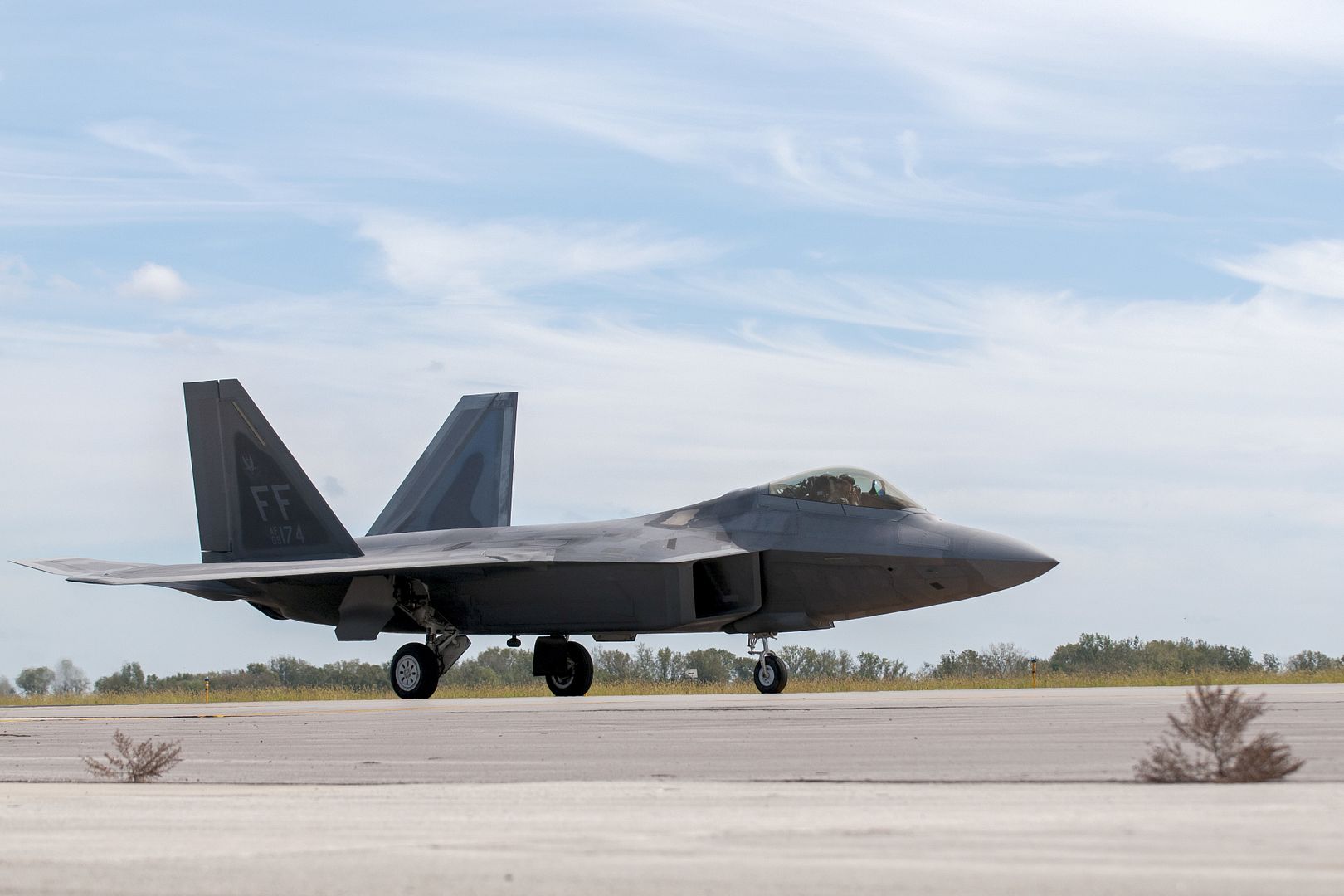
Members from the 106th Rescue Wing New York Air National Guard transfer fuel from a C-130 to a California Air National Guard HH-60 Pave Hawk helicopter over Kinston, N.C. Sept. 16, 2018. (U.S. Air Force photo by Senior Airman Kyle Hagan)
PACIFIC OCEAN (Sept. 14, 2018) MV-22 Ospreys, assigned to the "Flying Tigers" of Marine Medium Tiltrotor Squadron (VMM) 262, fly past the amphibious assault ship USS Wasp (LHD 1) during flight operations. Wasp, flagship of the Wasp Expeditionary Strike Group, with embarked 31st Marine Expeditionary Unit, is operating in the Indo-Pacific region to enhance interoperability with partners and serve as a ready-response force for any type of contingency. (U.S. Navy photo by Mass Communication Specialist 1st Class Daniel Barker/Released)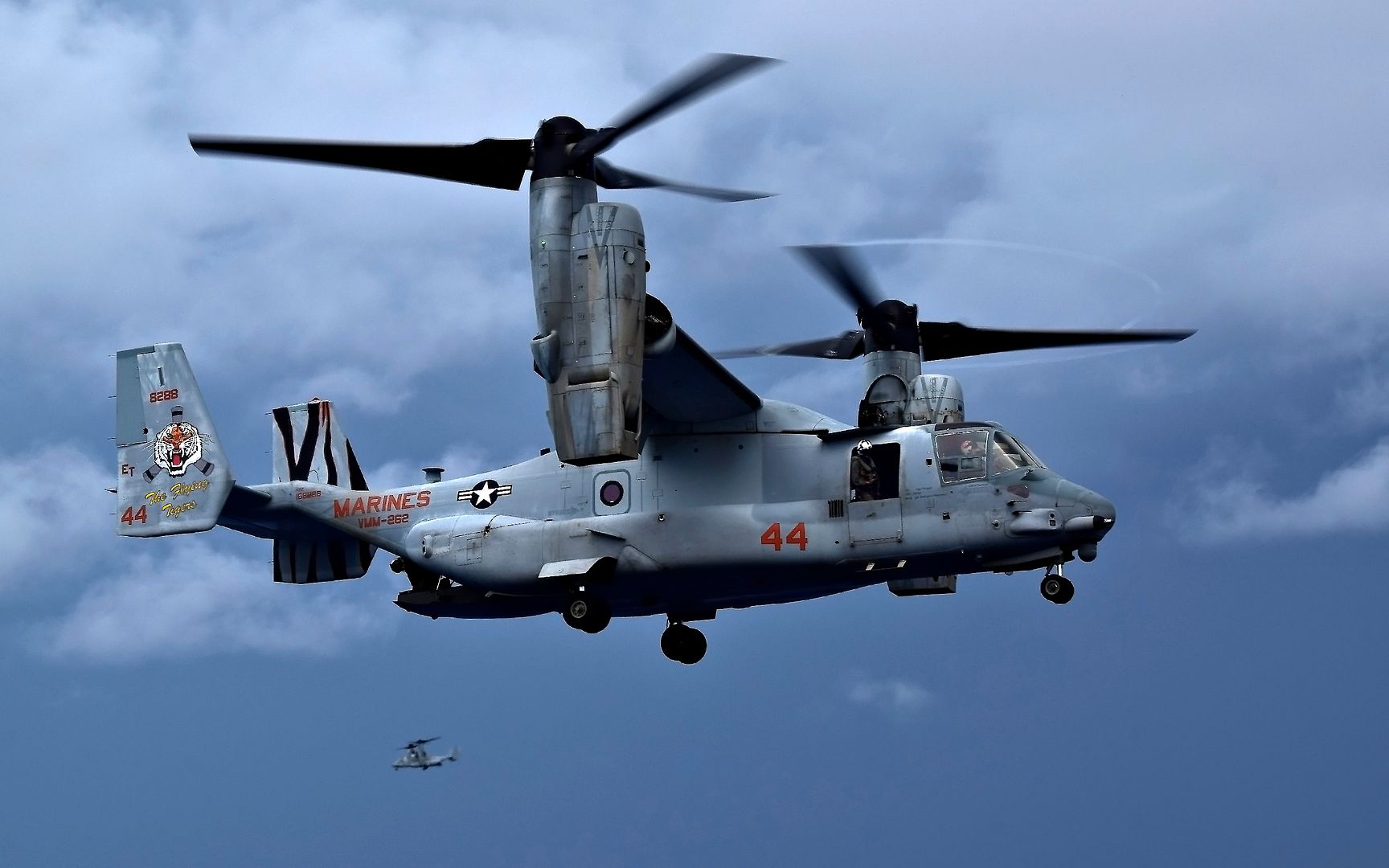
The first A380 for All Nippon Airways (ANA) took to the skies today, completing a maiden flight from the Final Assembly Line (FAL) in Toulouse, France to the Airbus site in Hamburg, Germany. The aircraft is now being prepared for cabin installation and painting in the airline?s special A380 livery.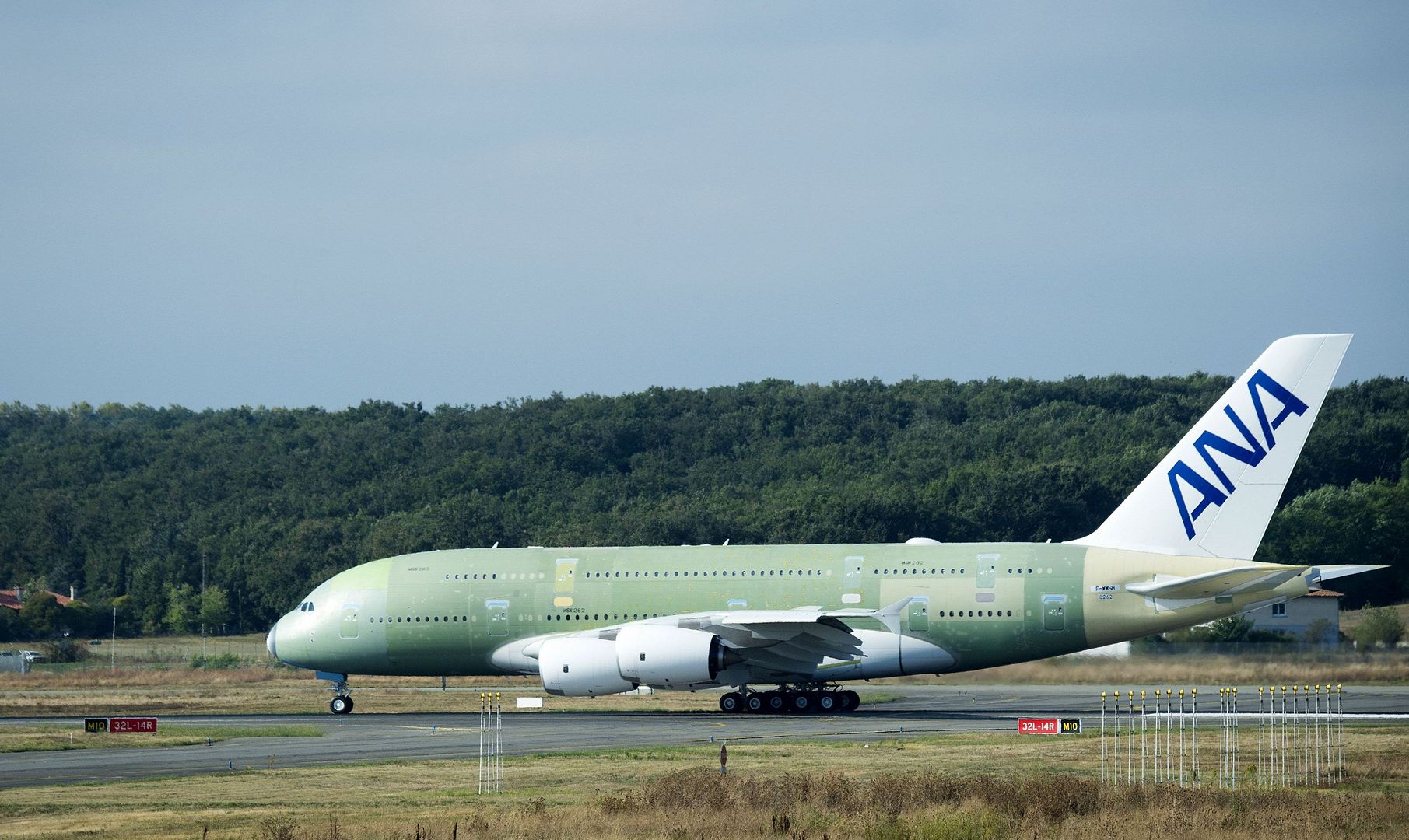
ANA HOLDINGS INC. placed a firm order for three A380s in 2016, becoming the first customer for the superjumbo in Japan. The first delivery is scheduled early 2019, and the A380 will initially be operated on the popular Tokyo-Honolulu route.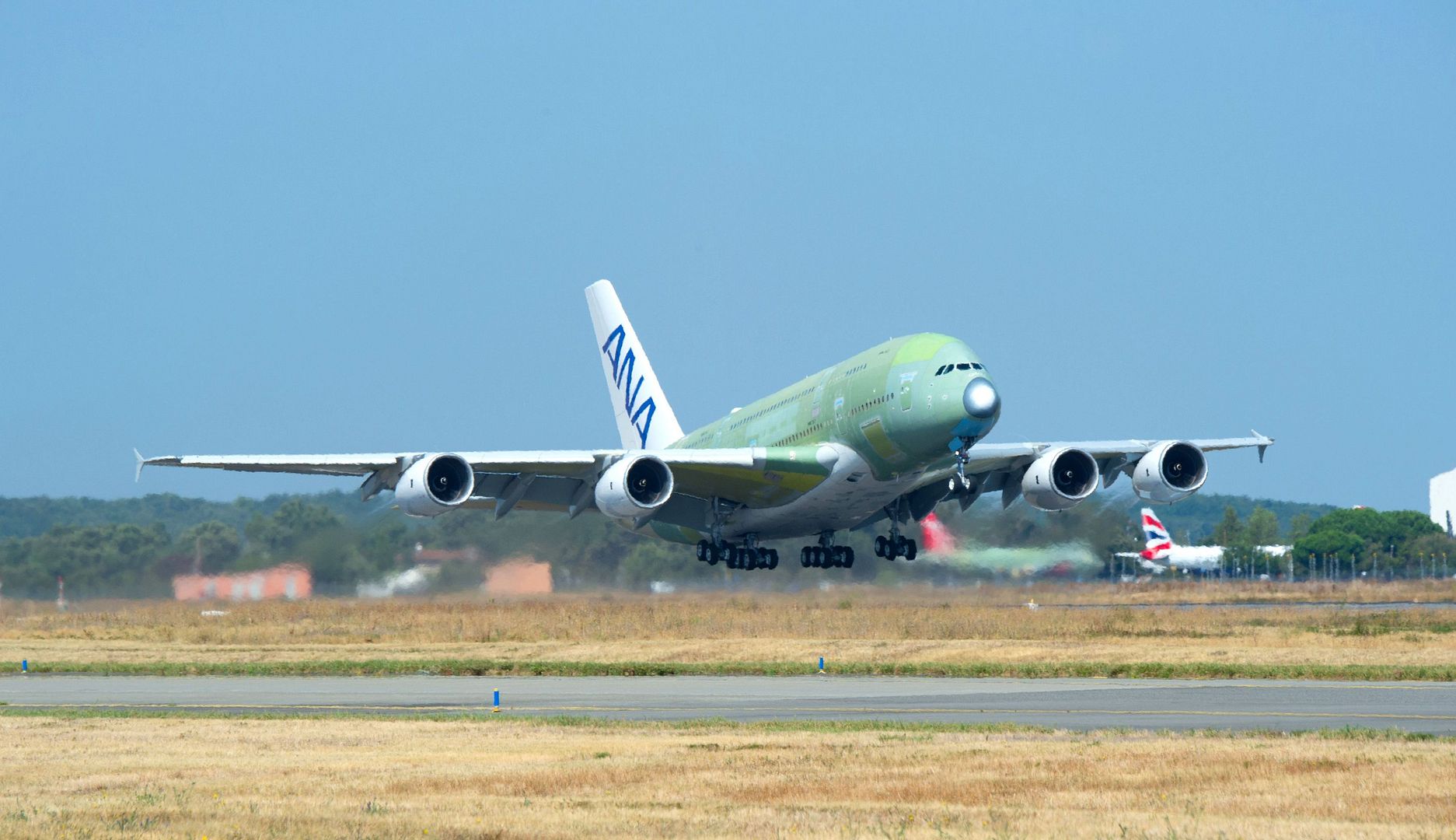
Offering more personal space than any other aircraft, the A380 is the most efficient solution to meet growth on the world?s most heavily travelled routes, carrying more passengers with fewer flights at lower cost and with less emissions.
To date, Airbus has delivered 229 A380s, with the aircraft now in services with 14 airlines worldwide.
-
 Main AdminU.S. Navy EA-18G Growlers from VAQ-140, Naval Air Station, Whidbey Island, fly alongside an E-8C Joint STARS during Valiant Shield 18 out of Andersen Air Force Base, Guam, Sept. 17, 2018. Valiant Shield 18 is a biennial, U.S.-only, field training exercise with a focus on integration of joint training among U.S. forces in relation to current operational plans. This training enables real-world proficiency in sustaining joint forces through detecting, locating, tracking and engaging units at sea, in the air, on land, and in cyberspace in response to a range of mission areas. Team JSTARS, consisting of the Georgia Air National Guard?s 116th Air Control Wing (ACW), active duty personnel assigned to the 461st ACW and Army JSTARS, provides a unique, manned, joint airborne command control, intelligence, surveillance, and reconnaissance capability to combatant commanders worldwide. (U.S. Air National Guard photo by Senior Master Sgt. Roger Parsons)
Main AdminU.S. Navy EA-18G Growlers from VAQ-140, Naval Air Station, Whidbey Island, fly alongside an E-8C Joint STARS during Valiant Shield 18 out of Andersen Air Force Base, Guam, Sept. 17, 2018. Valiant Shield 18 is a biennial, U.S.-only, field training exercise with a focus on integration of joint training among U.S. forces in relation to current operational plans. This training enables real-world proficiency in sustaining joint forces through detecting, locating, tracking and engaging units at sea, in the air, on land, and in cyberspace in response to a range of mission areas. Team JSTARS, consisting of the Georgia Air National Guard?s 116th Air Control Wing (ACW), active duty personnel assigned to the 461st ACW and Army JSTARS, provides a unique, manned, joint airborne command control, intelligence, surveillance, and reconnaissance capability to combatant commanders worldwide. (U.S. Air National Guard photo by Senior Master Sgt. Roger Parsons)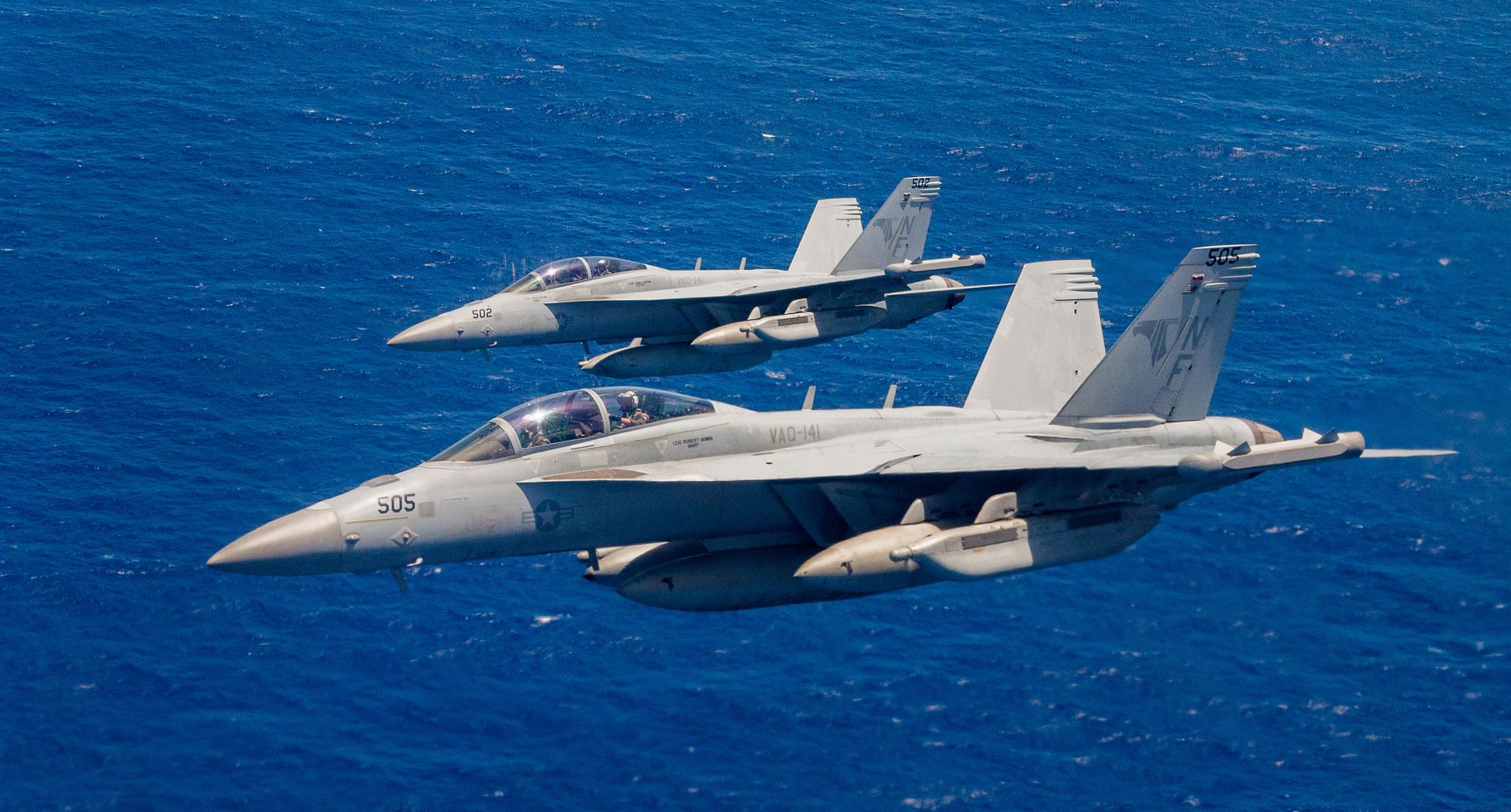
U.S. Navy F/A-18E Super Hornets from Strike Fighter Squadron 115, Marine Corps Air Station, Iwakuni, fly alongside an E-8C Joint STARS during Valiant Shield 18 out of Andersen Air Force Base, Guam, Sept. 17, 2018. Valiant Shield 18 is a biennial, U.S.-only, field training exercise with a focus on integration of joint training among U.S. forces in relation to current operational plans. This training enables real-world proficiency in sustaining joint forces through detecting, locating, tracking and engaging units at sea, in the air, on land, and in cyberspace in response to a range of mission areas. Team JSTARS, consisting of the Georgia Air National Guard?s 116th Air Control Wing (ACW), active duty personnel assigned to the 461st ACW and Army JSTARS, provides a unique, manned, joint airborne command control, intelligence, surveillance, and reconnaissance capability to combatant commanders worldwide. (U.S. Air National Guard photo's by Senior Master Sgt. Roger Parsons)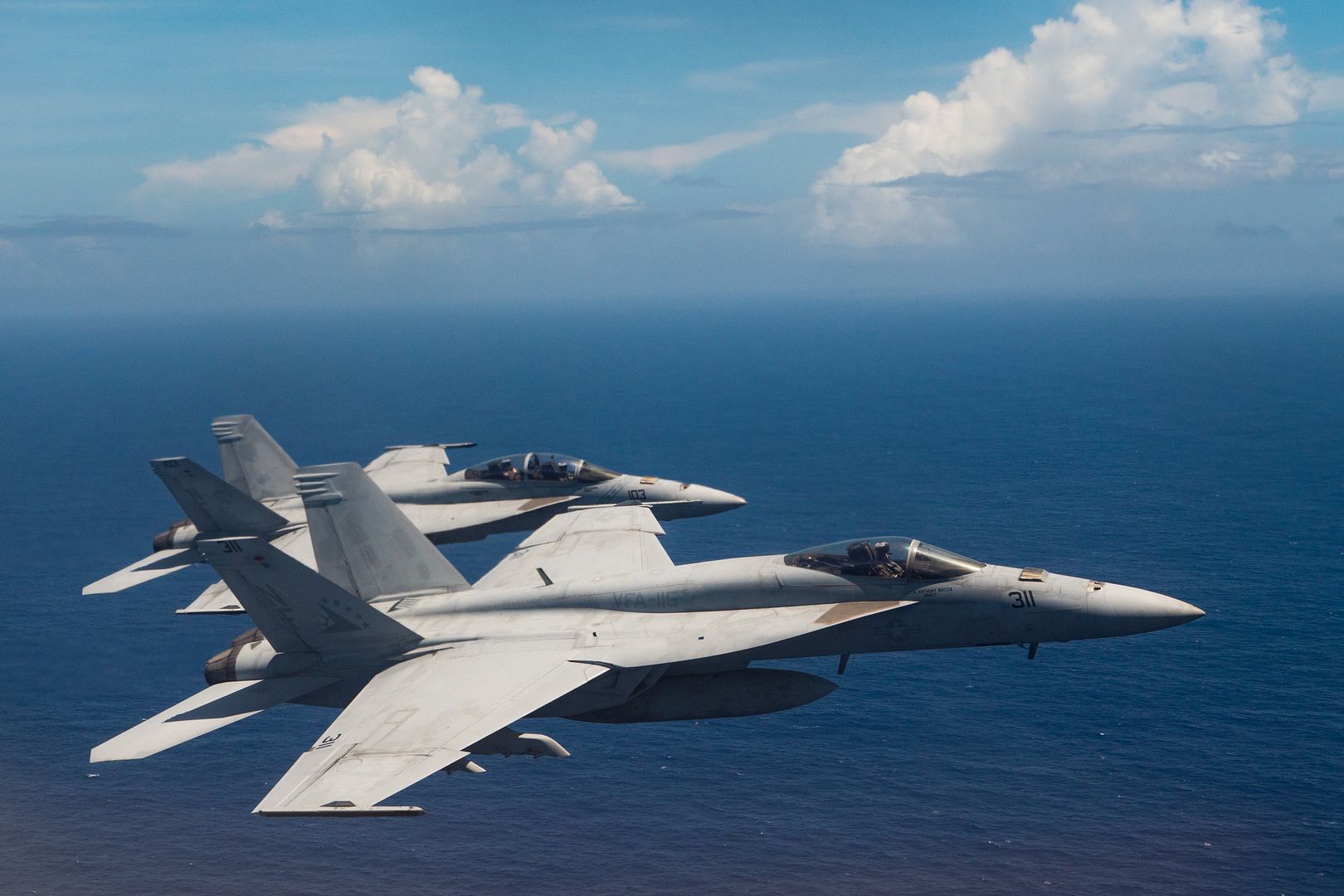
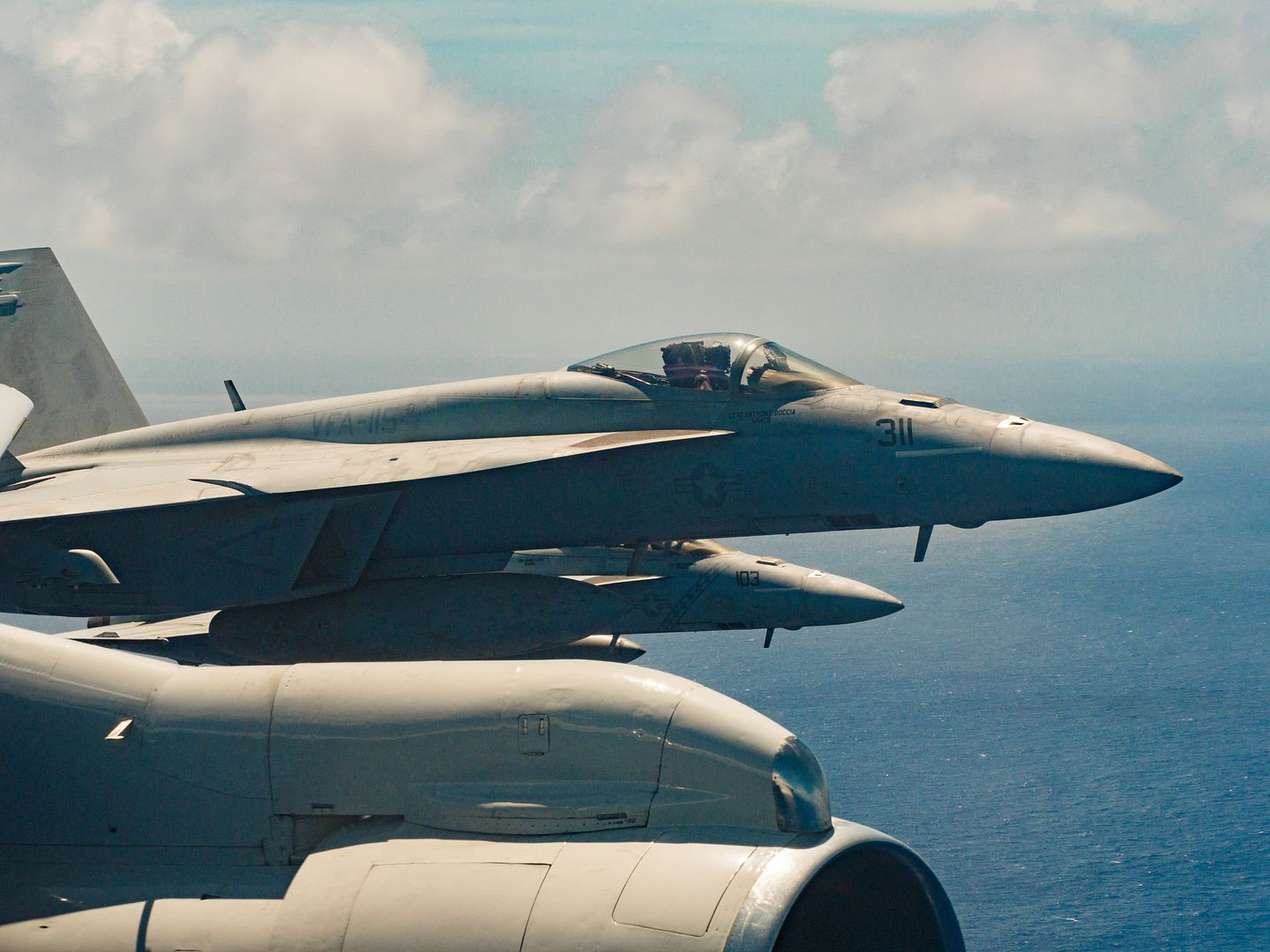
Alaska Air National Guard Maj. Jeremy Stephens, aircraft commander, left, and Capt. Matthew Soukup, pilot, both with the 176th Wing?s 211th Rescue Squadron, land an HC-130J Combat King II aircraft at Naval Air Station Ocean, Va., after assisting with hurricane relief operations in North Carolina, Sept. 17, 2018. (U.S. Army National Guard photo by Staff Sgt. Balinda O?Neal Dresel)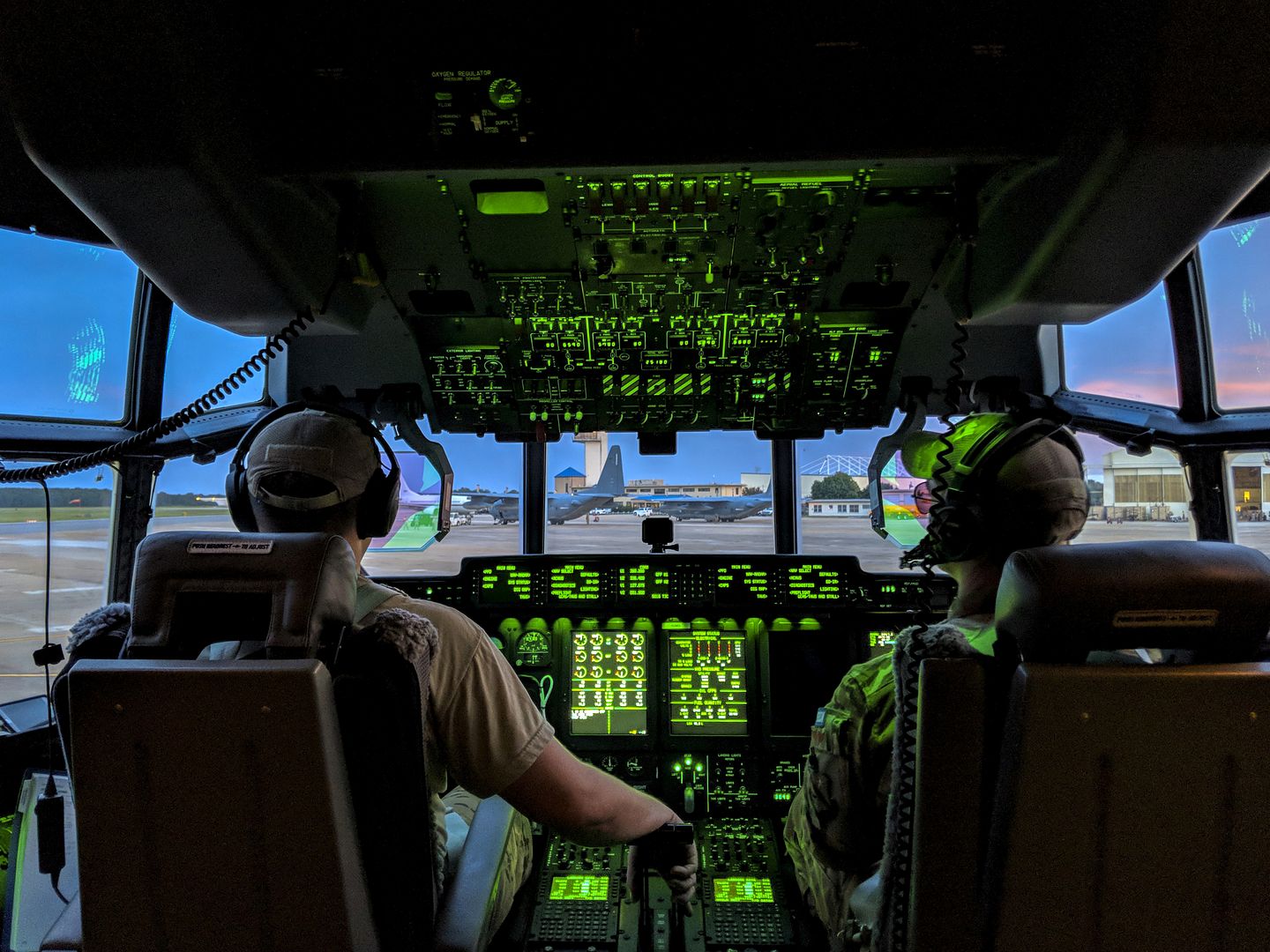
A Ch-47 Chinook from the New York Army National Guard lands at McEntire Joint National Guard Base, S.C., September 17, 2018. The National Guard is flying search and rescue missions throughout areas of the state impacted by Tropical Storm Florence. More than 3,200 members of the South Carolina National Guard have been mobilized to prepare, respond and participate in recovery efforts after Tropical Storm Florence caused flooding and damage to the state. (US Air National Guard photo by Capt. Stephen D. Hudson)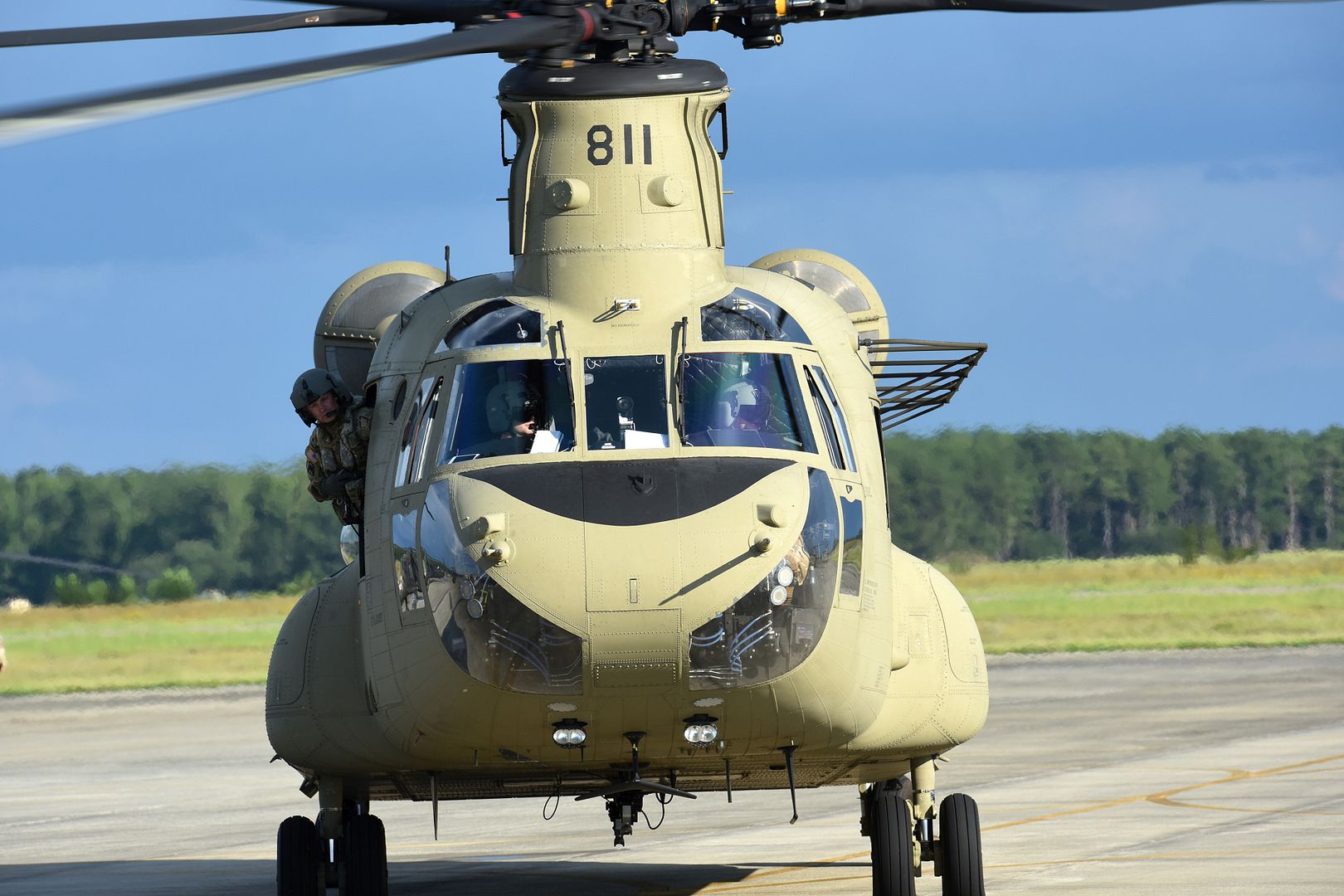
NORTH ATLANTIC (Sept. 18, 2018) An F/A-18E Super Hornet assigned to the "Sunliners" of Strike Fighter Squadron (VFA) 81 launches from the flight deck during flight operations aboard the Nimitz-class aircraft carrier USS Harry S. Truman (CVN 75) in the North Atlantic, Sept. 18, 2018. The Harry S. Truman Carrier Strike Group is deployed to the U.S. 6th Fleet area of operations, demonstrating commitment to regional allies and partners, combat power, and flexibility of U.S. naval forces to operate wherever and whenever the nation requires. (U.S. Navy photo by Mass Communication Specialist 2nd Class Anthony Flynn/Released)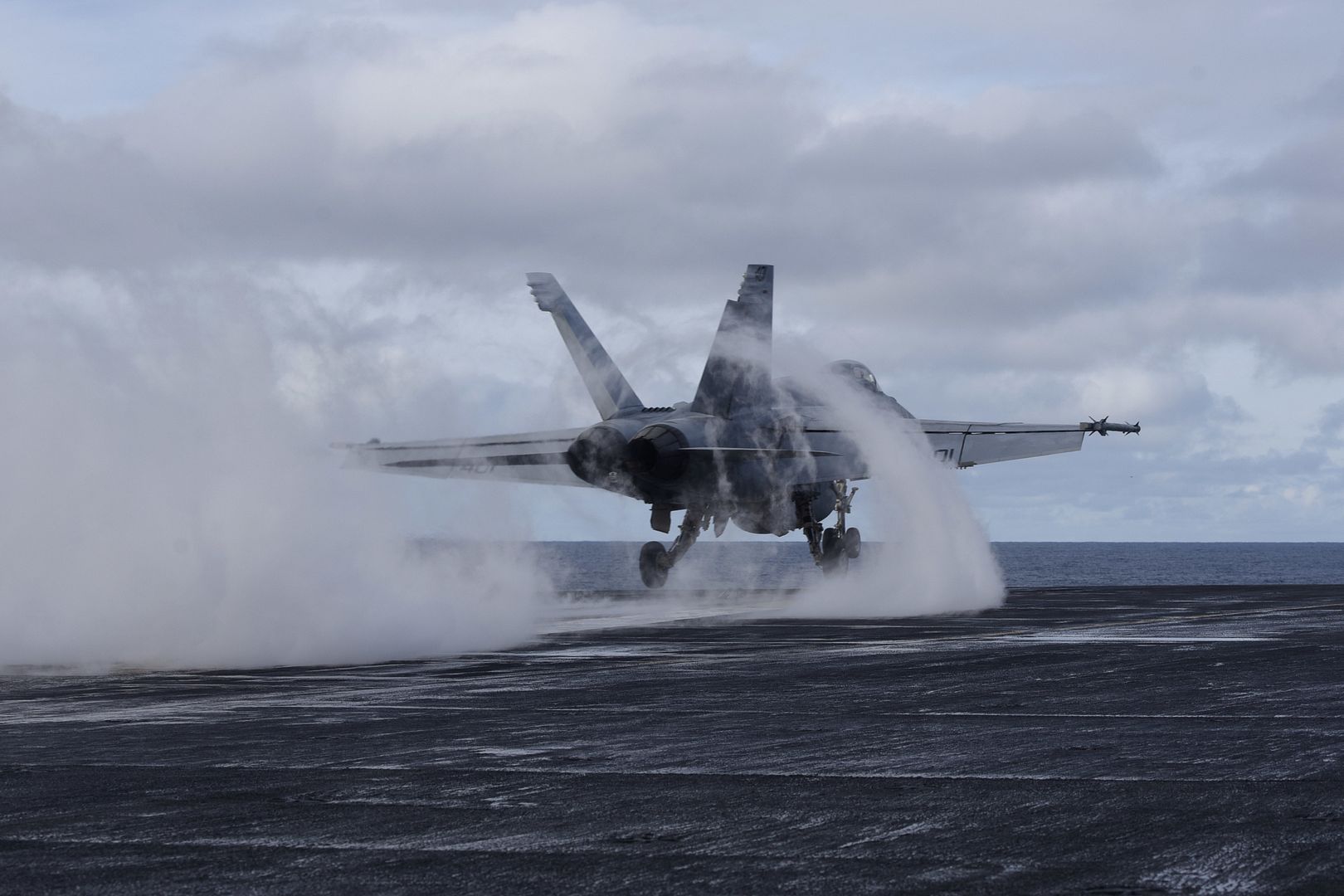
ATLANTIC OCEAN (Sept. 18, 2018) An F/A-18F Super Hornet assigned to the ?Red Rippers? of Strike Fighter Squadron (VFA) 11 takes off from the flight deck aboard the Nimitz-class aircraft carrier USS Harry S. Truman (CVN 75) in the North Atlantic, Sept. 18, 2018. The Harry S. Truman Carrier Strike Group is deployed to the U.S. 6th Fleet area of operations, demonstrating commitment to regional allies and partners, combat power, and the flexibility of U.S. naval forces to operate wherever and whenever the nation requires. (U.S. Navy photo by Mass Communication Specialist Seaman Joseph A.D. Phillips/Released)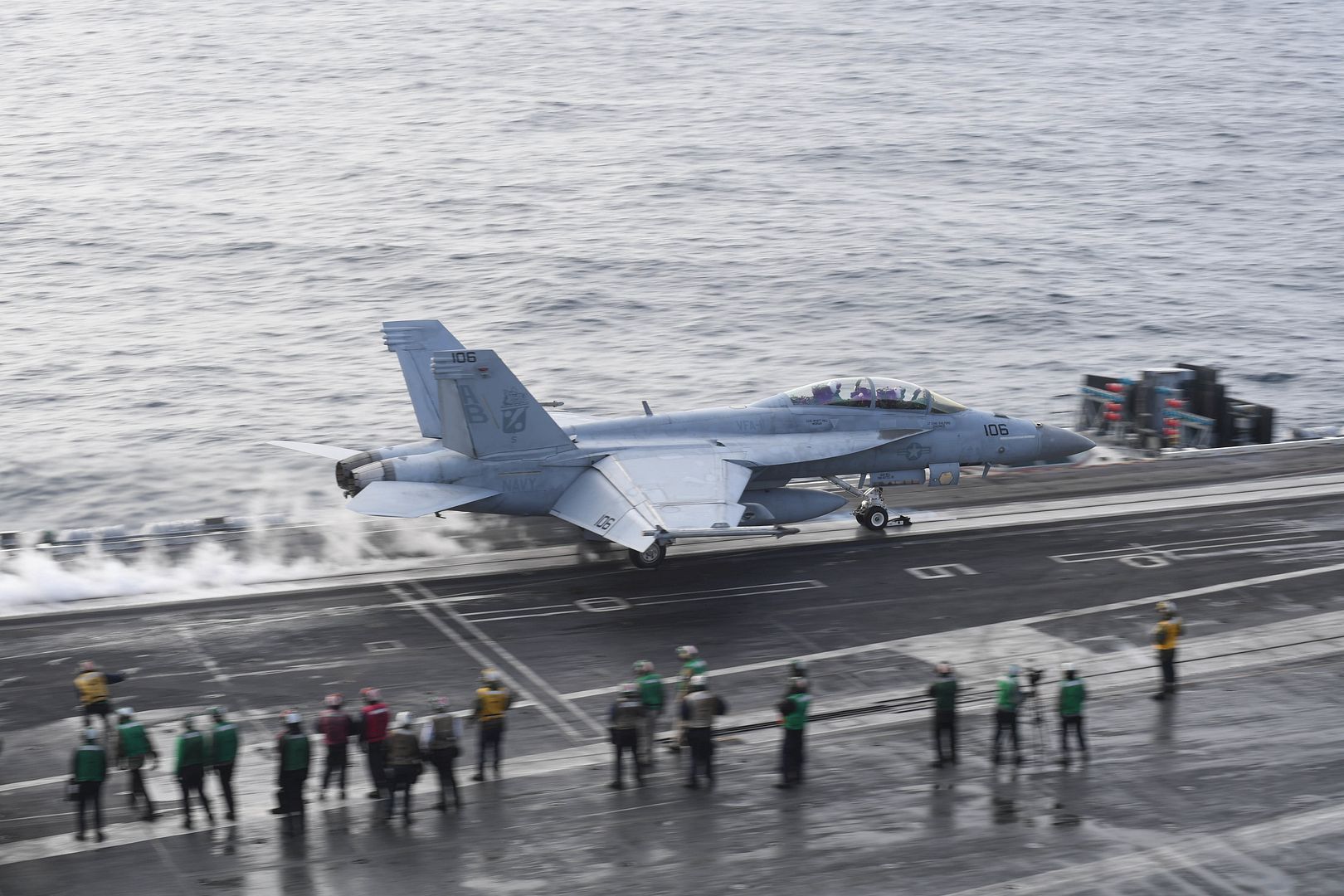
An Arizona U.S. Air National Guard F-16 Fighting Falcon sits on the flightline at RAF Mildenhall, England, Sept. 17, 2018. The F-16s are from the 195th Fighter Squadron, 162nd Wing, Tucson, Arizona, and transited through on their way home after participating in an exercise. Airmen from the 100th Air Refueling Wing provided vital support to the ANG fighter aircraft until they were able to continue on their journey home. (U.S. Air Force photo's by Karen Abeyasekere)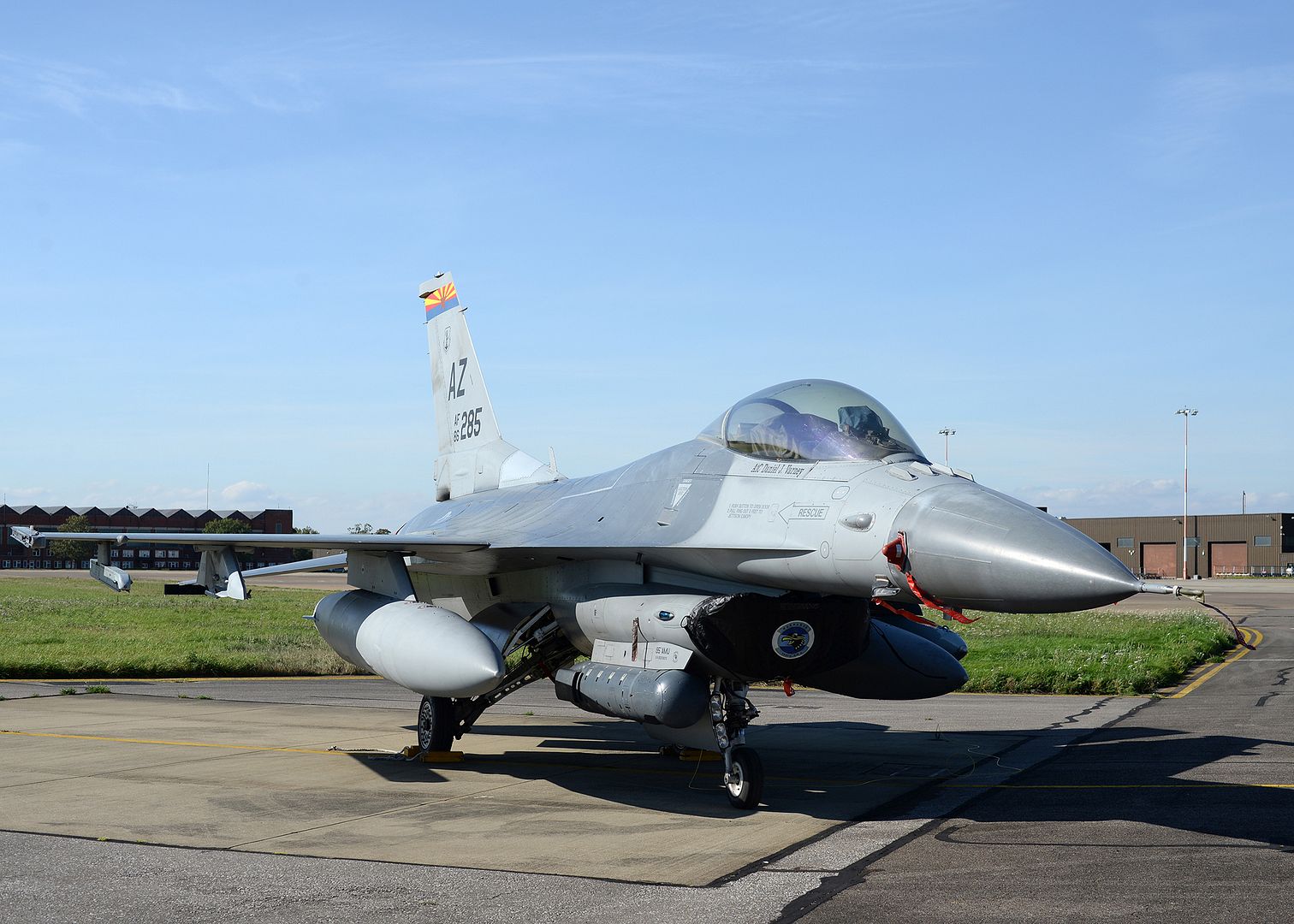
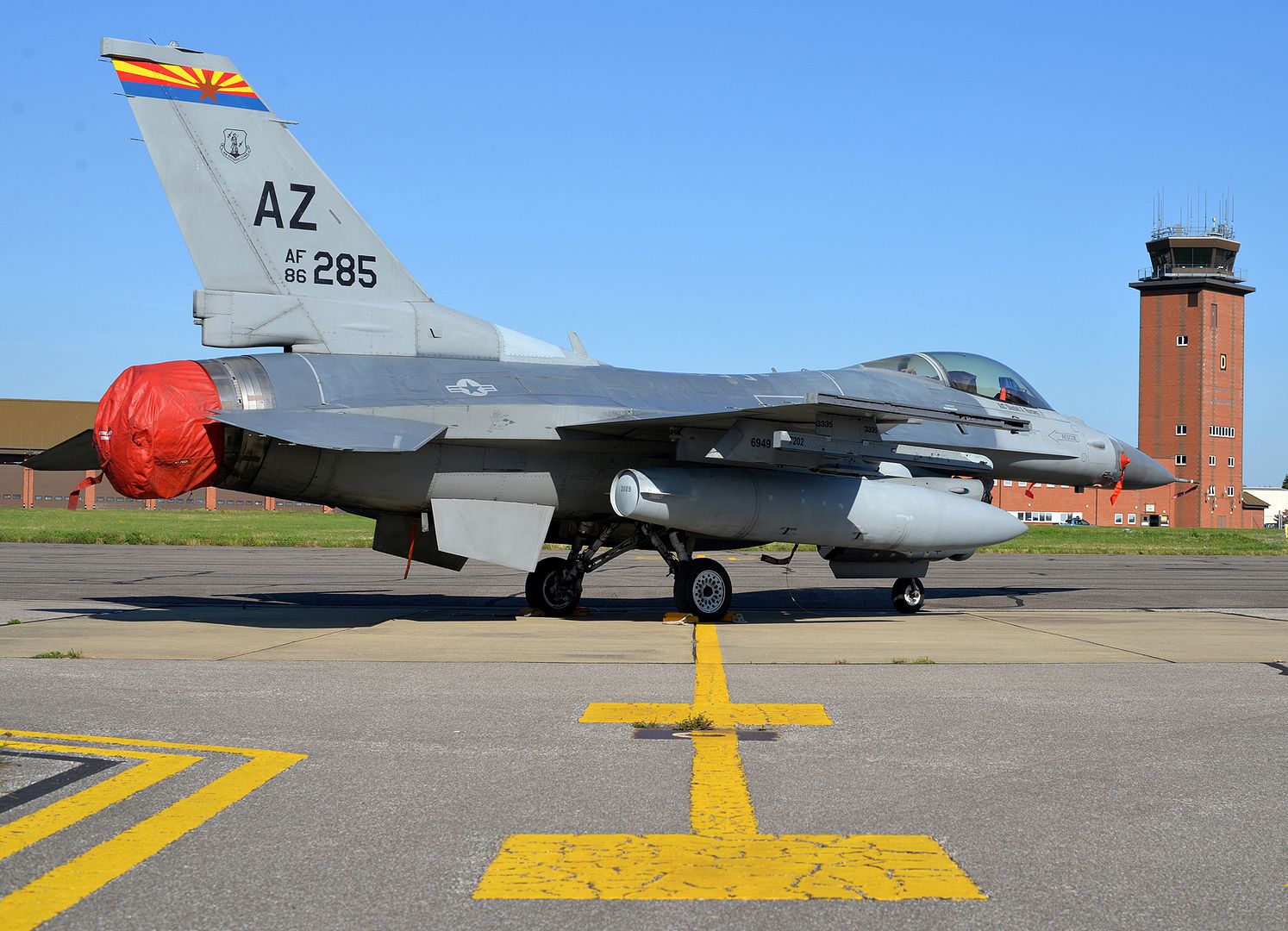
A KC-46A crew member starts to unload cargo at Minot Air Force Base, North Dakota, Sept. 17, 2018. The aircraft has a maximum cargo capacity of 65,000 pounds. The tanker will conduct experimental flights with Team Minot?s fleet of B-52?s in the coming weeks. (U.S. Air Force photo's by Staff Sergeant Steven M. Adkins)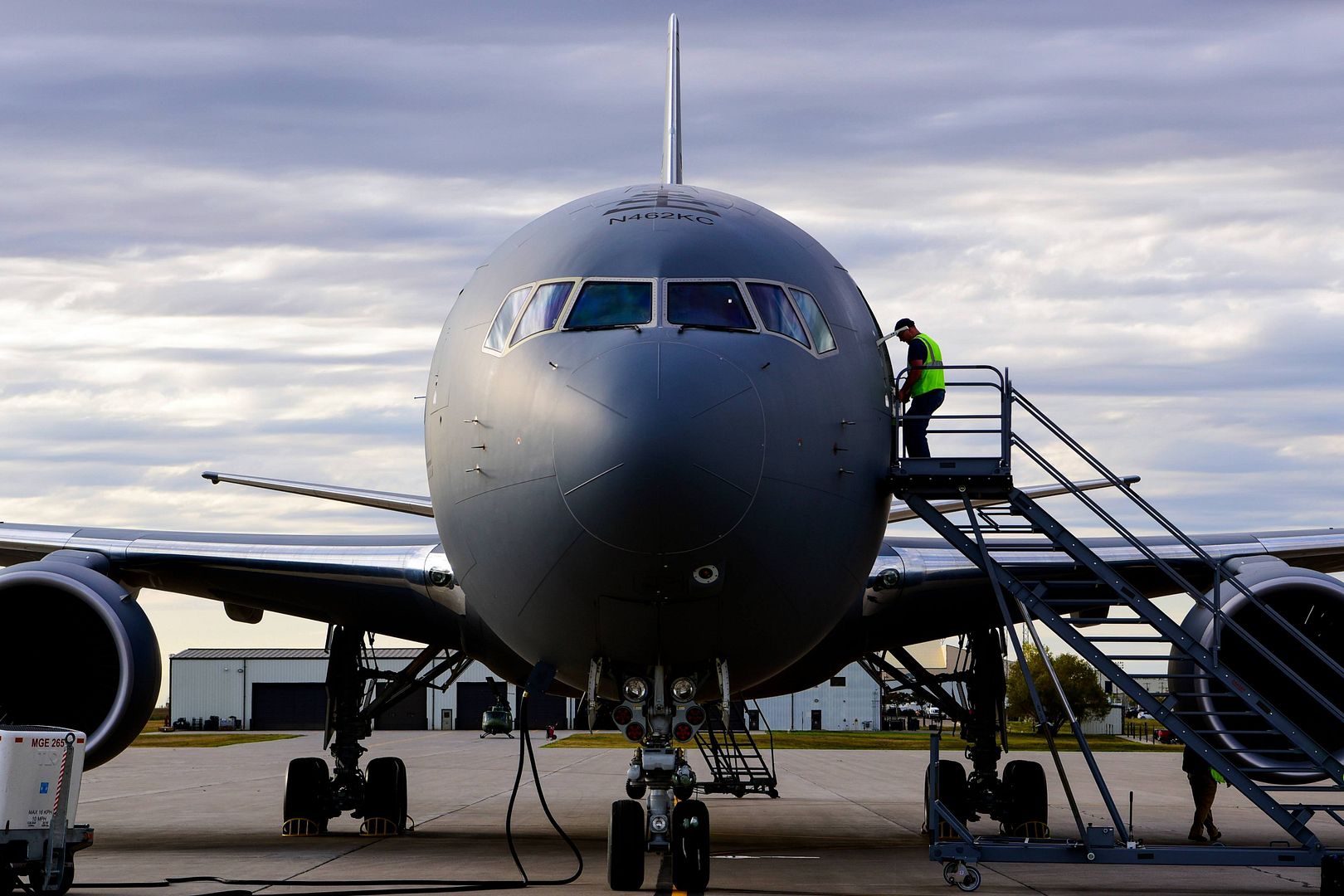
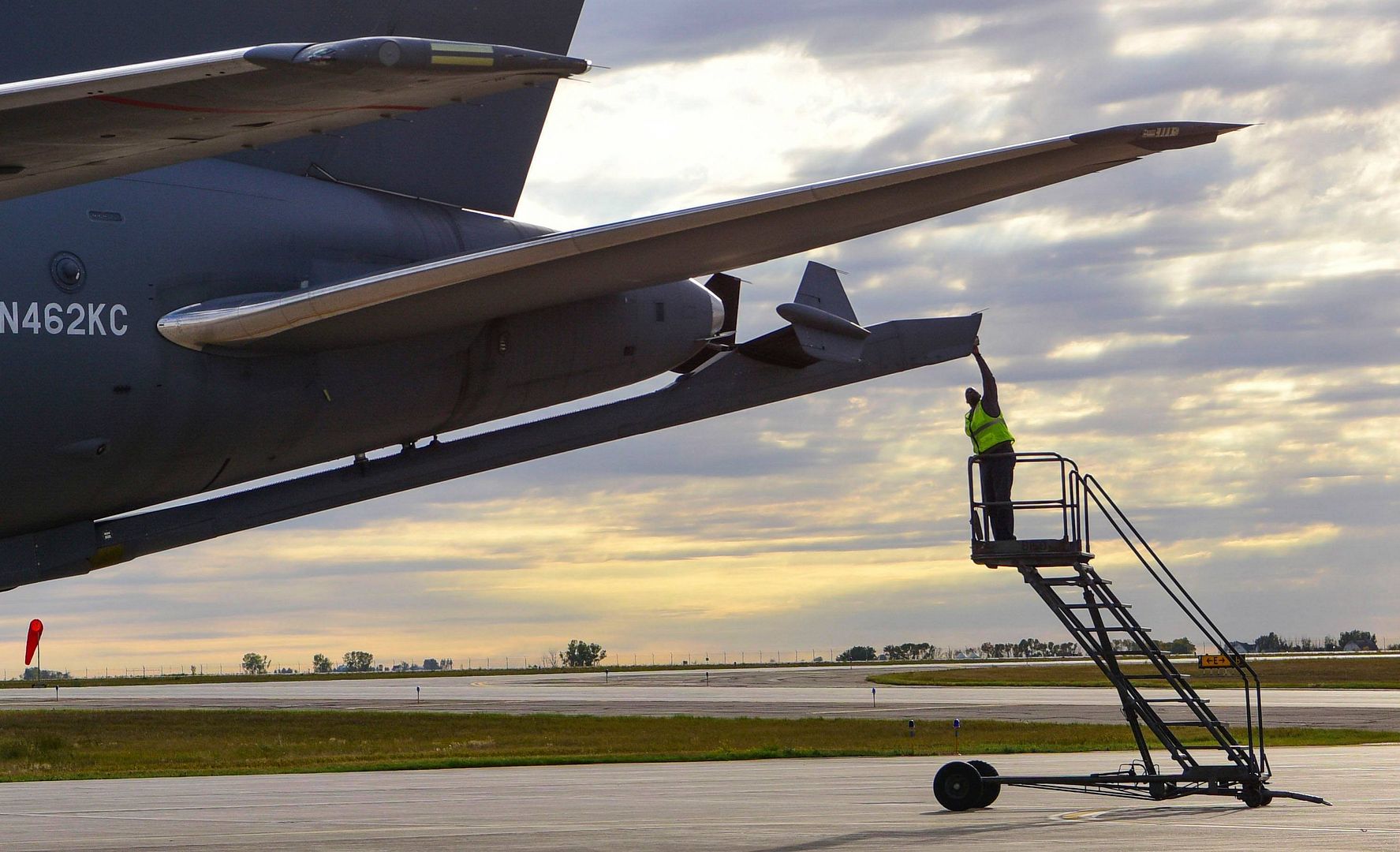
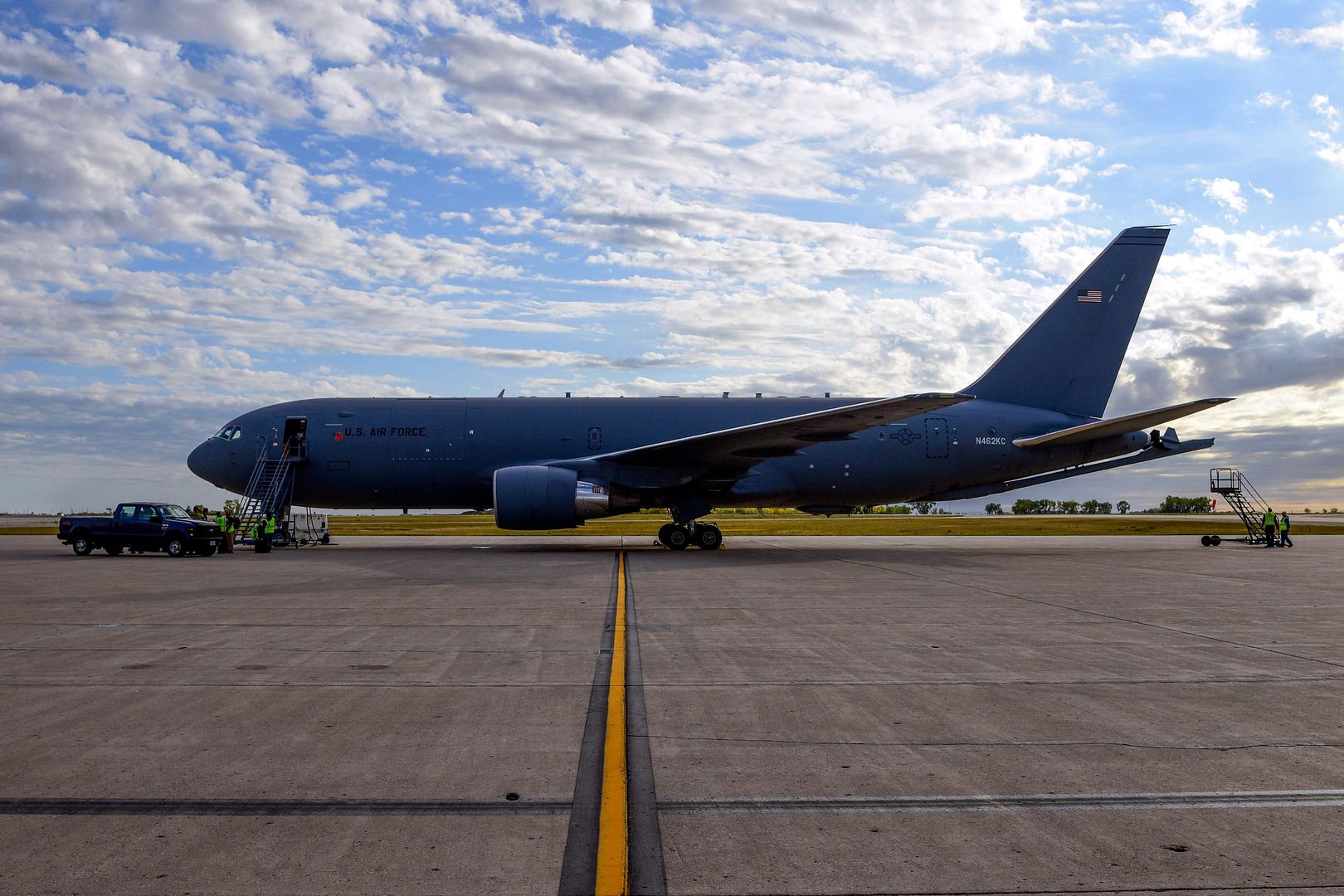
GULF OF ADEN (Sept. 16, 2018)
Aviation Boatswain's Mate 1st Class Landon Jamison launches an F-35B Lightning II attached to the Avengers of Marine Fighter Attack Squadron (VMFA) 211 from the flight deck of the Wasp-class amphibious assault ship USS Essex (LHD 2) during a scheduled deployment of the Essex Amphibious Ready Group (ARG) and 13th Marine Expeditionary Unit (MEU). The Essex ARG/13th MEU is the first U.S. Navy/Marine Corps team to deploy tot eh U.S. 5th Fleet area of operations with the transformational warfighting capabilities of the F-35B Lightning II, making it a more lethal, flexible and persistent force, leading to a more stable region for our partner nations. U.S. Navy photo by Mass Communication Specialist Seaman Sabyn L. Marrs (Released)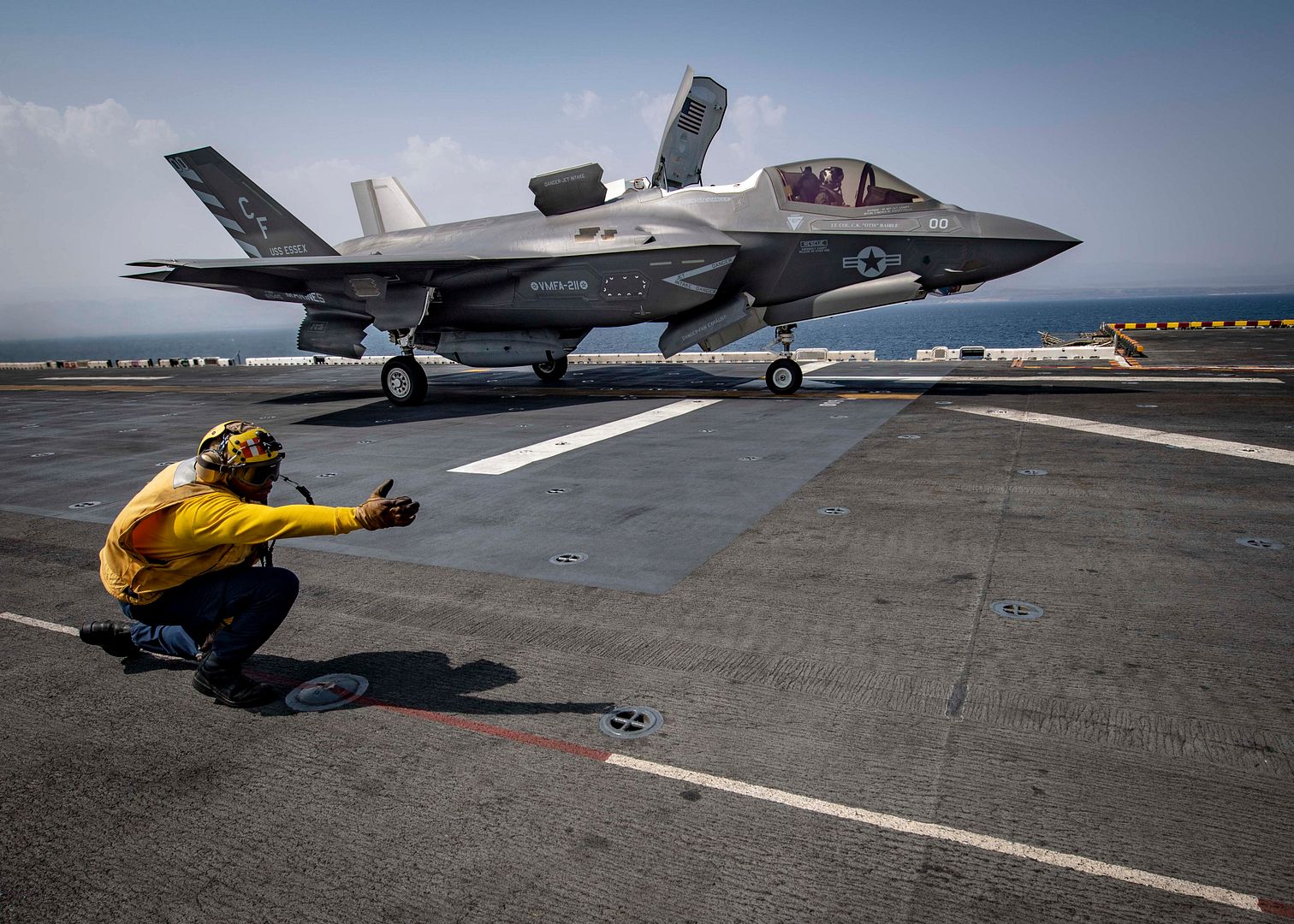
PHILIPPINE SEA (Sept. 18, 2018) Aviation Boatswain's Mates (Equipment) 3rd Class Jordan Barrett, left, from South Bend, Indiana, and Hailey Barela, from Rio Rancho, New Mexico, clear the launching area as an EA-18G Growler assigned to Electronic Attack Squadron (VAQ) 141 prepares to launch from the flight deck of the Navy's forward-deployed aircraft carrier USS Ronald Reagan (CVN 76) during Valiant Shield 2018. The biennial, U.S. only, field-training exercise focuses on integration of joint training among the U.S. Navy, Air Force and Marine Corps. This is the seventh exercise in the Valiant Shield series that began in 2006. (U.S. Navy photo by Mass Communication Specialist 2nd Class Kenneth Abbate/Released)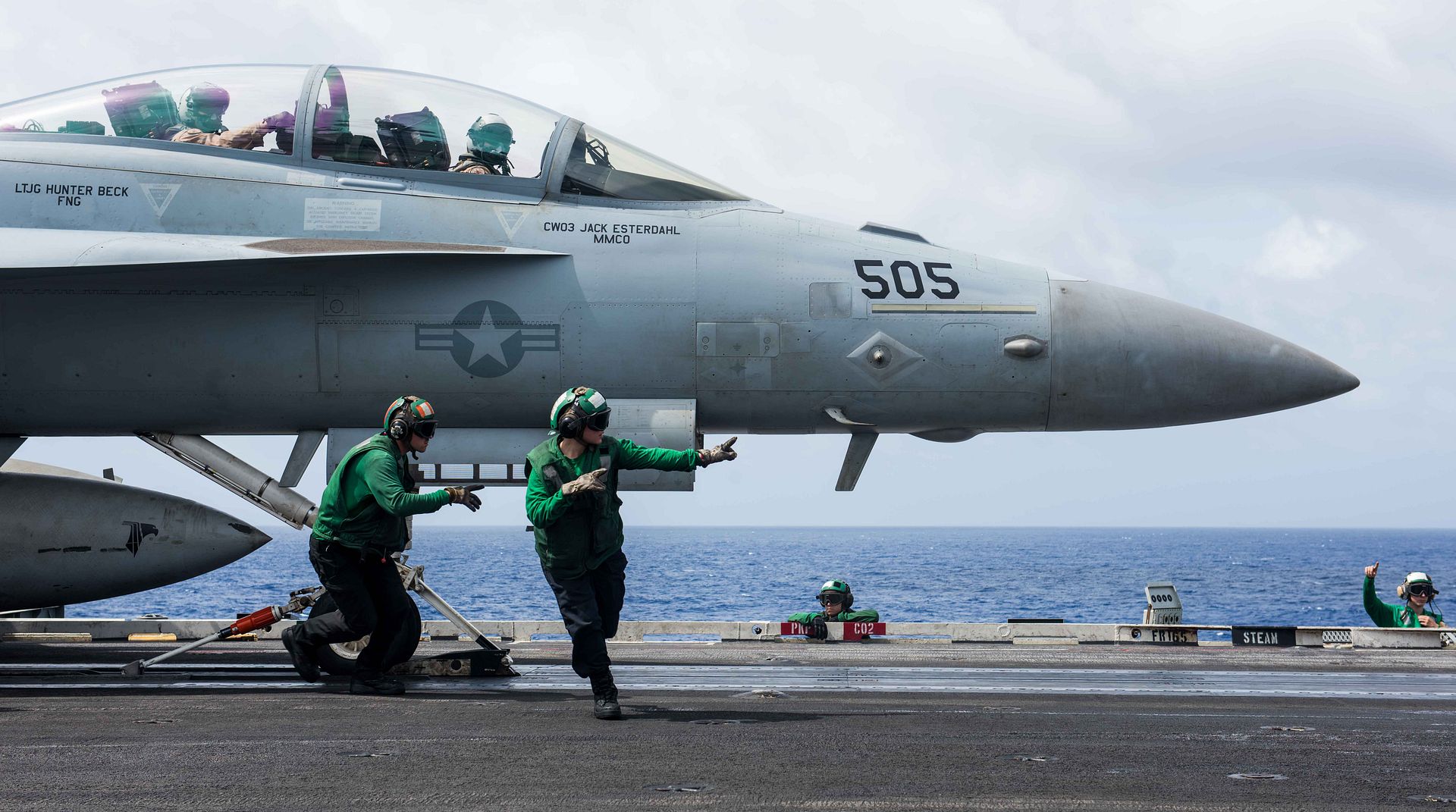
STRATFORD, Conn., Sept. 18, 2018 /PRNewswire/ -- Sikorsky, a Lockheed Martin company (NYSE: LMT), announced today that final assembly of the first HH-60W Combat Rescue Helicopter Weapons System and Operational Flight Trainers is underway, supporting the smooth entry of the aircraft into the U.S. Air Force fleet in 2020.
Completion of the HH-60W training systems at subcontractor FlightSafety International's facility in Broken Arrow, Oklahoma, is expected in the first quarter of 2019. The Weapons System Trainer will be based at Kirtland Air Force Base, New Mexico, home of the formal HH-60W training unit. The Operational Flight Trainer will be at Moody Air Force Base, Georgia, site of the first operational unit.
The HH-60W flight trainers will conform to the highest Federal Aviation Administration standards and include the capability to link with other simulators on the Combat Air Forces Distributed Mission Operations (CAF DMO) network. The flight simulators will train the full aircrew, allowing pilots and special mission aviators to train together in the same device while experiencing more complex and realistic training scenarios.
"I am excited to get these trainers in the hands of the U.S. Air Force Rescue Warriors," said Tim Healy, Director, Air Force Programs, Sikorsky. "The combat rescue mission is uniquely challenging in that it requires much of the mission planning to occur while in flight rather than prior to flight. This is due to the time-critical nature of the mission and the reality that the threat, location and condition of isolated personnel to be rescued are not fully known prior to takeoff. This requires that the aircrew become highly skilled at using the enormous networking and information capabilities that reside within the HH-60W, and that takes training and practice. These Weapons Systems and Operational Flight trainers will allow that training at the highest fidelity and realism ever seen."
Sikorsky's current contract with the U.S. Air Force for the Engineering, Manufacturing and Development (EMD) phase of the program includes delivery of nine HH-60W helicopters as well as six aircrew and maintenance training devices, and instructional courseware designed specifically for the HH-60W aircraft. The Program of Record calls for 112 helicopters to replace the Air Force's aging H-60G Pave Hawk fleet, which performs critical combat search and rescue and personnel recovery operations for all U.S. military services.
For more information about the HH-60W Combat Rescue Helicopter, visit www.lockheedmartin.com/crh.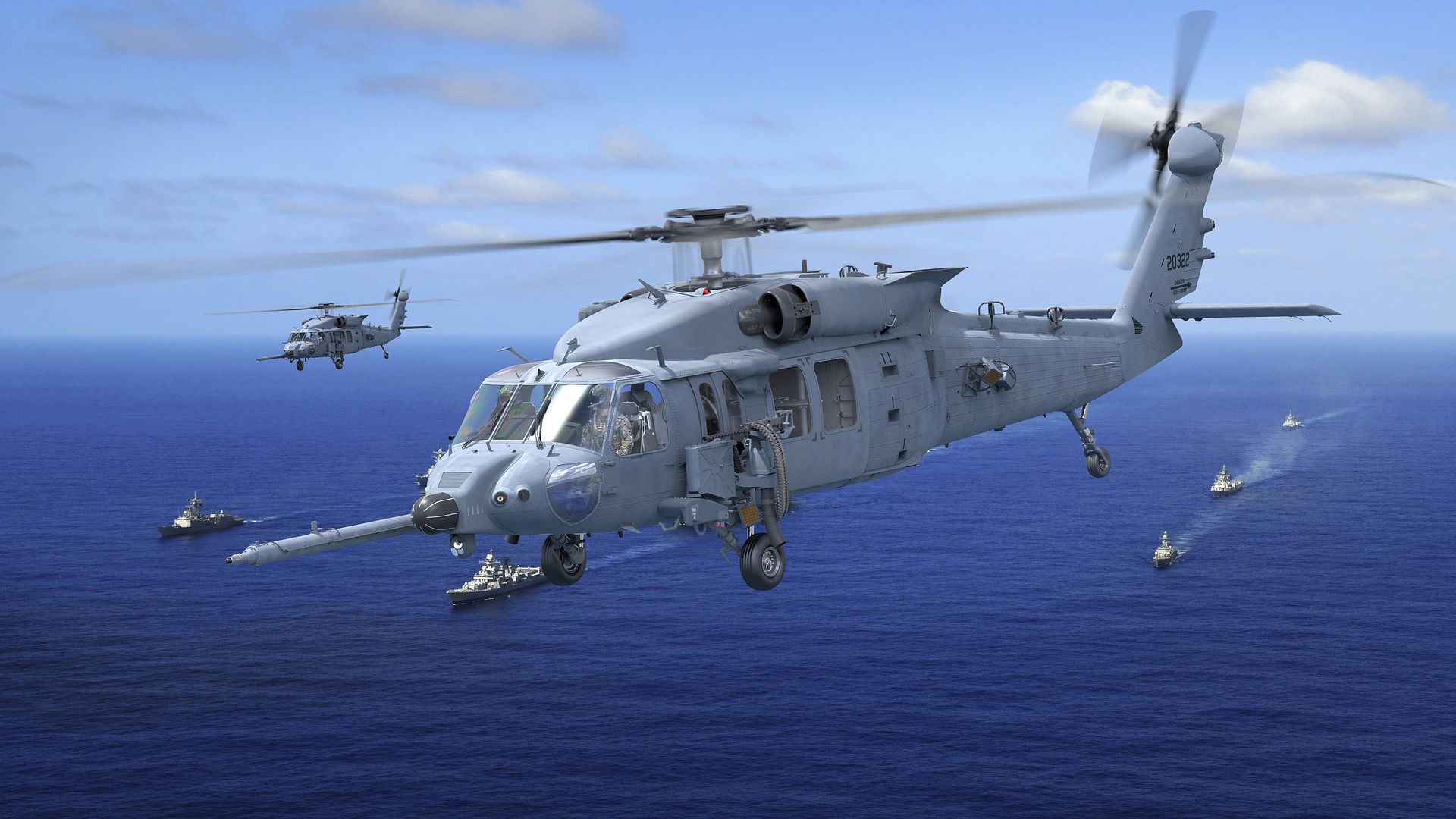
HONG KONG, Sept. 18, 2018 - Boeing [NYSE:BA] and Cathay Pacific announced today that they are donating the first-ever Boeing 777 airplane to the Pima Air & Space Museum in Arizona, one of the world?s largest facilities devoted to celebrating aerospace.
The iconic airplane (line number WA001 and registered B-HNL) flew from Cathay Pacific?s home airport in Hong Kong to Tucson, Arizona on September 18. The jet will be displayed permanently at the museum alongside more than 350 other notable aircraft.
Boeing first flew the 777-200 aircraft on June 12, 1994 and continued to use it as a test airplane for several years. The aircraft joined the Cathay Pacific fleet in 2000, ferrying passengers across the airline?s global network until it was retired earlier this year.
Since its first flight, the 777 program has become the world?s most successful twin-engine, twin aisle airplane. Its unique combination of long range, outstanding fuel efficiency and popular cabin has attracted carriers to place more than 1,660 orders. Cathay Pacific was one of the original customers and today operates one of the largest 777 fleets.
?Cathay Pacific has been instrumental in the tremendous success of the 777 program. The airline contributed greatly to the airplane?s original design and has been one of its biggest ambassadors ever since. And now they are a launch customer for our new 777X airplane. We are thrilled to partner with Cathay on this donation to the museum as a way to share the remarkable story of the Boeing 777 for years come,? said Boeing Commercial Airplanes President and CEO Kevin McAllister.
In the 1990s, Cathay Pacific was one of a handful of airlines to provide input for the 777 during the design phase. This gave Hong Kong?s home airline a unique opportunity to refine the airplane?s features to suit its needs. Among the requests were a cabin cross-section similar to the Boeing 747, a modern ?glass? cockpit, fly-by-wire system, and, lower operating costs.
Cathay Pacific Chief Executive Officer Rupert Hogg said: ?As the world?s very first 777, B-HNL holds a very special place in the history of both our airline and that of commercial aviation, and we are very pleased it will soon bring enjoyment to enthusiasts at its new home in Arizona.
?Our 777-200 aircraft have served us exceptionally well over the last two decades, and as we progressively retire these over the months ahead, we eagerly look forward to welcoming the state-of-the art 777-9 aircraft into our fleet from 2021,? he added.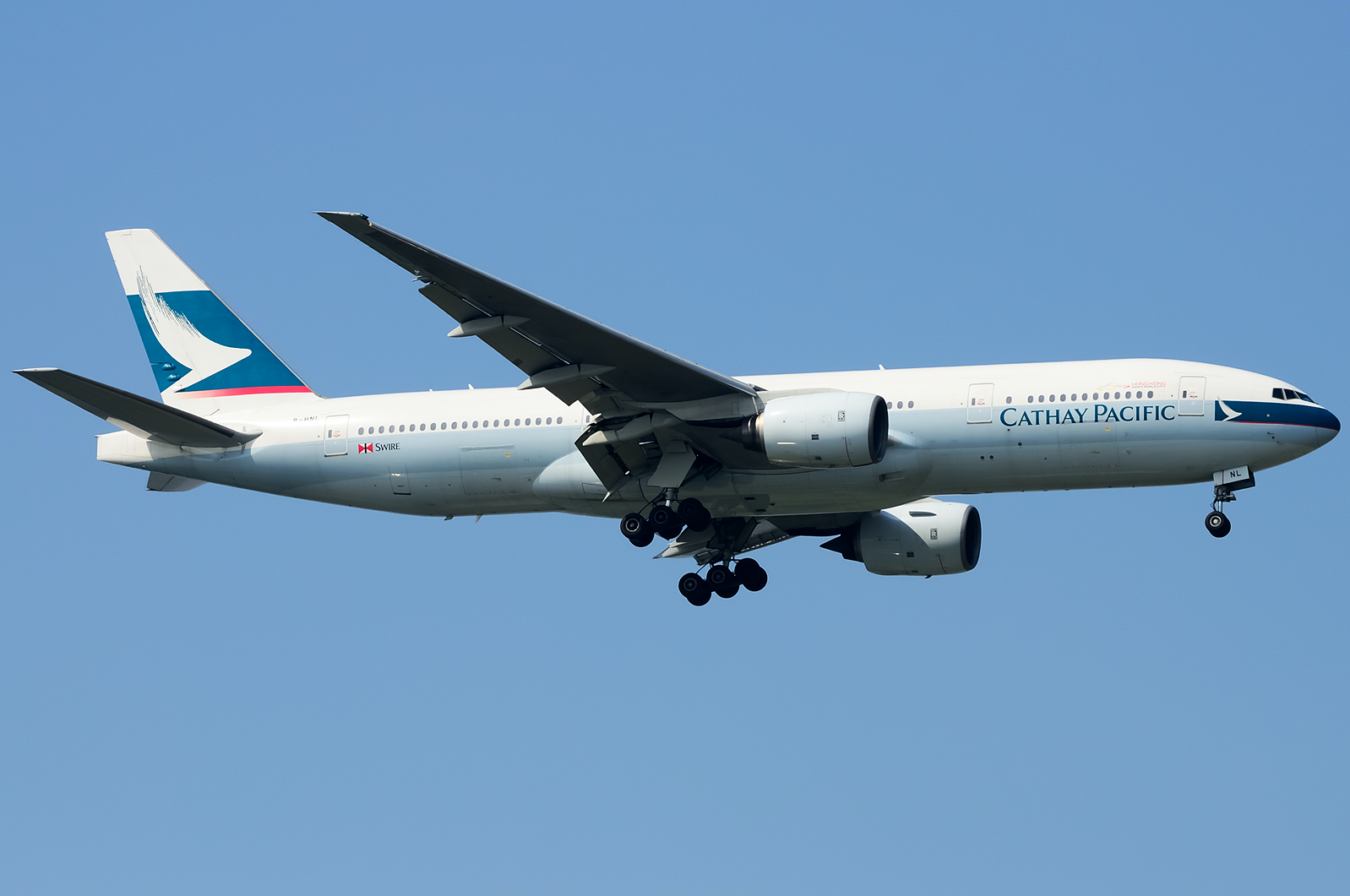
Search and Rescue pilots and technicians of the Royal Canadian Air Force are exercising the Canadian Armed Forces response to a major air disaster during #OpNANOOK.
While the CAF has the primary responsibility for aeronautical SAR?that is, searching for downed aircraft?a major air disaster would require a coordinated response. So, during the exercise, the CAF is working alongside other government departments, Non-Governmental Organizations, and private companies in Yellowknife, Northwest Territories.
Search and Rescue Technicians carry supplies to a simulated crash site during Operation NANOOK, an exercise designed to evaluate the Canadian Armed Forces response to a major air disaster, on September 17, 2018 in Yellowknife, Northwest Territories.
AB Erica Seymour, 4 Wing Imaging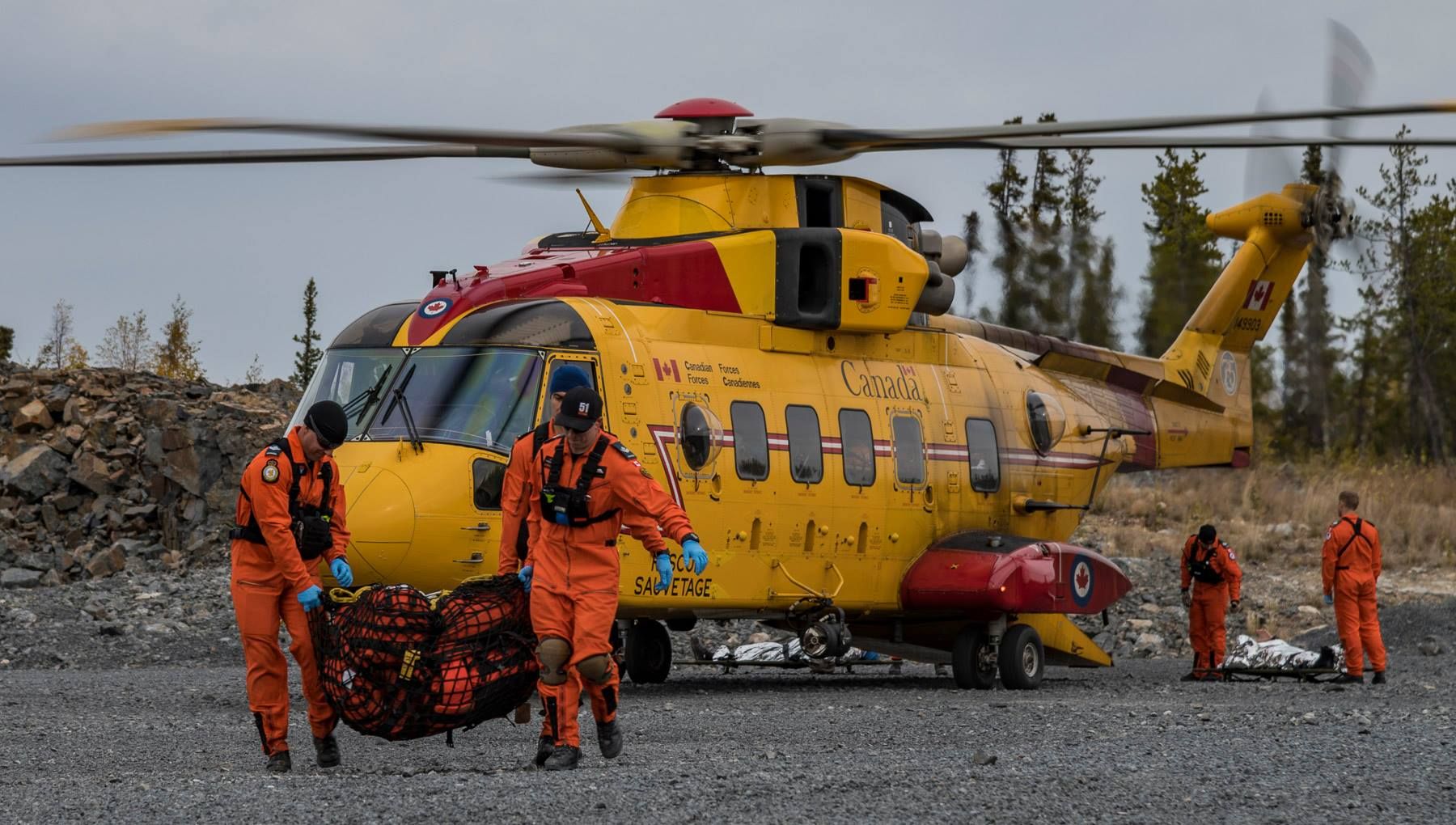
-
 Main AdminU.S. Marine Corps Sgt. James Morris, a fixed-wing aircraft mechanic with Marine Fighter Attack Squadron (VMFA) 121, and Lt. Col. Richard Rusnok, commanding officer of VMFA-121, conduct pre-flight checks during Exercise Valiant Shield 18 at Iwo To, Japan, Sep. 18, 2018. Valiant Shield is a biennial, U.S. only, field training exercise (FTX) with a focus on integration of joint training among U.S. forces in relation to current operational plans. This training enables real-world proficiency in sustaining joint forces through detecting, locating, tracking and engaging units at sea, in the air, on land, and in cyberspace in response to a range of mission areas. (U.S. Marine Corps photo by Lance Cpl. Seth Rosenberg)
Main AdminU.S. Marine Corps Sgt. James Morris, a fixed-wing aircraft mechanic with Marine Fighter Attack Squadron (VMFA) 121, and Lt. Col. Richard Rusnok, commanding officer of VMFA-121, conduct pre-flight checks during Exercise Valiant Shield 18 at Iwo To, Japan, Sep. 18, 2018. Valiant Shield is a biennial, U.S. only, field training exercise (FTX) with a focus on integration of joint training among U.S. forces in relation to current operational plans. This training enables real-world proficiency in sustaining joint forces through detecting, locating, tracking and engaging units at sea, in the air, on land, and in cyberspace in response to a range of mission areas. (U.S. Marine Corps photo by Lance Cpl. Seth Rosenberg)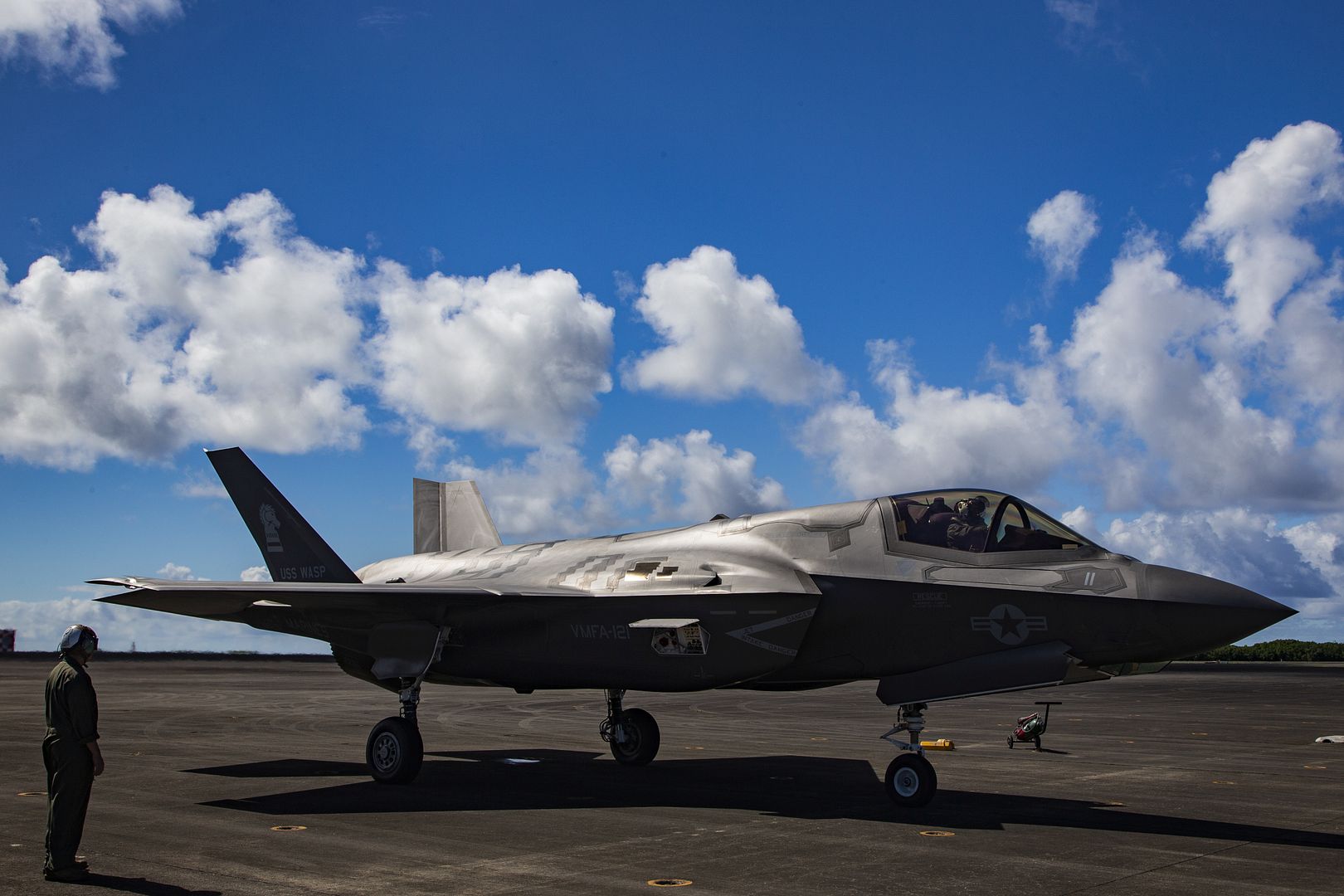
U.S. Marine Corps Lt. Col. Richard Rusnok, commanding officer of Marine Fighter Attack Squadron (VMFA) 121, conducts pre-flight checks during Exercise Valiant Shield 18 at Iwo To, Japan, Sep. 18, 2018. Valiant Shield is a biennial, U.S. only, field training exercise (FTX) with a focus on integration of joint training among U.S. forces in relation to current operational plans. This training enables real-world proficiency in sustaining joint forces through detecting, locating, tracking and engaging units at sea, in the air, on land, and in cyberspace in response to a range of mission areas. (U.S. Marine Corps photo by Lance Cpl. Seth Rosenberg)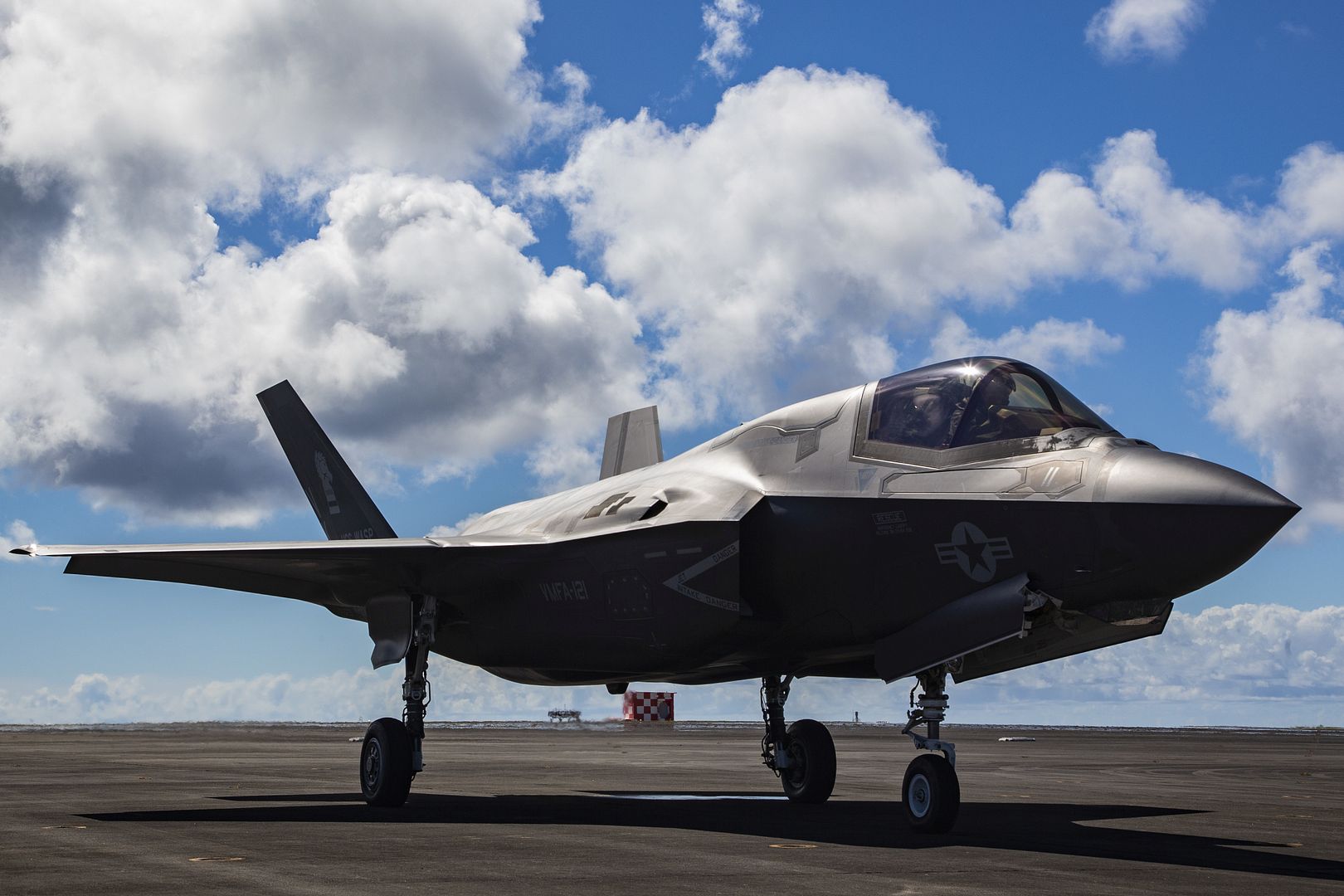
U.S. Marine Corps Lt. Col. Richard Rusnok, commanding officer of Marine Fighter Attack Squadron (VMFA) 121, flies an F-35B Lightning II Joint Strike Fighter during Exercise Valiant Shield 18 at Iwo To, Japan, Sep. 18, 2018. Valiant Shield is a biennial, U.S. only, field training exercise (FTX) with a focus on integration of joint training among U.S. forces in relation to current operational plans. This training enables real-world proficiency in sustaining joint forces through detecting, locating, tracking and engaging units at sea, in the air, on land, and in cyberspace in response to a range of mission areas. (U.S. Marine Corps photo by Lance Cpl. Seth Rosenberg)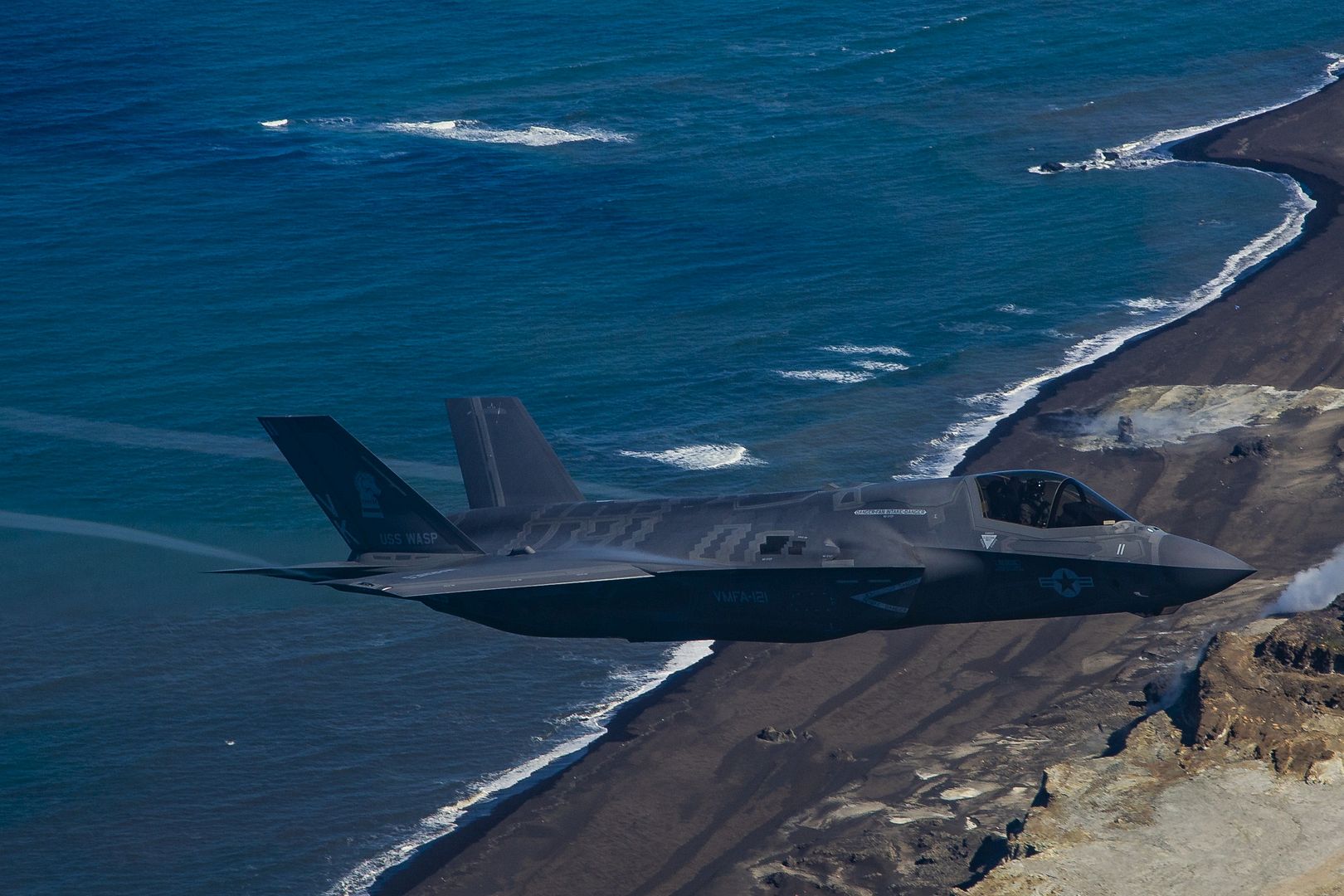
U.S. Marine Corps Lt. Col. Richard Rusnok, commanding officer of Marine Fighter Attack Squadron (VMFA) 121, flies an F-35B Lightning II Joint Strike Fighter over Mount Suribachi during Exercise Valiant Shield 18 at Iwo To, Japan, Sep. 18, 2018. Valiant Shield is a biennial, U.S. only, field training exercise (FTX) with a focus on integration of joint training among U.S. forces in relation to current operational plans. This training enables real-world proficiency in sustaining joint forces through detecting, locating, tracking and engaging units at sea, in the air, on land, and in cyberspace in response to a range of mission areas. (U.S. Marine Corps photo by Lance Cpl. Seth Rosenberg)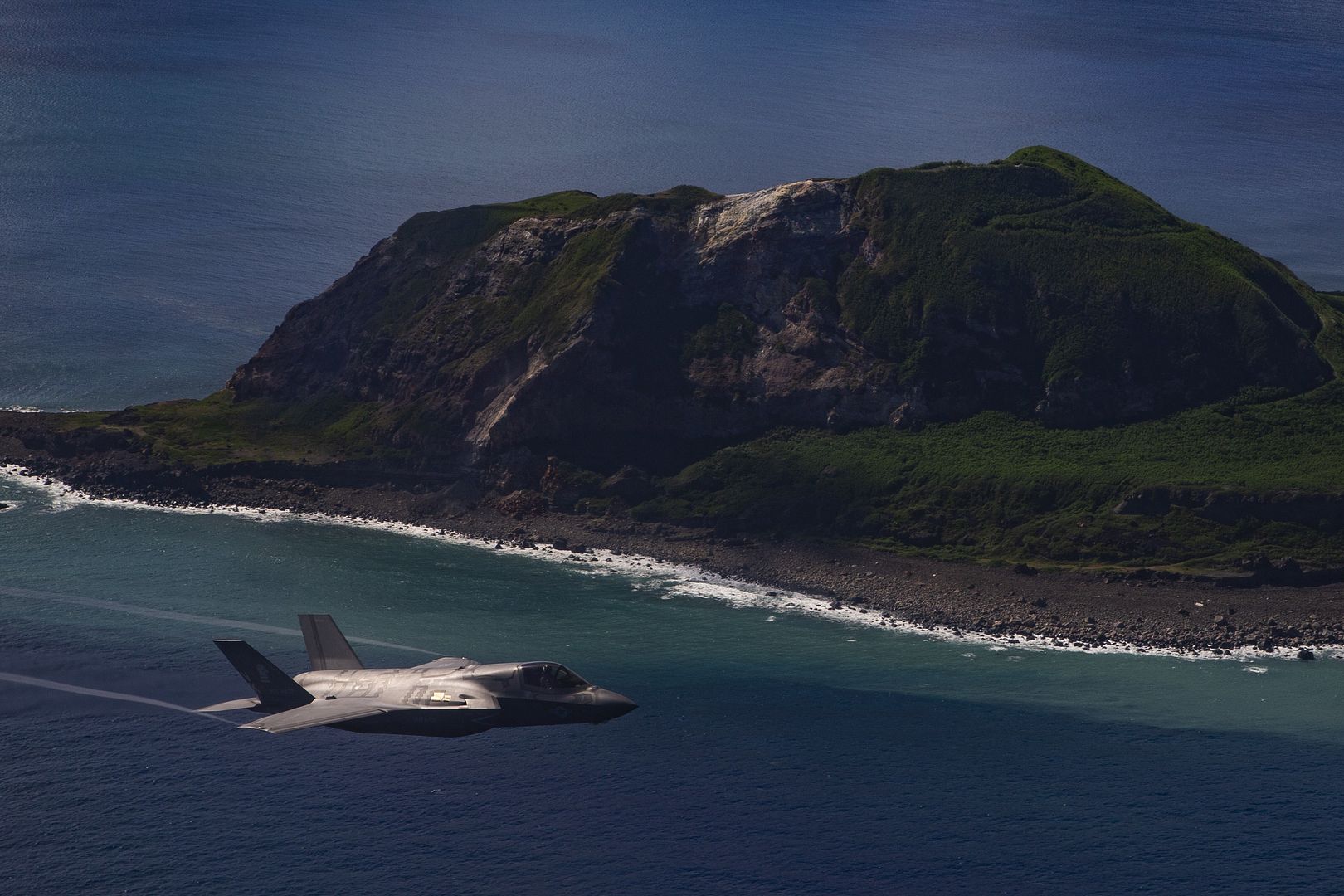
U.S. Marine Corps Lt. Col. Richard Rusnok, commanding officer of Marine Fighter Attack Squadron (VMFA) 121, flies an F-35B Lightning II Joint Strike Fighter during Exercise Valiant Shield 18 at Iwo To, Japan, Sep. 18, 2018. Valiant Shield is a biennial, U.S. only, field training exercise (FTX) with a focus on integration of joint training among U.S. forces in relation to current operational plans. This training enables real-world proficiency in sustaining joint forces through detecting, locating, tracking and engaging units at sea, in the air, on land, and in cyberspace in response to a range of mission areas. (U.S. Marine Corps photo by Lance Cpl. Seth Rosenberg)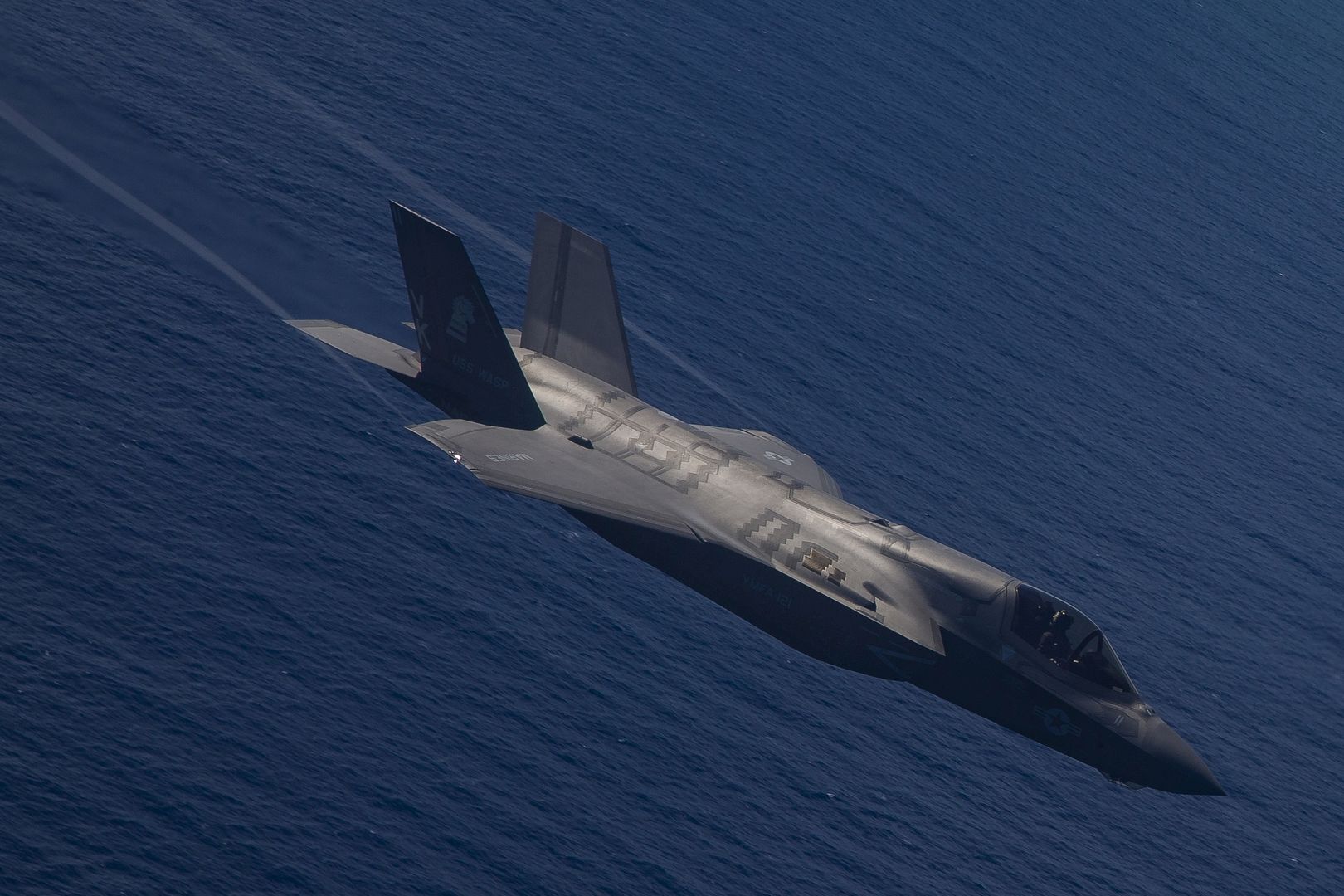
U.S. Air force F-15C Eagles Flie above the Mariana Islands in support of exercise Valiant Shield 18, Sept. 18, 2018. Valiant Shield is a U.S.-only, biennial field training exercise (FTX) with a focus on integration of joint training among U.S. forces in relation to current operational plans. This training enables real-world proficiency in sustaining joint forces through detecting, locating, tracking and engaging units at sea, in the air, on land, and in cyberspace in response to a range of mission areas. (U.S. Air Force photo's by Senior Airman Zachary Bumpus)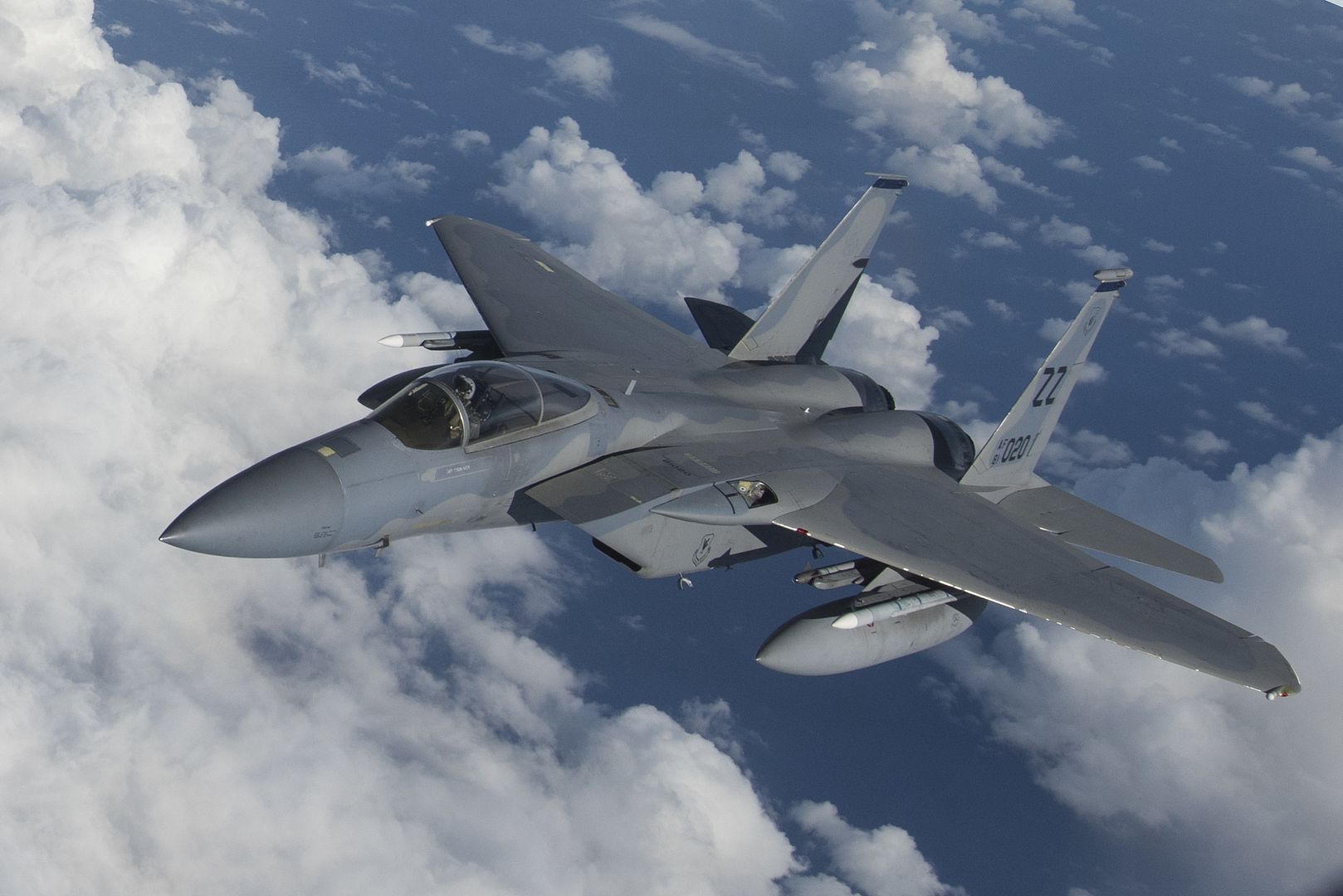
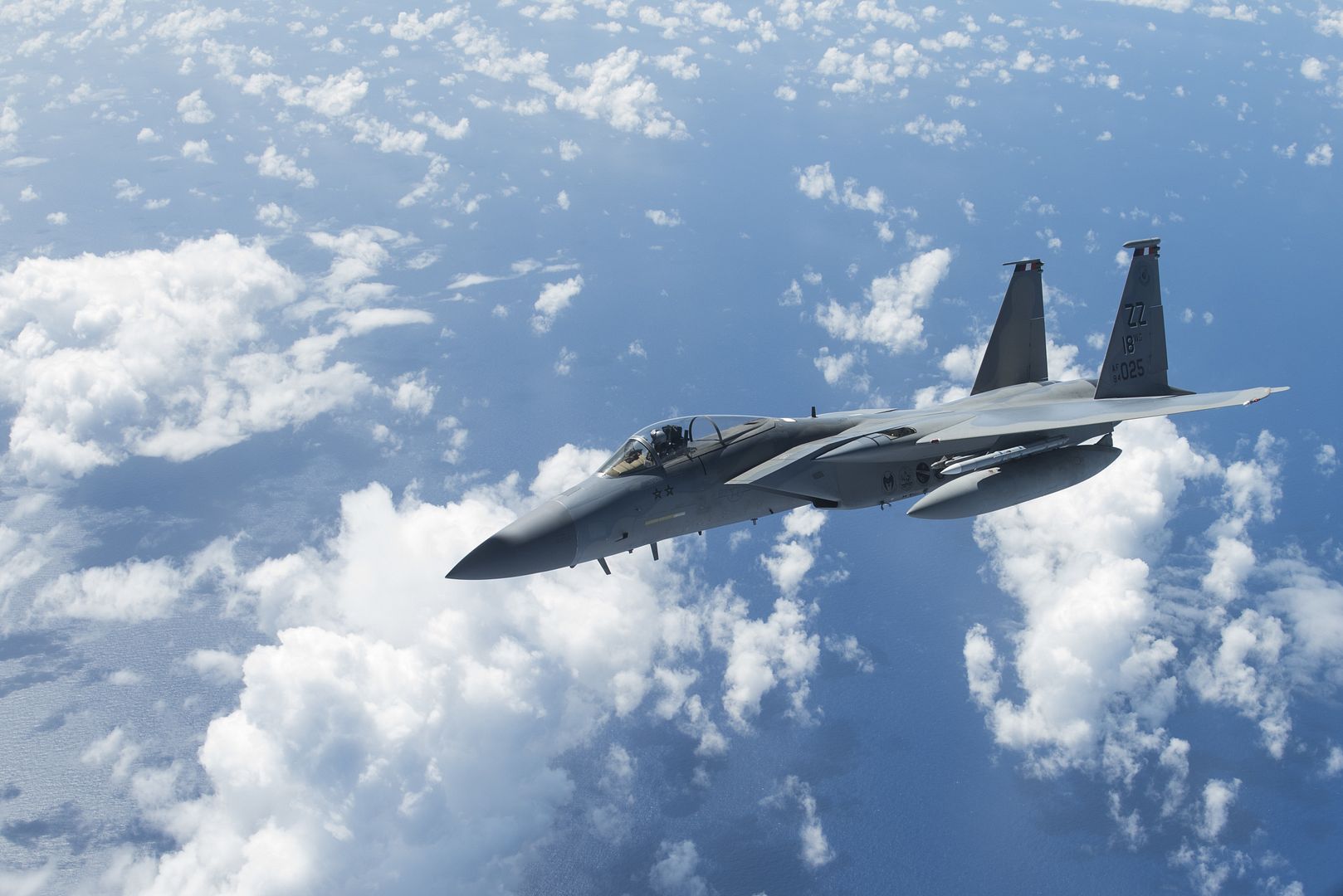
A U.S. Air force F-15D Eagle Flies above the Mariana Islands in support of exercise Valiant Shield 18, Sept. 18, 2018. Valiant Shield is a U.S.-only, biennial field training exercise (FTX) with a focus on integration of joint training among U.S. forces in relation to current operational plans. This training enables real-world proficiency in sustaining joint forces through detecting, locating, tracking and engaging units at sea, in the air, on land, and in cyberspace in response to a range of mission areas. (U.S. Air Force photo by Senior Airman Zachary Bumpus)
A U.S. Air Force F-15C Eagle refuels from a KC-135 Stratotanker in support of exercise Valiant Shield 18, Sept. 18, 2018. Valiant Shield is a U.S.-only, biennial field training exercise (FTX) with a focus on integration of joint training among U.S. forces in relation to current operational plans. This training enables real-world proficiency in sustaining joint forces through detecting, locating, tracking and engaging units at sea, in the air, on land, and in cyberspace in response to a range of mission areas. (U.S. Air Force photo by Senior Airman Zachary Bumpus)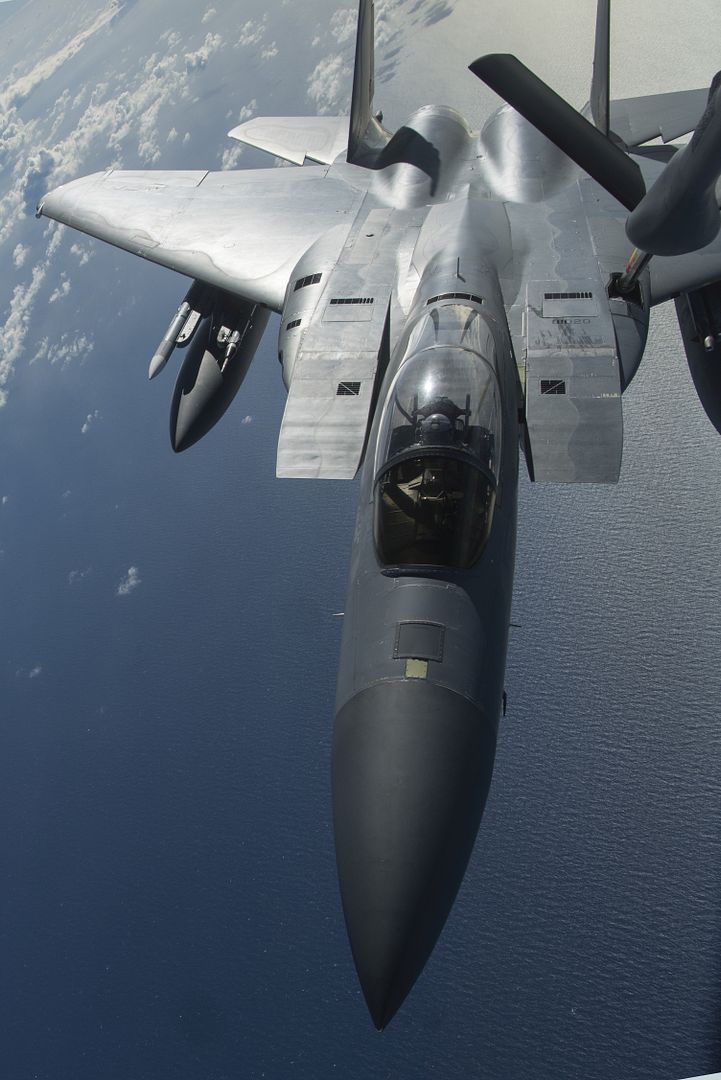
A U.S. Air Force F-15C Eagle executes a roll after refueling from a KC-135 Stratotanker in support of exercise Valiant Shield 18, Sept. 18, 2018. Valiant Shield is a U.S.-only, biennial field training exercise (FTX) with a focus on integration of joint training among U.S. forces in relation to current operational plans. This training enables real-world proficiency in sustaining joint forces through detecting, locating, tracking and engaging units at sea, in the air, on land, and in cyberspace in response to a range of mission areas. (U.S. Air Force photo by Senior Airman Zachary Bumpus)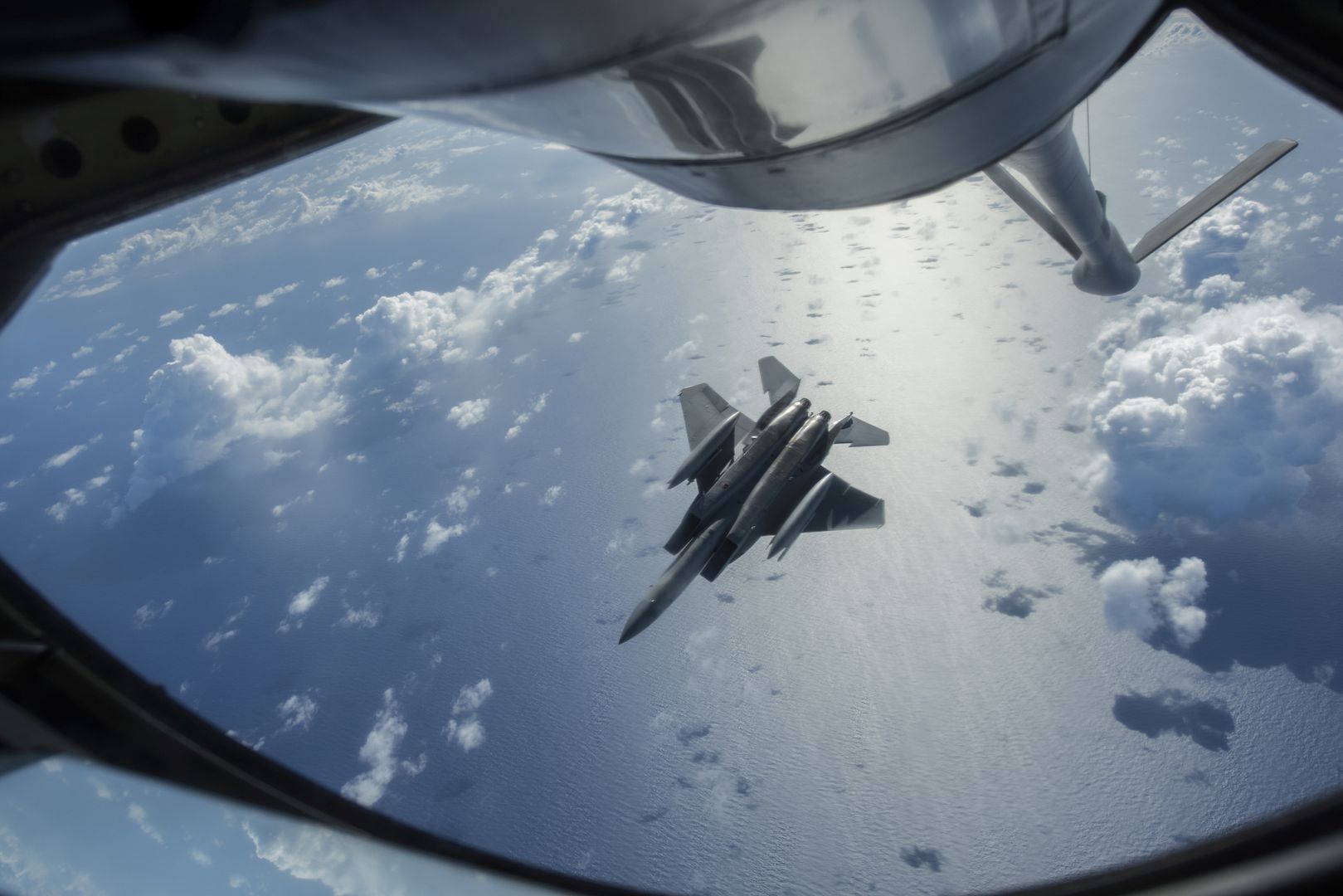
U.S. Air Force Senior Airman Alex Hoffman, a crew chief assigned to the 180th Fighter Wing, Ohio Air National Guard, inspects an F-16 Fighting Falcon Sept. 18, 2018 during Combat Archer, a two-week air-to-air Weapons System Evaluation Program to prepare and evaluate operational fighter squadrons' readiness for combat operations, at Tyndall Air Force Base, Florida. Combat Archer enhances the routine training 180FW Airmen receive during the year, ensuring they are qualified and ready to deploy anywhere in the world. (U.S. Air National Guard photo by Staff Sgt. Shane Hughes)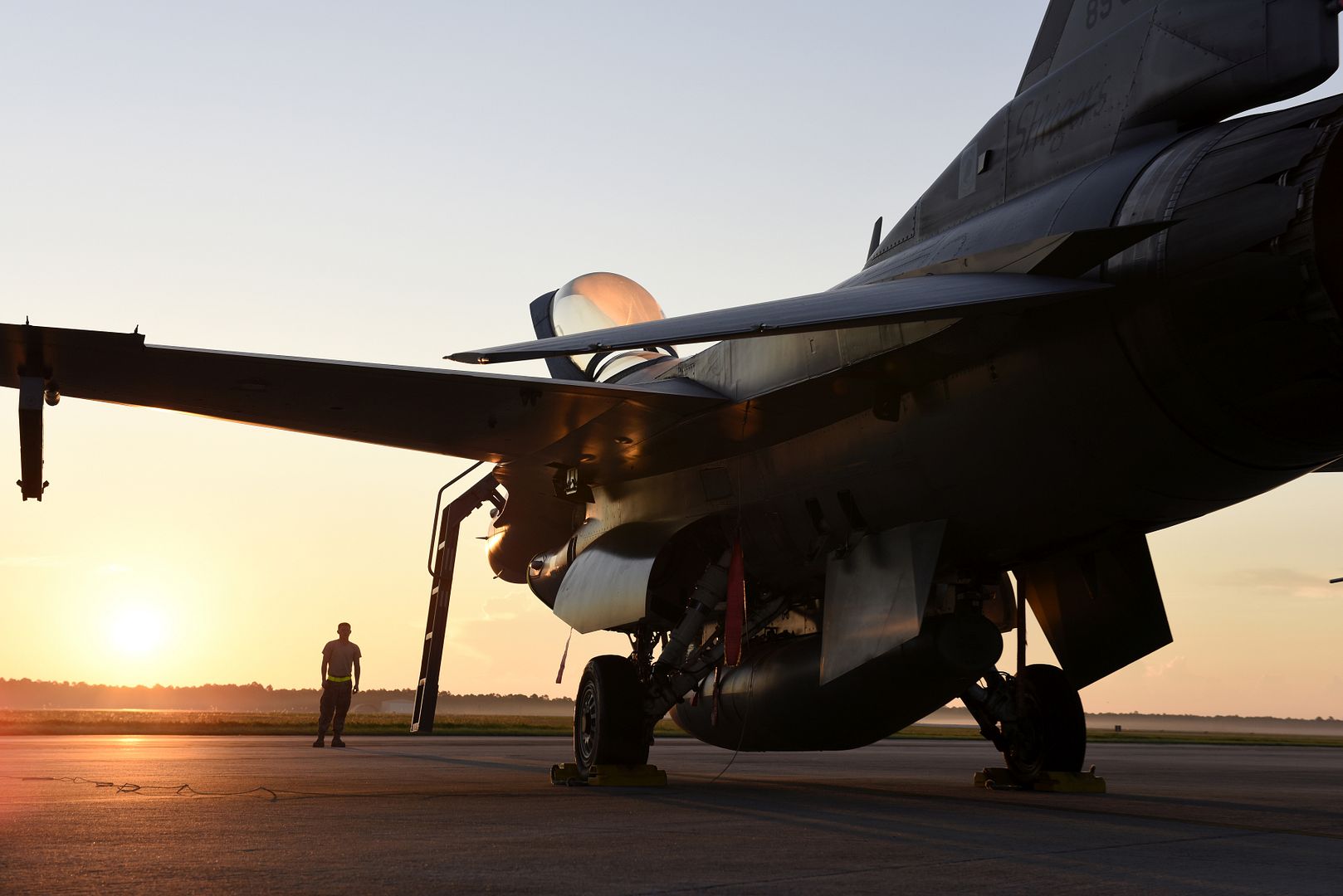
U.S. Air Force F-16 Fighting Falcons from the 180th Fighter Wing, Ohio Air National Guard, sit on the flight line Sept. 17, 2018 during Combat Archer, a two-week air-to-air Weapons System Evaluation Program to prepare and evaluate operational fighter squadrons' readiness for combat operations, at Tyndall Air Force Base, Florida. Combat Archer equips 180FW Airmen with the skills they need to protect of the American homeland and provide increased capability to the Combatant Commander. (U.S. Air National Guard photo's by Staff Sgt. Shane Hughes)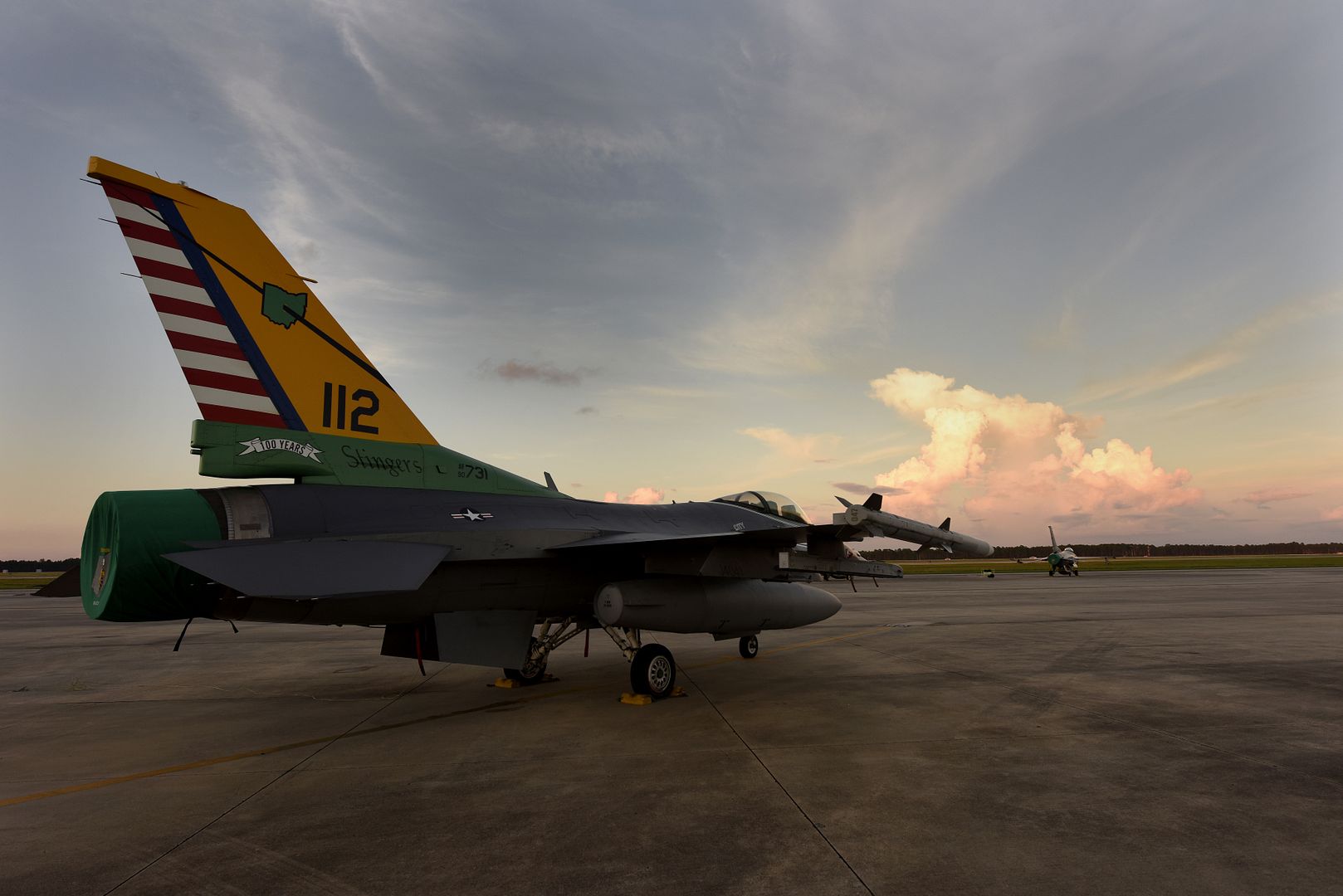
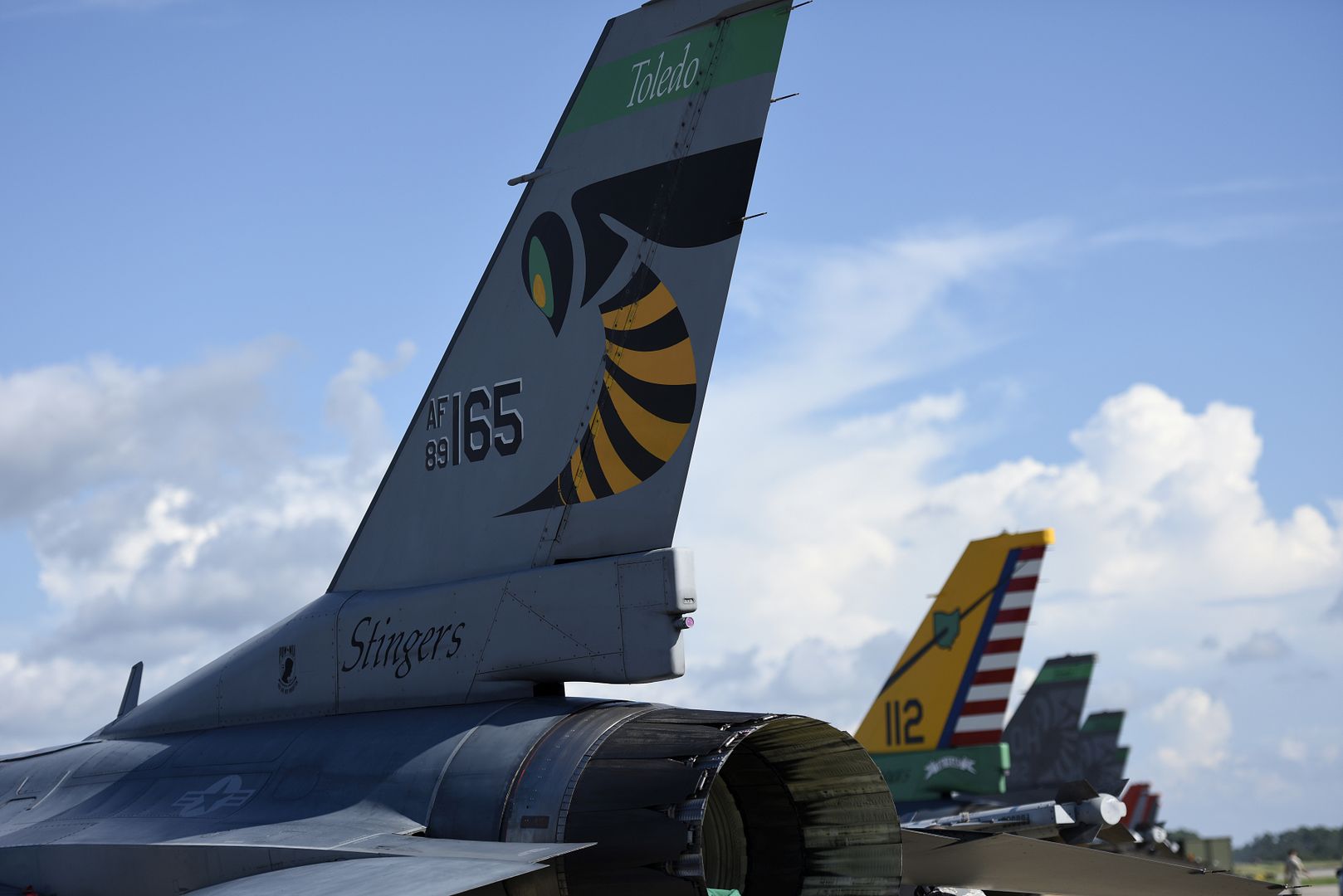
Sailors attached to Explosive Ordnance Disposal Mobile Unit (EODMU) 5 fast rope from an MH-60S Sea Hawk helicopter, assigned to the "Island Knights" of Helicopter Sea Combat Squadron (HSC) 25, to the flight deck of aviation logistics support container ship SS Curtiss (T-AVB 4) during a visit, board, search and seizure training exercise off the coast of Guam Sept. 18, 2018 as a part of Valiant Shield 2018. Valiant Shield is a U.S. only, biennial field training exercise (FTX) with a focus on integration of joint training in a blue-water environment among U.S. forces. This training enables real-world proficiency in sustaining joint forces through detecting, locating, tracking, and engaging units at sea, in the air, on land, and in cyberspace in response to a range of mission areas. (U.S. Navy photo by Mass Communication Specialist 2nd Class Billy Ho/Released)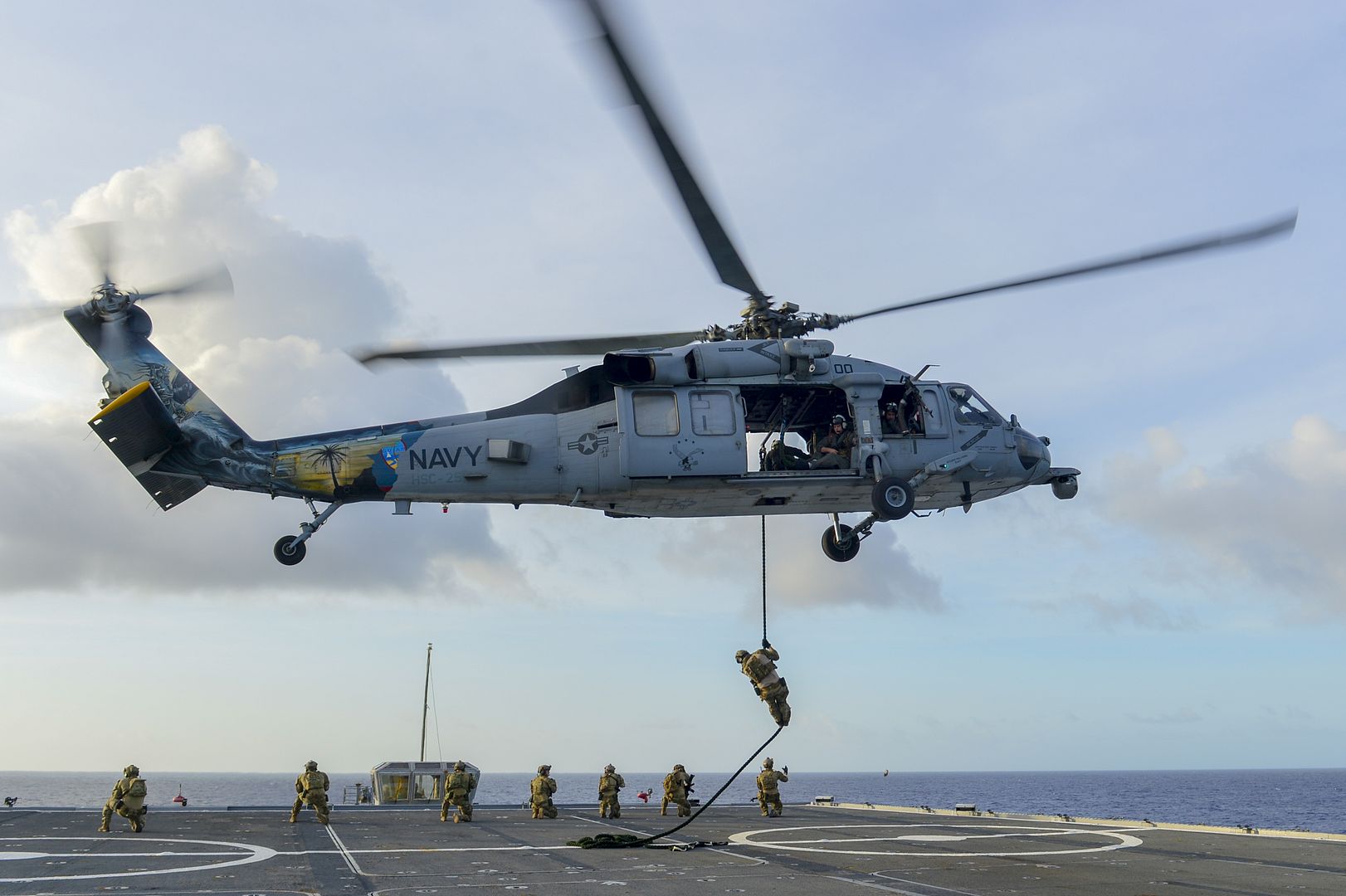
A NATO Airborne Early Warning & Control Force E-3A taxiis down the flight line at Davis-Monthan Air Force Base, Ariz., Sept. 11, 2018. This AWACS aircraft is the third to retire from the NATO AEW&C Force at the 309th Aerospace Maintenance and Regeneration Group. AWACS surveillance aircraft played an important role in NATO operations such as in the United States after 9/11, in Libya and in Afghanistan. It also provided air support to secure NATO summits and international sporting events. (U.S. Air Force photo's by Senior Airman Mya M. Crosby)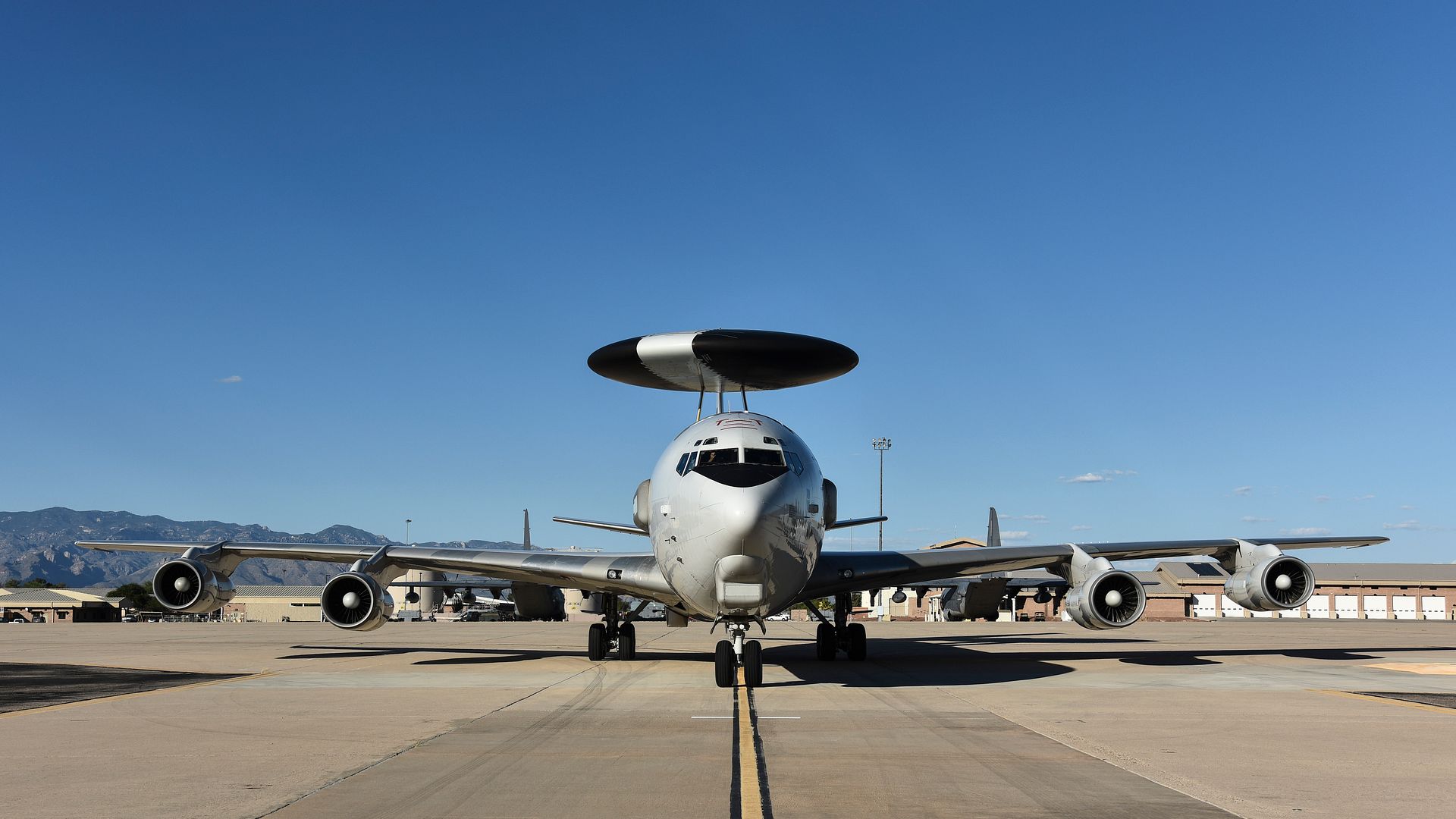
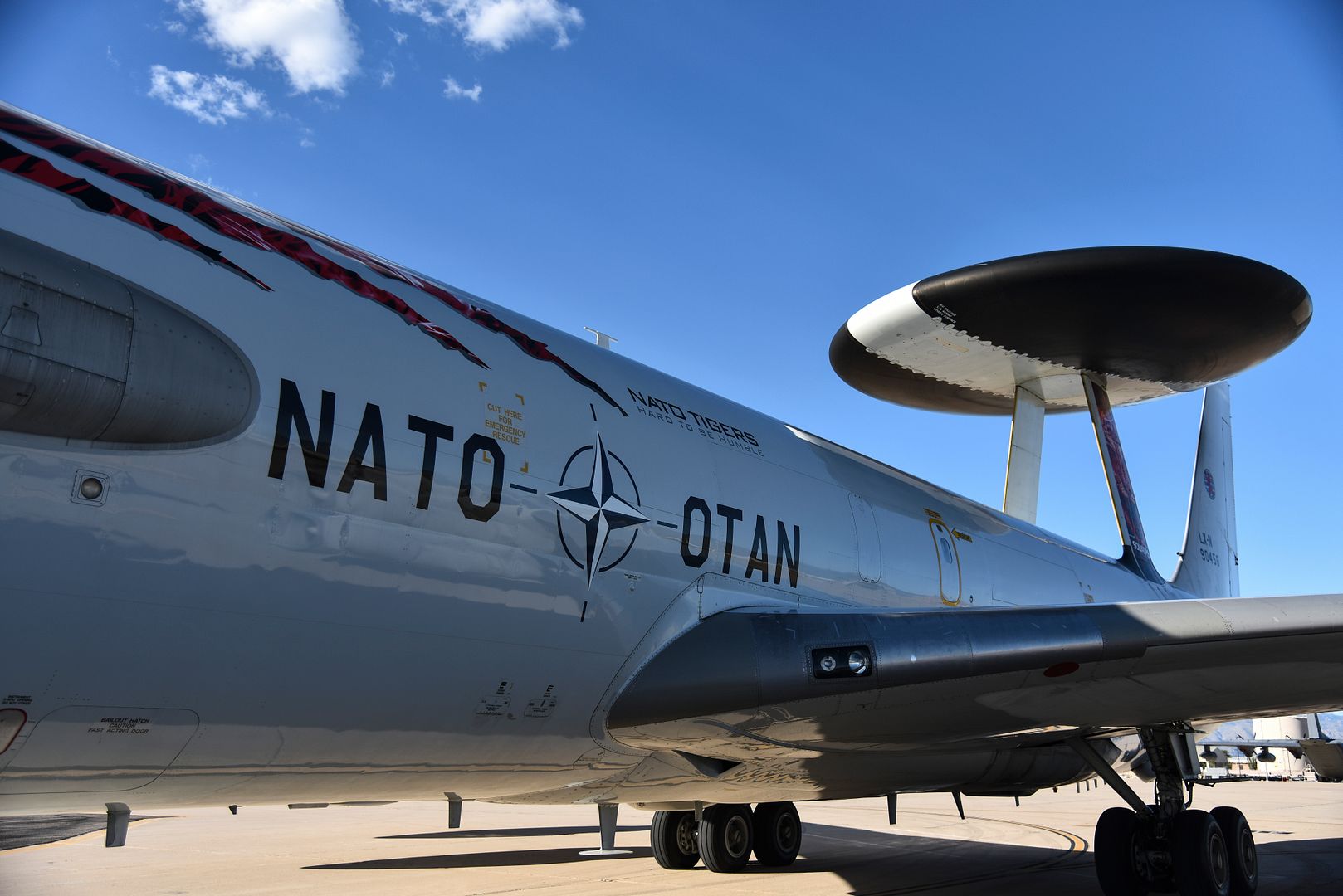

Airbus? A320 Family production facility in the U.S. will this week deliver its first aircraft partially powered by sustainable jet fuel. The latest A321 for JetBlue is due to depart Mobile on 20 September with 15 percent sustainable jet fuel in its tanks.
In total, five A321 aircraft are due to be delivered to JetBlue from Mobile using sustainable fuel by the end of 2018. All of the fuel will be supplied and certified by Air BP. It will be loaded into the aircraft by Signature Flight Support, Airbus? fueling services provider in Mobile.
Since May 2016, Airbus has offered customers the option of taking delivery of new aircraft from Toulouse, France, using a blend of sustainable jet fuel. Following the deliveries to JetBlue, Airbus will determine the next steps toward offering this option to more customers taking aircraft deliveries from Mobile. Longer term, Airbus envisions supporting industrial production of sustainable fuels for aviation in the southeastern U.S.
?Our goal is to source sustainable fuels in the southeastern United States. It is an opportunity to work closely with local stakeholders to scale-up production and the commercialization of sustainable aviation fuels in the region,? said Frederic Eychenne, Head of New Energies at Airbus. ?We are actively seeking ideas to leverage Airbus? strategy into opportunities for new economic development in Alabama.?
?This is another example of JetBlue acknowledging that a sustainable future for aviation will require cooperation between all parts of the industry,? said Robin Hayes, Chief Executive Officer, JetBlue. ?Renewable jet fuel affirms JetBlue?s belief that we can help define our industry?s future path. Our goal is to serve as a market-maker for renewable jet fuel, creating demand and therefore supporting supply. We?re working closely with Airbus to set up infrastructure for more options in the southeast region.?
Air BP Chief Commercial Officer, Matt Elliott, added: ?The airline industry has ambitious carbon reduction targets, which in a growing industry will only be achieved with support from across the entire supply chain. We are working closely with airlines and aircraft manufacturers, such as Airbus, to drive change by promoting and securing the supply of sustainable alternative jet fuel.?
?Signature Flight Support is proud to play a role supporting Airbus and JetBlue in their efforts to utilize sustainable fuels. BBA Aviation and Signature Flight Support are committed to reducing our impact on the environment and to the industry innovations that help to drive that effort,? stated Mark Johnstone, Chief Executive for BBA Aviation and CEO of Signature Flight Support, which also collaborates with Air BP to offer its business jet customers carbon neutral fuel by offsetting the emissions through the BP Target Neutral programme.
In another commitment to sustainability throughout the aircraft?s lifecycle, Airbus also announced its U.S. Manufacturing Facility in Mobile officially received its ISO 14001 certification. ISO 14001 is a voluntary internationally recognised standard setting out the criteria for an environment management system. The certificate covers activities, products and services of 20 sites across 7 countries, i.e. over 56,000 employees. Airbus was the first aircraft manufacturer to be certified ISO 14001 for all its sites, products and services.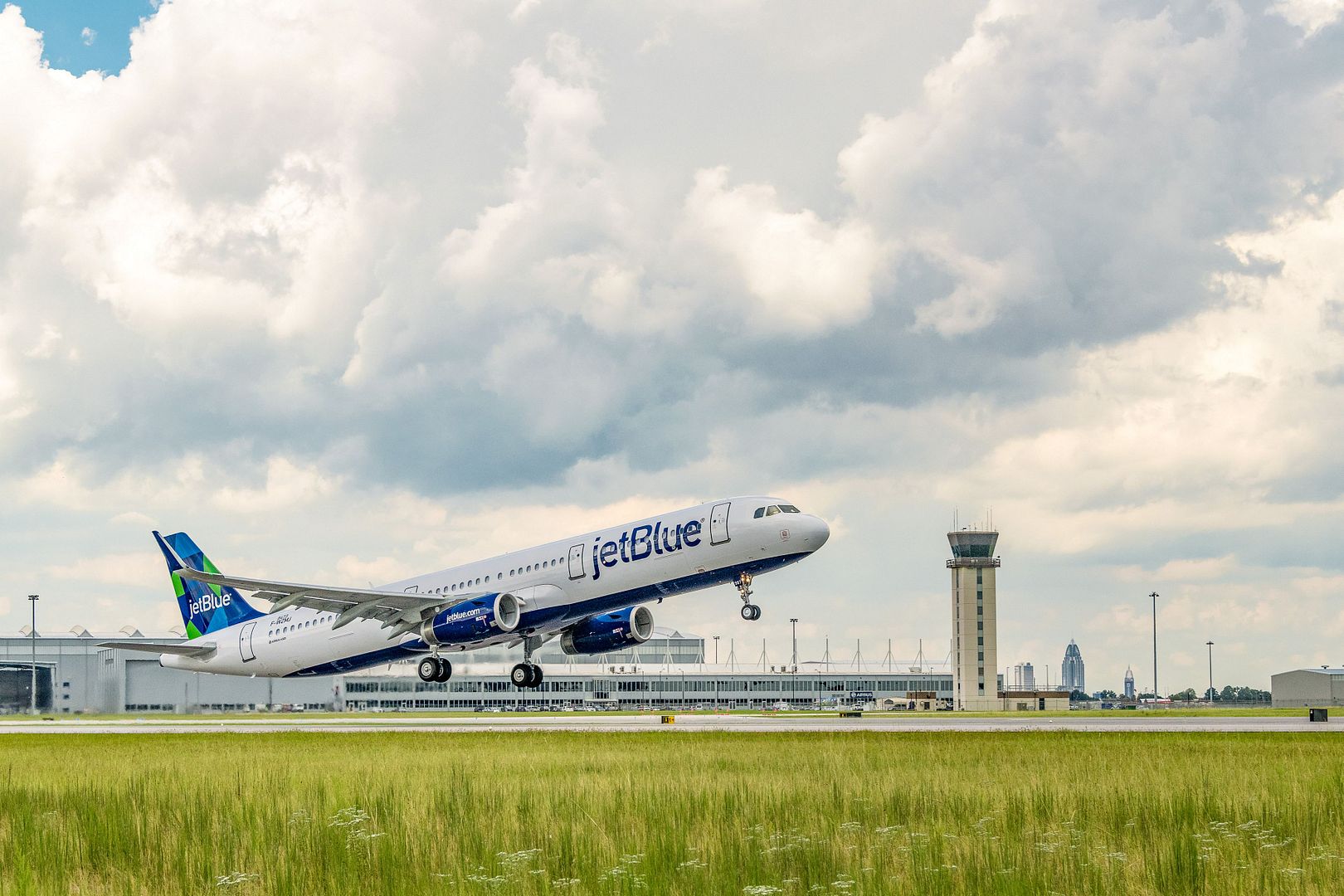
-
 Main Admin08.28.2018
Main Admin08.28.2018
U.S. Customs and Border Protection, Air and Marine Operations provided support during Hurricane Florence. Seen here are Orion aircraft used for transporting crew out on hurricane response flights.
Courtesy Photo's.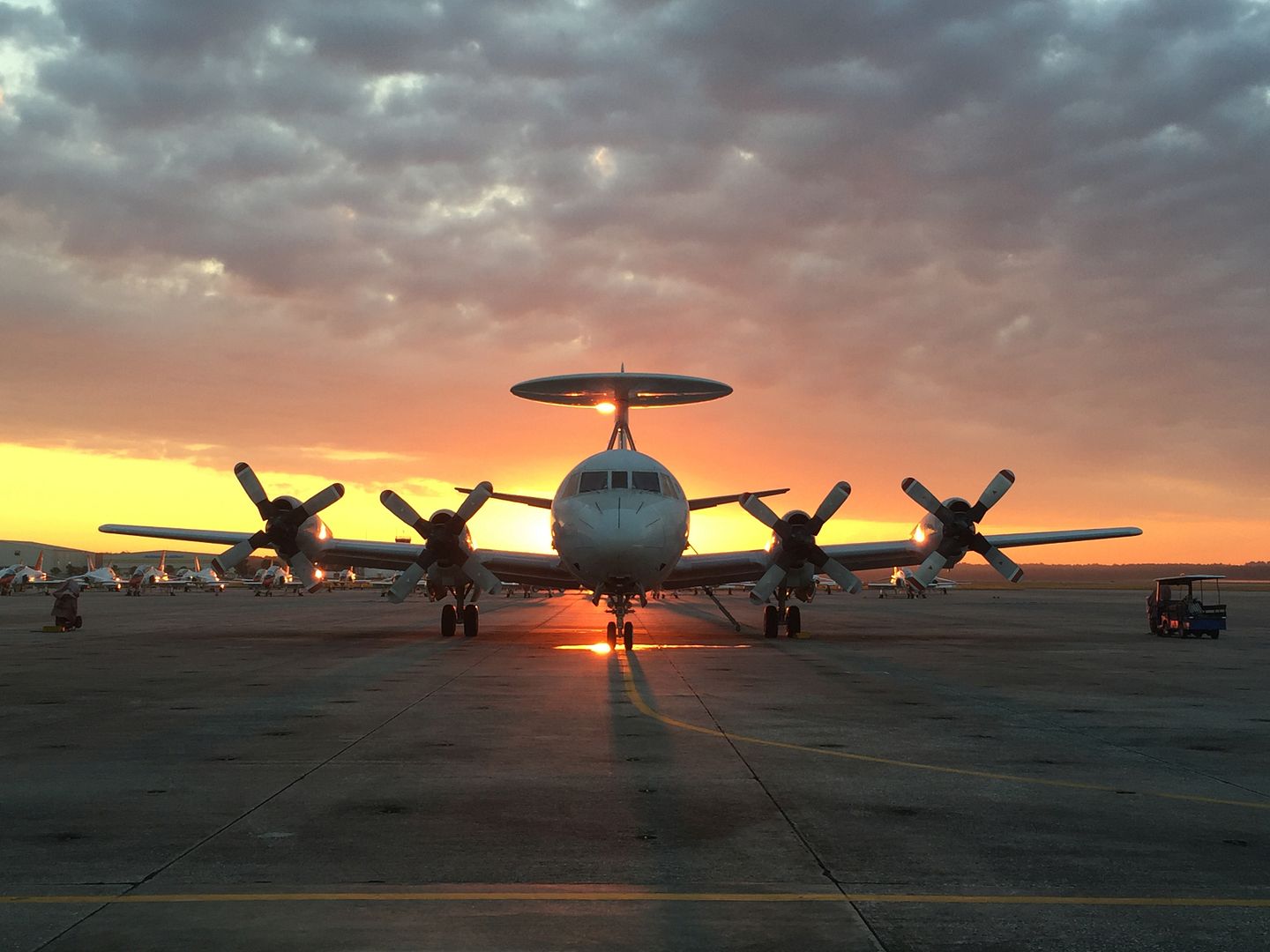
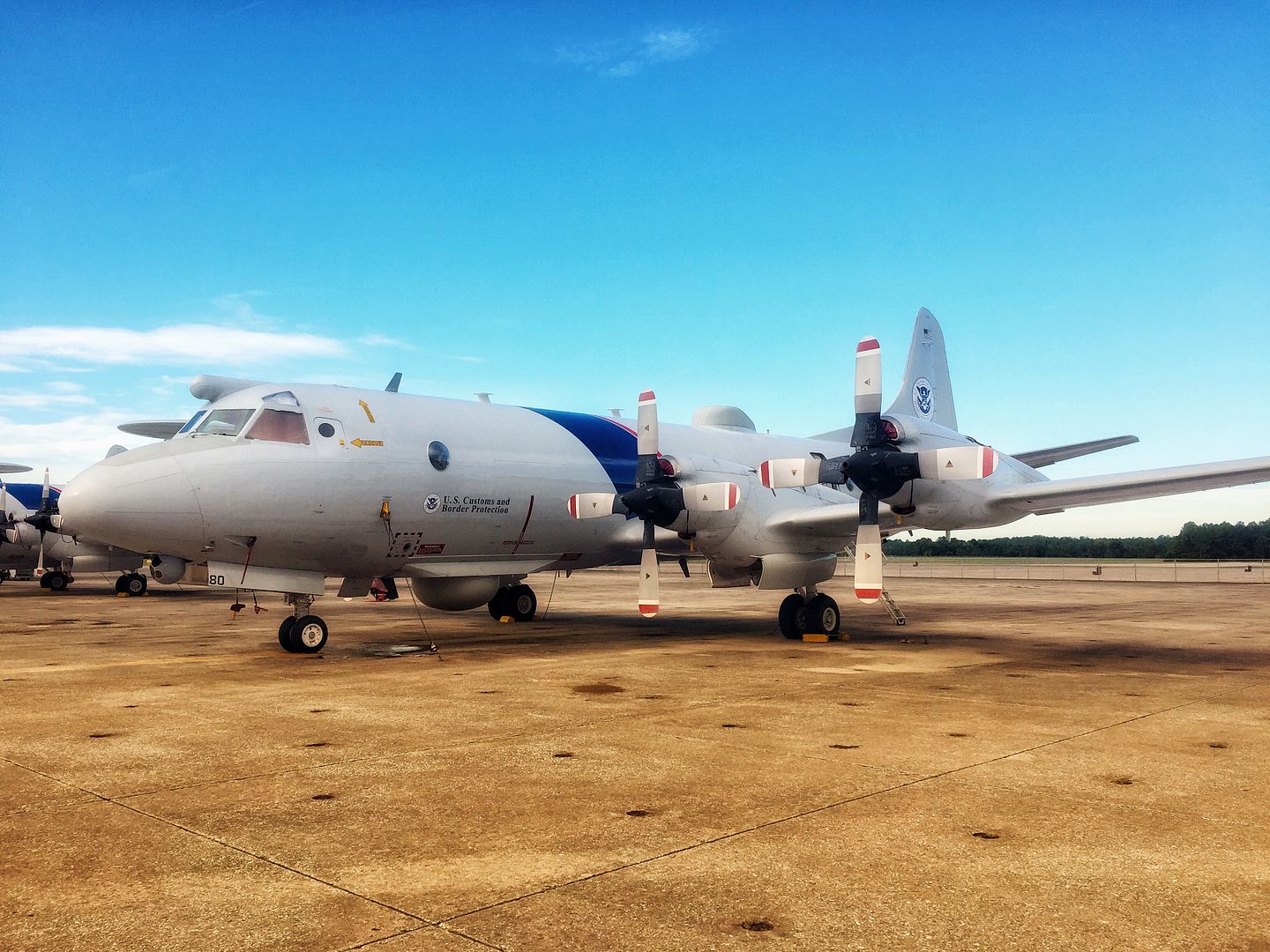
A U.S. Air Force KC-10 Extender from Travis Air Force Base, California, returns from a mission in support of exercise Valiant Shield 18 at Andersen Air Force Base, Guam, Sept. 19, 2018. Valiant Shield 18 is a biennial, U.S.-only, field training exercise with a focus on integration of joint training among U.S. forces in relation to current operational plans. This training enables real-world proficiency in sustaining joint forces through detecting, locating, tracking and engaging units at sea, in the air, on land, and in cyberspace in response to a range of mission areas. (U.S. Air National Guard photo by Senior Master Sgt. Roger Parsons)
A U.S. Air Force F-15D Eagle from the 67th Fighter Squadron, Kadena Air Base, Japan, returns from a mission in support of exercise Valiant Shield 18 at Andersen Air Force Base, Guam, Sept. 19, 2018. Valiant Shield 18 is a biennial, U.S.-only, field training exercise with a focus on integration of joint training among U.S. forces in relation to current operational plans. This training enables real-world proficiency in sustaining joint forces through detecting, locating, tracking and engaging units at sea, in the air, on land, and in cyberspace in response to a range of mission areas. (U.S. Air National Guard photo by Senior Master Sgt. Roger Parsons)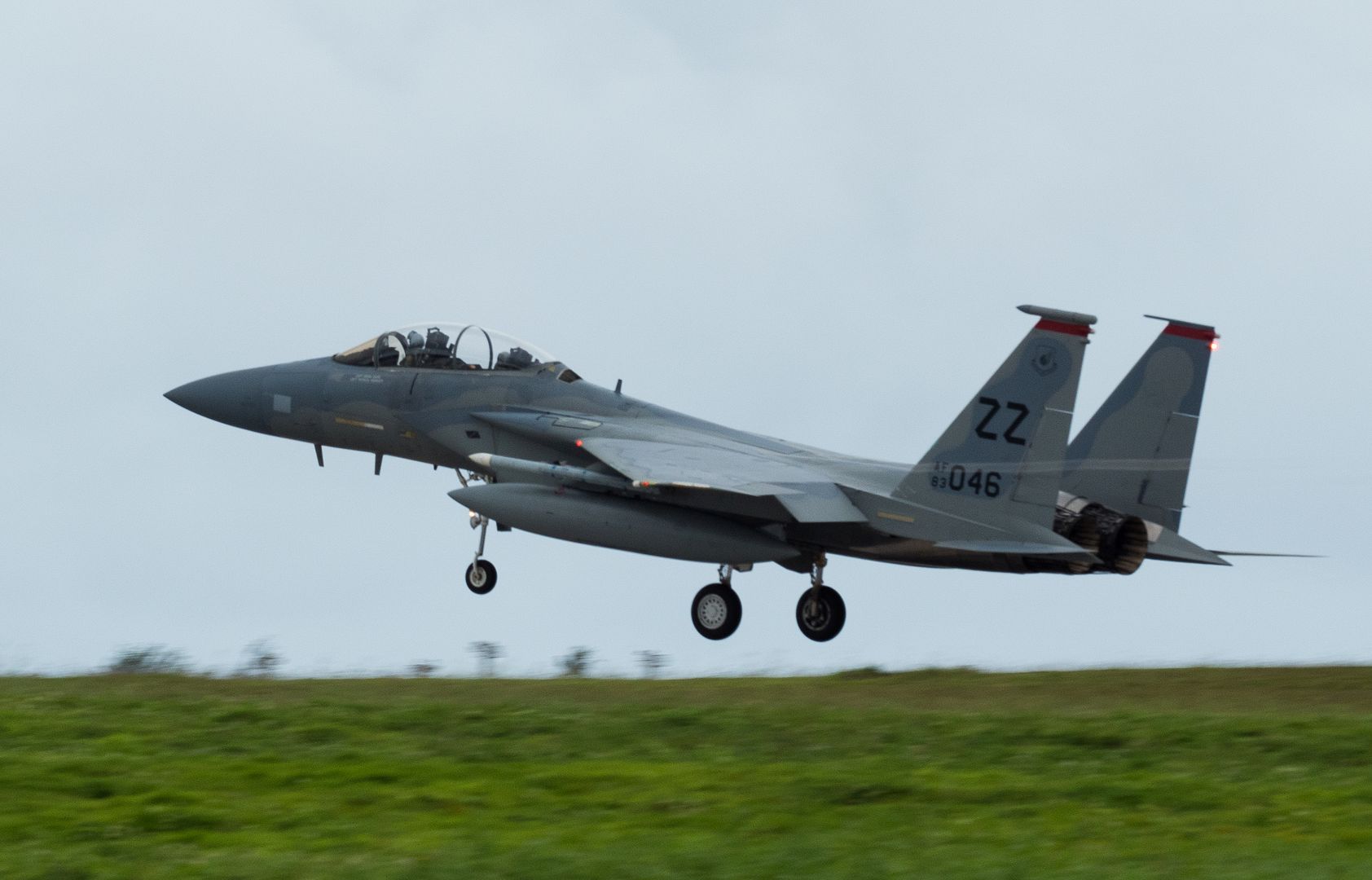
A U.S. Navy F/A-18E Super Hornet from the VFA-27 Royal Maces Squadron based in Atsugi, Japan, returns from a mission in support of exercise Valiant Shield 18 at Andersen Air Force Base, Guam, Sept. 19, 2018. Valiant Shield 18 is a biennial, U.S.-only, field training exercise with a focus on integration of joint training among U.S. forces in relation to current operational plans. This training enables real-world proficiency in sustaining joint forces through detecting, locating, tracking and engaging units at sea, in the air, on land, and in cyberspace in response to a range of mission areas. (U.S. Air National Guard photo by Senior Master Sgt. Roger Parsons)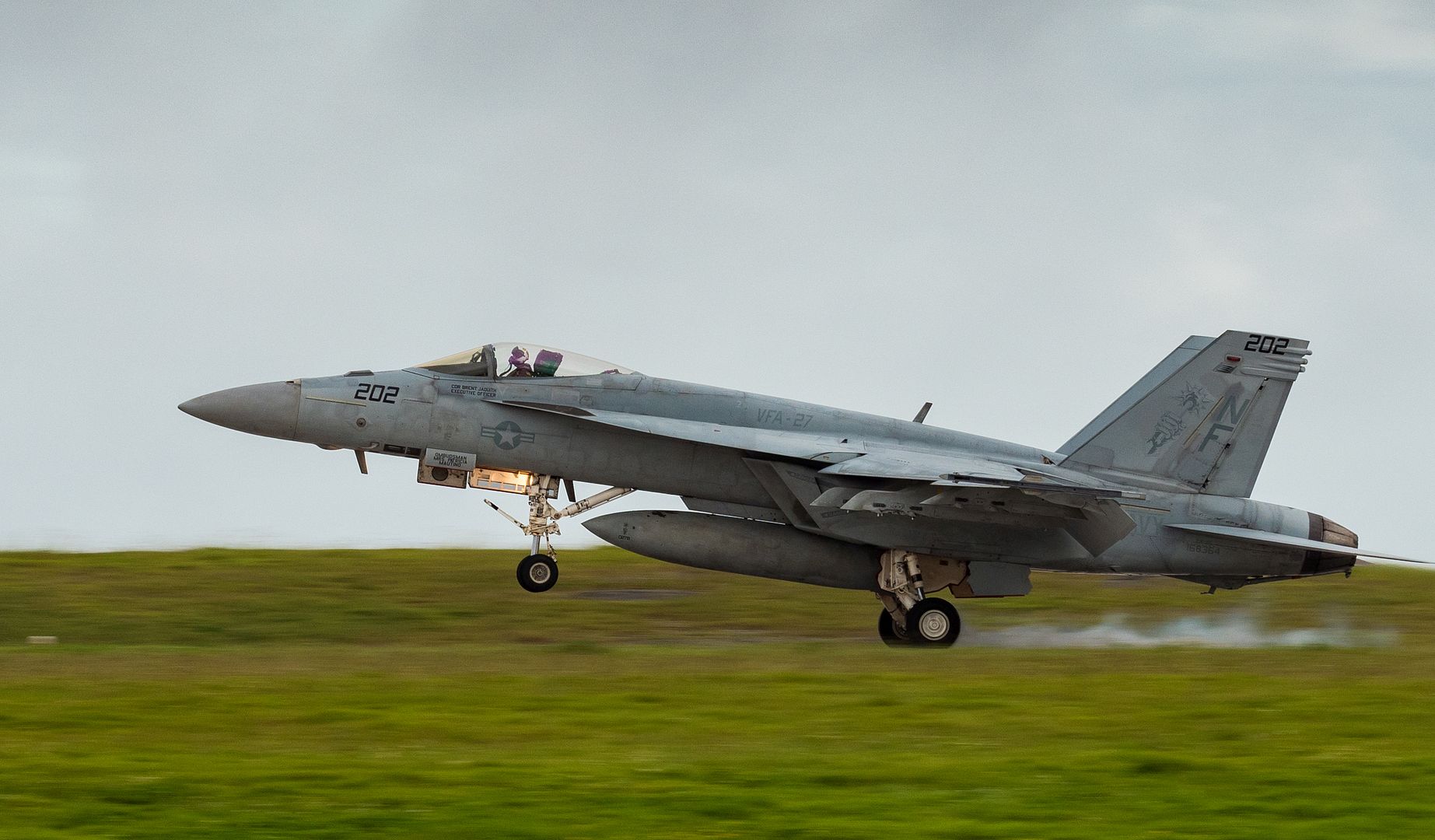
A U.S. Air Force crew chief assigned to the 180th Fighter Wing, Ohio Air National Guard, conducts preflight checks Sept. 20, 2018 during Combat Archer, a two-week air-to-air Weapons System Evaluation Program to prepare and evaluate operational fighter squadrons' readiness for combat operations, at Tyndall Air Force Base, Florida. Combat Archer equips 180FW Airmen with the skills they need to protect of the American homeland and provide increased capability to the Combatant Commander. (U.S. Air National Guard photo by Staff Sgt. Shane Hughes)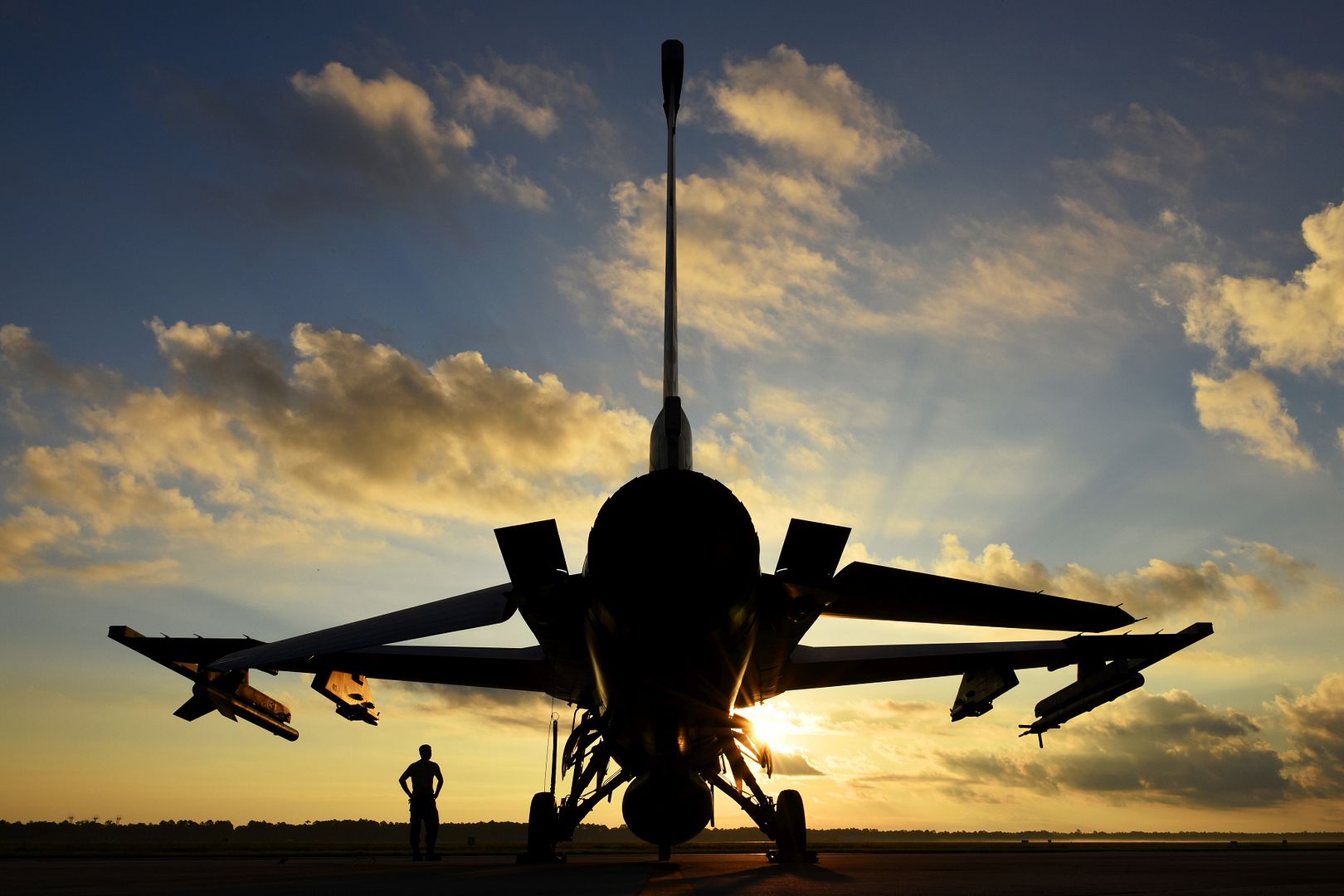
Rome 20/09/2018
Leonardo and the Paramount Group signed a Letter of Intent during the ?Africa Aerospace & Defence? exhibition held in Pretoria. According to the agreement, Leonardo and Paramount, will evaluate a cooperation for the development of an operational configuration of M-345 jet trainer marketed in the African market and will include the possible involvement of Paramount in the SF-260 programme and its Logistic Support services.
Lucio Valerio Cioffi, Leonardo?s Aircraft Division Managing Director, said: ?we believe the African market shows great potential for the M-345 programme. We think that a collaboration with a high level partner, such as Paramount, is strategic to develop a new M-345 operational configuration for the African market. The M-345 is a basic/advanced trainer with multirole capabilities and costs comparable to a turboprop aircraft. These characteristics and more make the M-345 perfectly suited for the African market.?
The new M-345 is allows Air Forces to reduce training times and enables trainees to leverage a platform with higher performance flight characteristics than current basic/advanced training aircraft in service worldwide. Furthermore it allows to carry out the most demanding missions in the training syllabus in order to achieve high quality training at significantly lower costs.
Ralph Mills, Paramount Advanced Technologies CEO, stated: ?We are very excited to launch and demonstrate our Smart Weapons Integration on Fast-Jet Trainers (SWIFT) mission system alongside the African debut of Leonardo?s M-345 jet trainer. SWIFT is focused on current threats and current customer requirements. It offers low acquisition and operation costs and is suitable for non-conventional or asymmetric warfare. It addresses the customers growing need for multi-role configuration to adapt to different mission roles without major re-configuration and extended time delay. The platform can be described as short timeframe, light combat and surveillance solution utilising the best of the best in the defence industry.?
The M-345 cockpit architecture is the same as the frontline fighters. The M-345 can also perform operational roles, thanks to an extended flight envelope, with high-speed maneuvering capability even at high altitudes, modern avionics systems, high load capacity and performance.
The long life-cycle of the aircraft, the maintenance philosophy based on just two levels eliminating expensive general overhauls and the structure and system health monitoring system (HUMS) contributes to the costs reduction of M-345.
The pilot will be able to perform with higher efficiency planned maneuvers beforehand, fly in formation with other airplanes interacting in real time via data-link with other pilots both on other aircrafts in flight and on ground simulators, thanks to the sophisticated training simulator on board. Furthermore it is possible to plan the mission scenarios and then download the flight data thanks to the ?Mission Planning and Debriefing Station? (MPDS) re-analyzing the missions carried out during the debriefing phase.
The engine on the trainer is a turbofan Williams FJ44-4M-34 and it is optimized for military and acrobatic use. The cockpit is based upon HOTAS (Hands On Throttle-And-Stick) controls, glass cockpit with three color MFD (Multi-function Display) touch screen and a Head-up display which is mirrored by a fourth screen in the rear seat.
-
 Main AdminA U.S. Air Force F-15C Eagle With 44th fighter squadron takes off at Andersen Air Force Base, Guam, Sep. 20, 2018, during Valiant Shield. Exercise Valiant Shield is a biennial, U.S. only, field training exercise (FTX) with a focus on integration of joint training among U.S. forces in relation to current operational plans. This training enables real-world proficiency in sustaining joint forces through detecting, locating, tracking and engaging units at sea, in the air, on land, and in cyberspace in response to a range of mission areas. (U.S. Marine Corps photo by Lance Cpl. Seth Rosenberg)
Main AdminA U.S. Air Force F-15C Eagle With 44th fighter squadron takes off at Andersen Air Force Base, Guam, Sep. 20, 2018, during Valiant Shield. Exercise Valiant Shield is a biennial, U.S. only, field training exercise (FTX) with a focus on integration of joint training among U.S. forces in relation to current operational plans. This training enables real-world proficiency in sustaining joint forces through detecting, locating, tracking and engaging units at sea, in the air, on land, and in cyberspace in response to a range of mission areas. (U.S. Marine Corps photo by Lance Cpl. Seth Rosenberg)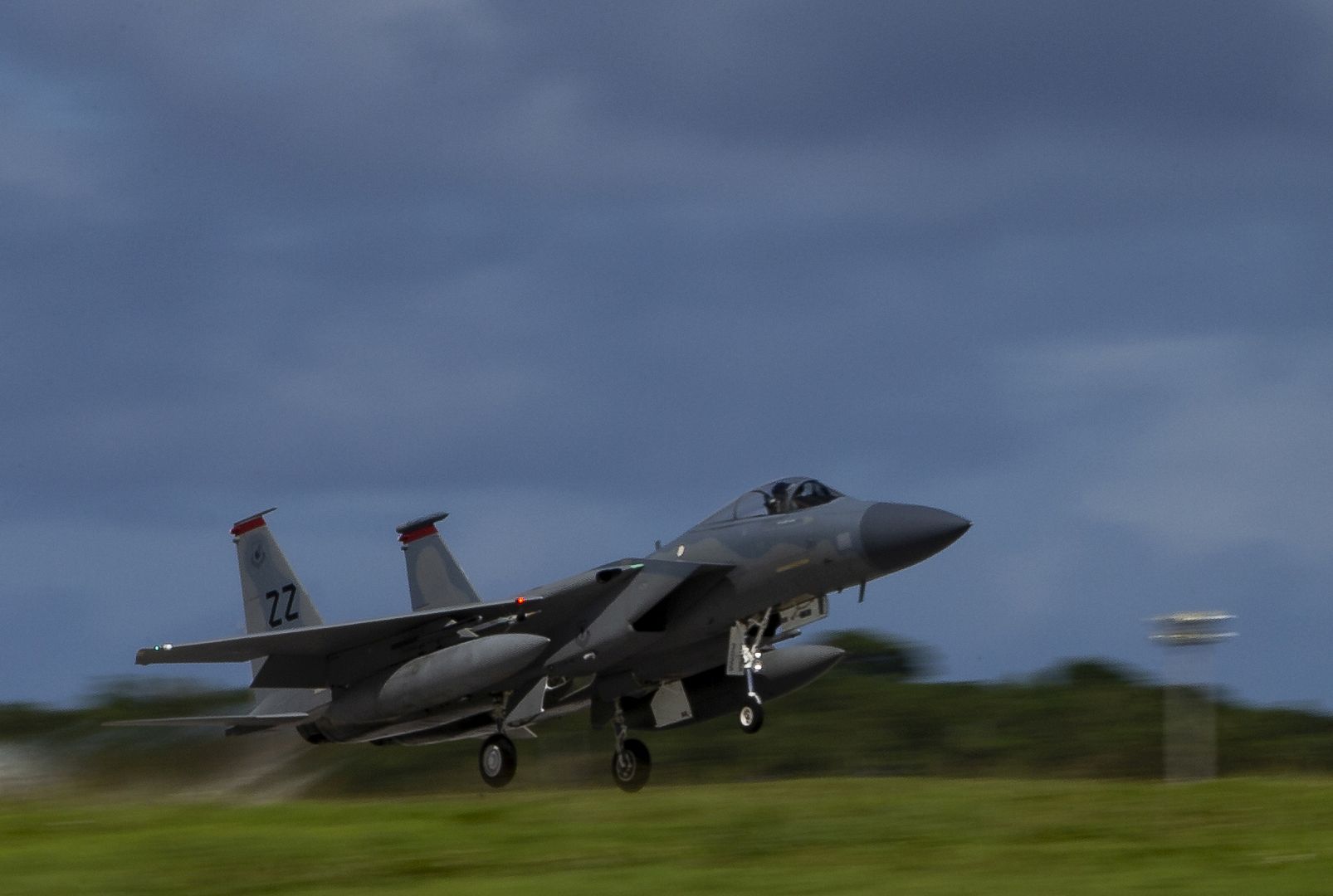
The U.S. Army Golden Knights conduct their skydives from a UV-18C "Twin Otter" Short Take Off and Landing utility aircraft. They conducted a tandem jump camp at Max Westheimer Airport in Norman, Oklahoma, on Sept. 20, 2018. A total of 15 community leaders jumped from an altitude of 12,500 feet attached to an Army parachutist. U.S. Army National Guard photo by Maj. Geoff Legler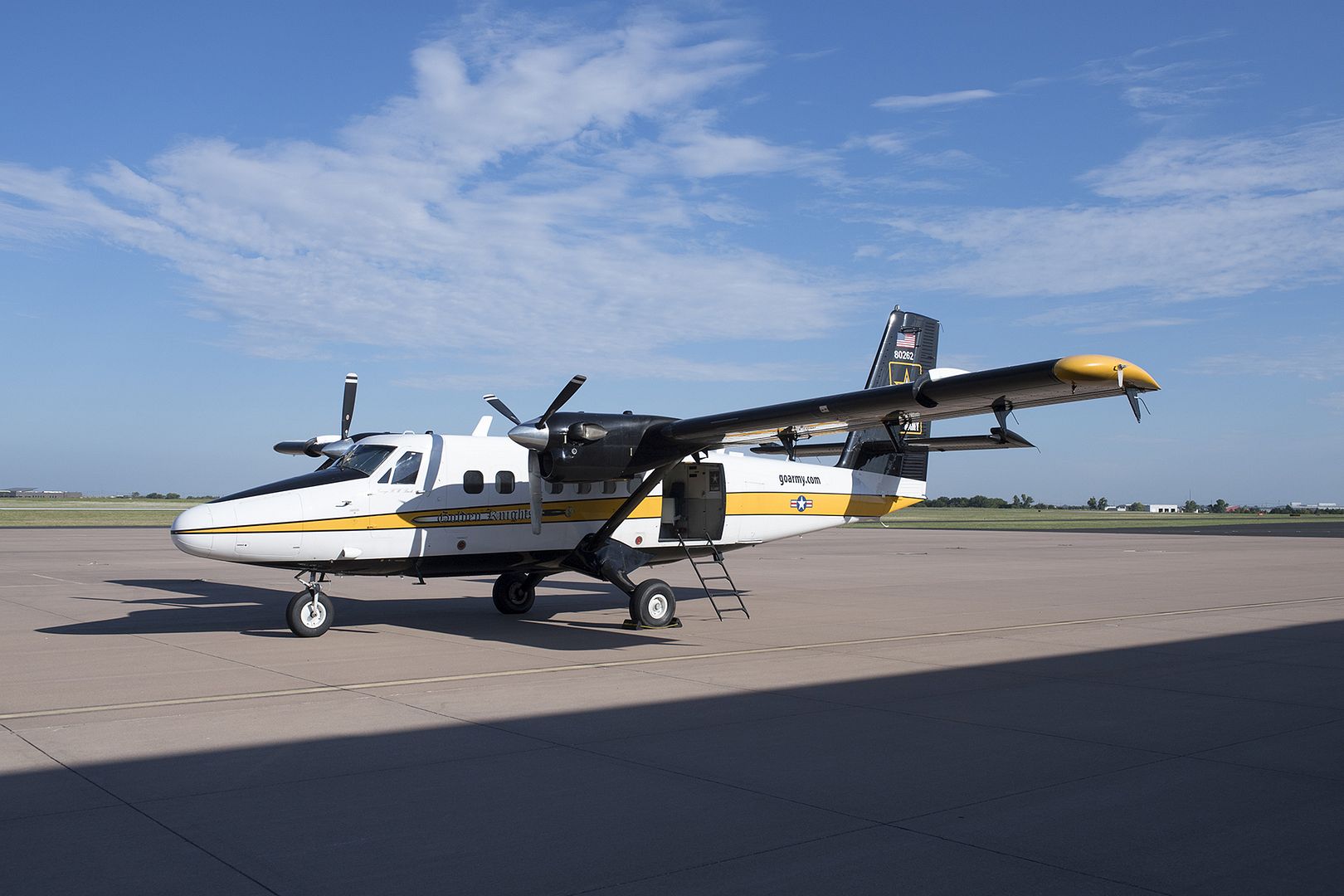
A U.S. Air Force F-15C Eagle assigned to RAF Lakenheath, England, prepares to receive fuel from a KC-135 Stratotanker from the 100th Air Refueling Wing, RAF Mildenhall, England, in support of exercise One Sky, over Poland Sept. 20, 2018. Training with NATO allies such as Poland improves interoperability and demonstrates the United States? commitment to regional security. (U.S. Air Force photo by Airman 1st Class Brandon Esau)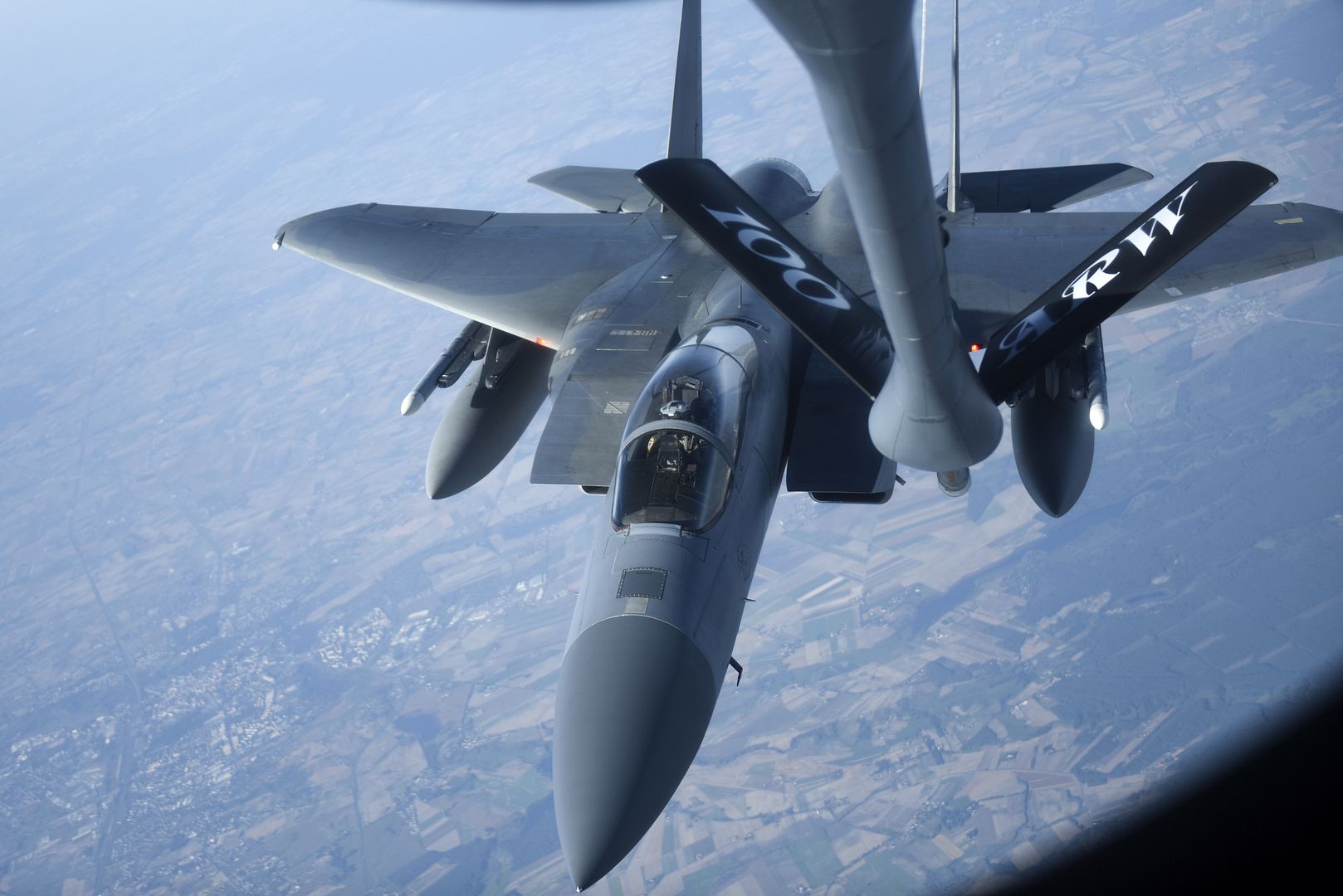
An F-15C Eagle aircrew assigned to the 493rd Fighter Squadron prepares for a sortie in support of exercise One Sky at Royal Air Force Lakenheath, England Sept. 20, 2018. The bilateral U.S., Poland training event focused on exercising rapid, responsive air operations over Poland in the event of a crisis contingency. Specific operations included defensive counter-air missions designed to improve interoperability and collective self-defense tactics and procedures. (U.S. Air Force photo/ Tech. Sgt. Matthew Plew)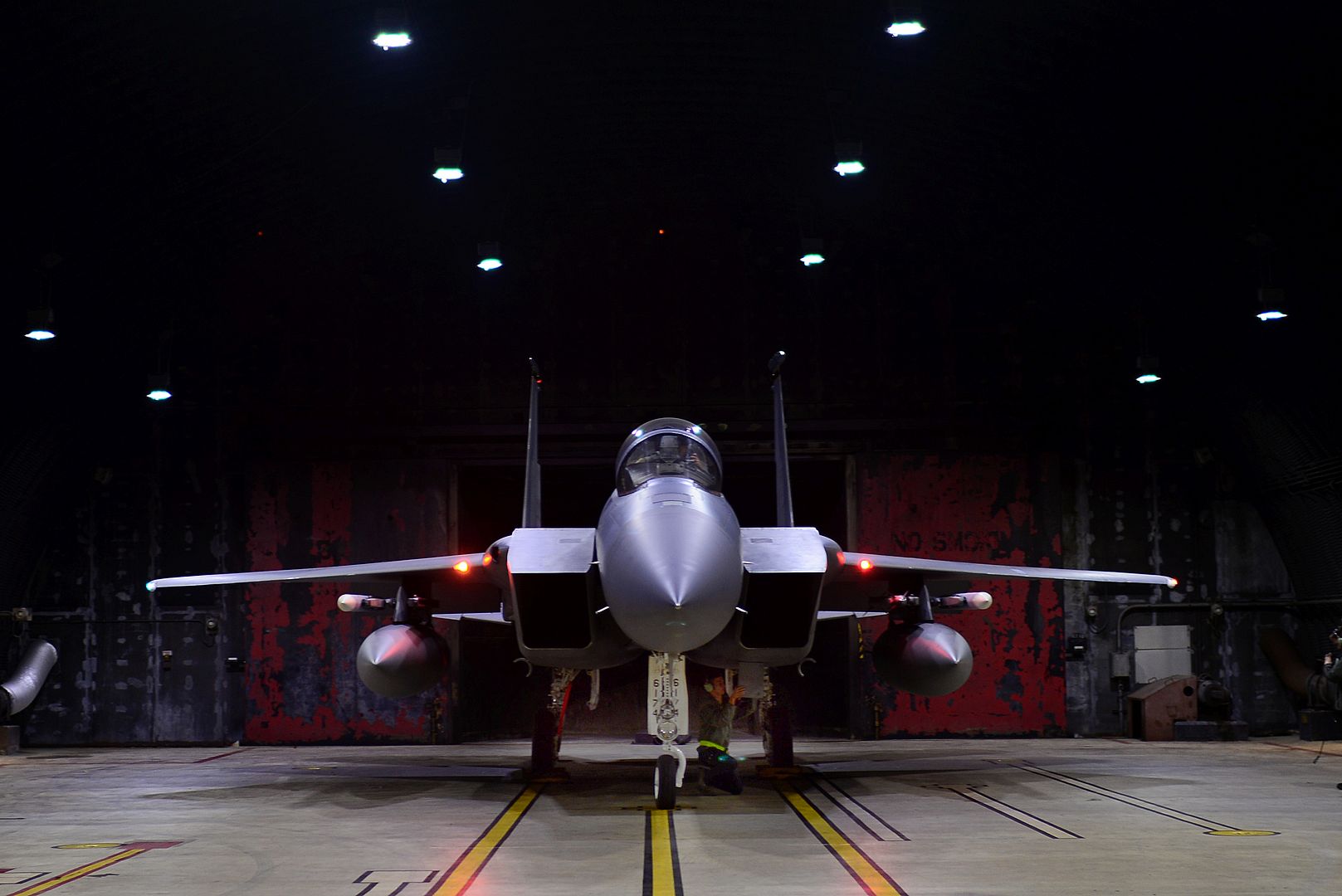
An F-15C Eagle assigned to the 493rd Fighter Squadron taxis for a sortie in support of exercise One Sky at Royal Air Force Lakenheath, England Sept. 20, 2018. The bilateral U.S., Poland training event focused on exercising rapid, responsive air operations over Poland in the event of a crisis contingency. Specific operations included defensive counter-air missions designed to improve interoperability and collective self-defense tactics and procedures. (U.S. Air Force photo/ Tech. Sgt. Matthew Plew)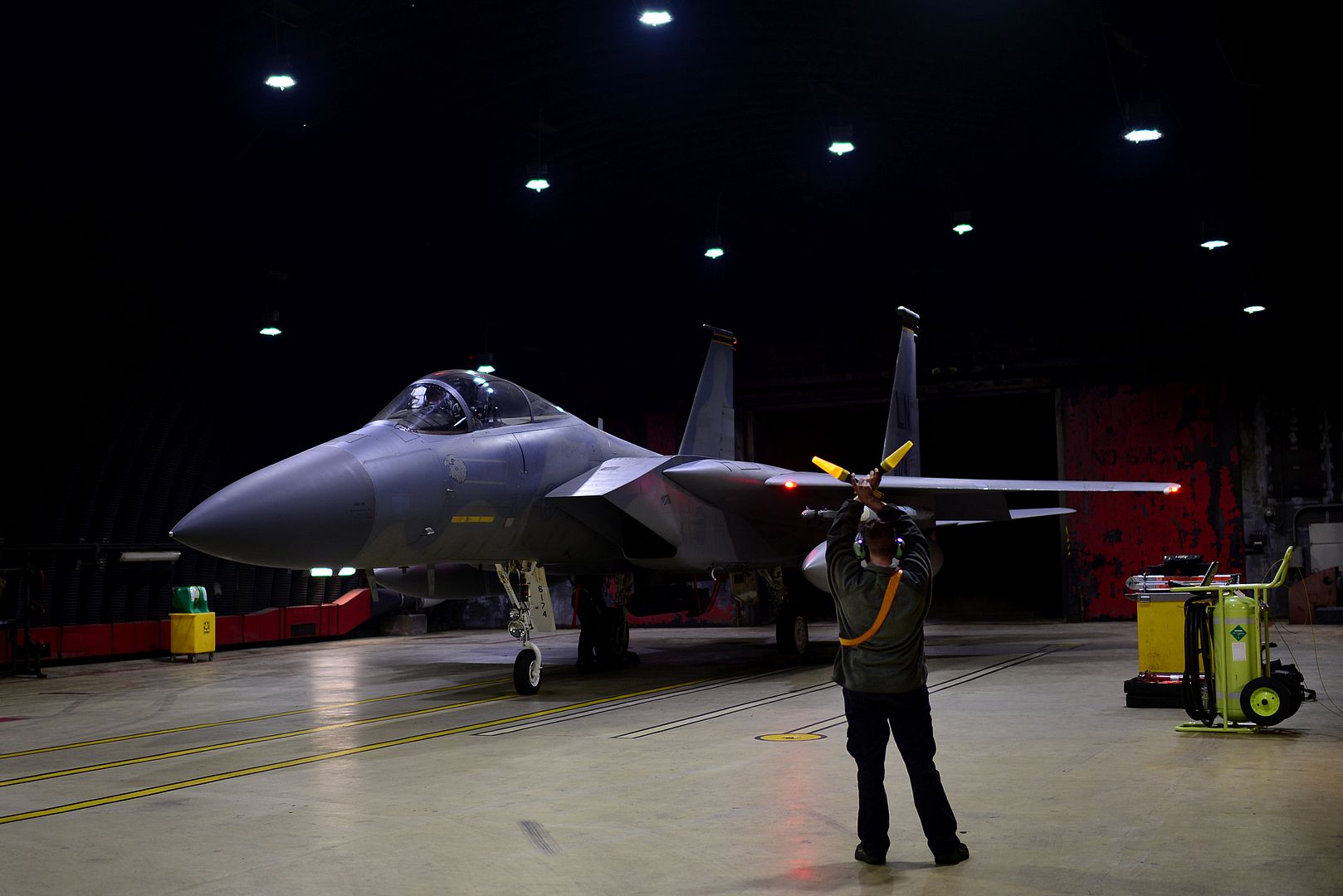
An F-15C Eagle assigned to the 493rd Fighter Squadron launches for a sortie in support of exercise One Sky at Royal Air Force Lakenheath, England Sept. 19, 2018. The bilateral U.S., Poland training event focused on exercising rapid, responsive air operations over Poland in the event of a crisis contingency. Specific operations included defensive counter-air missions designed to improve interoperability and collective self-defense tactics and procedures. (U.S. Air Force photo's/ Tech. Sgt. Matthew Plew)
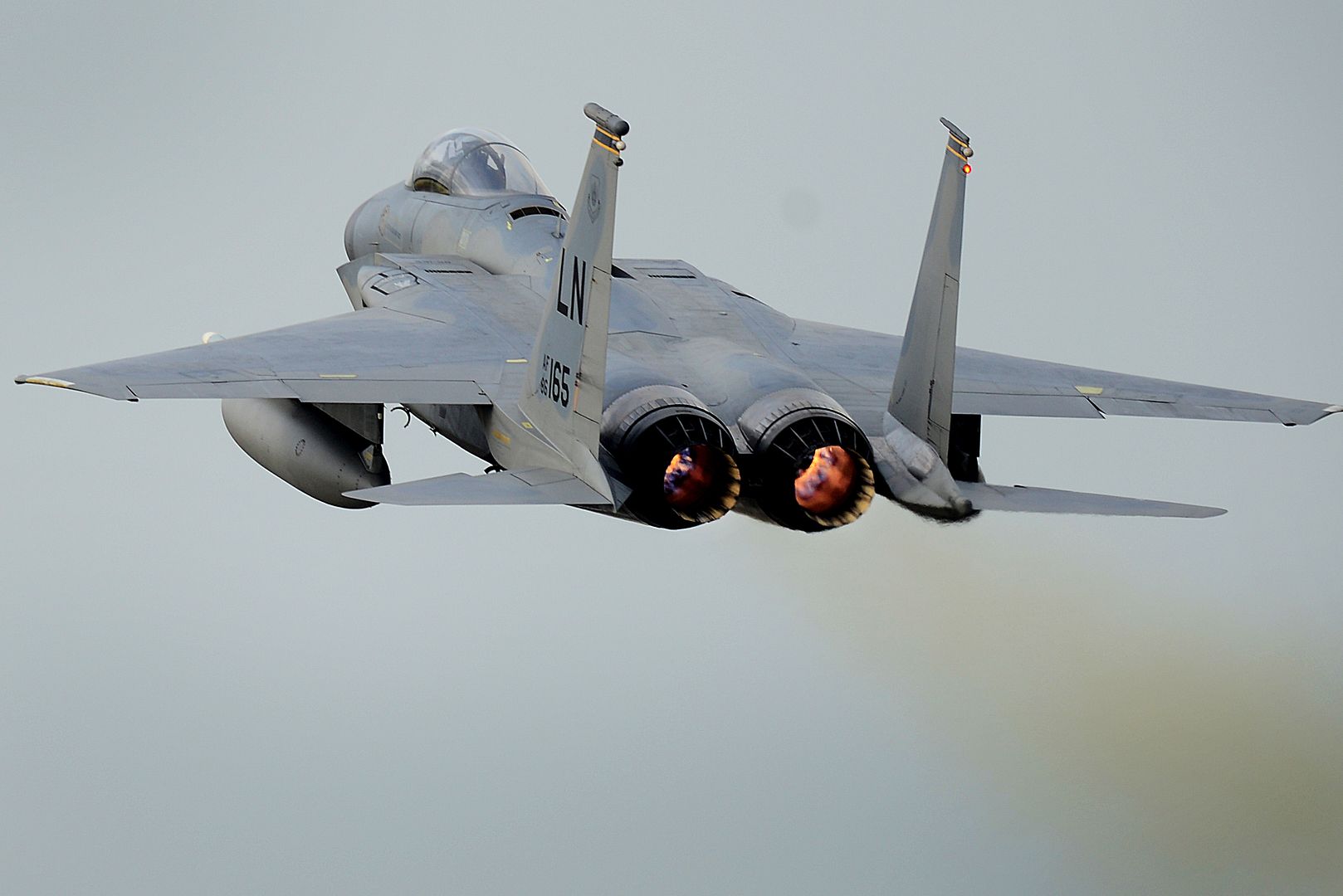
An Alaska Army National Guard UH-60 Black Hawk with 1st Battalion, 207th Aviation Regiment, basks in the rising South Carolina sun at McEntire Joint National Guard Base Sept. 21, 2018. The Alaska National Guard is present in South Carolina to assist civil authorities in dealing with hurricane Florence relief efforts.
(U.S. Army National Guard photo illustration by Spc. Michael Risinger/Released)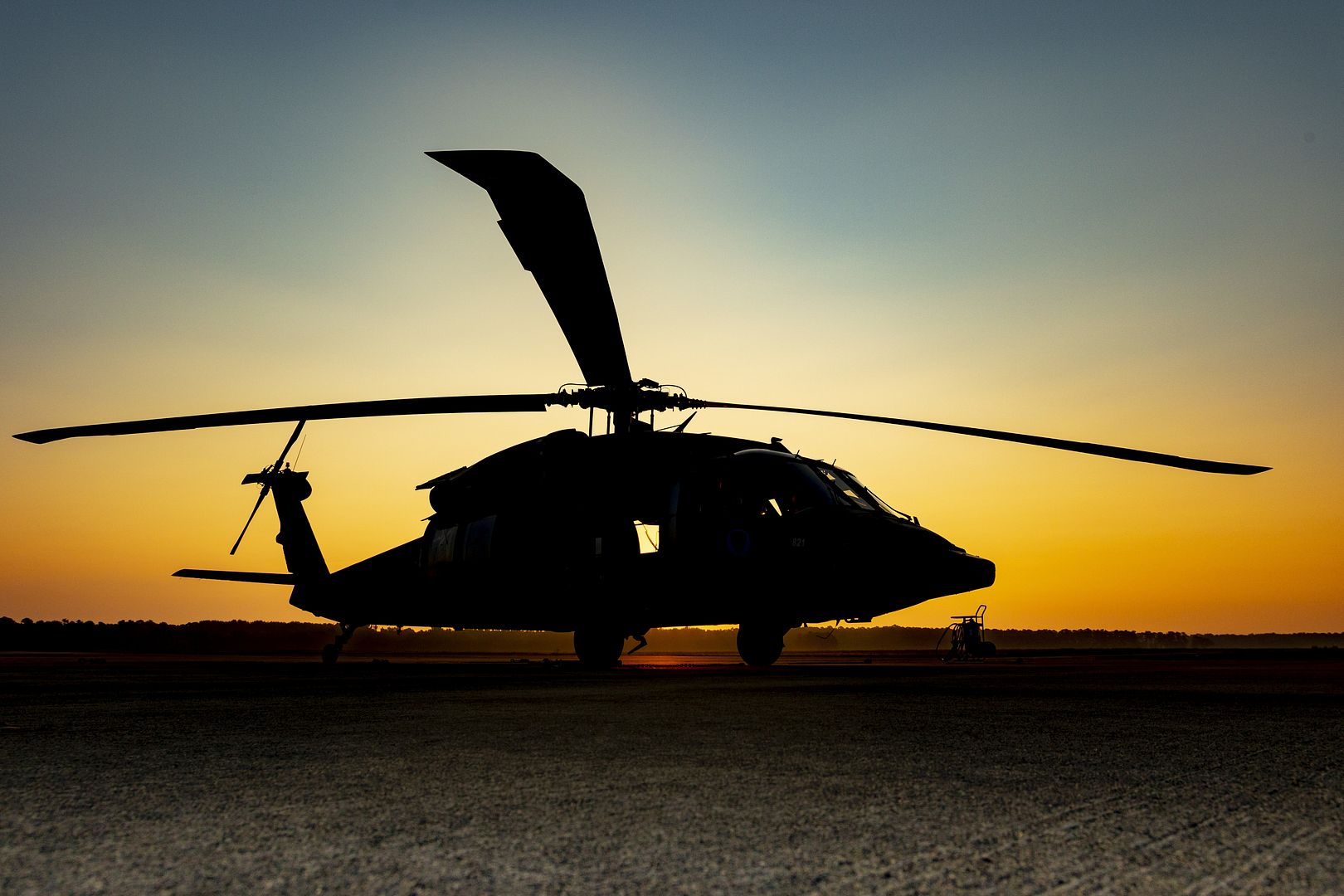
ATLANTIC OCEAN (Sept. 20, 2018) Marines assigned to the 22nd Marine Expeditionary Unit board an MH-53E Sea Dragon on the flight deck aboard the amphibious assault ship USS Kearsarge (LHD 3). Kearsarge departed Naval Station Norfolk after United States Fleet Forces Command ordered Sortie Condition Alpha, Sept. 10, and is now conducting routine operations off the East Coast. (U.S. Navy photo by Mass Communication Specialist 3rd Class Michael Eduardo Jorge/Released)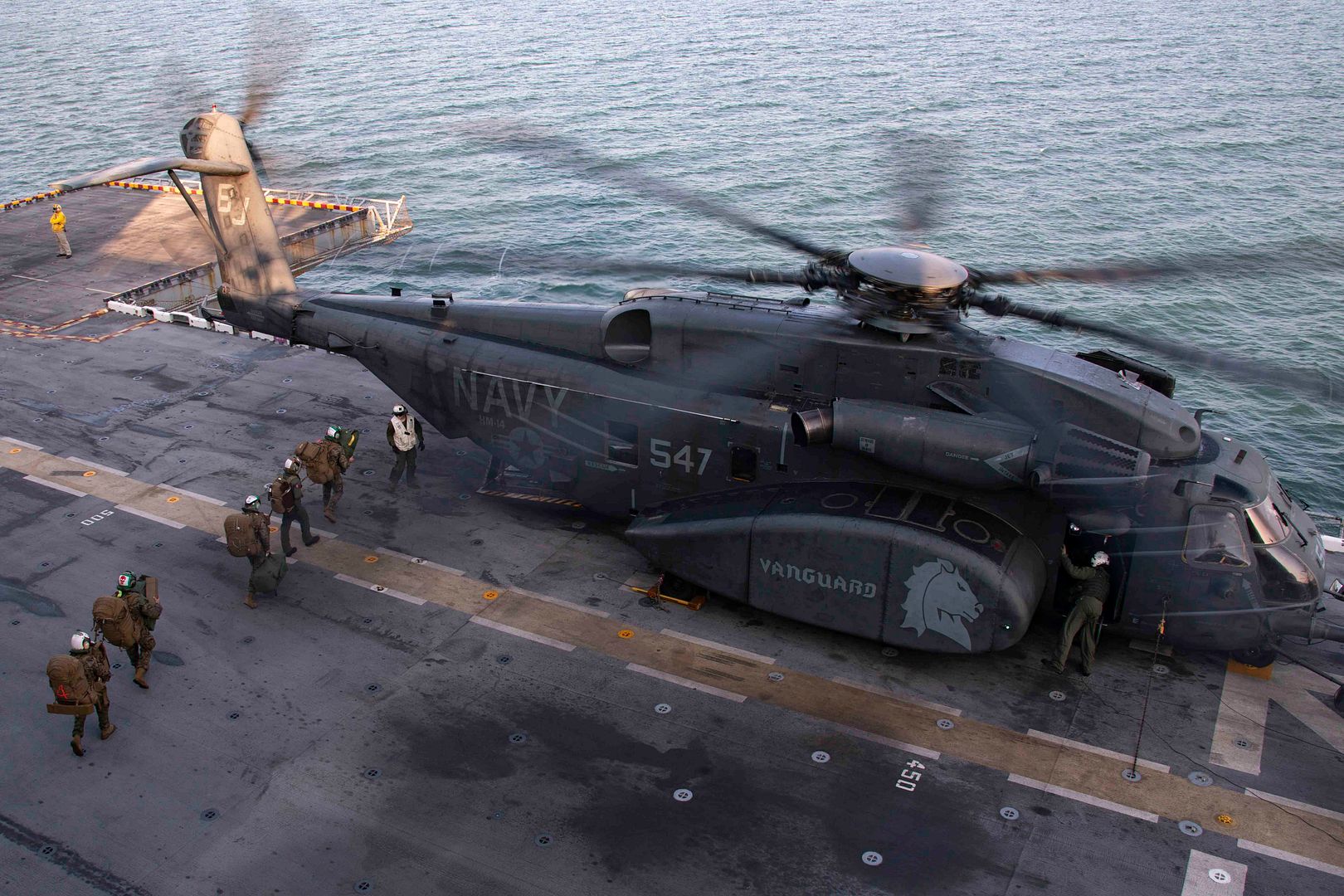
Dulles, Va. ? Sept. 20, 2018 ? Northrop Grumman Corporation (NYSE: NOC) conducted its first ground test of a 63-inch diameter Graphite Epoxy Motor (GEM 63) today in Promontory, Utah. Utilizing advanced technologies, the company developed this new rocket motor for use on the United Launch Alliance (ULA) Atlas V launch vehicle.
Northrop Grumman began developing the motor just three years ago, reaching this static test milestone in rapid time for such a complex drop-in solution to an existing launch vehicle. The team developed the innovative design that tailors motor performance to meet ULA design objectives under a cooperative development program.
?Northrop Grumman has been supplying solid propulsion motors for a variety of launch vehicles since 1964,? said Scott Lehr, president, flight systems, Northrop Grumman. ?As ULA?s largest legacy supplier of solid propulsion, we?re pleased that our most recent product has reached this important milestone. The successful completion of this test enables full production to begin.?
The GEM 63 motor will be used as a direct replacement of the previous strap-on boosters on ULA?s Atlas V rocket beginning in July 2019 with the Space Test Program (STP)-3 mission that will use five boosters. Additional missions will follow, each of which may include up to five solid rocket motors.
The relationship with ULA began in 1964 when Thiokol (a Northrop Grumman predecessor company), in Huntsville, Alabama, provided three CASTOR? I strap-on rocket motors for the Delta D rocket. Several years later, CASTOR IIs flew on the Delta E rocket, and subsequently CASTOR IVs helped launch higher-performing Delta rockets. Also, CASTOR IVAs flew on the Atlas IIAS vehicle from 1993 to 2004, when 120 solid rocket boosters flew on 30 successful Atlas IIAS launches. Prior to the current Delta IV heavy launch vehicle, Northrop Grumman provided the large three-segmented Solid Rocket Motor Upgrade (SRMU) strap-on booster for the Titan IVB rocket. Thirty four SRMUs successfully flew on Titan IV from 1997 to 2005.
Northrop Grumman, then Hercules, began developing the GEM family of strap-on motors in the late 1980s with the GEM 40, 1,003 of which have subsequently flown on 132 successful Delta II launches. The company also developed the GEM 46, 54 of which flew on six successful Delta II-Heavy launches. Northrop Grumman later developed the GEM 60, and to date 62 of these motors have flown on 25 successful Delta IV launches. The company?s family of GEM 63 rocket motors builds on this extensive flight history.
Northrop Grumman is also developing a GEM 63XL motor using internal funding for use on ULA?s Vulcan Centaur rocket, which will fly with up to six GEM 63XLs per flight. The first GEM 63XL case, which is the longest non-segmented, monolithic case ever manufactured, has already been wound at a new facility in Clearfield, Utah.
Both versions of the GEM 63 family use common materials and processes to maintain a high-reliability, low-cost product. The next GEM 63 motor test, scheduled for November, will satisfy additional requirements for certification by the U.S. Air Force.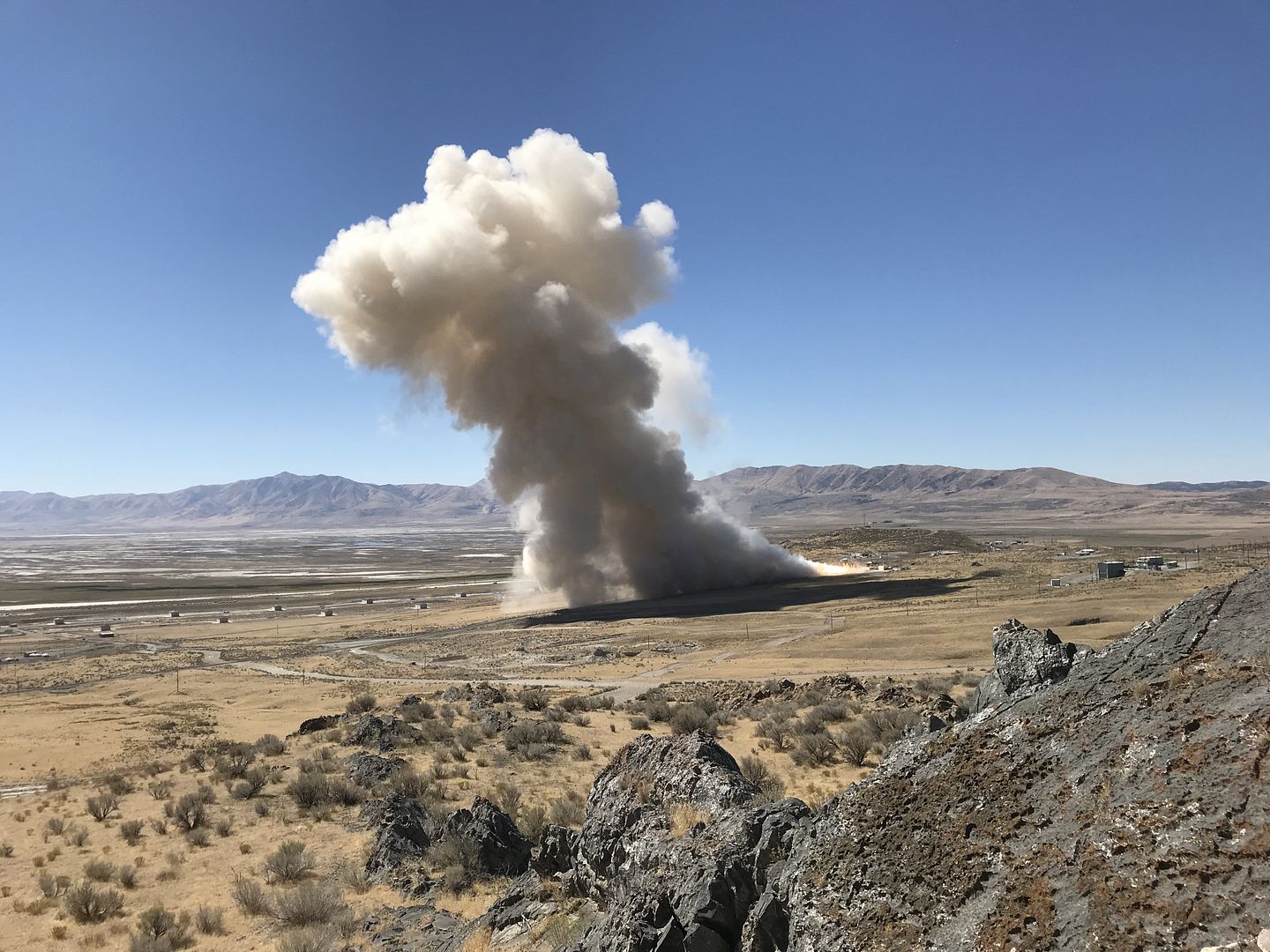
Thailand, ? Airbus Helicopters has secured an additional order of four H225M (previously known as EC725) multirole utility helicopters from the Royal Thai Air Force (RTAF), as part of the fleet strengthening programme. This follow-on order will bring the RTAF?s H225M fleet to 12 units by 2021.
Specially equipped with emergency flotation gear, fast roping, cargo sling, search light and electro-optical systems, these four new multirole H225M helicopters will join RTAF?s existing fleet of six H225Ms for combat search and rescue missions, search and rescue flights and troop transport operations. The air force will also be receiving two H225Ms from its earlier order, by end of this year.
This latest contract will also cover on-site technical support and continuing airworthiness management organisation services, fully supported by Airbus? Thailand team.
?The H225Ms have served the Royal Thai Air Force well since the delivery of its first batch in 2015, and we are truly honoured by this renewed order, underscoring their continued trust and confidence in our helicopters and the committed support to their fleet. With its proven versatility, reliability and endurance, we know that the H225 will continue to capably fulfil the most challenging missions. RTAF can count on our Thailand-based customer centre for continued availability of the fleet,? said Philippe Monteux, Head of Southeast Asia and Pacific region.
Featuring state-of-the-art electronic instruments and the renowned 4-axis autopilot system, the 11-ton-catergory twin-turbine H225M offers outstanding endurance and fast cruise speed, and may be fitted with various equipment to suit any role. Close to 90 units are in service, achieving 100,700 flight hours to-date.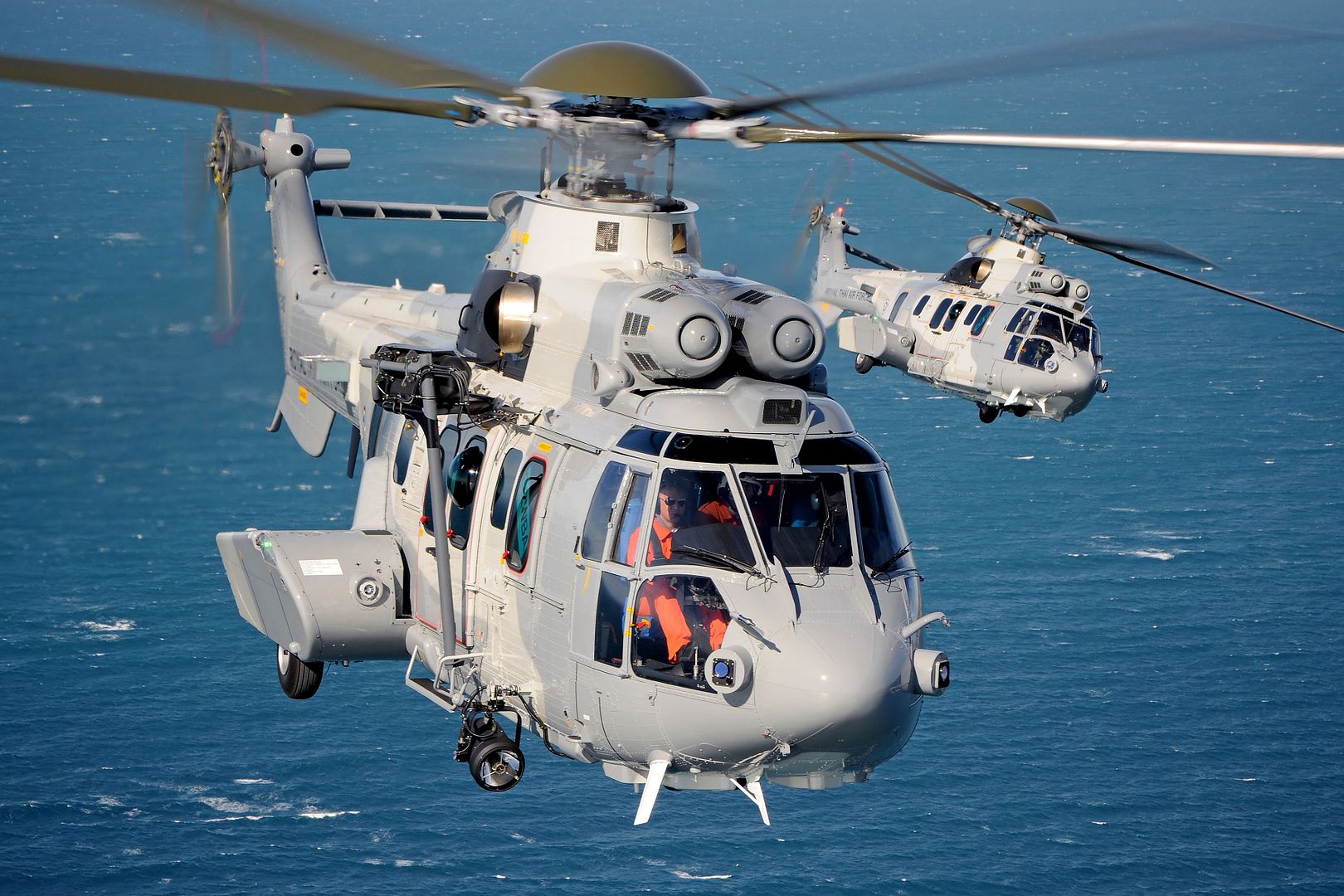
September 21, 2018 Toronto Commercial Aircraft, Press Release
Bombardier Commercial Aircraft today announced the delivery of its first 90-seat Q400 aircraft. The aircraft was handed over to India?s SpiceJet Limited (?SpiceJet?) the launch operator for the extra-capacity, 90-seat aircraft.
?We are excited to induct the 90-seat Q400 aircraft into our fleet,? said Ajay Singh, Chairman and Managing Director, SpiceJet. ?The additional seats and performance improvements will result in substantial reduction in unit costs and also we will be able to address our market needs in the regional space.?
?The delivery of the first 90-seat Q400 aircraft showcases the commitment of Bombardier?s Q Series turboprop program to respond to customer requirements as they address traffic growth in regional markets,? said Todd Young, Head of the Q Series Aircraft Program, Bombardier Commercial Aircraft.
?I thank and congratulate the employees and suppliers who have worked tirelessly to deliver this most recent enhancement to the Q400 aircraft, and I also thank our customer, SpiceJet for its strong support and collaboration in this continuous improvement program.?
?This is a very important milestone for the Q400 aircraft program because the 90-seat option demonstrates the increased profitability potential that this unique turboprop has to offer,? said
Colin Bole, Senior Vice President, Commercial, Bombardier Commercial Aircraft. ?The increased passenger capacity allows 15 per cent reduction of seat cost compared to the previous standard Q400 aircraft and provides an enormous benefit for airlines. We are thrilled that SpiceJet will be the first operator to showcase the unique capabilities and unbeatable productivity of our turboprops.?
About SpiceJet Ltd
SpiceJet is India?s favourite airline that has made flying affordable for more Indians than ever before. SpiceJet operates 412 average daily flights to 54 destinations, including 47 domestic and 7 international ones. The airline connects its network with a fleet of 36 Boeing 737NG and 22 Bombardier Q400 aircraft. The majority of the airline?s fleet offers SpiceMax, the most spacious economy class seating in India.
SpiceJet also operates a dedicated air cargo service under the brand name SpiceXpress offering safe, on-time, efficient and seamless cargo connectivity across India and on international routes. SpiceJet is the first Indian airline to offer end-to-end cargo services and the airline?s freighters fleet consist of Boeing 737 aircraft.
SpiceJet?s standing as the country?s favourite airline has been further reinforced by the multiple awards and recognitions which includes the US-India Strategic Partnership Forum Leadership Award to Ajay Singh, , Global ?Low-Cost Leadership Award? conferred to Mr Singh at the Airline Strategy Awards 2018 in London, ?BML Munjal Awards 2018? for ?Business Excellence through Learning and Development?, ?Best Domestic Airline? Award at Wings India 2018, ?EY Entrepreneur of the year 2017 for Business Transformation? by Ernst & Young, The CAPA Chairman?s Order of Merit for fastest turnaround in FY 2016, 'Asia's Greatest Brands - 2016', ?Global Asian of the Year Award? & 'Asia's Greatest CFO 2016' at the AsiaOne Awards held in Singapore, ?World Travel Leaders Award? at WTM London, ?Best Check- in Initiative? award by Future Travel Experience global awards in Las Vegas, ?Best Domestic Airline? award at the 10th ASSOCHAM International Conference & Awards (Civil Aviation & Tourism).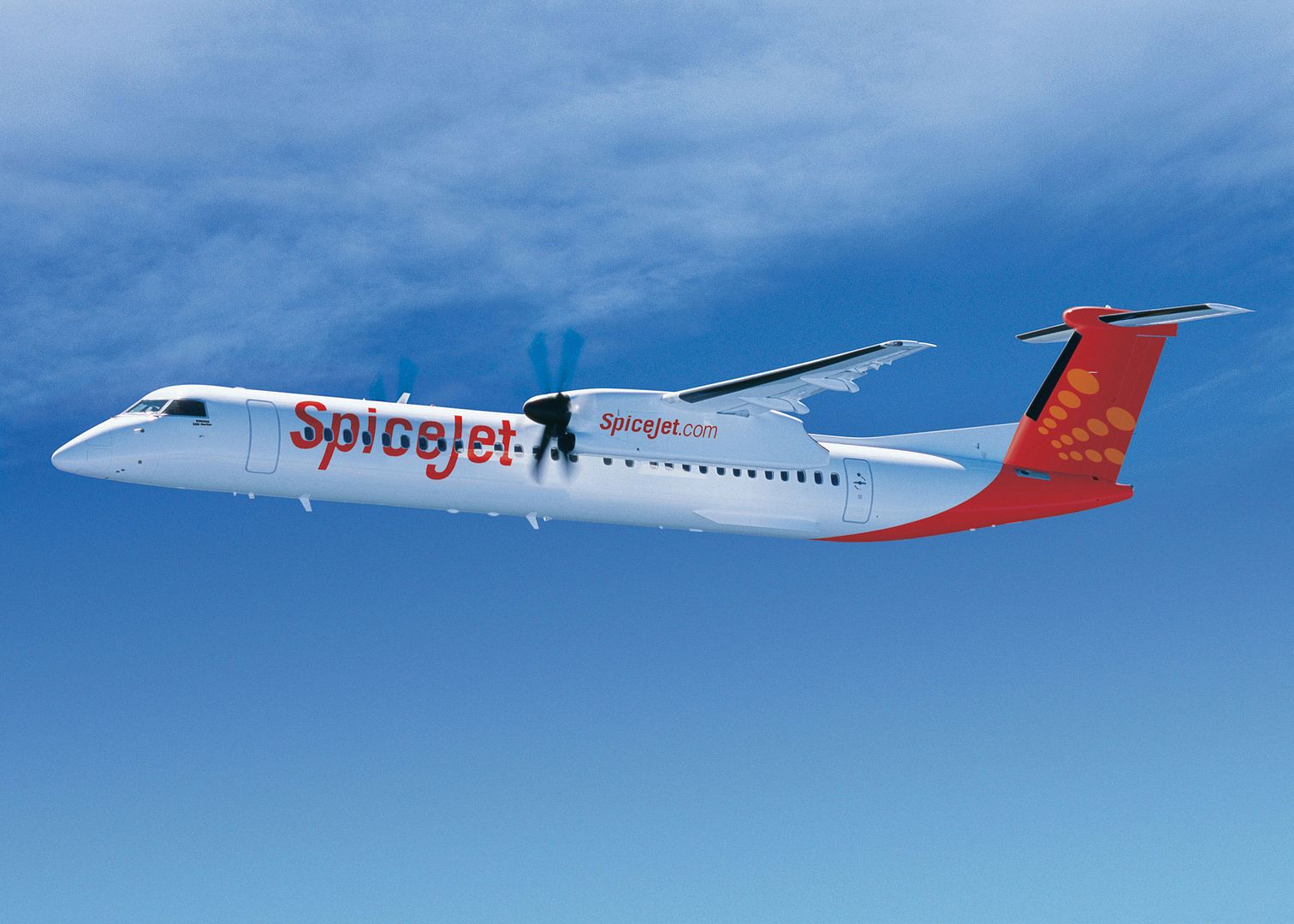
Experts at BAE Systems are developing technologies to enable pilots to control the fighter jet of the future with the blink of an eye.
As military domains become more contested, technologies become more complex, and sources of data multiply it is crucial that pilots are able to quickly access, assess and act on critical information.
BAE Systems? specialist team of Human Factors engineers collaborate with pilots to better understand and anticipate their needs in this challenging environment. These insights shape the intuitive technologies that the team is developing for the cockpit of the future.
One area the team is focusing on is technologies that enable pilots to control the cockpit in new ways.
Lead Technologist Jean Page explains; ?In terms of future concepts, we are looking at what we are calling a ?wearable cockpit?. Here, you remove many of the physical elements of the cockpit, and replace it with a virtual display, projected through the helmet. Essentially, it?s a software-only cockpit that?s upgradeable, adaptable and reconfigurable.?
?In such a world, we need to think about what controls are critical to the pilot and then make them easier to manage. Eye-tracking gives you the option of looking at something to highlight it and then making a gesture to ?press? a button, rather than having a series of physical buttons on the aircraft.?
In cockpit design terms, simply understanding where a pilot is looking during a particular phase of a mission is hugely beneficial. For example, enhancing the effectiveness of warning signals so that the pilot is given the right cues and subsequently making it easier for them to react.
Jean continues: ?The really clever bit will be that based on where the pilot is looking, we can infer the pilot?s goal and use intelligent systems to support task performance and reduce the pilot?s workload. We want to do it in a way that doesn?t always ask for permission, because that would get very annoying very quickly but equally, it is essential that it is always evident to the pilot what task the intelligent system is performing.?
BAE Systems Human Factors team demonstrated this approach in the future combat aircraft concept model, Tempest, which was unveiled for the first time at the 2018 Farnborough International Air Show. This concept model, developed by the UK Ministry of Defence, RAF and industry partners including BAE Systems illustrates how technologies such as eye tracking will shape the types of cockpit we expect to see in the combat air systems of the future.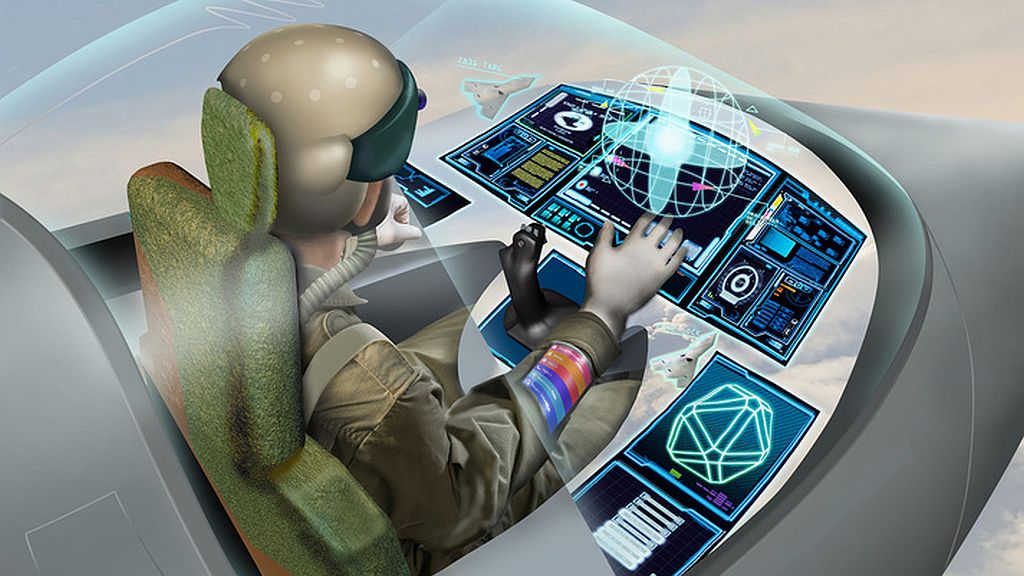
On 20th September 2018, RAF Quick Reaction Alert (QRA) Typhoon fighter aircraft scrambled from RAF Lossiemouth to monitor two Russian planes approaching UK airspace. The Russian Blackjacks long-range bombers were not talking to air traffic control, making them a hazard to all other aviation.
The RAF worked closely with NATO partners to monitor the jets as they passed through a variety of international airspace, before they were intercepted by the RAF over the North Sea. Subsequently, our fighters escorted the Russian Blackjacks north, out of the UK?s area of interest. At no time did the Russian bombers enter UK sovereign airspace.
RAF QRA was launched today because the Russian Military aircraft were not talking to air traffic agencies. The RAF routinely intercept, identify and escort Russian aircraft that transit international airspace within the UK's area of interest and continue to be on call; 24/7, 365.
?Russian bombers probing UK airspace is another reminder of the very serious military challenge that Russia poses us today.
?We will not hesitate to continually defend our skies from acts of aggression. Once again the rapid reactions of our RAF have demonstrated how vital our Armed Forces are in protecting Britain.?
Gavin Williamson
Defence Secretary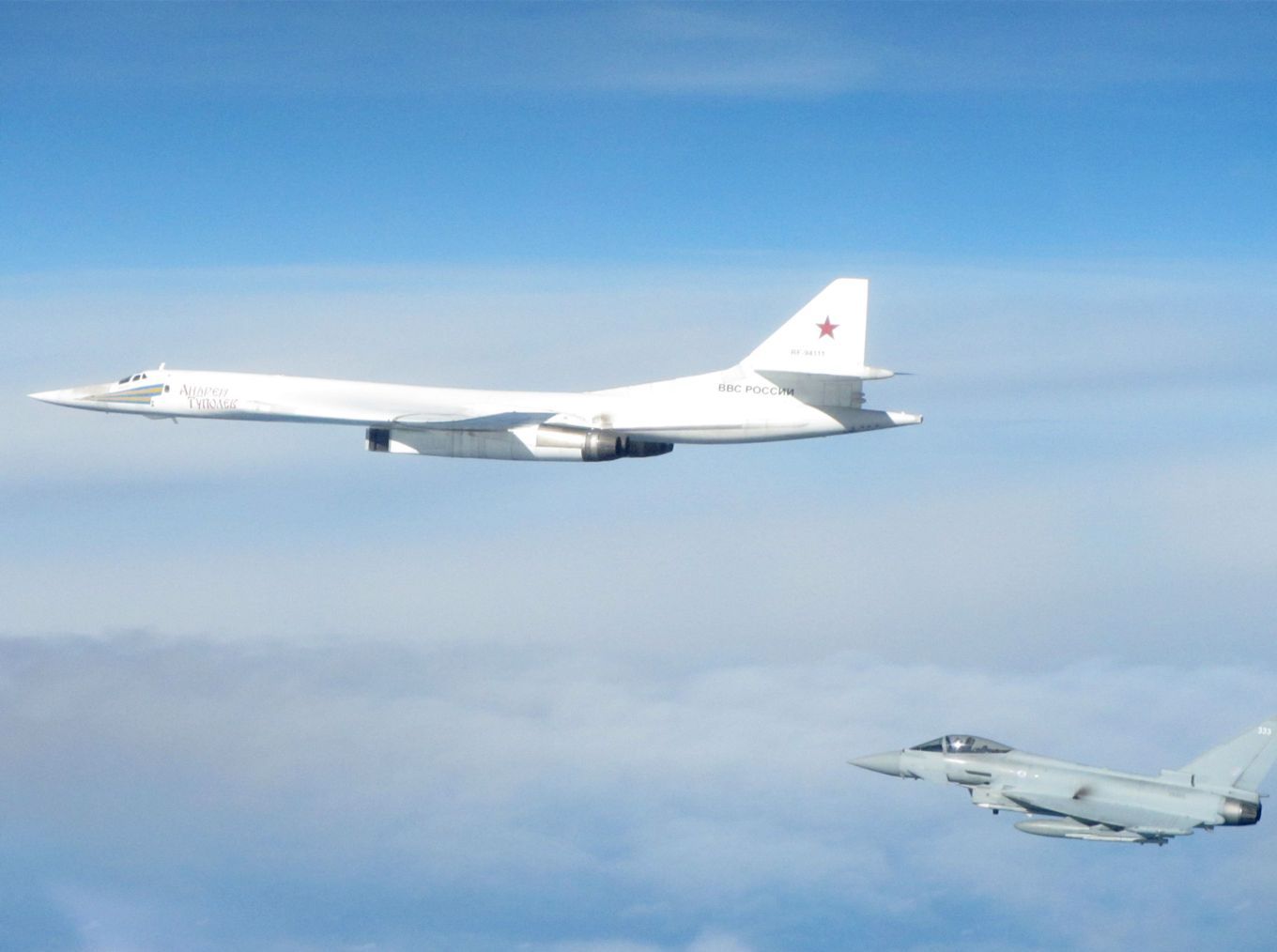
-
 Main AdminA U.S. Air Force F-15C Eagle, assigned to the 44th Fighter Squadron, Kadena Air Base, Japan takes off Sept. 23, 2018, at Andersen Air Force Base, Guam. Valiant Shield is a biennial, U.S. only, field training exercise with a focus on integration of joint training among U.S. forces. (U.S. Air Force photo by Senior Airman Gerald R. Willis)
Main AdminA U.S. Air Force F-15C Eagle, assigned to the 44th Fighter Squadron, Kadena Air Base, Japan takes off Sept. 23, 2018, at Andersen Air Force Base, Guam. Valiant Shield is a biennial, U.S. only, field training exercise with a focus on integration of joint training among U.S. forces. (U.S. Air Force photo by Senior Airman Gerald R. Willis)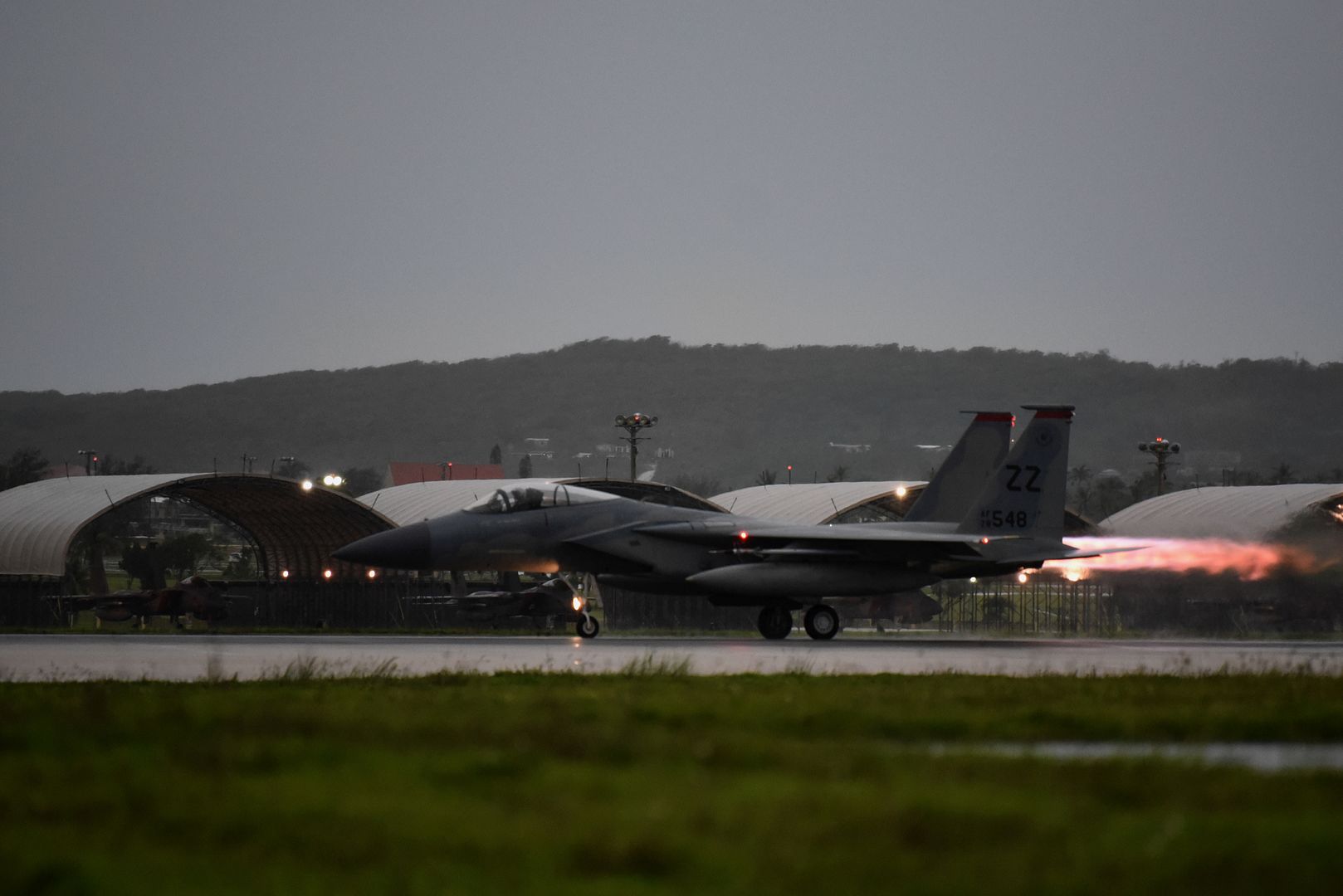
A U.S. Air Force B-1B Lancer, assigned to the 337th Test and Evaluation Squadron, Dyess Air Force Base, Texas, takes off Sept. 23, 2018, at Andersen AFB, Guam. Valiant Shield is a biennial, U.S. only, field training exercise with a focus on integration of joint training among U.S. forces. (U.S. Air Force photo's by Senior Airman Gerald R. Willis)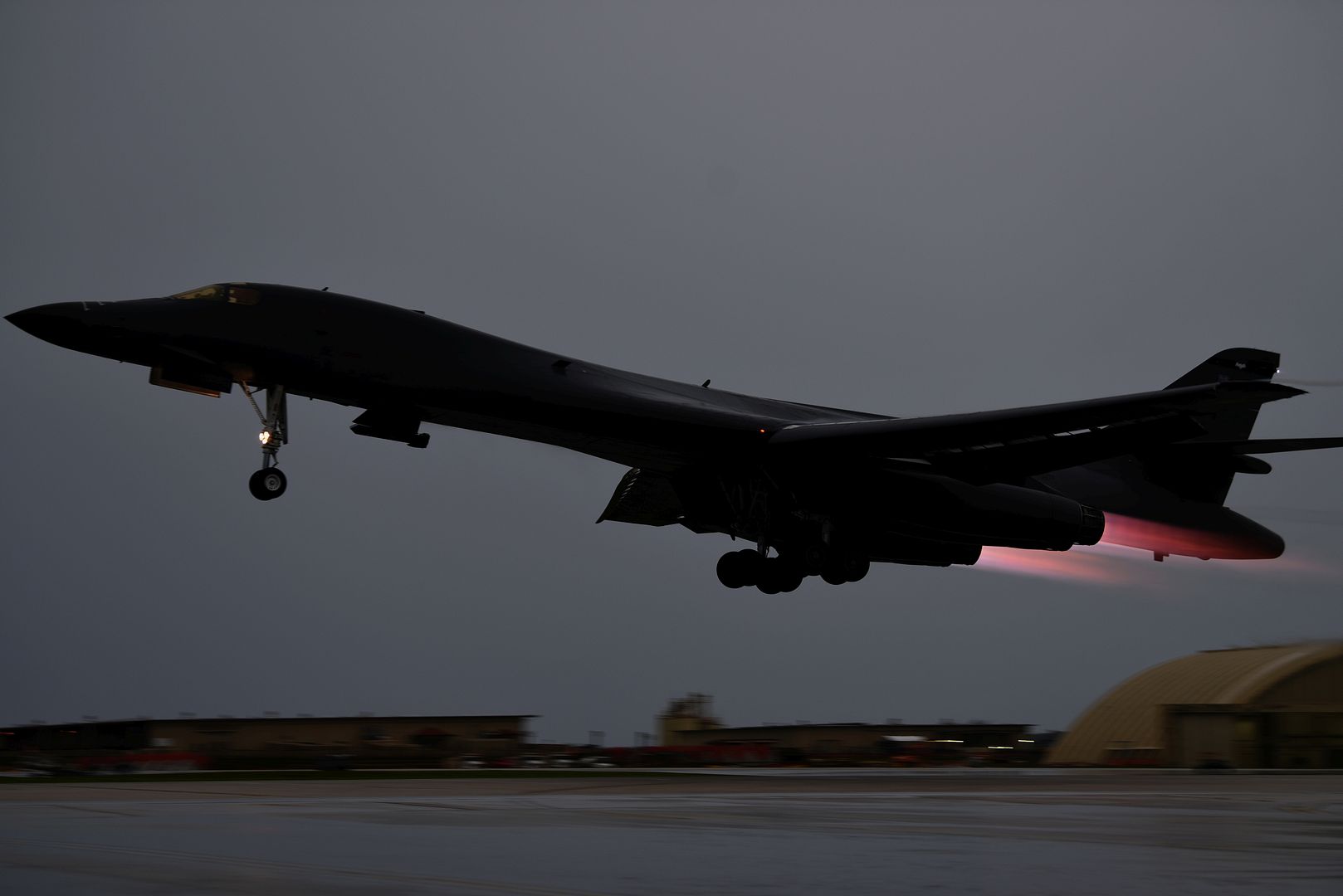
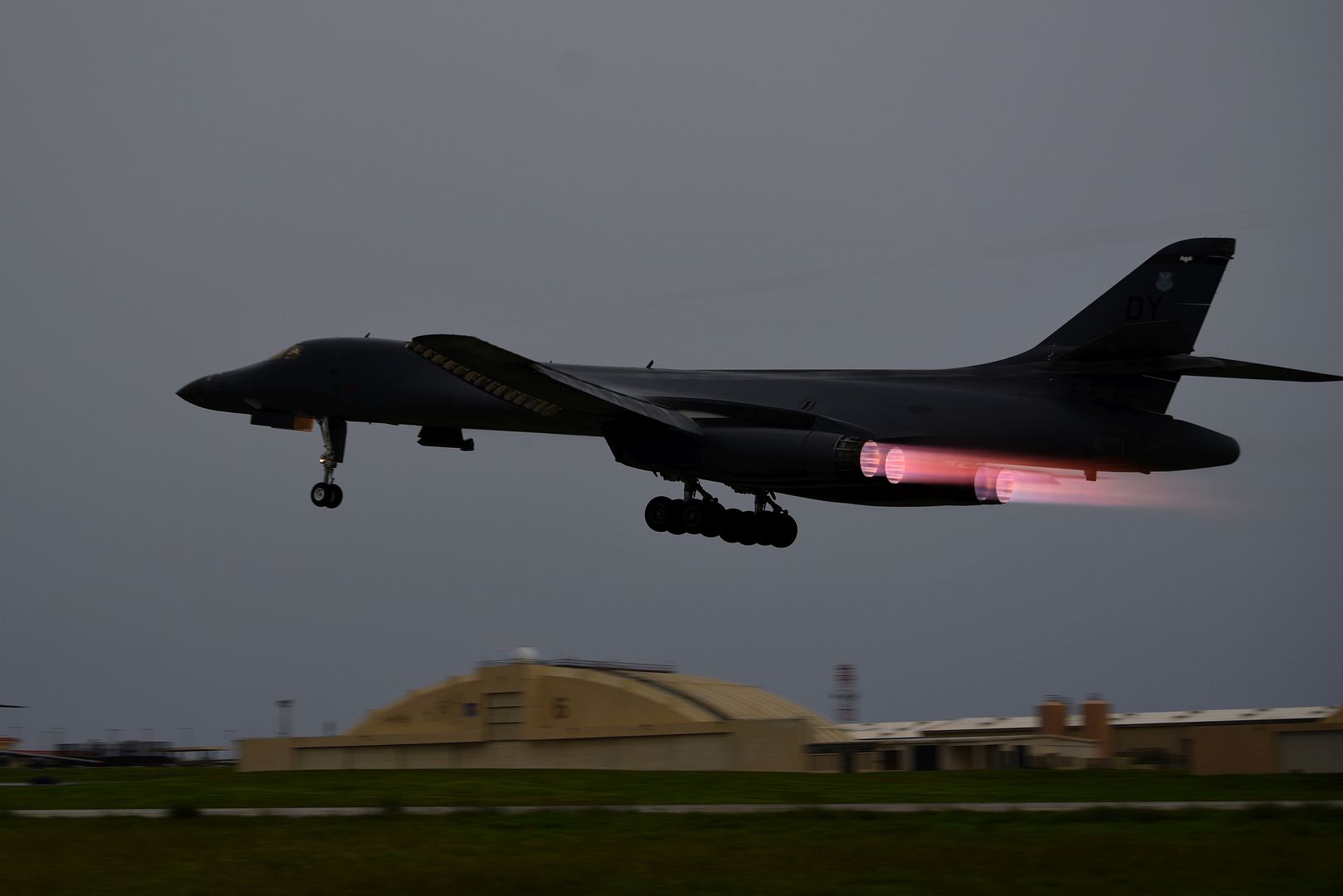
An MV-22B Osprey tiltrotor aircraft prepares to land aboard the amphibious assault ship USS Wasp (LHD 1) during night takeoff and landing training, underway in the East China Sea, Sept. 23, 2018. The Osprey belongs to Marine Medium Tiltrotor Squadron 262 (Reinforced), the Aviation Combat Element for the 31st Marine Expeditionary Unit. Marine naval aviators with VMM-262 (Rein.) perform a wide variety of aviation missions for the 31st MEU, including troop transport, heavy and medium lift, fixed-wing attack support and aerial reconnaissance. The 31st MEU, the Marine Corps? only continuously forward-deployed MEU, provides a flexible force ready to perform a wide-range of military operations across the Indo-Pacific region. (U.S. Marine Corps photo by Gunnery Sgt. T. T. Parish/Released
GULF OF ADEN - U.S. Marines with Marine Fighter Attack Squadron 211, 13th Marine Expeditionary Unit (MEU), guide ordnance toward an F-35B Lightning II aboard the Wasp-class amphibious assault ship USS Essex (LHD 2), Sept. 22, 2018. The Essex is the flagship for the Essex Amphibious Ready Group and, with the embarked 13th MEU, is deployed to the U.S. 5th Fleet area of operations in support of naval operations to ensure maritime stability and security in the Central Region, connecting the Mediterranean and the Pacific through the western Indian Ocean and three strategic choke points. (U.S. Marine Corps photo by Cpl. Francisco J. Diaz Jr./Released)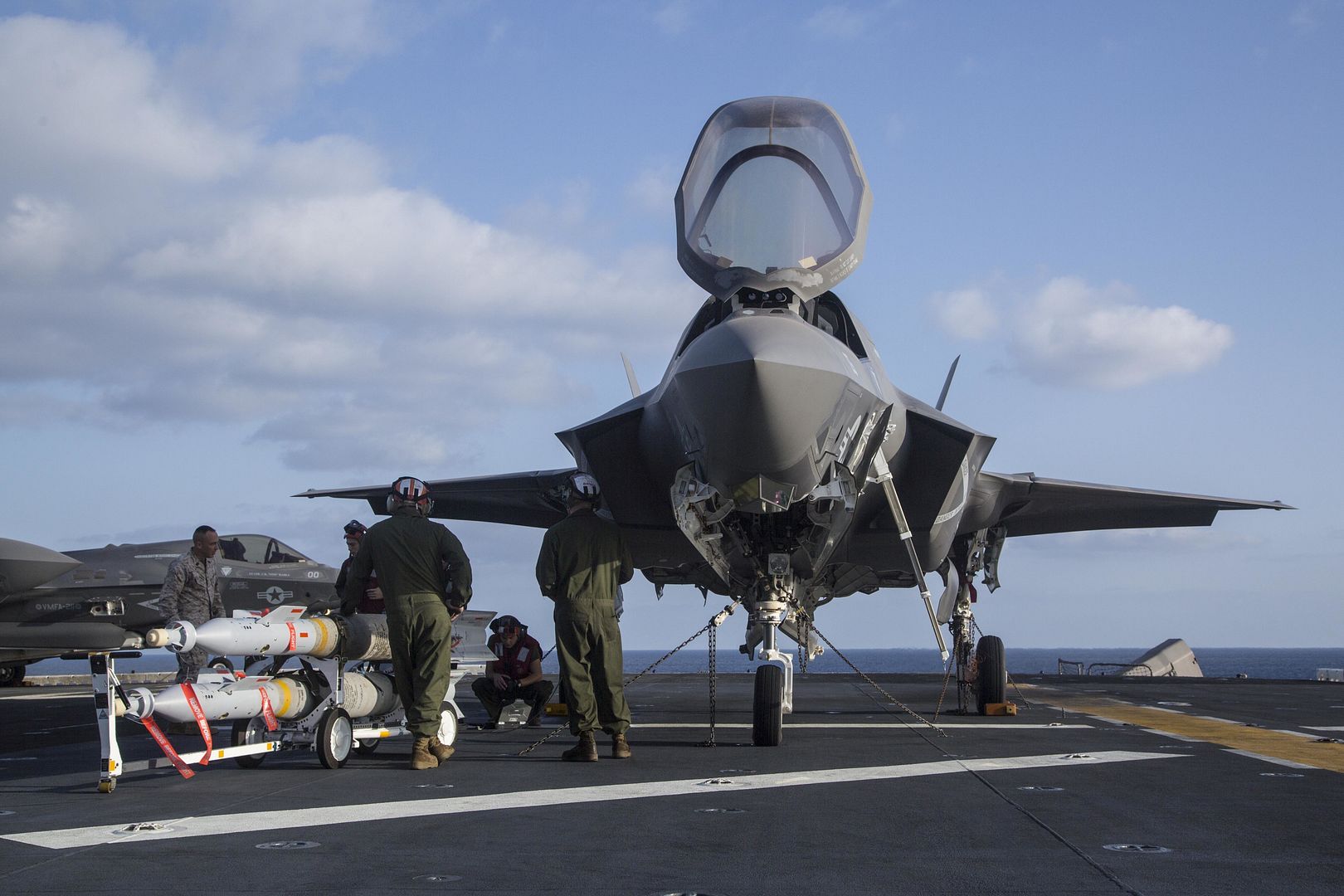
SEATTLE, Sept. 21, 2018 /PRNewswire/ -- Boeing [NYSE: BA] and Shanghai Airlines today celebrated the delivery of the carrier's first 787-9 Dreamliner. The airline says it plans to use the super-efficient and passenger-preferred Dreamliner to upgrade its regional and long-range service from its base in China's largest city.
The new airplane, with a special symbol of "100" on its fuselage, is the 100th airplane for Shanghai Airlines, a subsidiary of China Eastern Airlines.
"We are so excited to take delivery of the very first Dreamliner for Shanghai Airlines, as well as China Eastern Group," said Li Yangmin, vice president of China Eastern Group. "With the introduction of these new airplanes, China Eastern Group will also officially launch the global leading new generation Passenger Service System. We are confident that all these efforts will help us significantly upgrade our services and we know our passengers will love it."
The 787-9 is the second member of the Dreamliner family, which offers 20 to 25 percent better fuel efficiency per seat and lower emissions than the airplanes they replace. As the longest-range member of the family, the 787-9 can fly 290 passengers, in a typical two-class configuration, up to 7,635 nautical miles (14,140 km).
Shanghai Airlines is set to receive additional 787-9s in the coming years. The airline plans to fly their initial 787s on popular domestic routes such as Shanghai to Chengdu and Beijing, as well as regional routes from Shanghai to Japan and Korea. As the carrier's 787 fleet grows, it plans to take advantage of the aircraft's long range and superior fuel efficiency to open new, international routes.
"We are thrilled to expand our long-standing partnership with Shanghai Airlines and the China Eastern Group. The 787 Dreamliner's unmatched performance, operating economics and comfort make it the perfect airplane for Shanghai Airlines to expand and enhance their international network," said Ihssane Mounir, senior vice president of Commercial Sales & Marketing for The Boeing Company.
Since 2013, more than 60 Dreamliners have entered service across China, flying more than 22 million people on more than 75 unique routes while saving an estimated one million tons of fuel compared to other aircraft.
Boeing jets are the mainstay of China's air travel and cargo system, with more than 50 percent of all commercial jetliners operating in China being Boeing airplanes. In addition, China will soon become the first trillion dollar airplane market in the world, driven primarily by the growing middle class. By 2037, it is forecast that China will need 7,690 airplanes to meet the growing demand and that is expected to increase 6.2% annually.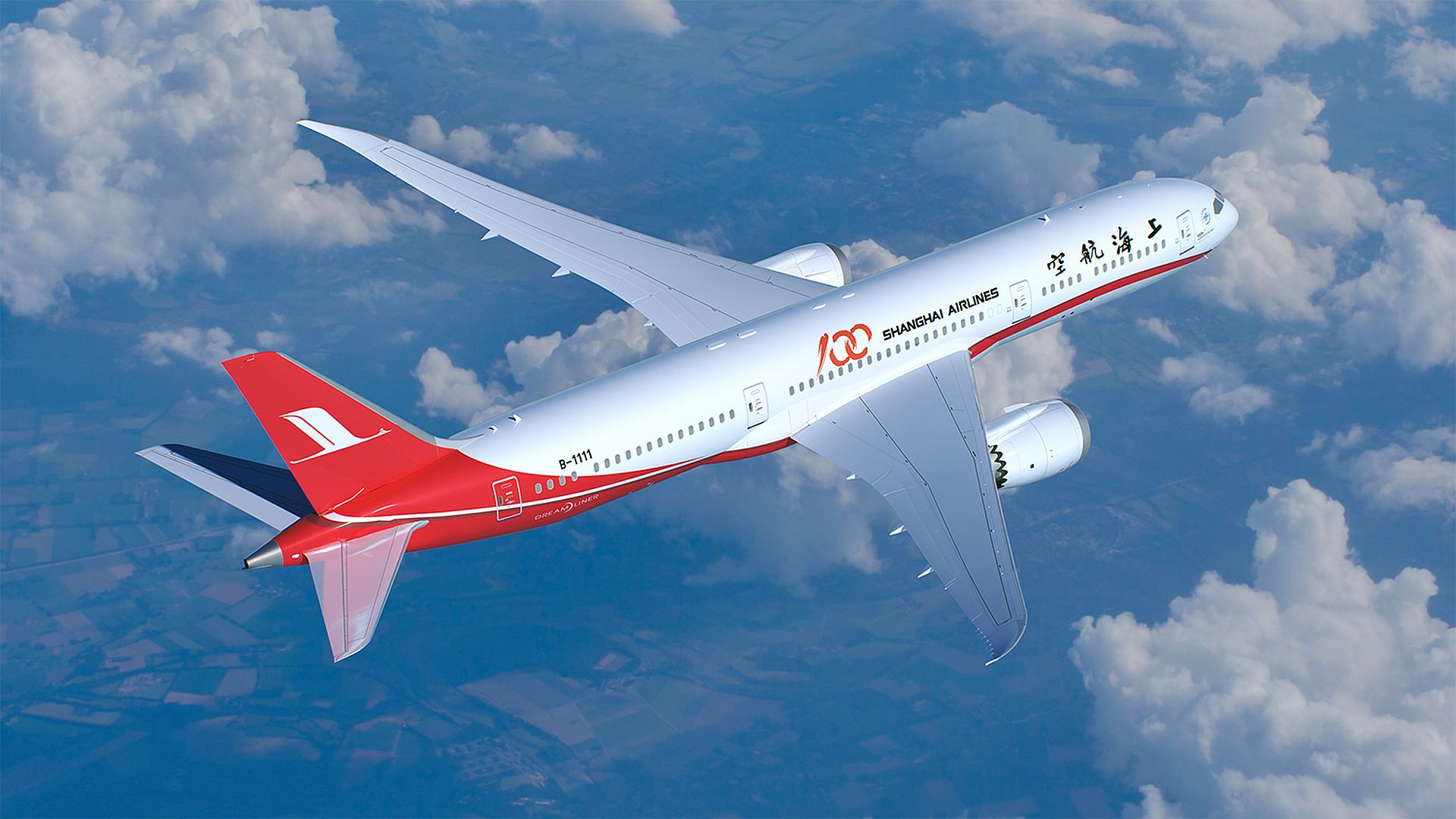
Airbus has delivered the first A350-900 Ultra Long Range (ULR) aircraft to launch customer Singapore Airlines (SIA). The aircraft is being prepared for flight and is scheduled to depart Toulouse for Singapore later today.
The latest variant of the best-selling A350 XWB is capable of flying further in commercial service than any other aircraft, with a range of up to 9,700 nautical miles, or over 20 hours non-stop. Altogether, SIA has ordered seven A350-900ULR aircraft, configured in a two-class layout, with 67 Business Class seats and 94 Premium Economy Class seats.
SIA will begin operating the A350-900ULR on 11th October, when it will launch non-stop services between Singapore and New York. With an average flying time of 18 hours and 45 minutes, these will be the world?s longest commercial flights. Following New York, the aircraft will enter service with SIA on two more non-stop transpacific routes, to Los Angeles and San Francisco.
?This is a proud moment for both Singapore Airlines and Airbus, not only because we have again strengthened our partnership, but also because we have pushed the limits with this highly advanced new aircraft to extend long-range flying to new lengths,? said Singapore Airlines CEO, Mr Goh Choon Phong. ?The A350-900ULR will bring more convenience and comfort to our customers and will enable us to operate ultra-long-range flights in a commercially viable manner. It will help us boost our network competitiveness and further grow the Singapore hub.?
?Today?s delivery is a milestone for Airbus and Singapore Airlines, as together we open a new chapter in non-stop air travel,? said Tom Enders, Chief Executive Officer, Airbus. ?With its unrivalled range and step-change in fuel efficiency, the A350 is uniquely placed to meet demand for new ultra long haul services. The combination of the A350?s quiet, spacious cabin and SIA?s world-renowned in-flight product will ensure the highest levels of passenger comfort on the world?s very longest routes.?
The A350-900ULR is a development of the A350-900. The main change over the standard aircraft is a modified fuel system, enabling the fuel carrying capacity to be increased by 24,000 litres to 165,000 litres. This extends the range of the aircraft without the need for additional fuel tanks. In addition, the aircraft features a number of aerodynamic enhancements, including extended winglets, which are now being applied to all in-production A350-900 aircraft.
The A350 XWB is the newest and most modern widebody aircraft family, incorporating the latest aerodynamic design, carbon fibre fuselage and wings, plus new fuel-efficient Rolls-Royce engines. Together, these latest technologies translate into unrivalled levels of operational efficiency, with a 25 per cent reduction in fuel consumption and emissions, and significantly lower maintenance costs.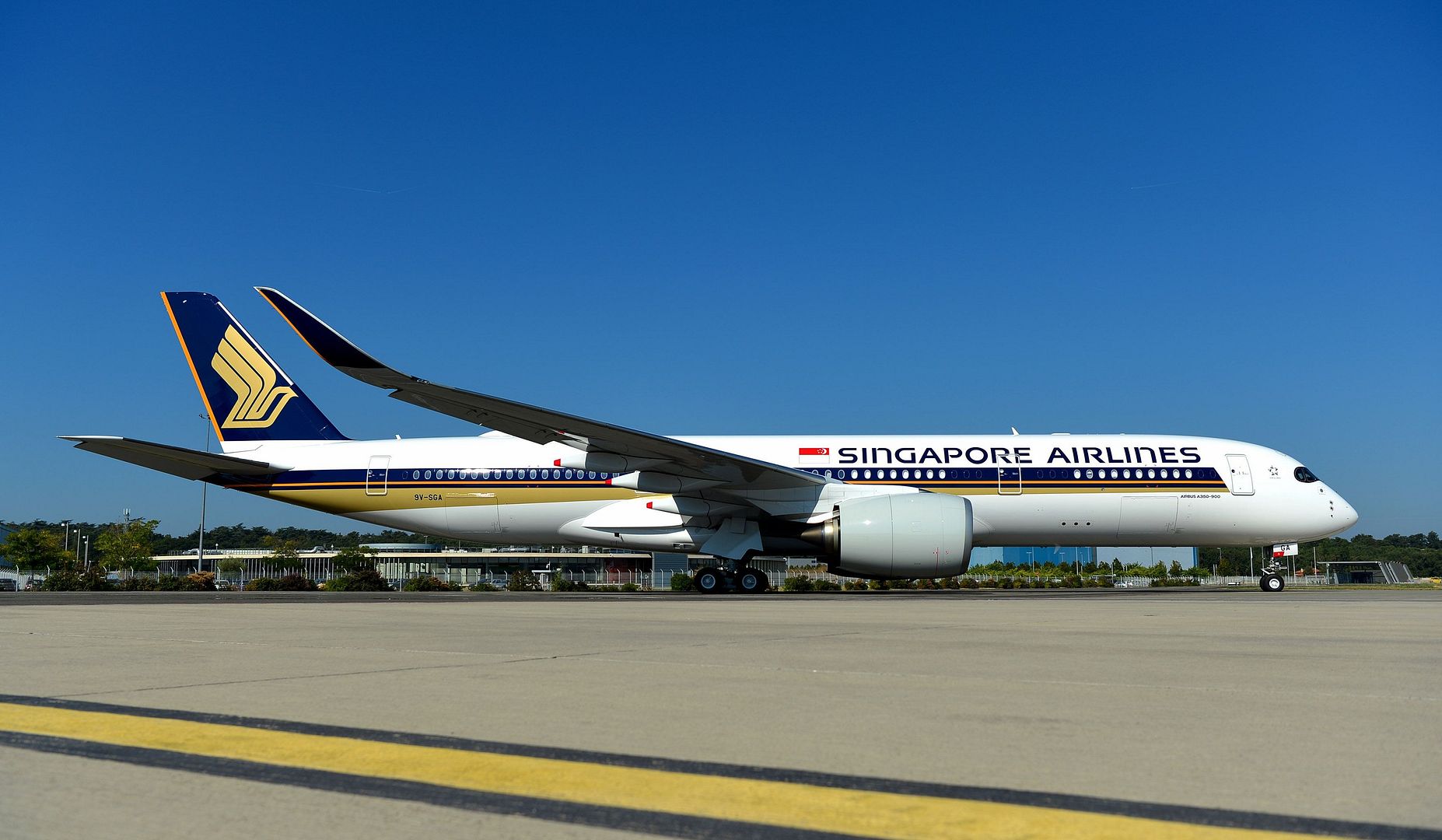
The A350 XWB features the Airspace by Airbus cabin, which is designed to enhance comfort and well-being on long flights. The aircraft has the quietest cabin of any twin aisle widebody and features the latest air conditioning, temperature management and mood lighting systems, with an optimised cabin altitude and higher humidity levels. The aircraft also features the latest in-flight entertainment and WiFi systems, with full connectivity throughout.
As at the end of August 2018, Airbus had recorded a total of 890 firm orders for the A350 XWB from 46 customers worldwide, already making it one of the most successful widebody aircraft ever. Almost 200 A350 XWB aircraft have already been delivered and are in service with 21 airlines, flying primarily on long range services.
Singapore Airlines is one of the largest customers for the A350 XWB Family, having ordered a total of 67 A350-900s, including the seven Ultra Long Range models. Including today?s delivery, the airline?s A350 XWB fleet now stands at 22 aircraft.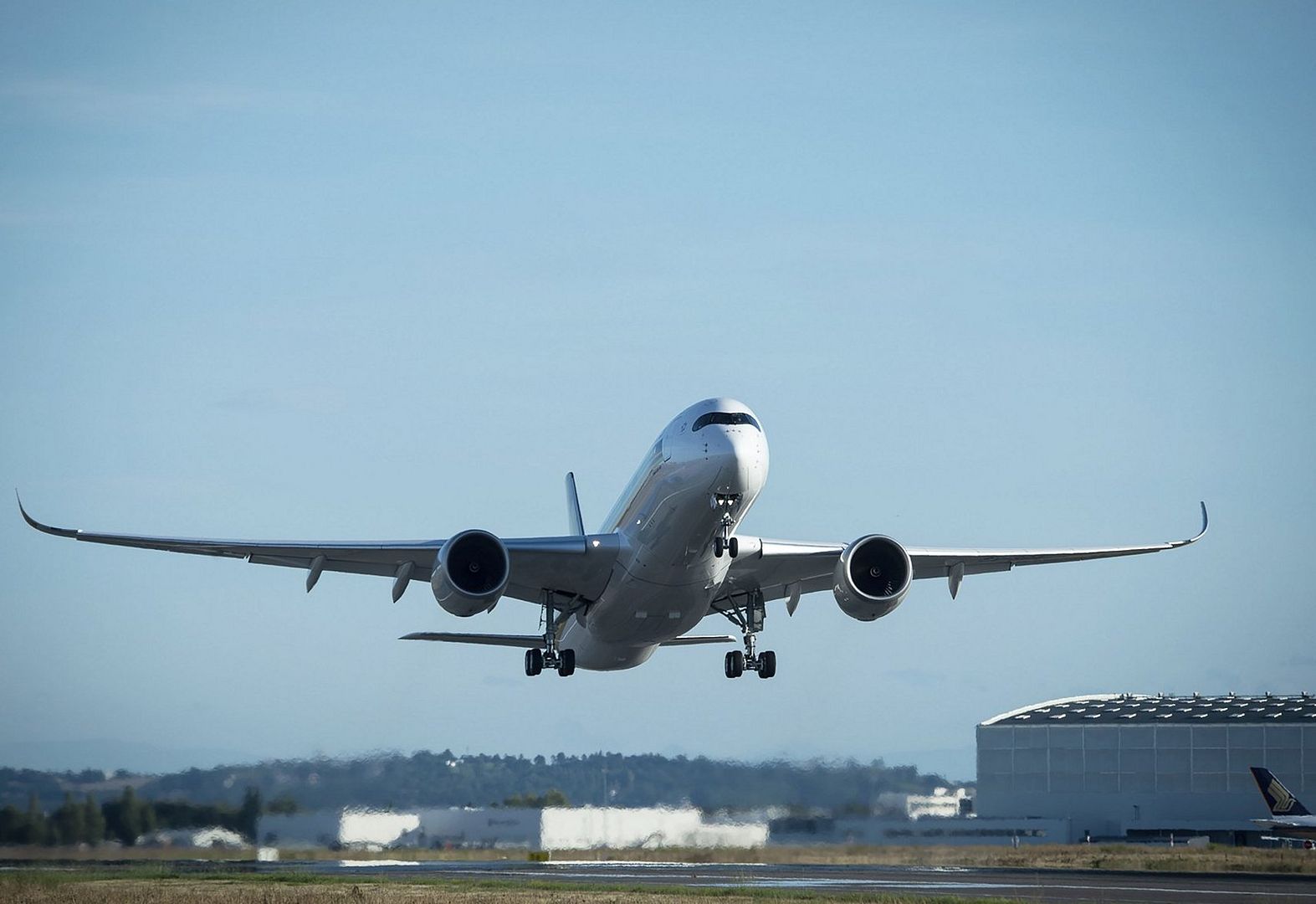
September 24, 2018 Montr?al Commercial Aircraft, Press Release
Bombardier Commercial Aircraft announced today that the Federal Aviation Agency (FAA) has granted approval for the maintenance intervals escalation of the CRJ700, CRJ900 and CRJ1000 aircraft. The line maintenance interval (A-check) is extended to 800 flight hours, and the heavy maintenance interval (C-check) at 8,000 flight hours.
?With the longest maintenance intervals on the regional jet market, the CRJ aircraft family continues to deliver more value to operators, along with its excellent reliability and its proven outstanding operational capability?, said Charles Comtois, Head of CRJ Series Program, Bombardier Commercial Aircraft. ?We are thrilled that our operators are benefitting from our continuous improvement mindset as with this evolution, the CRJ Series operators can now take advantage of 14 per cent less maintenance days, meaning more days of revenue flying.?
The maintenance intervals have doubled since the launch of the CRJ aircraft family. The new maintenance intervals are applicable for new production deliveries as well as all CRJ700, CRJ900, and CRJ1000 aircraft in service.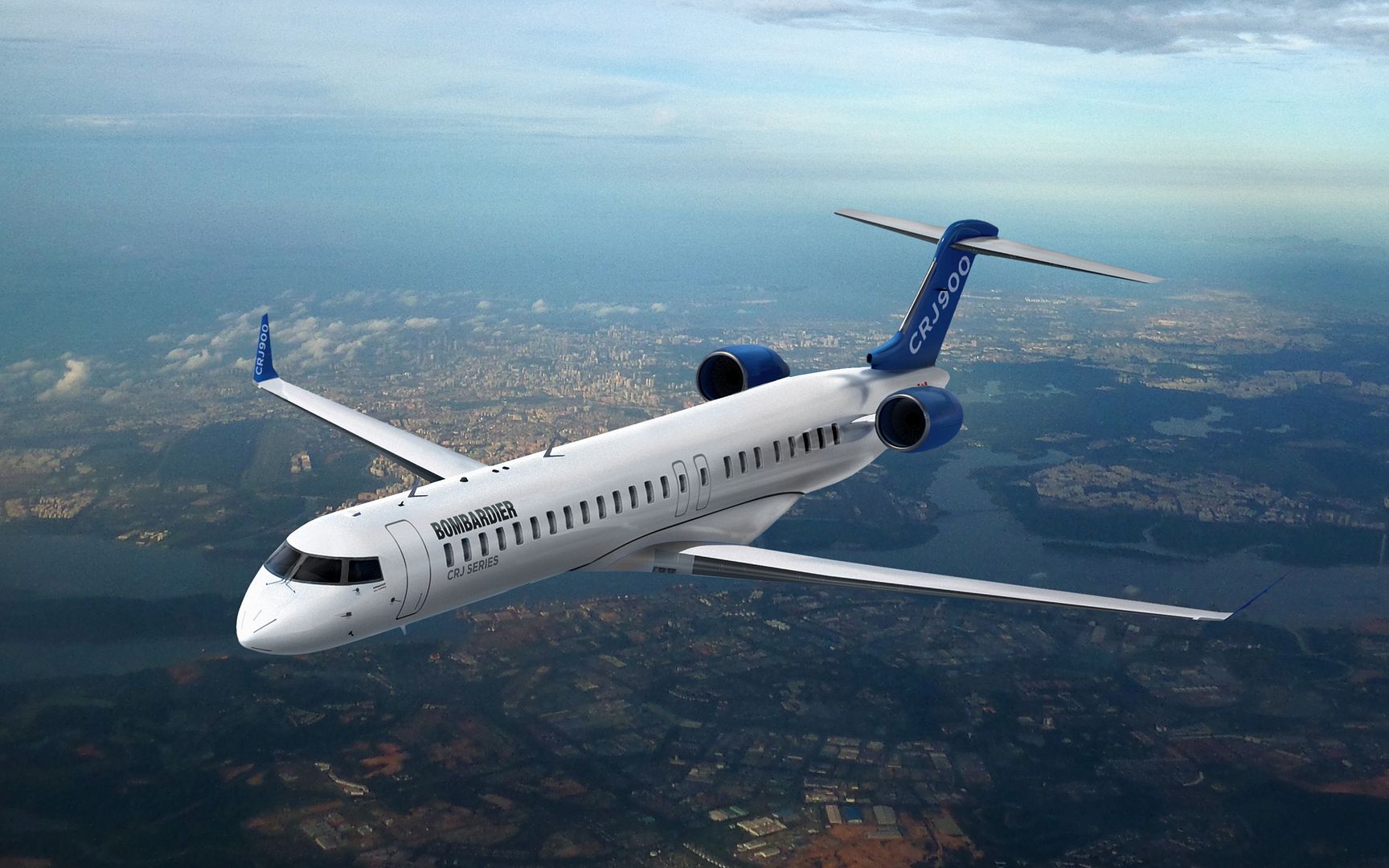
-
 Main Admin09.24.2018
Main Admin09.24.2018
The Air Force Air Demonstration Squadron Thunderbirds Delta flies over the Golden Gate Bridge. The Thunderbirds were returning from the California Capital City Air Show to Nellis Air Force Base. (U.S. Air Force photo by Staff Sgt. Ashley Corkins)
The Air Force Air Demonstration Squadron Thunderbirds Diamond flies along the Pacific Coast. The Thunderbirds were returning from the California Capital City Air Show to Nellis Air Force Base. (U.S. Air Force photo by Staff Sgt. Ashley Corkins)
Lt. Col. Robin T. Sandifer, 47th Fighter Squadron A-10 Thunderbolt II instructor pilot, celebrates reaching 5,000 flight hours in an A-10 with his family at Davis-Monthan Air Force Base, Ariz., Sept. 21, 2018. Sandifer is the fifth pilot to accomplish this feat in the A-10, and is the first to ever cross that threshold here at D-M. (U.S. Air Force photo by Airman 1st Class Kristine Legate)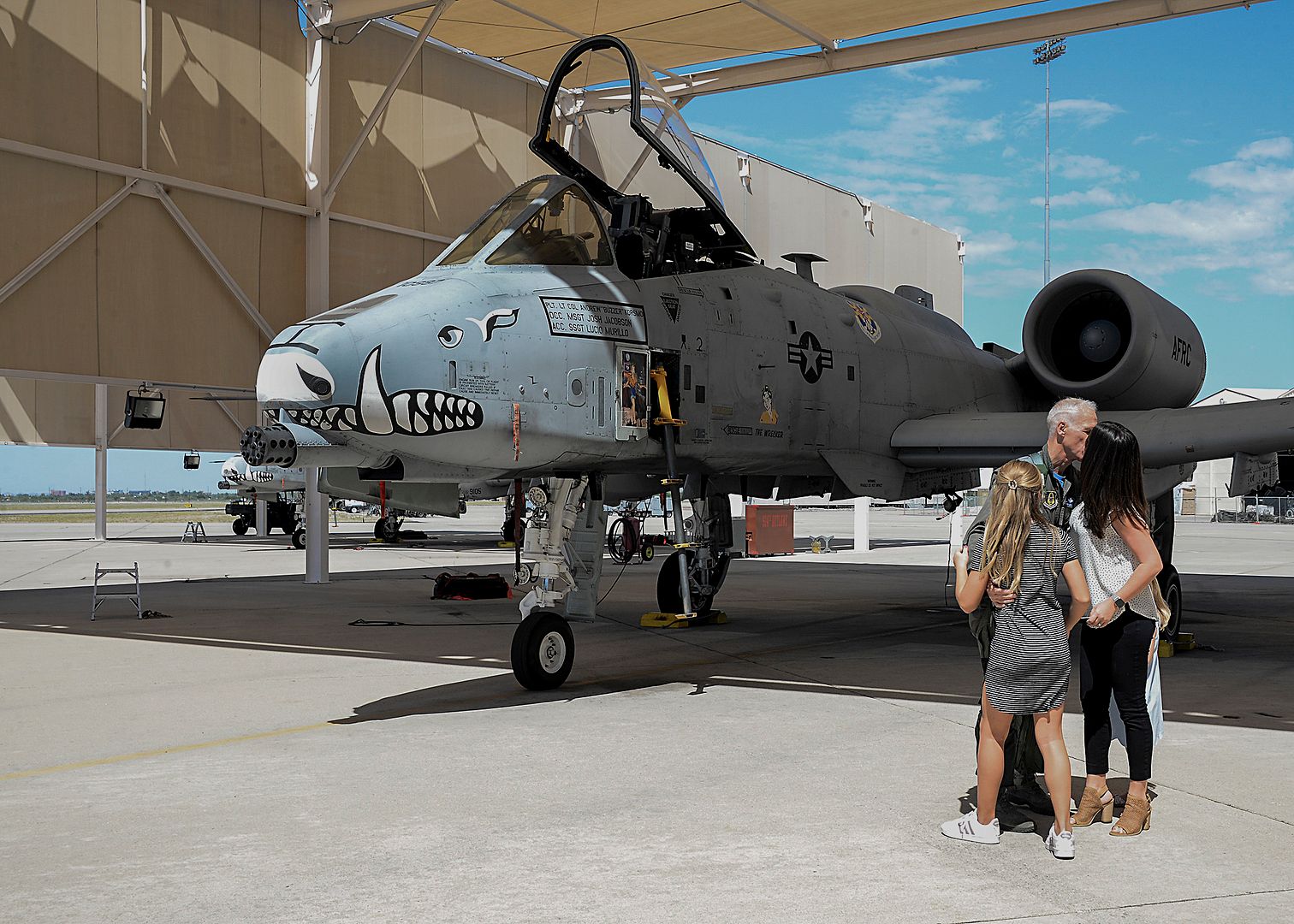
VIRGINIA BEACH, Va. (Sept. 22, 2018) An F/A-18F Super Hornet assigned to the "Gladiators" of Strike Fighter Squadron (VFA) 106 flies alongside Jim Tobul in a Chance-Vought F4U-4 Corsair, known as the Korean War Hero, during the U.S. Navy Legacy Flight in the 2018 Naval Air Station Oceana Air Show. The 2018 Naval Air Station Oceana Air Show was the 59th Annual Naval Air Station Oceana Air Show and celebrated the 75th anniversary of Naval Air Station Oceana. (U.S. Navy photo by Mass Communication Specialist Seaman Mark Thomas Mahmod/Released)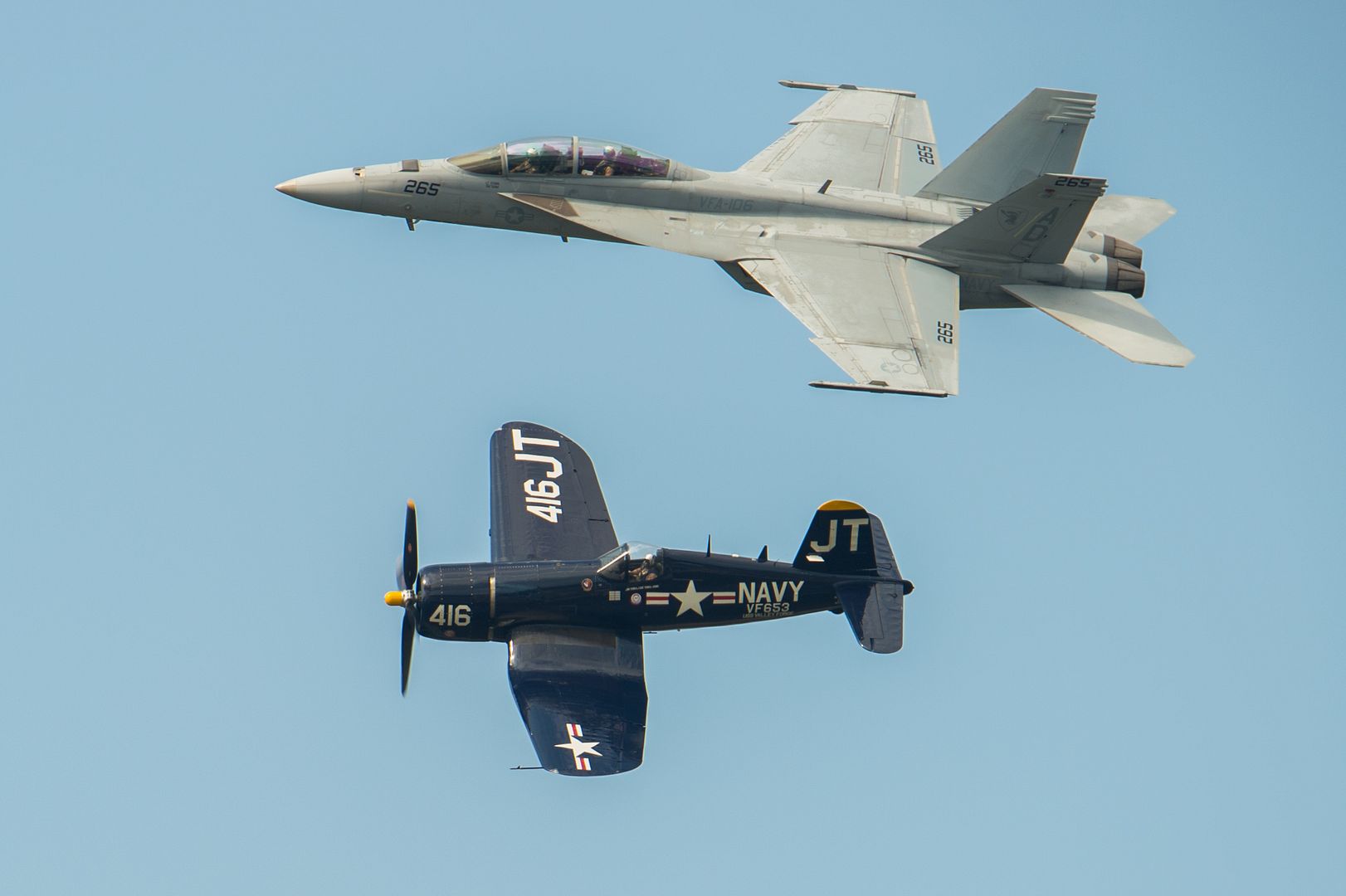
VIRGINIA BEACH, Va. (Sept. 22, 2018) An F/A-18F Super Hornet assigned to the "Gladiators" of Strike Fighter Squadron (VFA) 106 exhibits flow-induced vaporization during a performance in the 2018 Naval Air Station Oceana Air Show. The 2018 Naval Air Station Oceana Air Show was the 59th Annual Naval Air Station Oceana Air Show and celebrated the 75th anniversary of Naval Air Station Oceana. (U.S. Navy photo by Mass Communication Specialist Seaman Mark Thomas Mahmod/Released)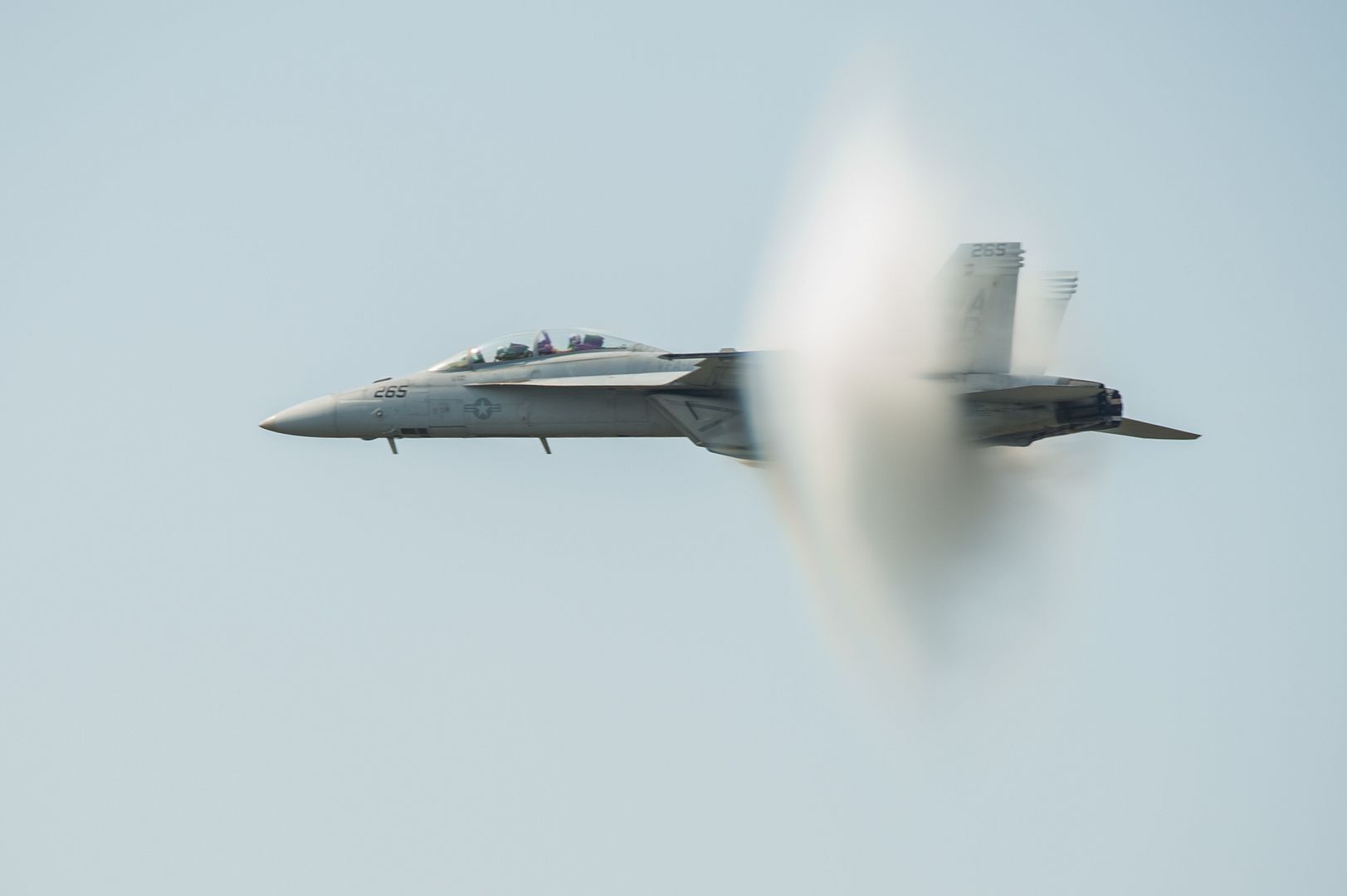
PHILADELPHIA, Pa., Sept. 24, 2018 ? Boeing [NYSE: BA] will provide its MH-139 helicopter and related support to the U.S. Air Force to replace the more than 40-year-old UH-1N ?Huey? helicopters used to protect America?s intercontinental ballistic missile bases.
The program awarded today is valued at $2.4 billion for up to 84 helicopters, training devices and associated support equipment.
?We?re grateful for the Air Force?s confidence in our MH-139 team,? said David Koopersmith, vice president and general manager, Boeing Vertical Lift. ?The MH-139 exceeds mission requirements, it?s also ideal for VIP transport, and it offers the Air Force up to $1 billion in acquisition and lifecycle cost savings.?
The MH-139 derives from the Leonardo AW139, which is used by more than 270 governments, militaries and companies worldwide. Leonardo will assemble the helicopters at its northeast Philadelphia plant, with Boeing integrating military-specific components at its facility south of that city.
The contract also includes operations, maintenance, training systems and support equipment for the MH-139 aircraft.
?We?re proud to provide the U.S. Air Force with solutions across the entire services ecosystem,? said Ed Dolanski, president of U.S. Government Services, Boeing Global Services. ?With the AW139 platform?s more than 2 million flight hours and established supply chain, we look forward to applying our expertise to drive cost savings while supporting mission readiness.?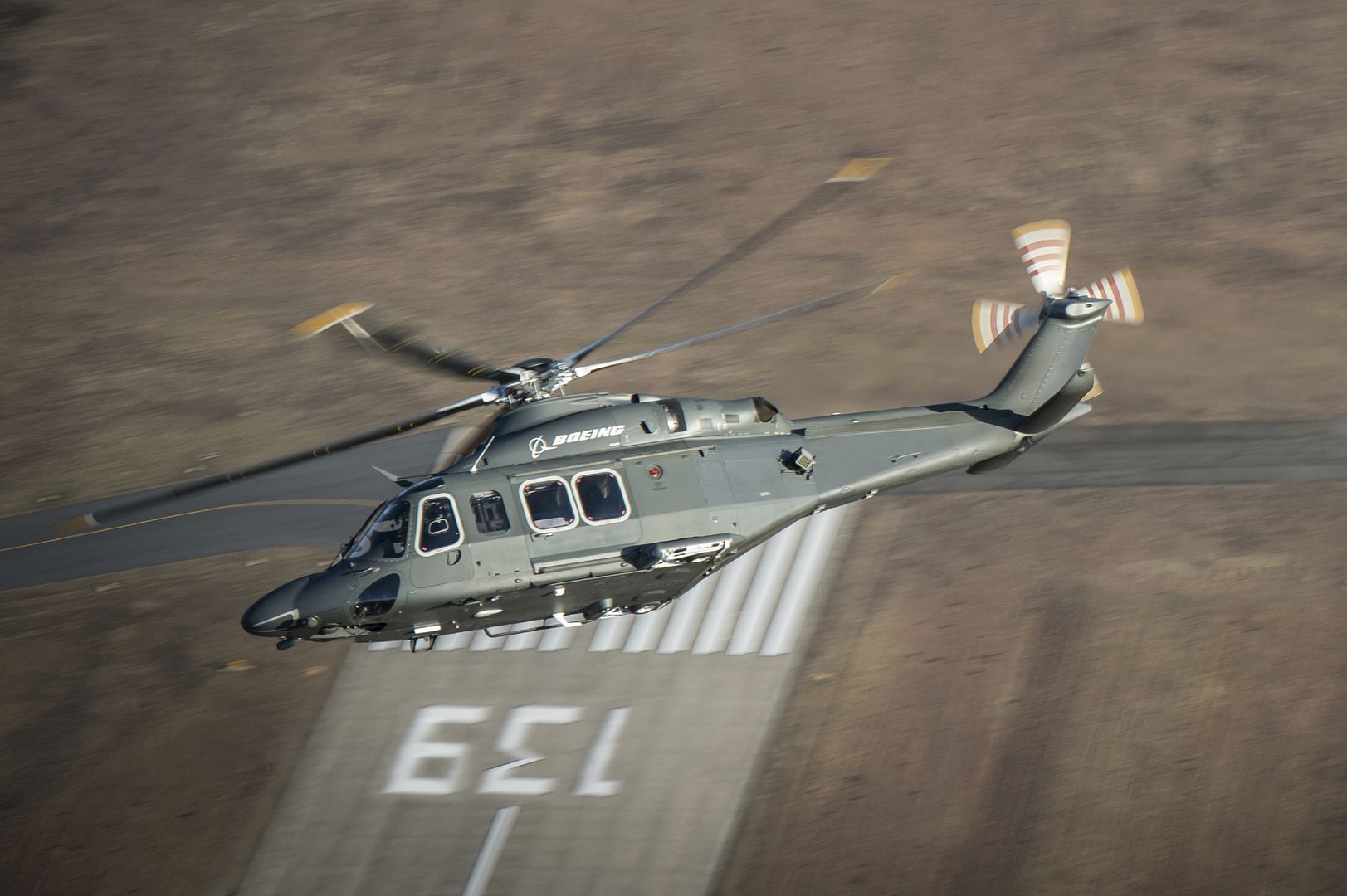
Chilean low cost carrier and all-Airbus operator Sky Airline has taken delivery of its first A320neo aircraft, on lease from ALC (NYSE: AL), at a delivery ceremony in Toulouse. Sky Airline?s A320neo is powered by CFM LEAP-1A engines and has a capacity of 186 passengers, incorporating innovative Space Flex features.
This new A320neo joins Sky Airline?s existing fleet of 15 A320 Family aircraft, and is the first of 21 A320neos to be leased by the airline.
The A320neo Family is the aircraft of choice for airlines in Latin America, capturing 680 orders and commitments from lessors and nine customers, representing over 70 percent of orders in the new generation single-aisle aircraft market.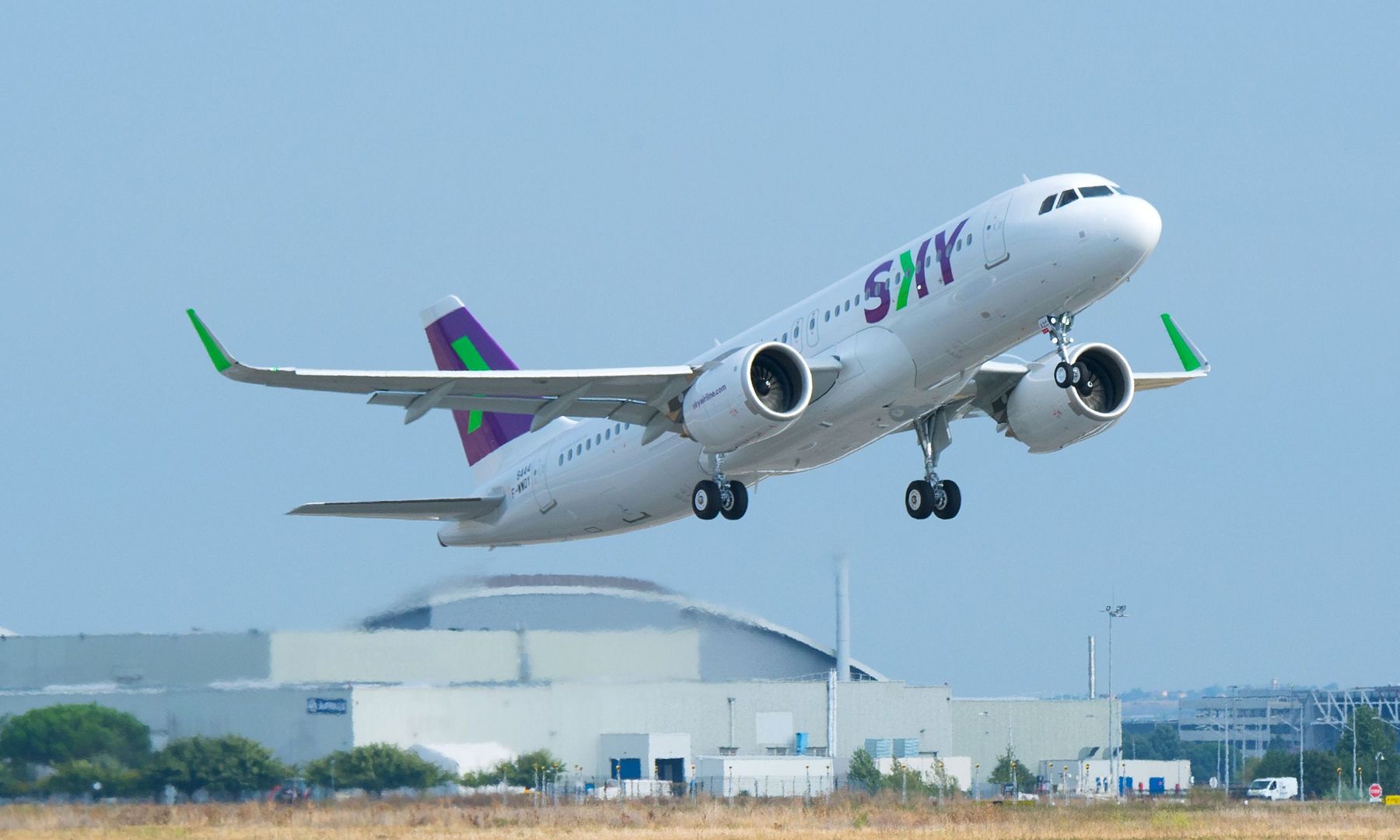
Featuring the widest single-aisle cabin in the sky, the efficient A320neo Family incorporates the very latest technologies including new generation engines and Sharklets, which together deliver more than 15 percent fuel and CO2 savings from day one and 20 percent by 2020 as well as 50 percent noise reduction. With more than 6,100 orders received from over 100 customers, the A320neo Family has captured some 60 percent of the market.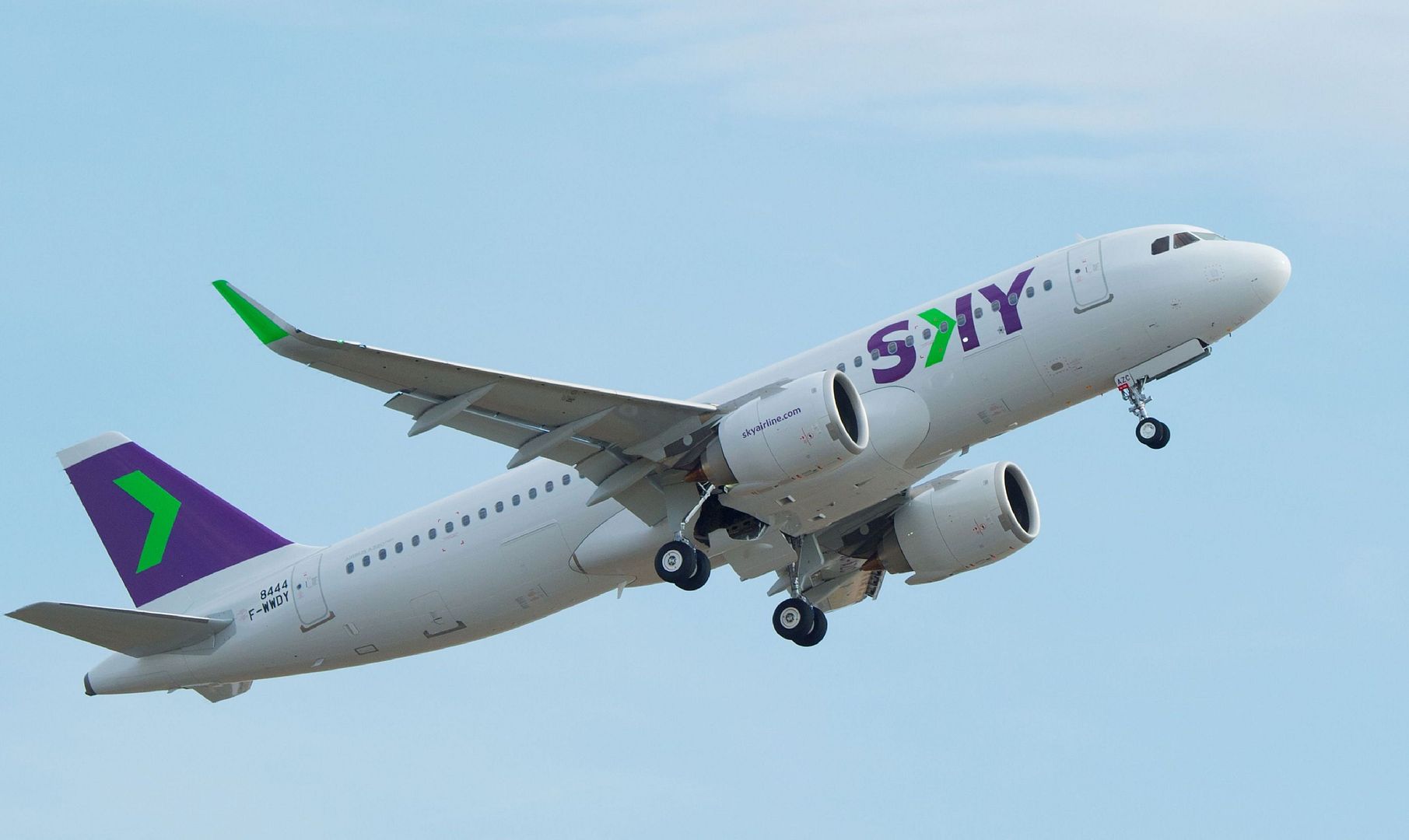
-
 Main AdminMEDITERRANEAN SEA (Sept. 25, 2018) Lt. Charles Horan completes preflight checks on an MH-60R Sea Hawk helicopter, assigned to the ?Vipers? of Helicopter Maritime Strike Squadron (HSM) 48, on the flight deck of the Arleigh Burke-class guided-missile destroyer USS Winston S. Churchill (DDG 81), Sept. 25, 2018. Winston S. Churchill, homeported at Naval Station Norfolk, is conducting naval operations in the U.S. 6th Fleet area of operations in support of U.S. national security interests in Europe and Africa. (U.S. Navy photo by Mass Communication Specialist 2nd Class Evan Thompson/Released)
Main AdminMEDITERRANEAN SEA (Sept. 25, 2018) Lt. Charles Horan completes preflight checks on an MH-60R Sea Hawk helicopter, assigned to the ?Vipers? of Helicopter Maritime Strike Squadron (HSM) 48, on the flight deck of the Arleigh Burke-class guided-missile destroyer USS Winston S. Churchill (DDG 81), Sept. 25, 2018. Winston S. Churchill, homeported at Naval Station Norfolk, is conducting naval operations in the U.S. 6th Fleet area of operations in support of U.S. national security interests in Europe and Africa. (U.S. Navy photo by Mass Communication Specialist 2nd Class Evan Thompson/Released)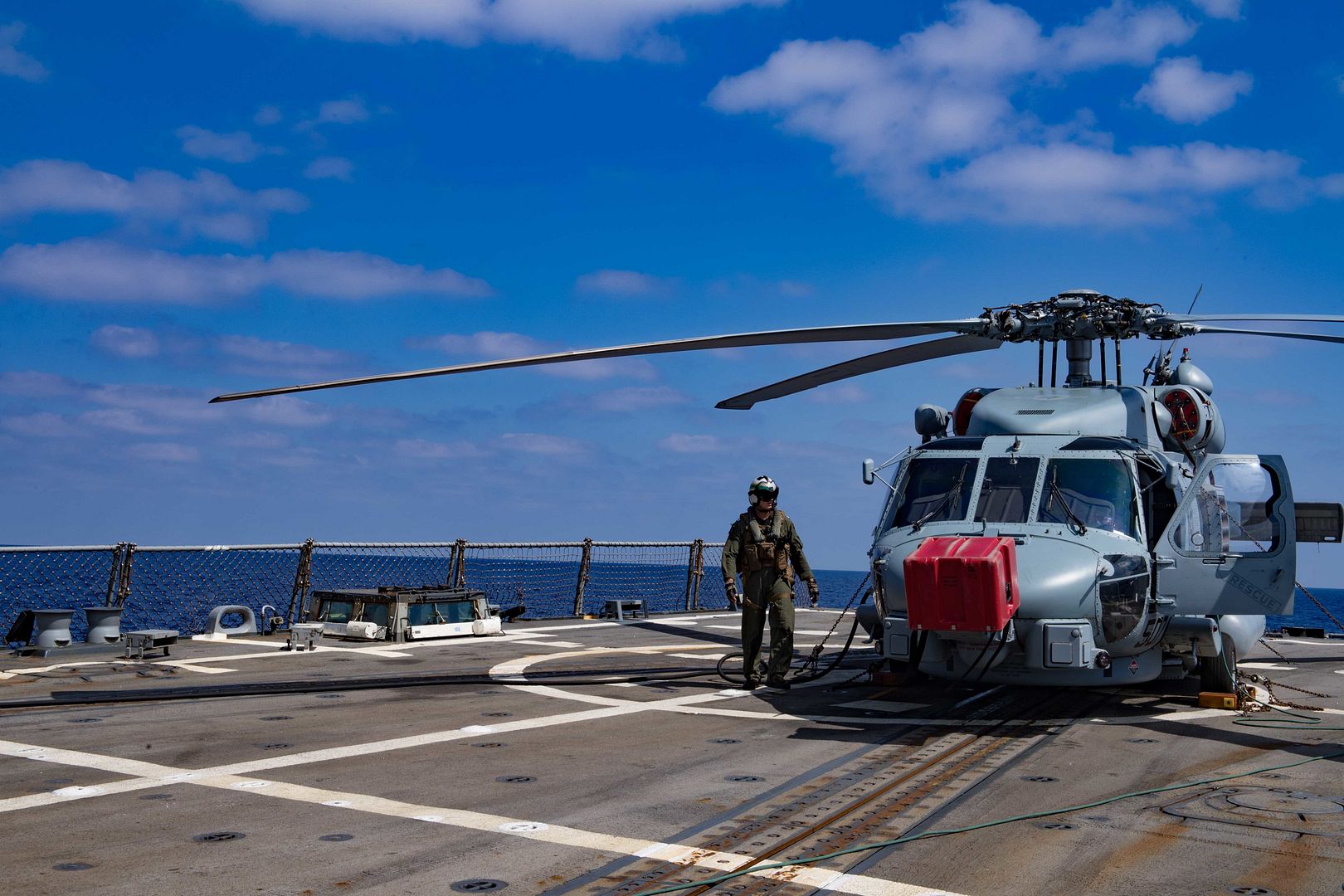
EDWARDS AIR FORCE BASE, Calif. --
Leadership across the Air Force want their workforce to focus on innovation every day, whether it is making things better, more efficient, or saving money. A small team at Edwards can now check off all those boxes with their custom-built test tool designed to cut down test costs and time.
Members from engineering and technical support company JT4, the 812th Aircraft Instrumentation Test Squadron and the 418th Flight Test Squadron, created the Receiver Simulation Tool, which is a ground-based system designed to simulate events that happen during aerial refueling between receiver aircraft and new tankers such as the KC-46 Pegasus, Australian KC-30 and Italian 767.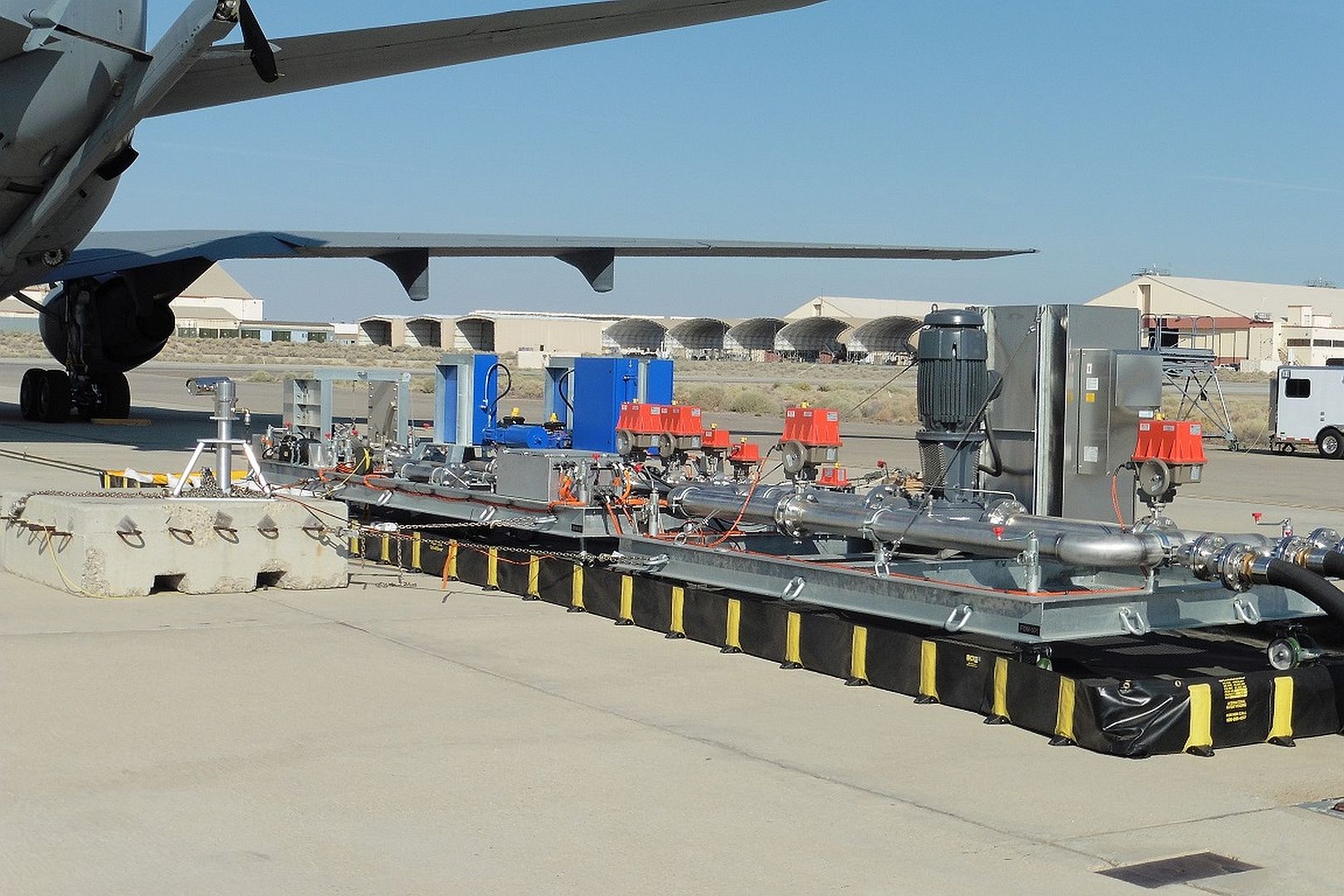
?The RST has two elements, the mobile control room and the fuel rig element, which is modular so it can be transported in a KC-10 all over the world in case we want to go test foreign customers,? said Hans Lambrecht, JT4 lead project engineer for RST.
According to Lambrecht, the primary role of the RST is to measure surge events that can occur during mid-air refueling. If the refueling surge pressure during a tank valve shut-off is not properly dampened by the tanker surge suppression design/equipment, then a wet or flowing disconnect of the refueling boom could occur. If surge pressures exceed the design limitations of the fuel components on either aircraft, a catastrophic failure might occur. To avoid this situation, flow rates might be throttled down or shutoff early, which could result in receiver aircraft not getting a full exchange of fuel.
?The main thing for Global Reach is to top off the fuel tanks on a receiver aircraft,? said Lambrecht. ?Mission planning works a lot better if you get a full jet in the air with full-range capability. The goal is to be able to test this on the ground without having to instrument every receiver aircraft in the air and collect the data in flight, which would be more expensive when you can do it on the ground and get a good picture of what?s going on.?
Lambrecht added the RST has the ability to select one of four different line diameters then throttle using valves controlled by the operator inside the RST?s mobile control room to get different flow rates and fuel line velocities. Once ?steady state? is achieved at the desired test point, testers then can conduct a ?closure event? at different rates and measure the surge pressure wave that occurs during and after that event to characterize the surge suppression response of both legacy and new tankers to compare threshold deltas.
The RST was built at Edwards with mostly customized parts. Lambrecht said even the tires of the mobile control room are custom made.
About two years ago, the RST was born when Air Force Materiel Command and DOD required testing of coalition tankers, according to Lambrecht. He said AFMC asked Edwards if this was something the test center could handle. Steve Parker, 418th FLTS Instrumentation Flight Chief, went to JT4 (at the time called JT3) and asked if this was in their capacity.
?We asked our brothers at JT3 if they had the resources to support and they did,? said Parker. ?From the beginning through development, JT3 engineered, designed, procured, built, test, documented, and validated RST, and now we have a fully functional RST system ready for use on universal tanker assets.?
Lambrecht said the 418th FLTS has been using the RST with legacy tankers such as the KC-135 and KC-10 to get baseline data before testing on new tankers coming soon such as the KC-46.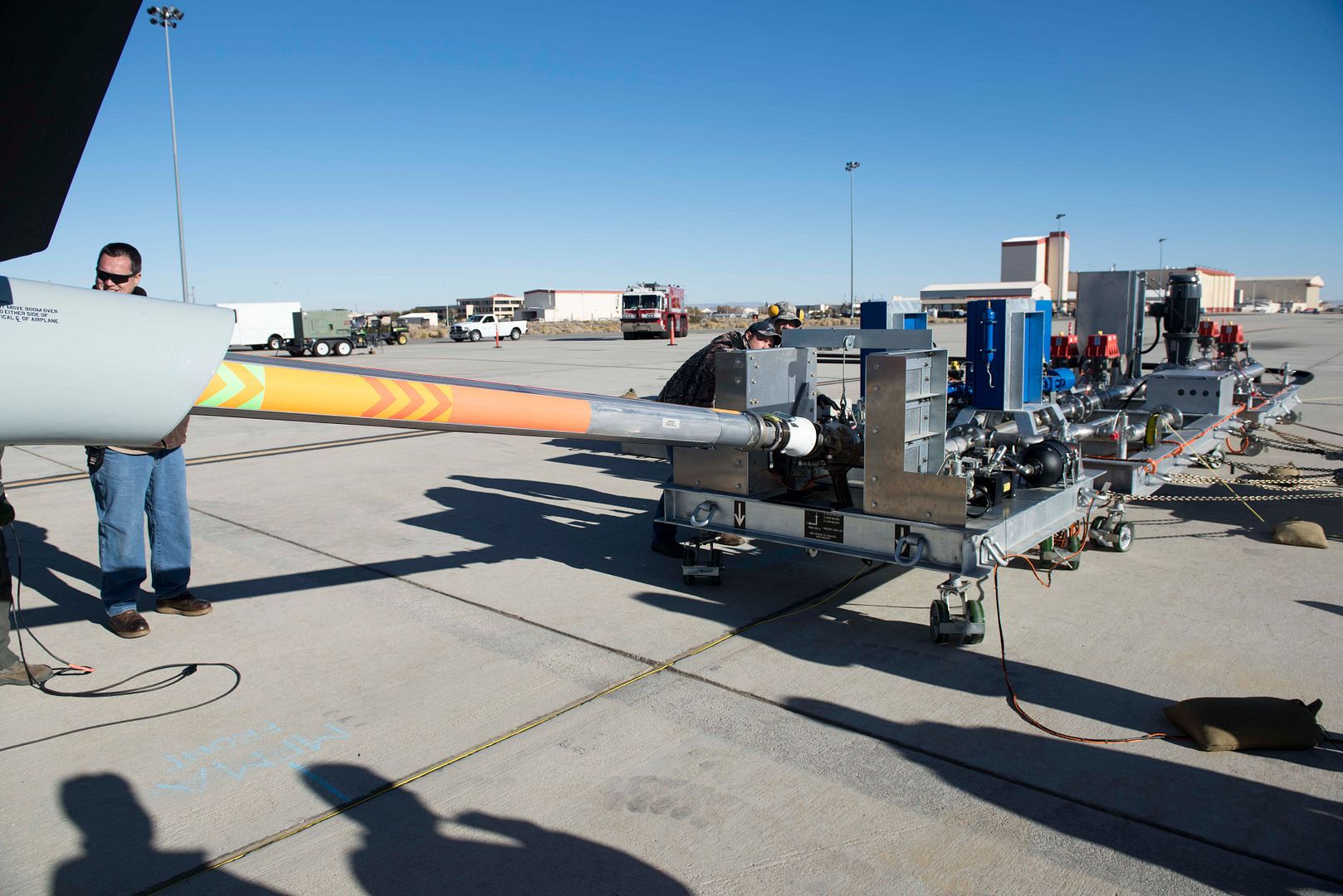
?It will help bring new tankers online in a cost-effective, rapid way,? said Lambrecht. ?It saves money because you don?t have to instrument all the different aircraft when conducting aerial refueling tests. You now have a ground-based rig that is fully instrumented where tankers can just back up into and conduct tests. You can knock out those data points in three days where in the past you had to fly for months with different receiver aircraft to get the same, if not lower-level, data.?
Lambrecht added that his team worked on building the RST part time while supporting other test missions.
?It was a lot of work, but it was fun to bring a new capability to the Air Force,? Lambrecht said. ?A lot of my engineers learned a lot through the process and we?d love to do something else to help save the taxpayers lots of money or enhance mission capability for the warfighter.?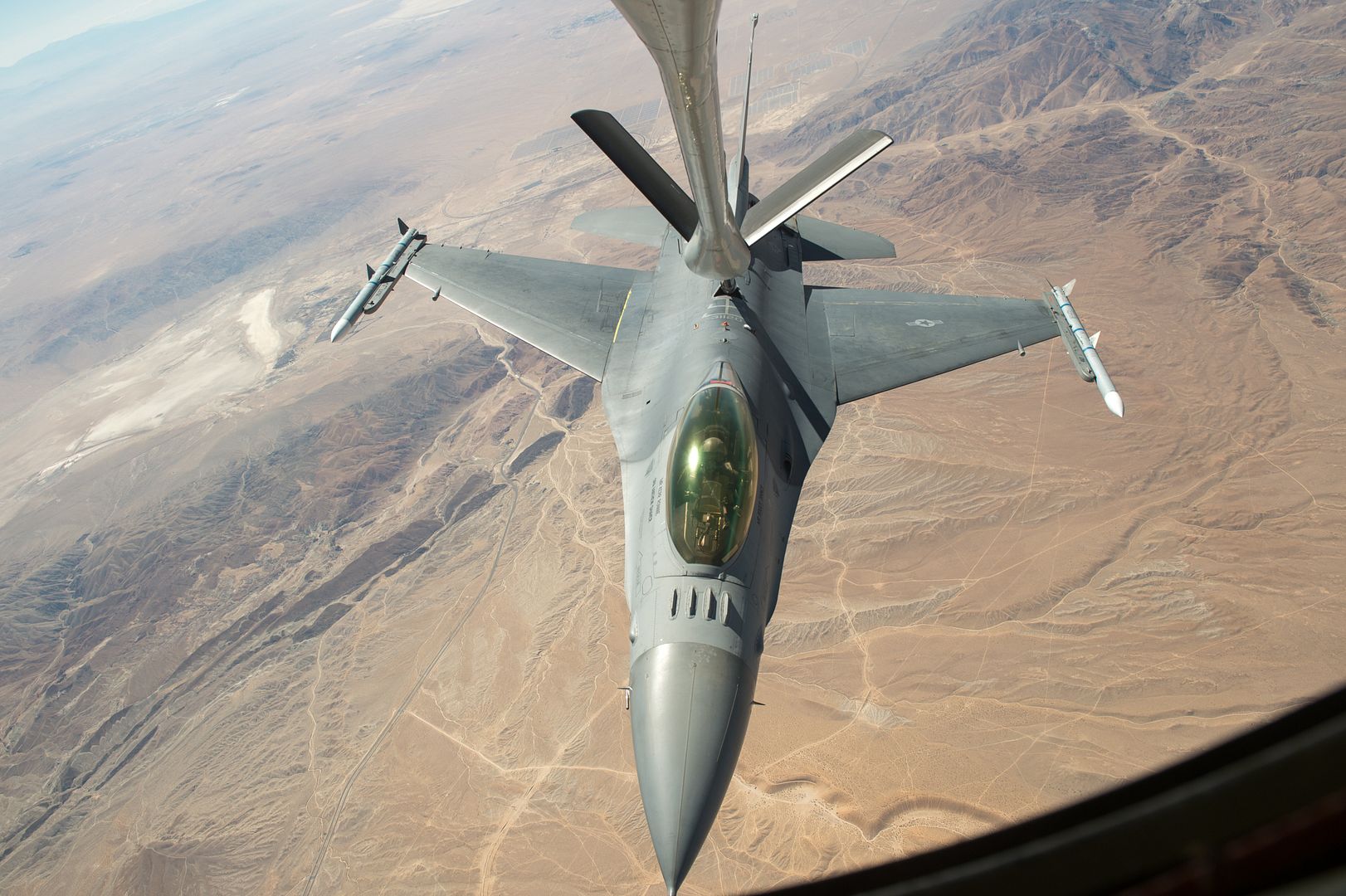
GULF OF ADEN (Sept. 22, 2018) An F-35B Lightning II, attached to the "Avengers" of Marine Fighter Attack Squadron (VMFA) 211, launches from the flight deck of the Wasp-class amphibious assault ship USS Essex (LHD 2) during a scheduled deployment with the Essex Amphibious Ready Group (ARG) and 13th Marine Expeditionary Unit (MEU). The Essex ARG and 13th MEU is the first U.S. Navy/Marine Corps team to deploy to U.S. 5th Fleet area of operations with the F-35B Lightning II. (U.S. Navy photo by Mass Communication Specialist 3rd Class Jenna Dobson/Released)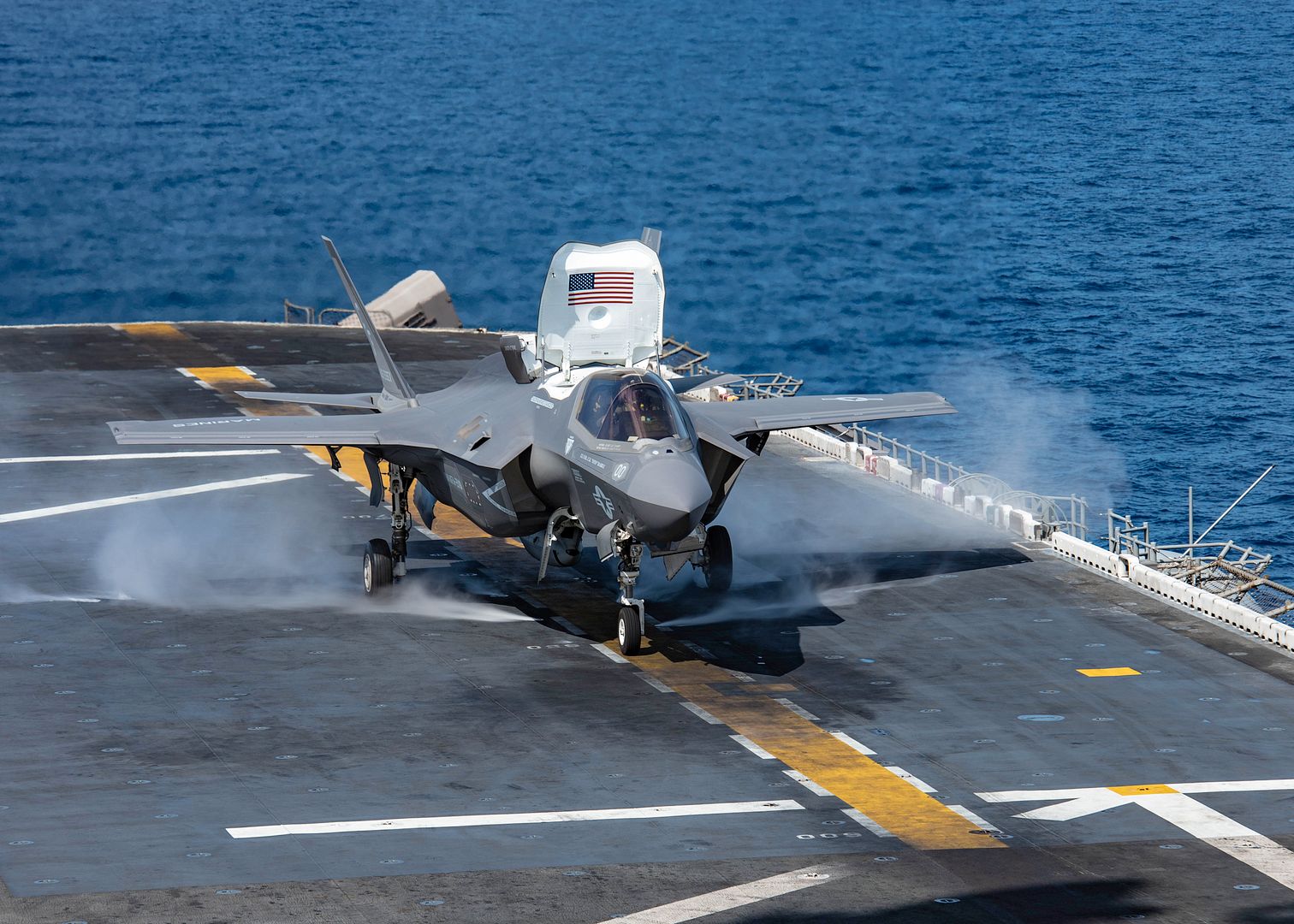
Zurich, Swiss, September 26th, 2018 ? Embraer and Helvetic Airways have signed a contract for a firm order of 12 E190-E2 jets. This agreement was announced as a Letter of Intent (LoI) at the recent Farnborough Air Show, in July. The firm order has a value of USD 730 million, based on current list prices, and will be included in Embraer?s 2018 third-quarter backlog. The contract also includes purchase rights for a further 12 E190-E2, with conversion rights to the E195-E2, bringing the total potential order up to 24 E-Jets E2s. With all the purchase rights being exercised, the deal has a list price of USD 1.5 billion.
The announcement was made by the two companies during the Zurich debut of the E190-E2, the world?s most efficient and quietest single-aisle aircraft, as part of its tour of Europe and the Commonwealth of Independent States (CIS).
The first 12 E190-E2 aircraft will begin replacing Helvetic?s five Fokker 100s and seven E190s, starting in late 2019 and completing in autumn 2021. The purchase options for a further 12 aircraft (E190-E2 or E195-E2) will enable Helvetic Airways to grow according to market opportunities.
Embraer is the world?s leading manufacturer of commercial jets up to 150 seats. The Company has 100 customers from all over the world operating the ERJ and E-Jet families of aircraft. For the E-Jets program alone, Embraer has logged more than 1,800 orders and 1,400 deliveries, redefining the traditional concept of regional aircraft.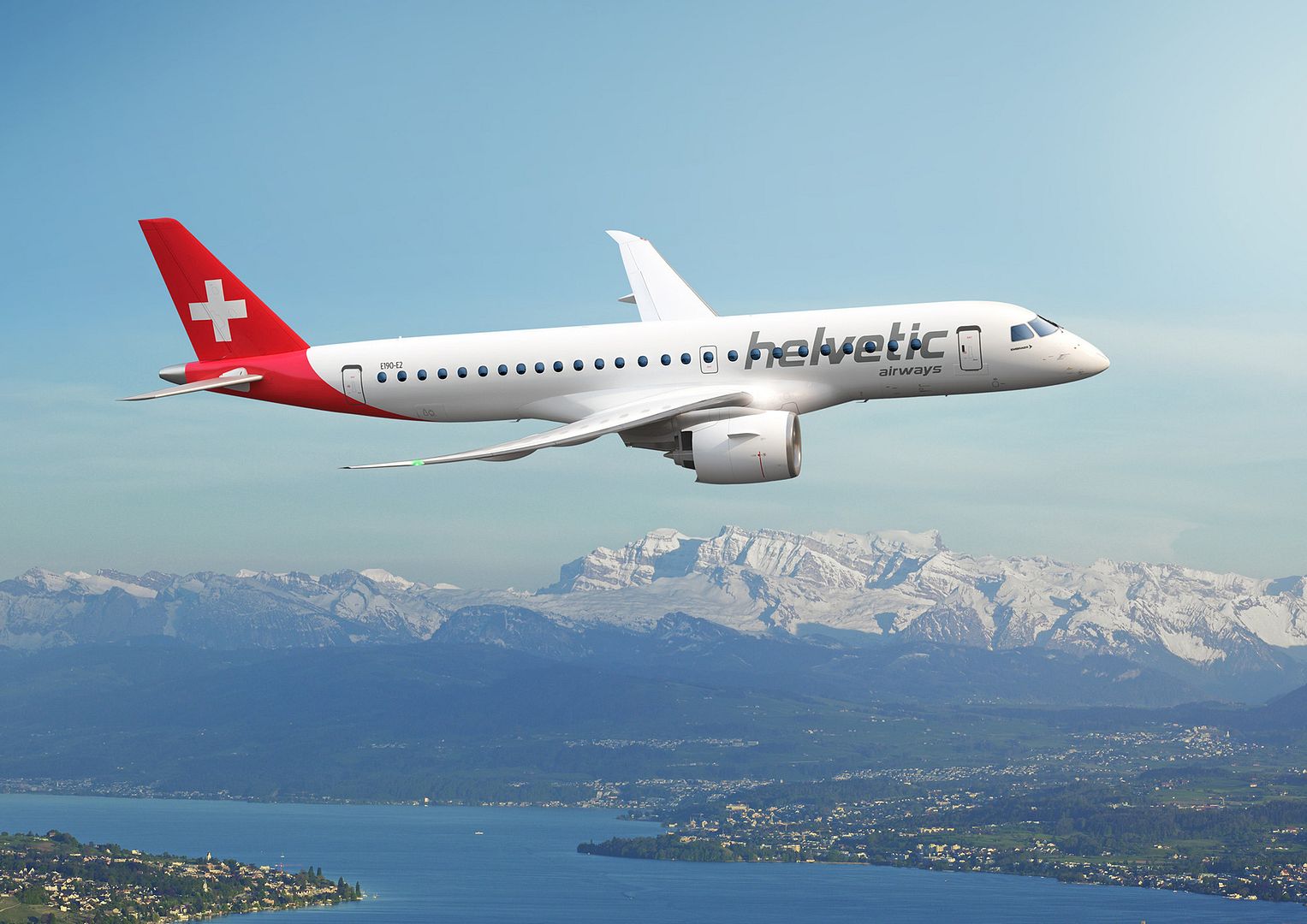
B-52H Stratofortress, serial #60-0058, on the flight line after completing depot-level overhaul by the 565th Aircraft Maintenance Squadron, Oklahoma City Air Logistics Complex, on Sept. 24, 2018 at Tinker Air Force Base, Oklahoma. 60-0058 completed overhaul here almost two weeks ahead of schedule on Sept. 14th and is the 17th aircraft produced in fiscal year 2018 meeting the programmed goal of 17 aircraft. The aircraft was delivered to the 2nd Bomb Wing, Barksdale Air Force Base on Sept. 25, 2018. (U.S. Air Force photo/Greg L. Davis)
A Bombardier BD-700 Global Express, transporting President of Botswana Mokgweetsi Masisi, arrives at Joint Base Andrews, Md., Sept. 25, 2018. The 89th Airlift Wing provides safe and reliable worldwide airlift and logistical support for high-level U.S. and foreign government officials. (U.S. Air Force Photo/Tech. Sgt. Robert Cloys)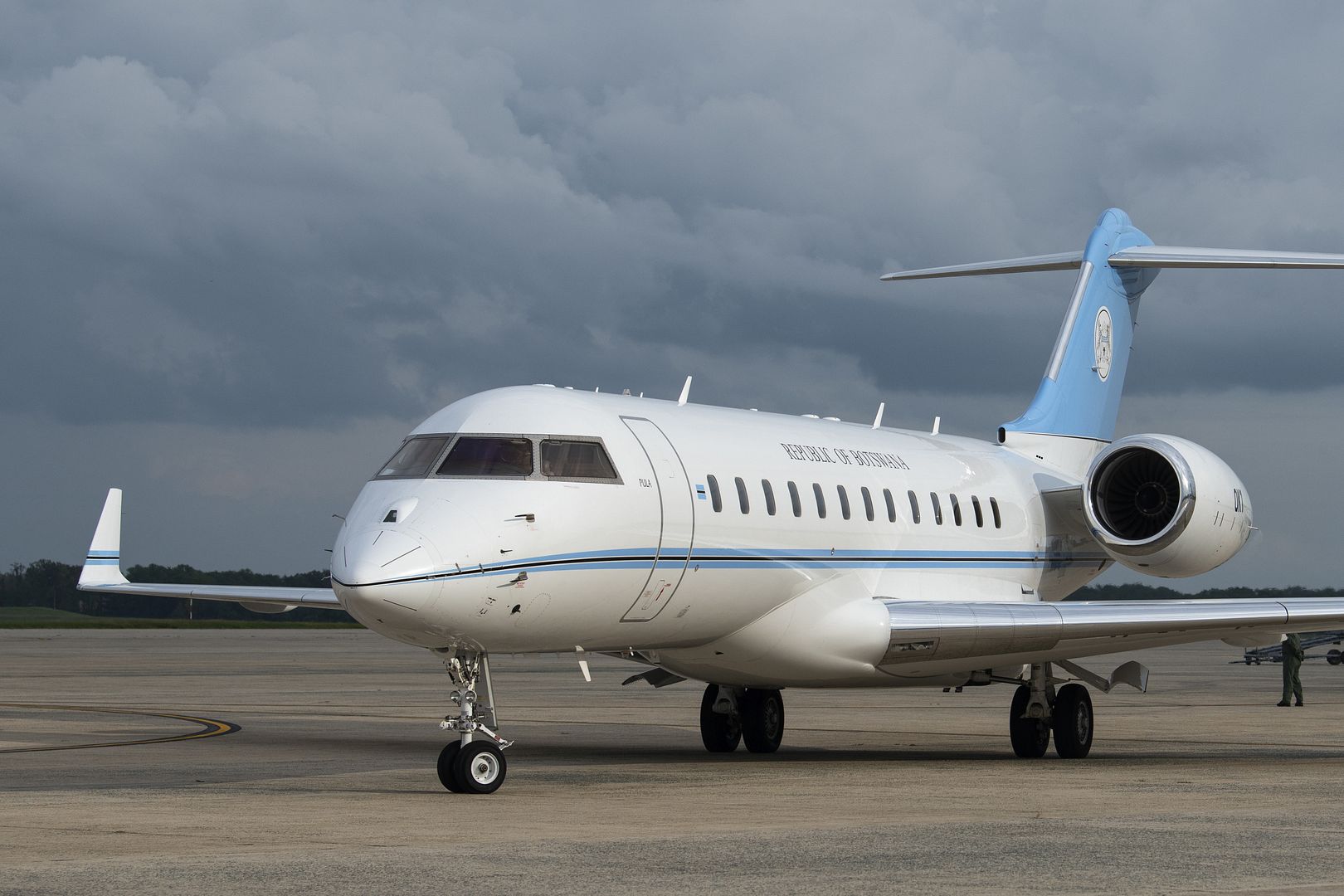
-
 Main AdminU.S. 5th FLEET AREA OF OPERATIONS ? U.S. Marines with Marine Fighter Attack Squadron 211, 13th Marine Expeditionary Unit (MEU), stage ordnance before loading it into an F-35B Lightning II aboard the Wasp-class amphibious assault ship USS Essex (LHD 2) in preparation for the F-35B's first combat strike, Sept. 27, 2018. The Essex is the flagship for the Essex Amphibious Ready Group and, with the embarked 13th MEU, is deployed to the U.S. 5th Fleet area of operations in support of naval operations to ensure maritime stability and security in the Central Region, connecting the Mediterranean and the Pacific through the western Indian Ocean and three strategic choke points. (U.S. Marine Corps photo's by Cpl. A. J. Van Fredenberg/Released)
Main AdminU.S. 5th FLEET AREA OF OPERATIONS ? U.S. Marines with Marine Fighter Attack Squadron 211, 13th Marine Expeditionary Unit (MEU), stage ordnance before loading it into an F-35B Lightning II aboard the Wasp-class amphibious assault ship USS Essex (LHD 2) in preparation for the F-35B's first combat strike, Sept. 27, 2018. The Essex is the flagship for the Essex Amphibious Ready Group and, with the embarked 13th MEU, is deployed to the U.S. 5th Fleet area of operations in support of naval operations to ensure maritime stability and security in the Central Region, connecting the Mediterranean and the Pacific through the western Indian Ocean and three strategic choke points. (U.S. Marine Corps photo's by Cpl. A. J. Van Fredenberg/Released)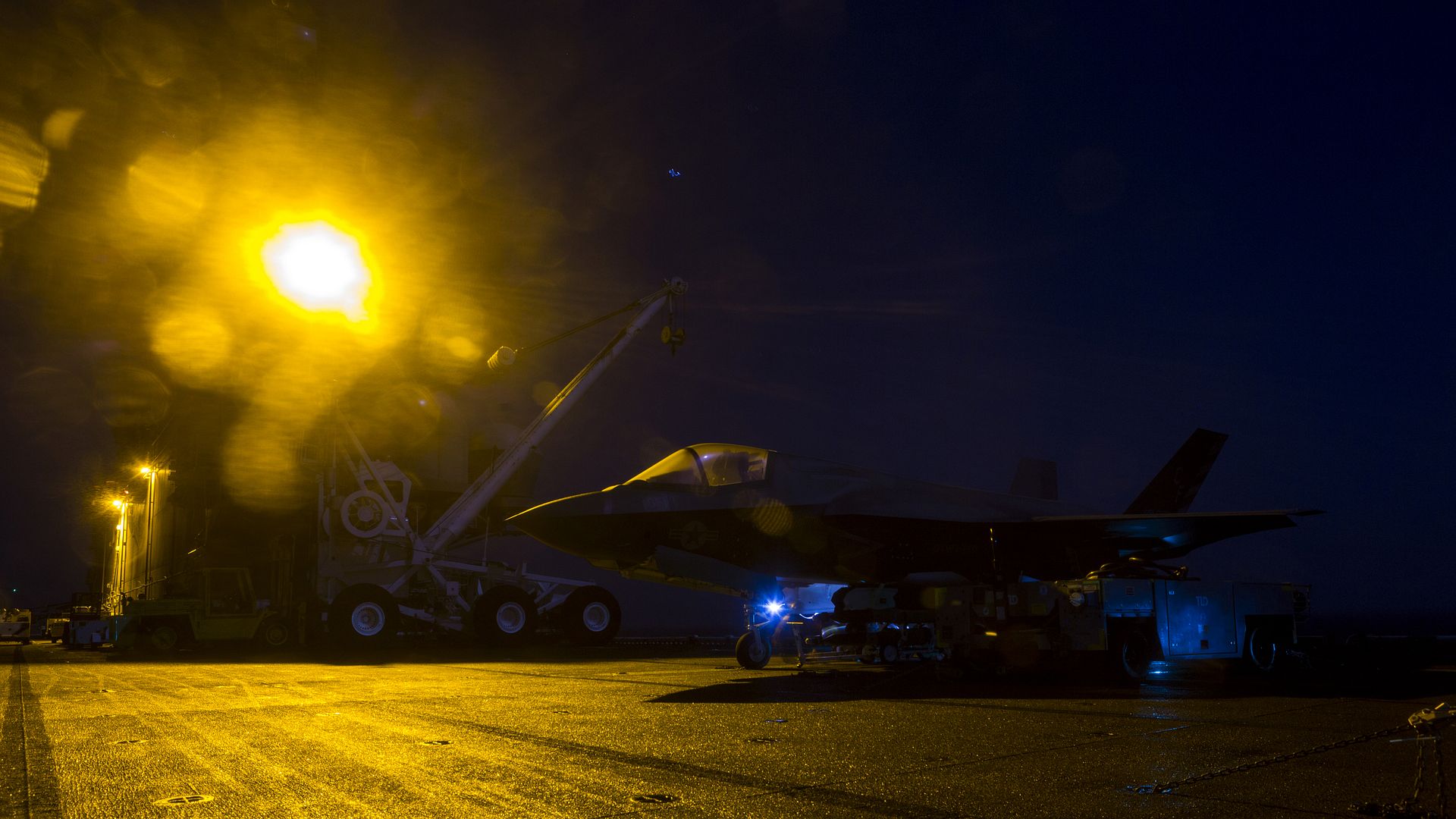
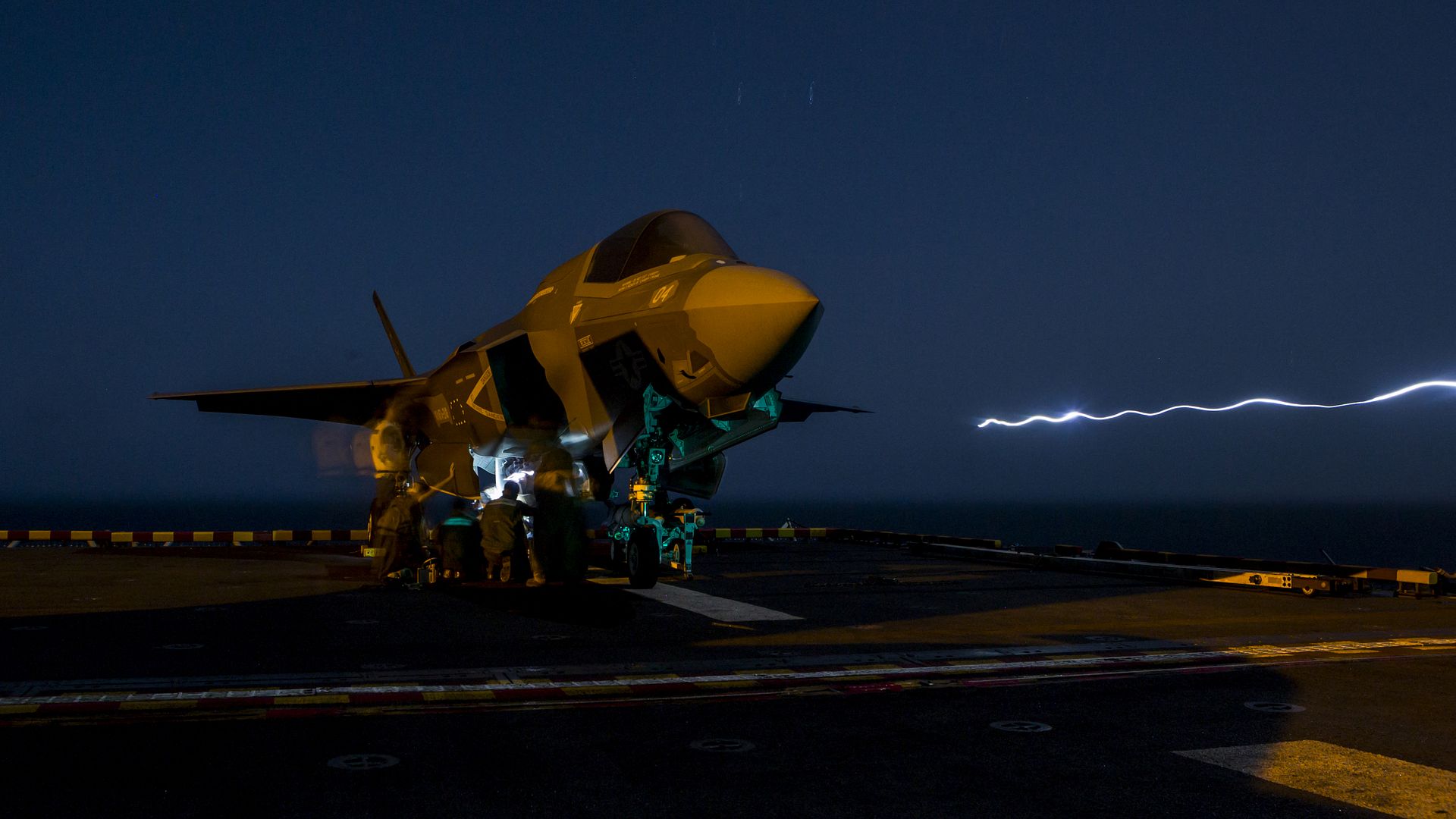
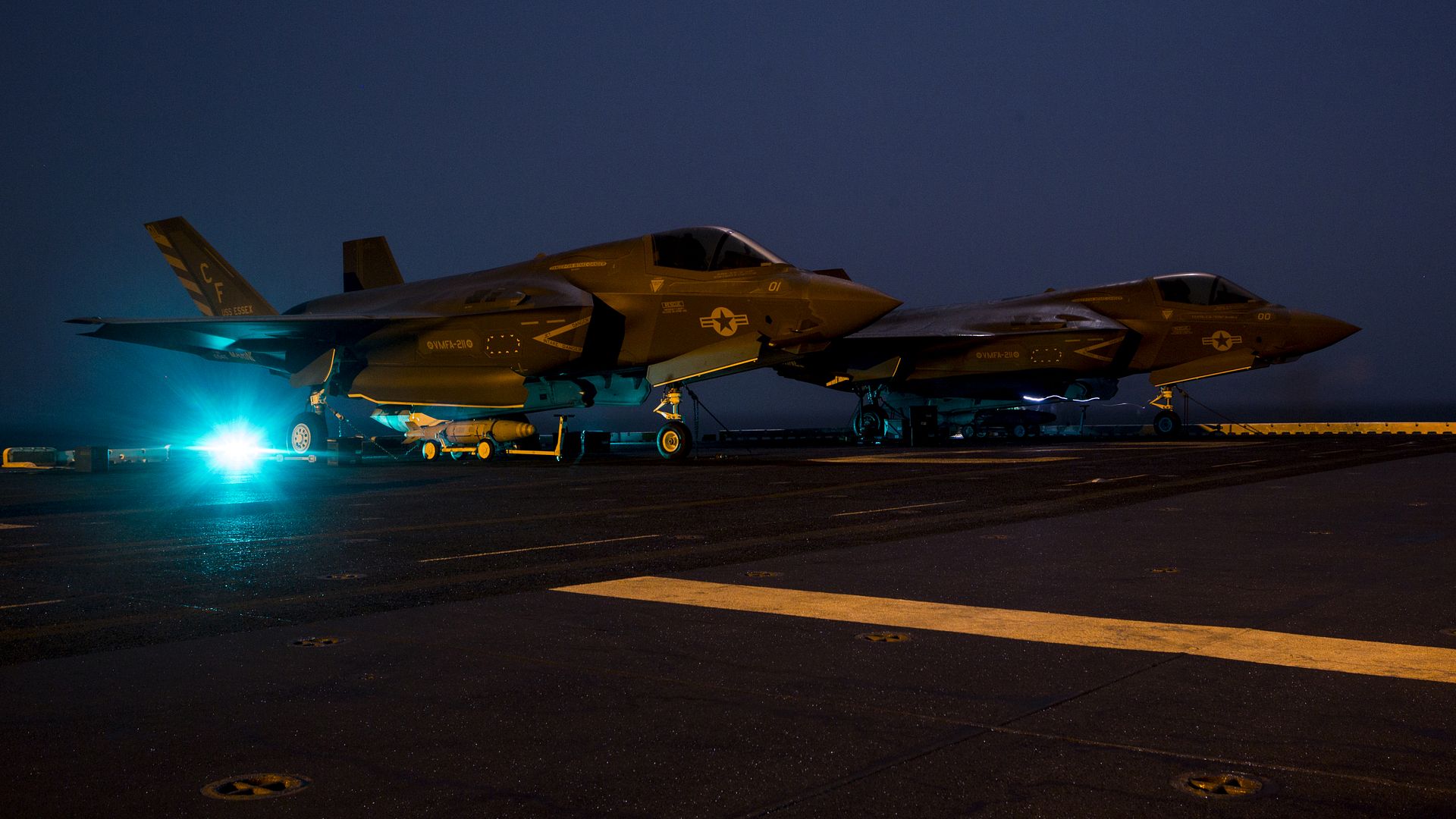
U.S. 5th FLEET AREA OF OPERATIONS (Sept. 27, 2018) ? Aviation Boatswain?s Mate (Handling) 1st Class Isaac Berwick launches in an F-35B Lightning II with Marine Fighter Attack Squadron 211, 13th Marine Expeditionary Unit (MEU), aboard the Wasp-class amphibious assault ship USS Essex (LHD 2) in preparation for the F-35B's first combat strike, Sept. 27, 2018. The Essex ARG and 13th MEU is the first U.S. Navy/Marine Corps team to deploy to U.S. 5th Fleet area of operations with the transformational warfighting capabilities of the F-35B Lightning II, making it a more lethal, flexible and persistent force, leading to a more stable region for our partner nations. (U.S. Navy photo's by Mass Communication Specialist 3rd Class Matthew Freeman)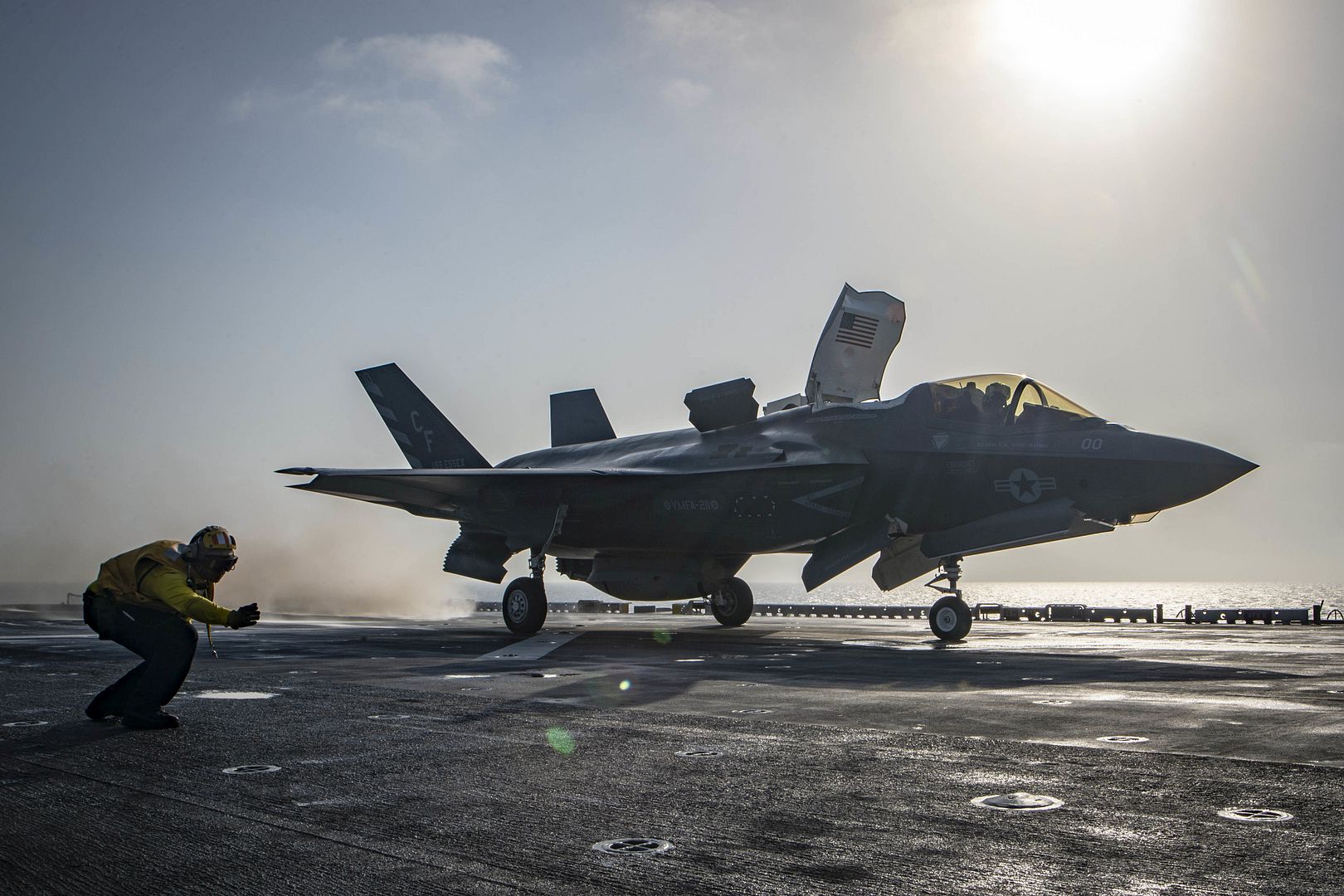
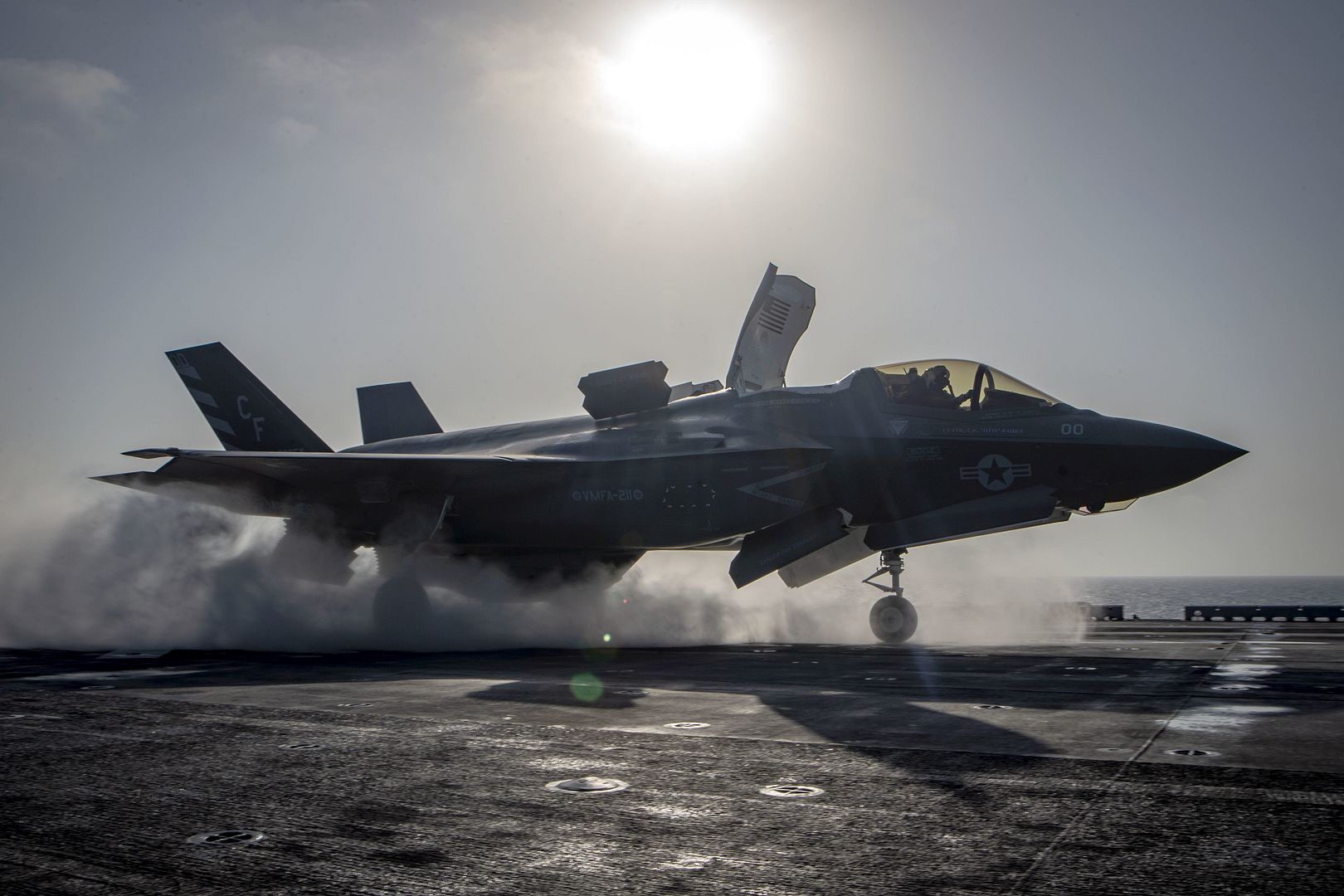
ST. LOUIS, Sept. 27, 2018 ? U.S. Air Force pilots will soon train for combat with T-X jets and simulators from Boeing [NYSE: BA].
?Today?s announcement is the culmination of years of unwavering focus by the Boeing and Saab team,? said Leanne Caret, president and CEO, Boeing Defense, Space & Security. ?It is a direct result of our joint investment in developing a system centered on the unique requirements of the U.S. Air Force. We expect T-X to be a franchise program for much of this century.?
Boeing and its risk-sharing partner Saab designed, developed, and flight tested two all-new, purpose-built jets ? proving out the system?s design, repeatability in manufacturing and training capability.
?This selection allows our two companies to deliver on a commitment we jointly made nearly five years ago,? said H?kan Buskhe, president and CEO of Saab. ?It is a major accomplishment for our partnership with Boeing and our joint team, and I look forward to delivering the first trainer aircraft to the Air Force.?
Boeing is now clear to begin placing orders with its suppliers, including Saab. More than 90 percent of Boeing?s offering will be made in America, supporting more than 17,000 jobs in 34 states.
Saab serves the global market with world-leading products, services and solutions within military defense and civil security. Saab has operations and employees on all continents around the world. Through innovative, collaborative and pragmatic thinking, Saab develops, adopts and improves new technology to meet customers? changing needs.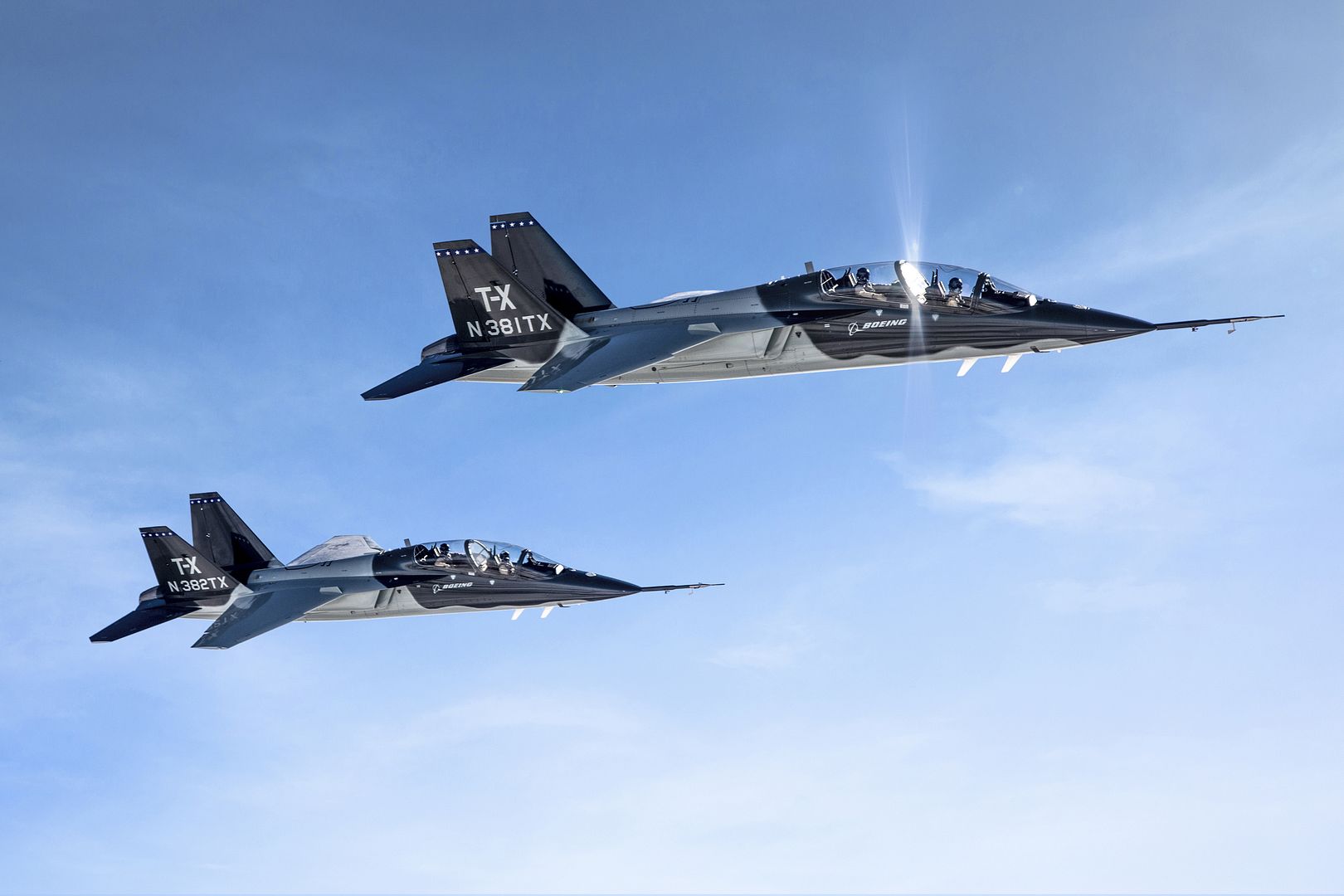
A330-900 ready for delivery to first operator TAP Air Portugal soon
The A330-900 has received its Type Certification from the European Aviation Safety Agency (EASA). The aircraft is powered by Rolls-Royce Trent 7000 engines. The Type Certificate was signed by EASA?s Certification Director, Trevor Woods, and handed over by EASA?s Head of Large Aeroplanes Certification, Ludovic Aron, to Airbus? Head of Engineering for Commercial Aircraft, Jean-Brice Dumont. Federal Aviation Administration (FAA) certification is expected to follow shortly.
"The A330neo embodies Airbus? spirit of innovation. This new generation aircraft with unparalleled efficiency and flexibility from short to long haul routes has tremendous market potential,? said Guillaume Faury, President Airbus Commercial Aircraft. ?We look forward to delivering the first aircraft equipped with the beautiful new Airspace cabin to our launch customer TAP Air Portugal in the coming weeks.?
In agreement with TAP Air Portugal, its first built aircraft served as a demonstrator for route proving around the world visiting more than 12 countries. Together with the two A330-900 flight test aircraft, the certification flight test campaign was successfully completed in around 1,400 flight test hours in under a year since the first flight on 19th October 2017.
The A330neo is a true new-generation family comprising the A330-900 and its smaller sibling, the A330-800, which will make its first flight in the coming weeks. The A330-900 in particular is the lowest seat-mile cost 300-seater which incorporates highly efficient Rolls-Royce Trent 7000 engines, a new 3D-optimised wing and new sharklets with use of lighter composite materials. Together, these advances bring a significant reduction in fuel consumption of 25 per cent compared with older generation aircraft of similar size.
Passengers can expect the highest levels of comfort when flying on the A330neo, with the aircraft featuring the award-winning Airspace by Airbus cabin with newly designed sidewalls and fixtures, larger overhead storage, advanced cabin mood lighting and the latest in-flight entertainment and connectivity.
Operationally, the A330neo shares a common pilot type-rating with the larger A350 XWB, which facilitates minimum flight training cost and maximum pilot productivity. Maintenance personnel will also benefit from the aircraft?s new Skywise data connectivity features which will help them to predict potential issues before they arise, thus ensuring maximum productivity of the aircraft in revenue service.
The A330 is one of the most popular widebody families ever, having received over 1,700 orders from 120 customers. More than 1,400 A330s are flying with over 120 operators worldwide. The A330neo is the latest addition to the leading Airbus widebody family, which also includes the A350 XWB and the A380, all featuring unmatched space and comfort combined with unprecedented efficiency levels and unrivalled range capability.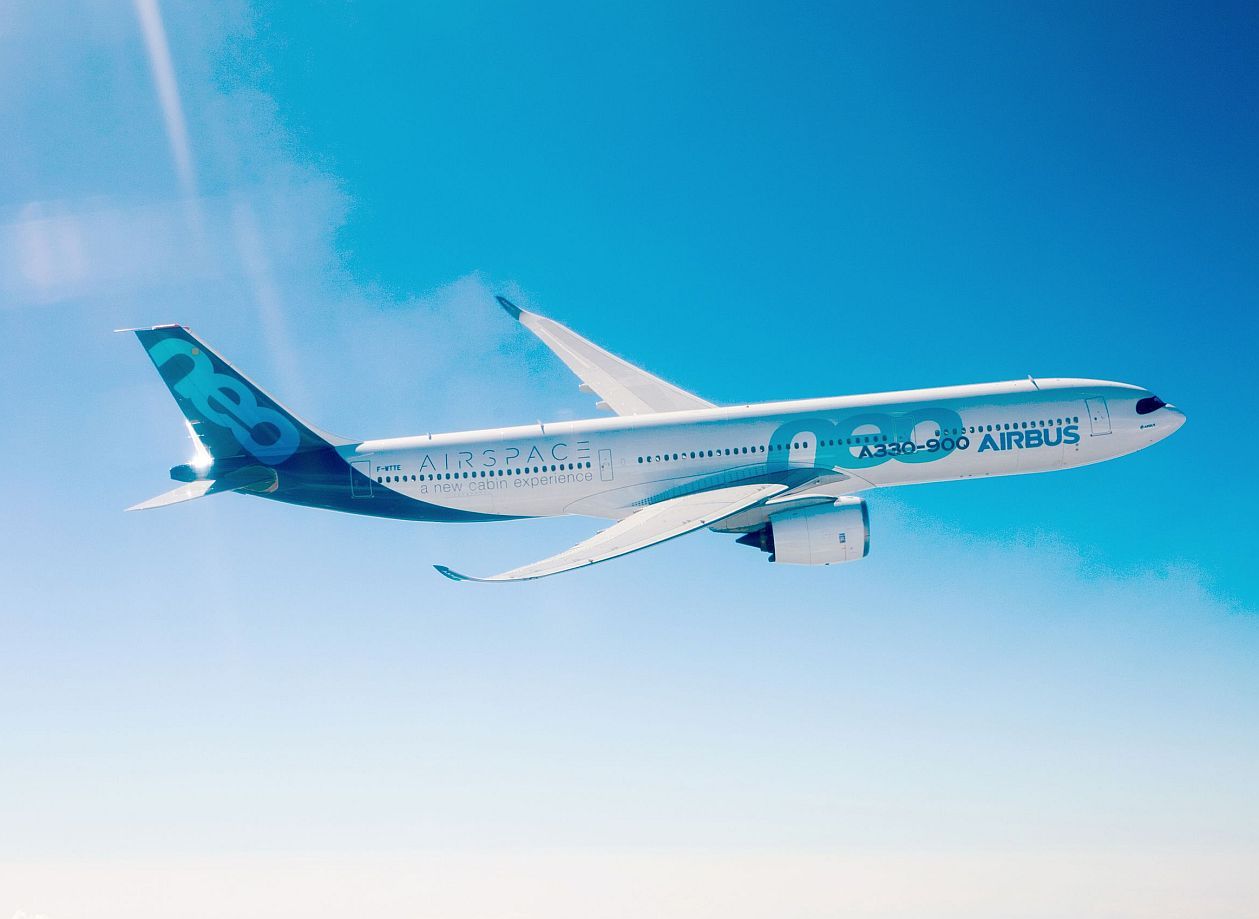
Philippines, Philippine Coast Guard has placed an order for one H145 helicopter, making it the first H145 parapublic operator in the Philippines.
The new 4-tonne-class twin-engine helicopter is specially equipped with high frequency radios, emergency flotation gear, fast roping, cargo sling, search light, and electro-optical systems to perform critical missions including search and rescue, medical evacuation, maritime patrol and law enforcement. The latest contract will also encompass on-site technical support and continuing airworthiness management organisation services, fully supported by Airbus? team in the country.
?We are honoured by the Philippine Coast Guard?s decision to introduce the country?s first parapublic H145 into its fleet, as the perfect complement to the current workhorse BO105 which has served the agency well for the past 40 years. We have full confidence in the H145?s ability to support the agency?s work, coupled with our dedicated in-country customer centre which stays committed to supporting its operations in close proximity,? said Philippe Monteux, Head of Southeast Asia and Pacific of Airbus Helicopters.
The H145 is the market leader for rescue missions, with over 1,400 helicopters of the H145 family in service globally, and achieving close to five million flight hours. Due to its small footprint, agility and designed-in mission capability and flexibility, the H145 is particularly ideal for a wide range of missions. It is equipped with Airbus? state-of-the-art Helionix avionics suite and 4-axis autopilot system, which helps to reduce pilot workload during missions. In the Philippines alone, there are currently four H145 helicopters operating in the country, mainly for business aviation purposes.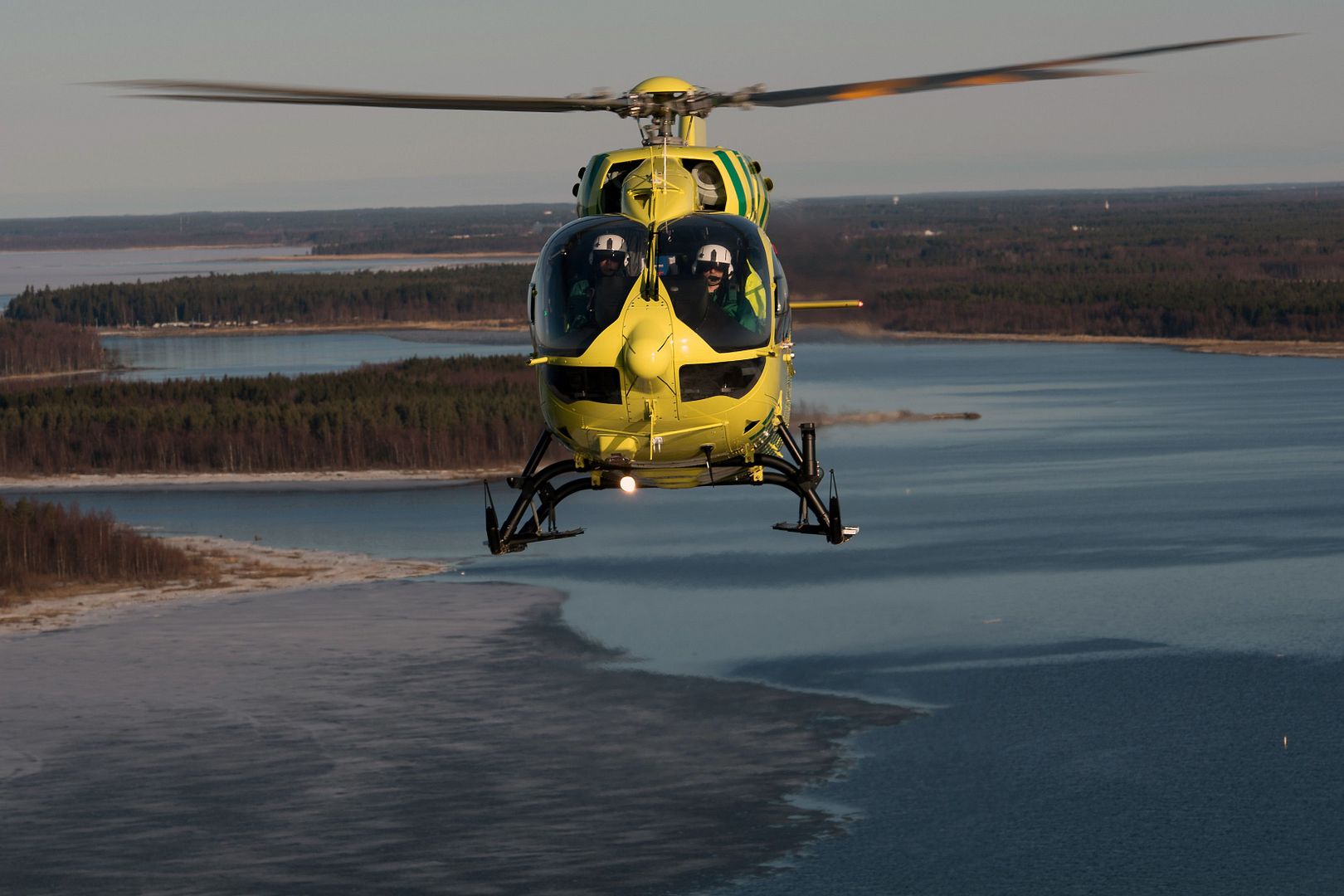
RAF personnel from the UK arrived on a Voyager to Thumrait Air Base in Oman prior to the beginning of exercise #SaifSareea.
Exercise Saif Sareea 3 will see UK military personnel and Omani Forces cooperate in what will be the largest training activity by UK armed forces in the region for 17 years.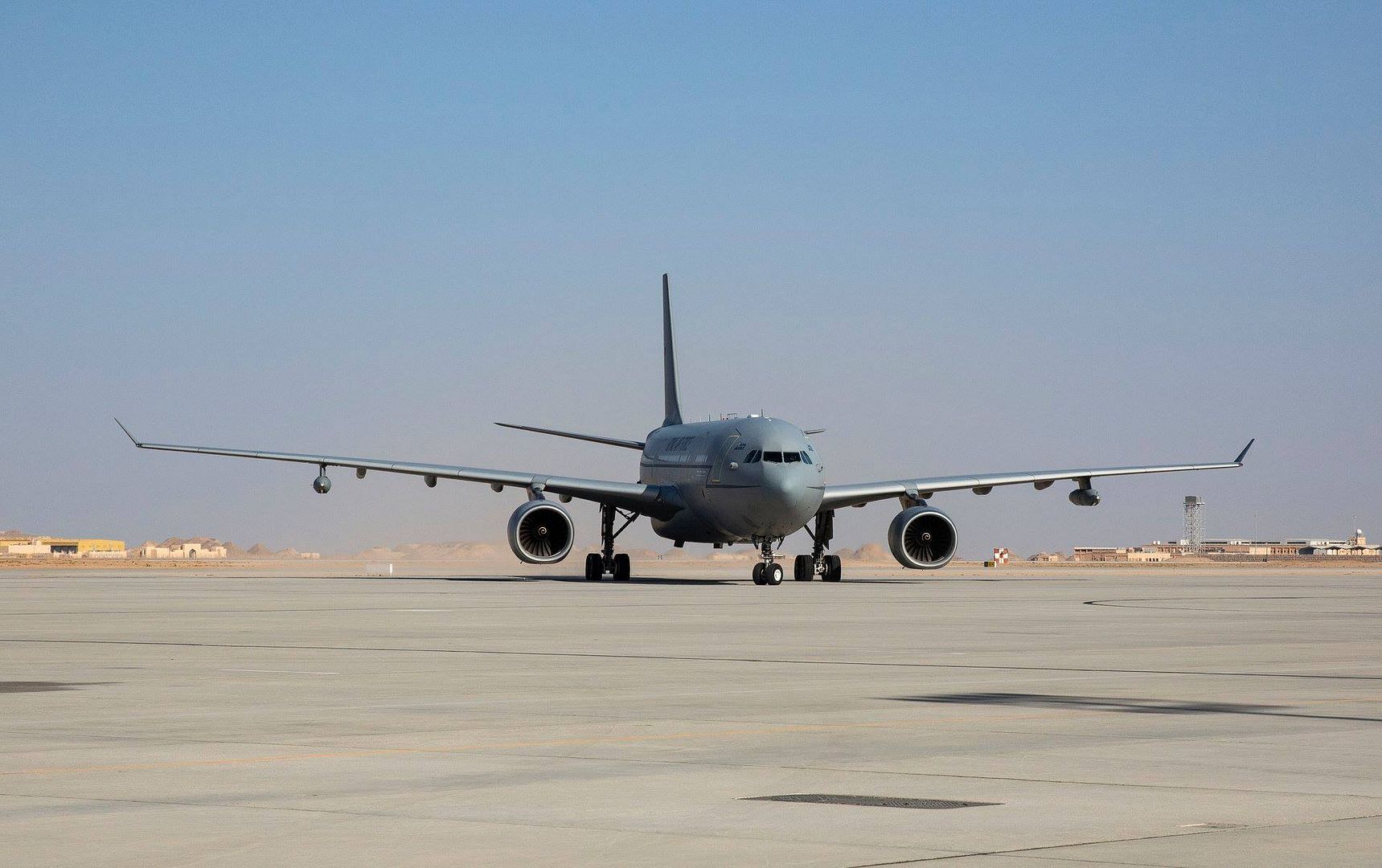
-
 Main AdminRoyal Navy Cmdr. Nathan Gray, F-35 Integrated Test Force at NAS Patuxent River, Md., makes the first ever F-35B Lightning II takeoff from HMS Queen Elizabeth. Two F-35Bs landed onboard the new British aircraft carrier this week laying the foundations for the next 50 years of fixed wing aviation in support of the UK?s Carrier Strike Capability.
Main AdminRoyal Navy Cmdr. Nathan Gray, F-35 Integrated Test Force at NAS Patuxent River, Md., makes the first ever F-35B Lightning II takeoff from HMS Queen Elizabeth. Two F-35Bs landed onboard the new British aircraft carrier this week laying the foundations for the next 50 years of fixed wing aviation in support of the UK?s Carrier Strike Capability.
Courtesy photo by Royal Navy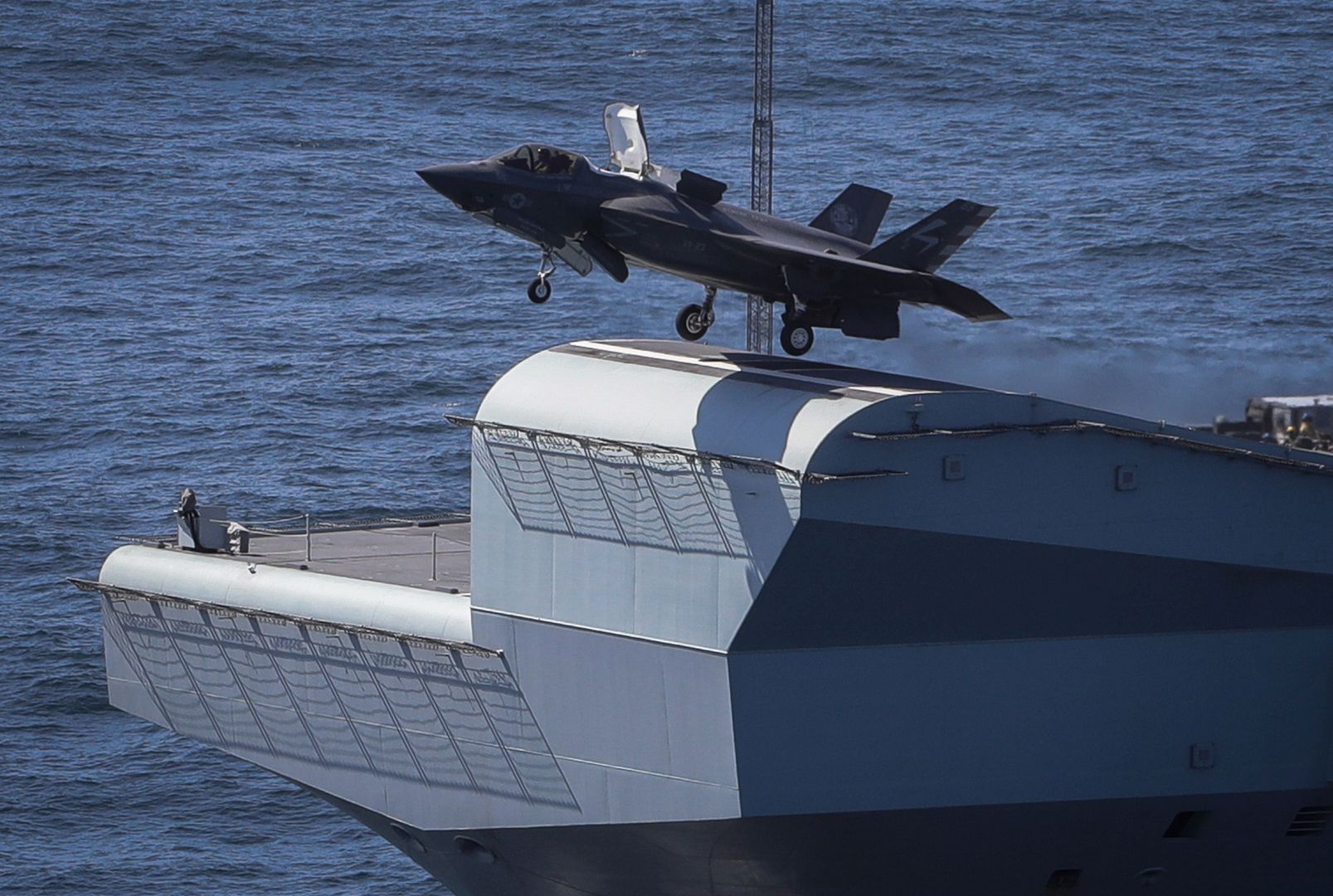
F-35B Lightning II jets onboard HMS Queen Elizabeth after making their first deck landing this week, laying the foundations for the next 50 years of fixed wing aviation in support of the UK?s Carrier Strike Capability.
Royal Navy Cmdr. Nathan Gray made history by being the first to land on followed by Royal Air Force Sq. Ldr. Andy Edgell, both test pilots at the Integrated Test Force at Naval Air Station Patuxent River, Maryland.
Photo courtesy of Royal Navy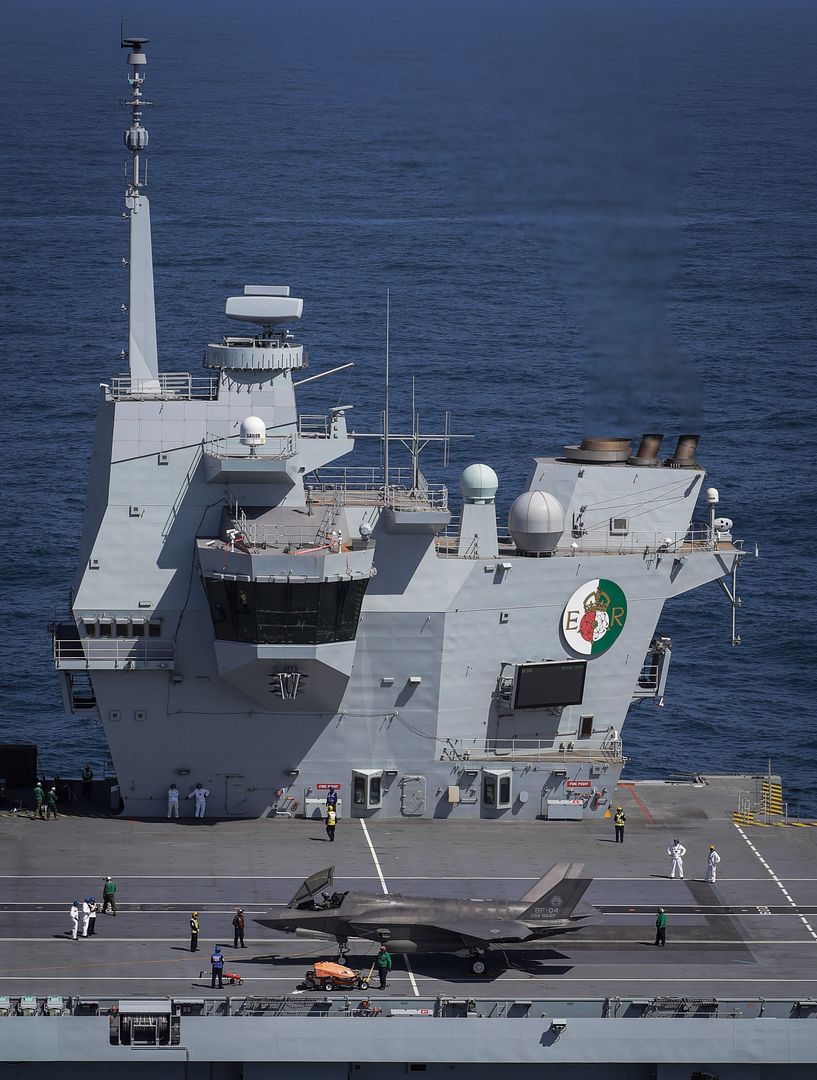
Royal Navy Cmdr. Nathan Gray in his F35B following the first deck landing aboard HMS Queen Elizabeth. Gray and Royal Air Force Sq. Ldr. Andy Edgell, both test pilots at the F-35 Integrated Test Force at Naval Air Station Patuxent River, Md, landed the first two jets on the new British aircraft carrier this week.
Courtesy photo by Royal Navy
Two F-35B Lightning II fighter jets successfully landed onboard HMS Queen Elizabeth for the first time this week, laying the foundations for the next 50 years of fixed wing aviation in support of the UK?s Carrier Strike Capability. Shortly afterwards, once a deck inspection has been conducted and the all-clear given, Royal Navy Cmdr. Nathan Gray, F-35 Integrated Test Force at NAS Patuxent River, Md., became the first pilot to take off using the ship?s ski-ramp.
Courtesy photo by Royal Navy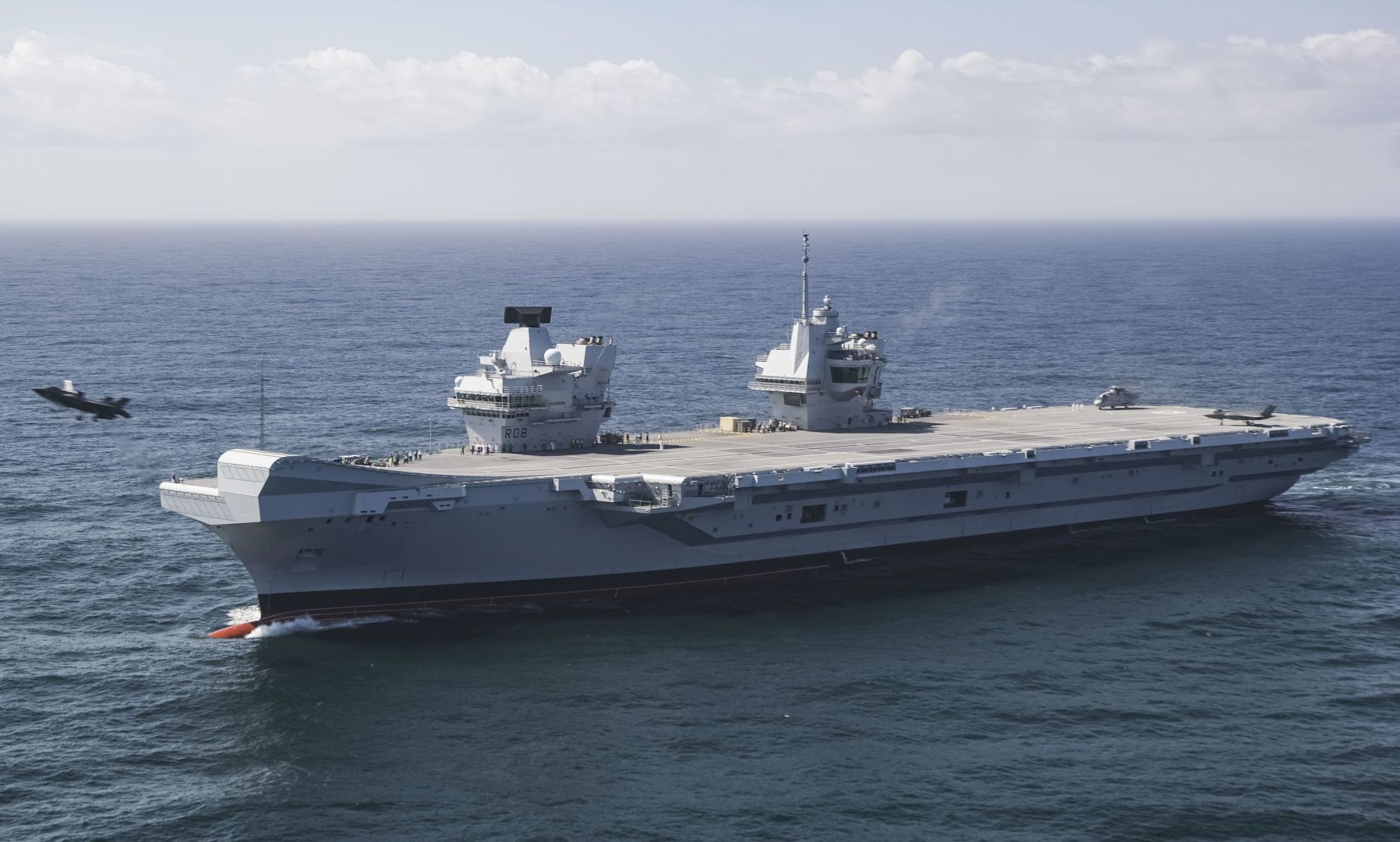
Two F-35B Lightning II fighter jets successfully landed onboard HMS Queen Elizabeth for the first time this week, laying the foundations for the next 50 years of fixed wing aviation in support of the UK?s Carrier Strike Capability.
Royal Navy Cmdr. Nathan Gray made history by being the first to land on, followed by Royal Air Force Sq. Ldr. Andy Edgell, both test pilots at the Integrated Test Force (ITF) based at Naval Air Station Patuxent River, Maryland.
Photo's courtesy of Lockheed Martin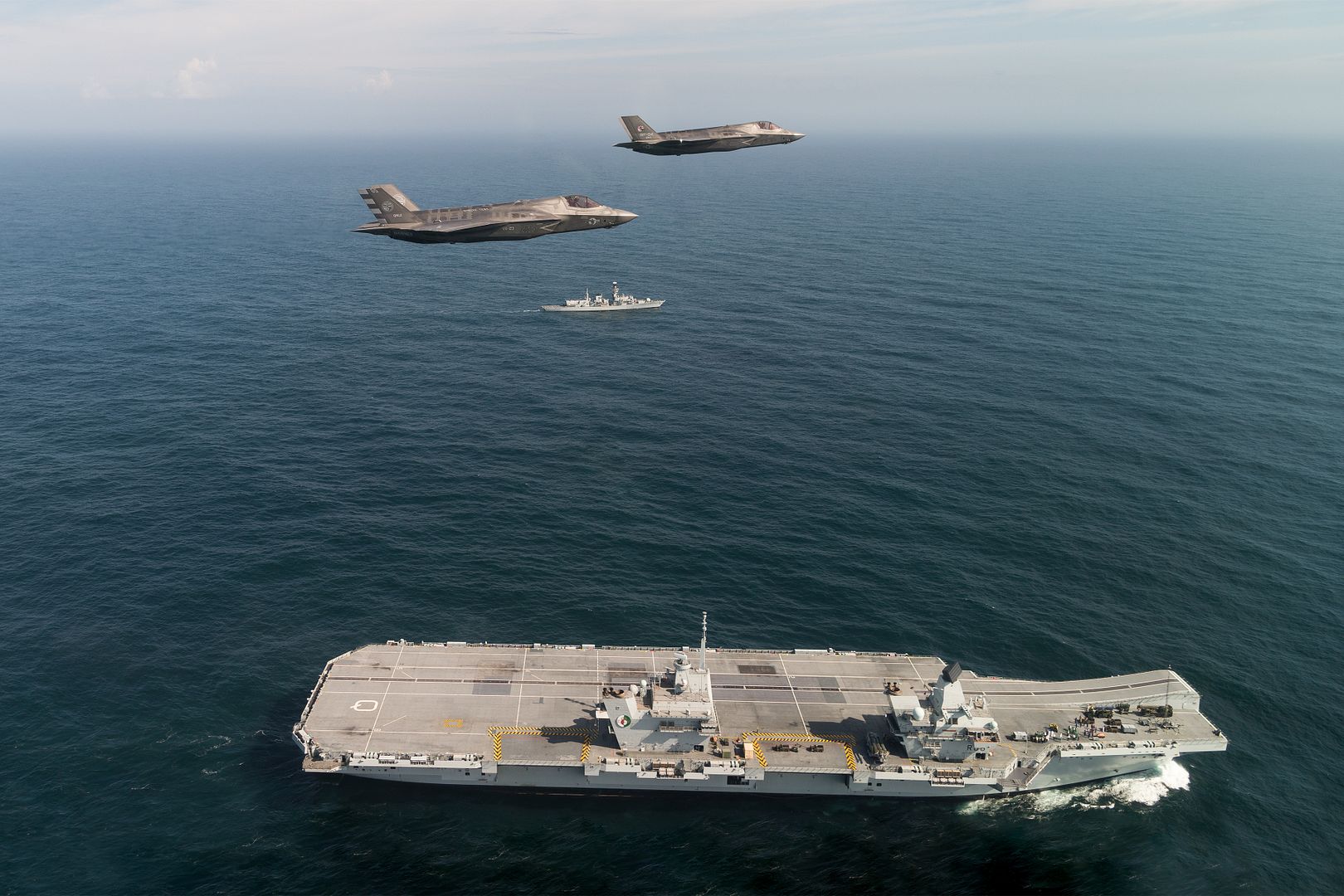
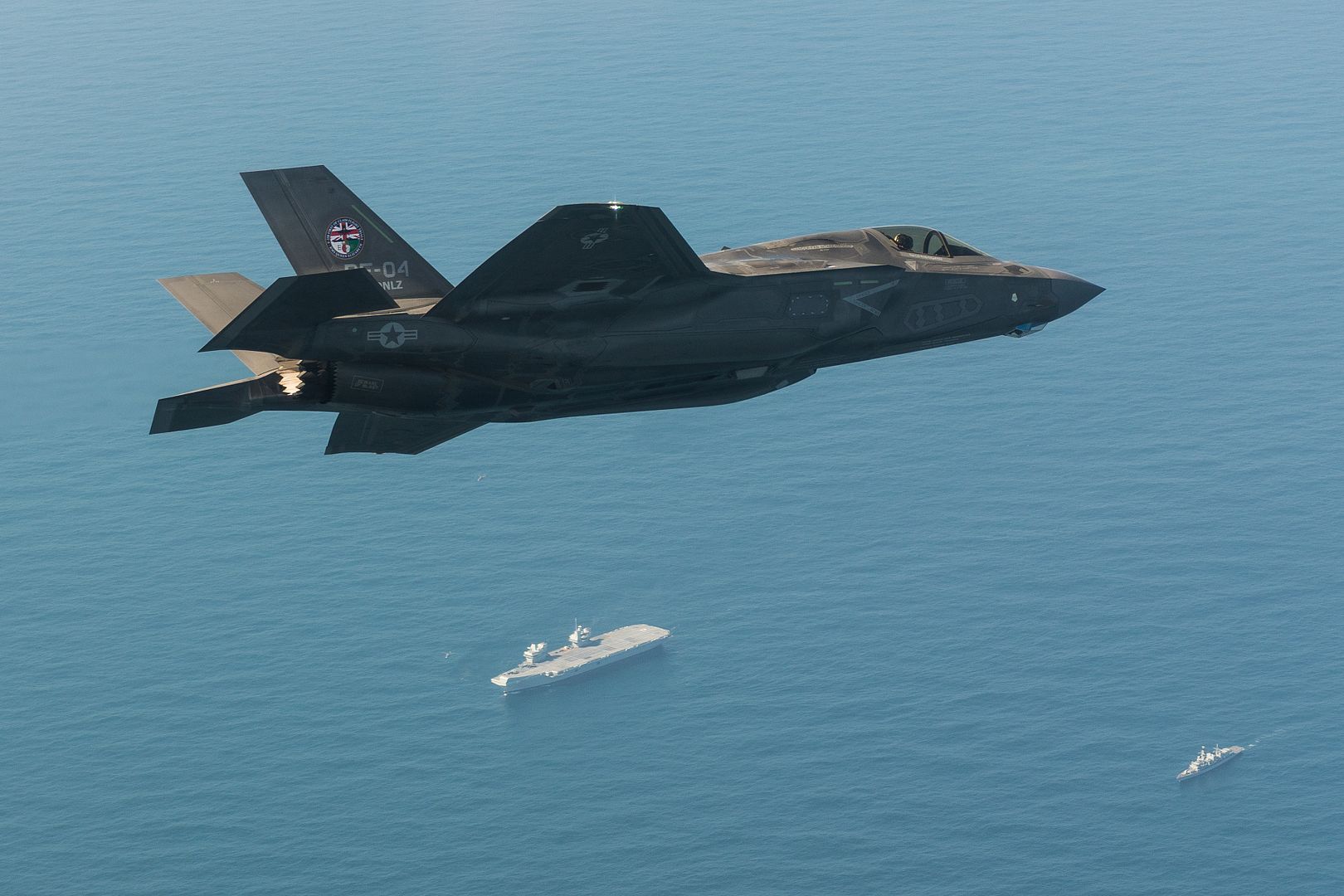
U.S. Air Force Capt. Andrew ?Dojo? Olson, F-35 Heritage Flight Team pilot and commander, performs a tactical pitch maneuver in an F-35A Lightning II during the California Capital Airshow, Sept. 23, 2018, in Sacramento, Calif. During the performance, Olson performed numerous aerial maneuvers showcasing the F-35s raw power and maneuverability. (U.S. Air Force photo by Senior Airman Alexander Cook)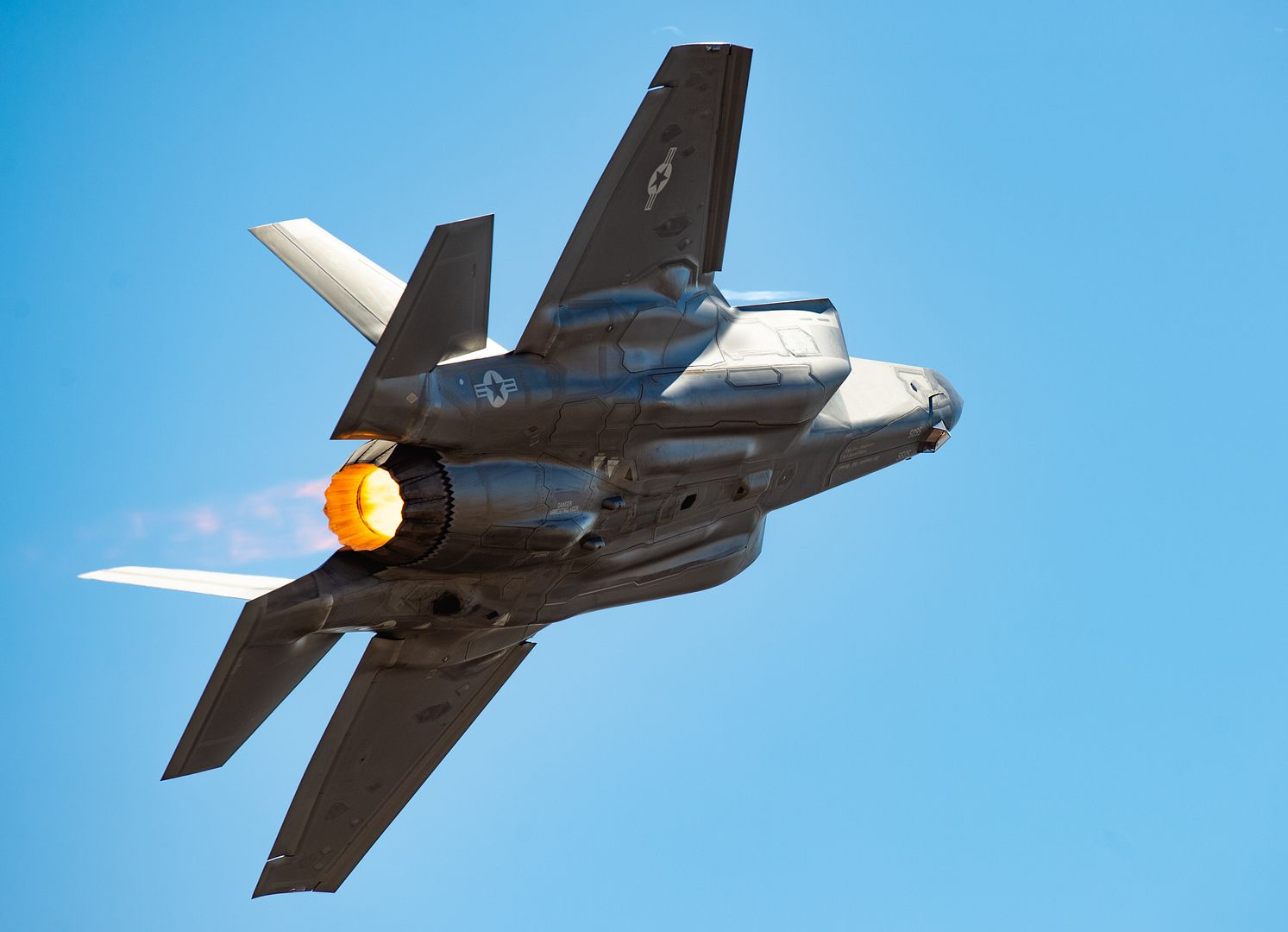
Two KC-135R Stratotankers from the 434 Air Refueling Wing at Grissom Air Reserve Base, Ind., refueled seven F/A-18 Hornets from the U.S. Navy Blue Angels aerial demonstration team Sept. 26, 2018. The demonstration team linked up with the Hoosier Wing tankers while traveling from their home base at Pensacola Naval Air Station, Fla., en route to their next air show at Marine Corps Air Station Miramar, Calif. (U.S. Air Force photo's by Staff Sgt. Chris Massey)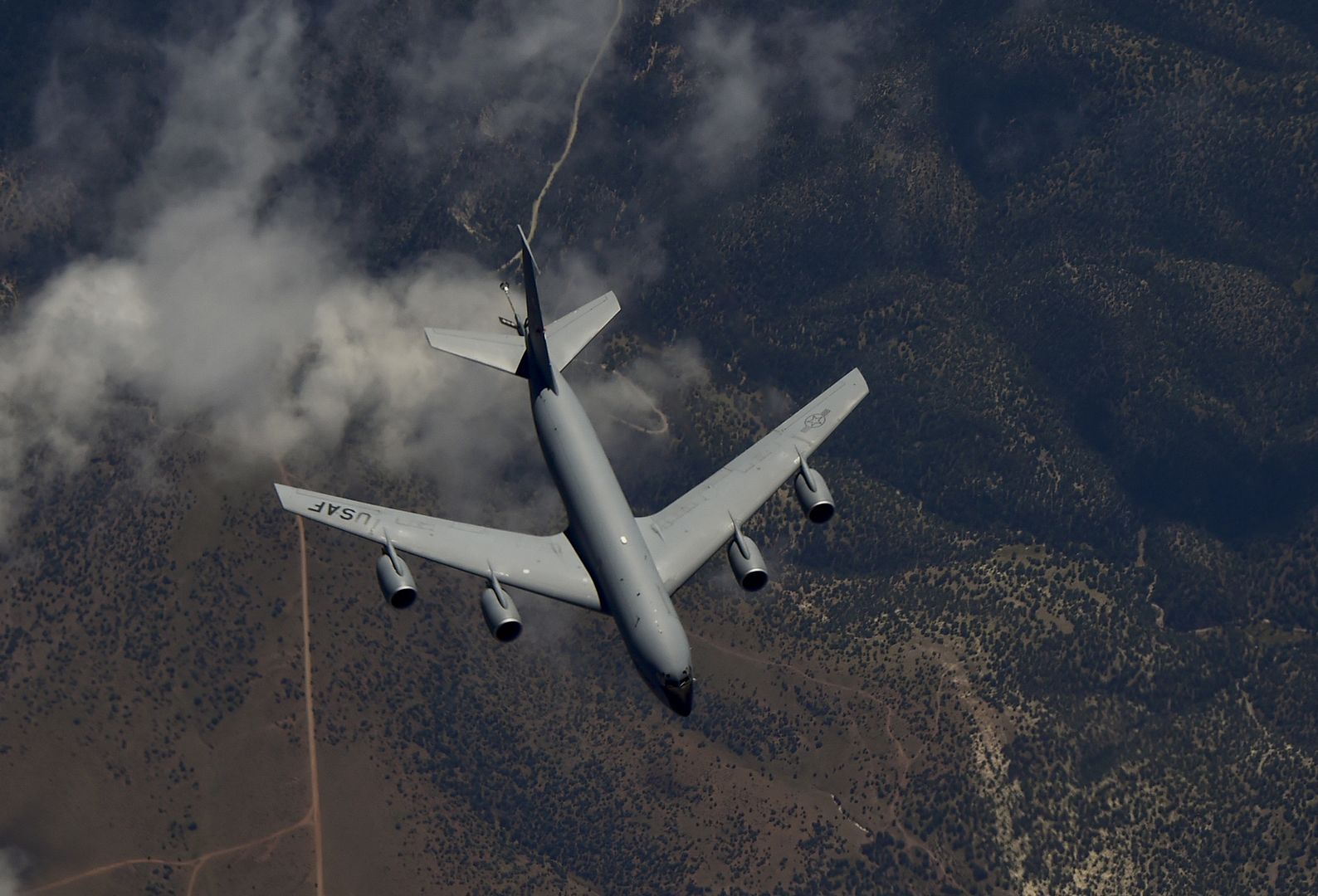
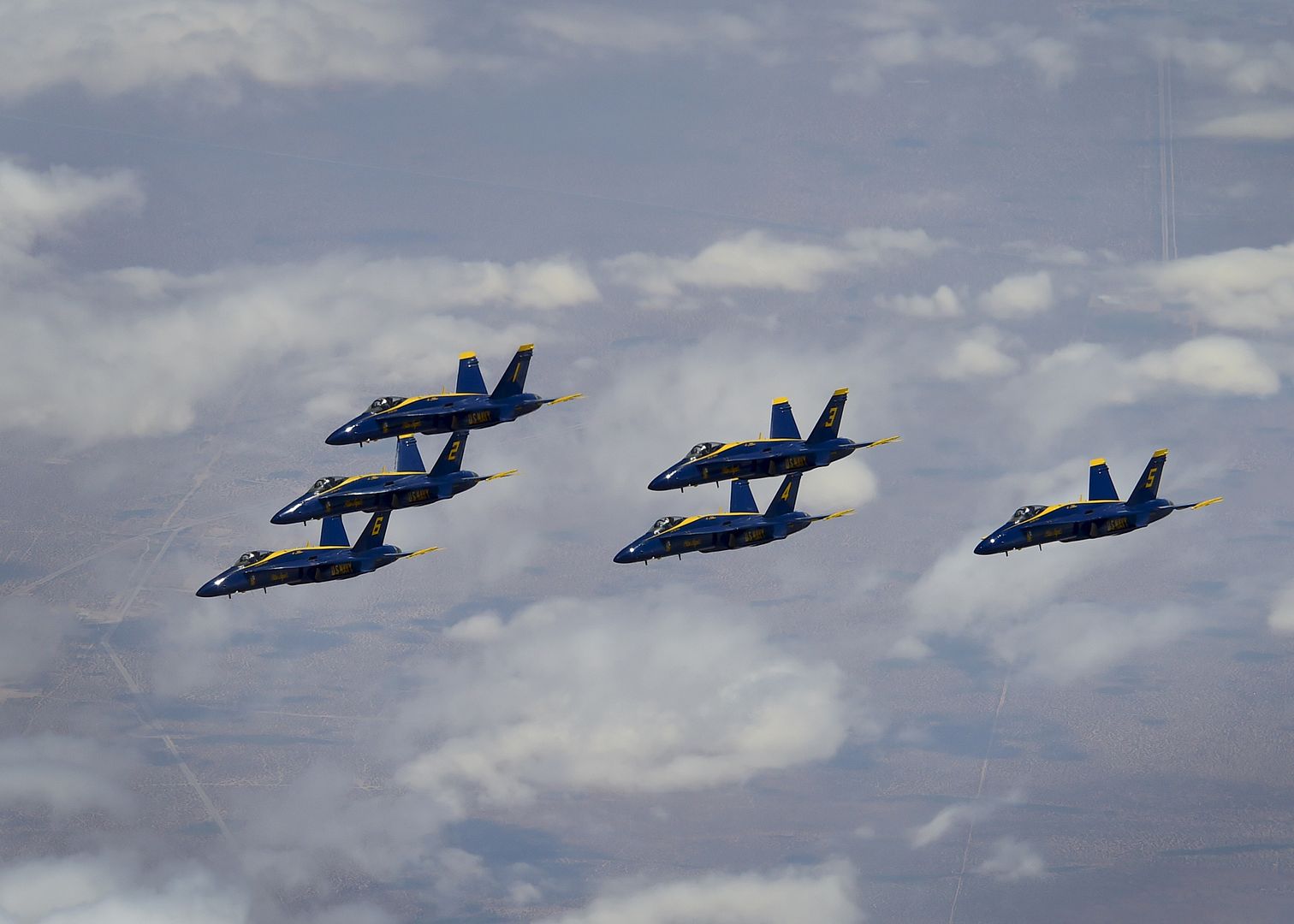
U.S. Navy Sailors from Underwater Construction Team (UCT) 2 assist local authorities in shuttling the passengers and crew of Air Niugini flight PX56 to shore following the plane crashing into the sea on its approach to Chuuk International Airport in the Federated States of Micronesia. U.S. Navy photo by Lt. Zach Niezgodski (Released)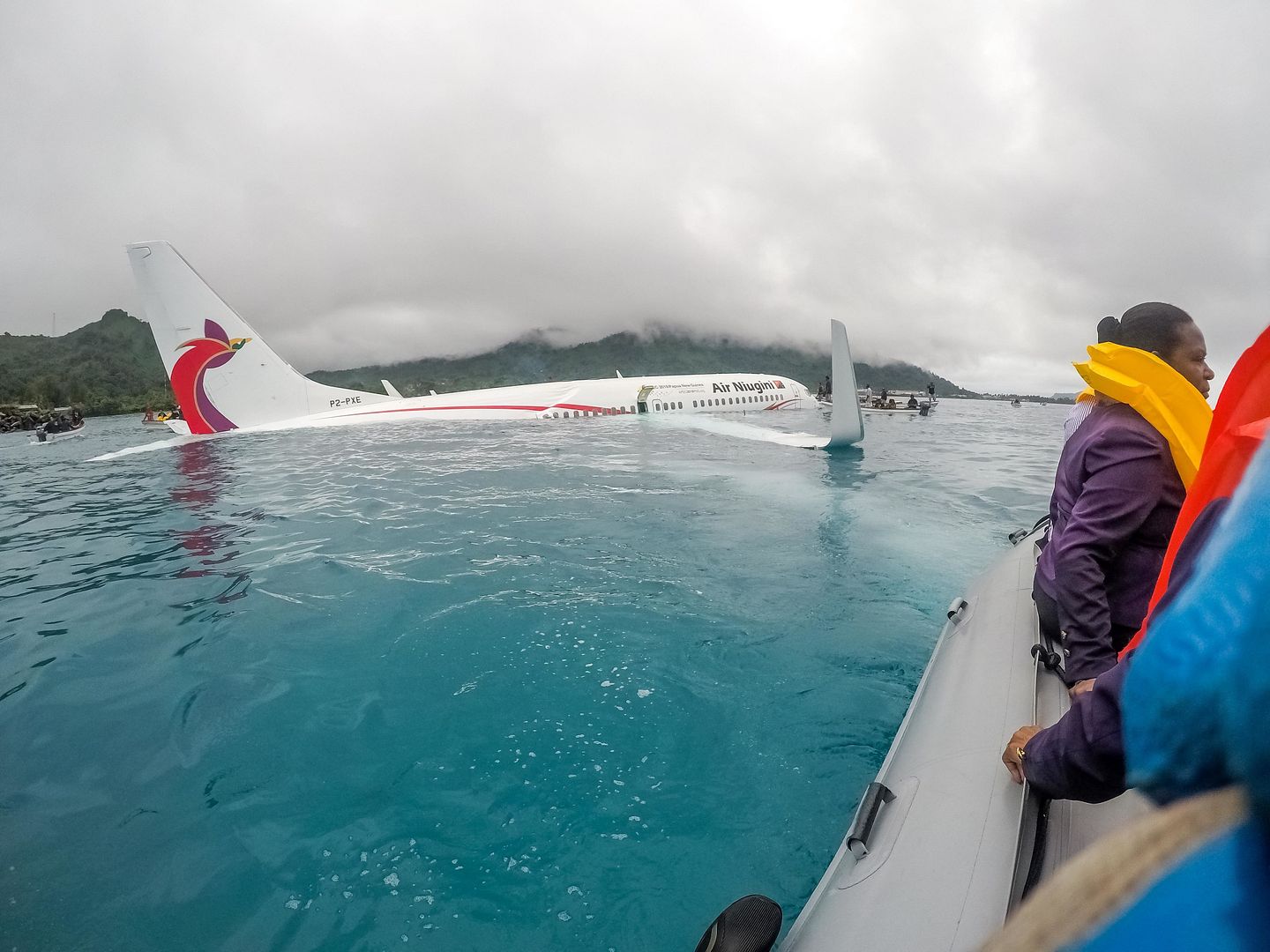
Post a reply
- Go to Next topic
- Go to Welcome
- Go to Introduce Yourself
- Go to General Discussion
- Go to Screenshots, Images and Videos
- Go to Off topic
- Go to Works in Progress
- Go to Skinning Tips / Tutorials
- Go to Skin Requests
- Go to IJAAF Library
- Go to Luftwaffe Library
- Go to RAF Library
- Go to USAAF / USN Library
- Go to Misc Library
- Go to The Ops Room
- Go to Made in Germany
- Go to Campaigns and Missions
- Go to Works in Progress
- Go to Juri's Air-Raid Shelter
- Go to Campaigns and Missions
- Go to Works in Progress
- Go to Skinpacks
- Go to External Projects Discussion
- Go to Books & Resources
